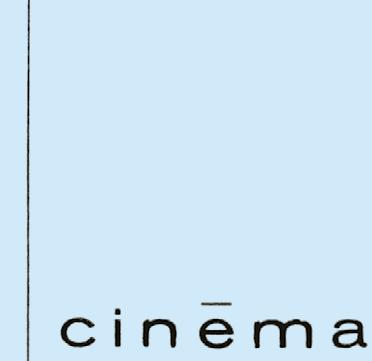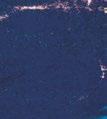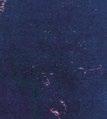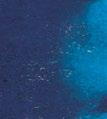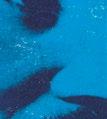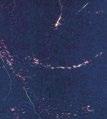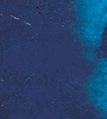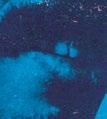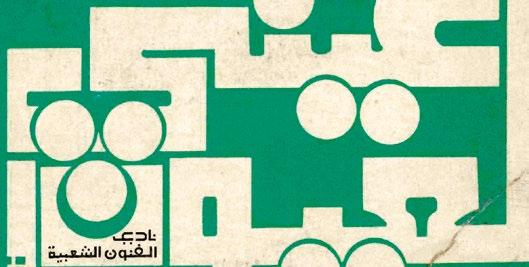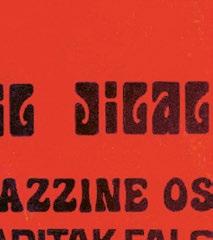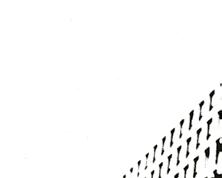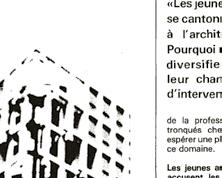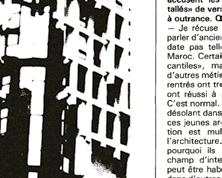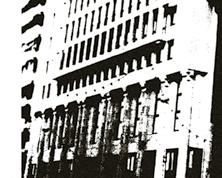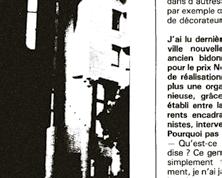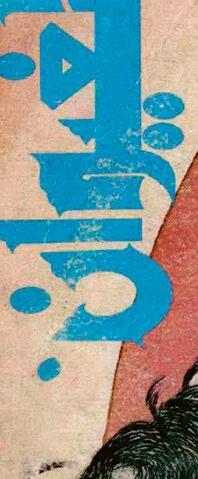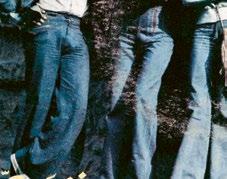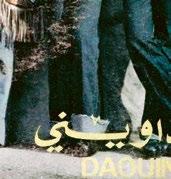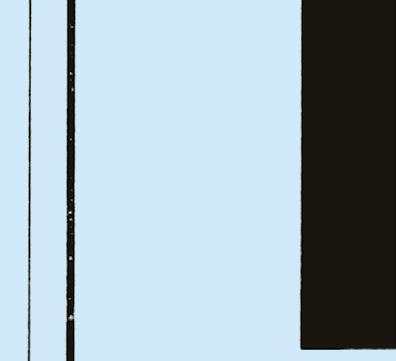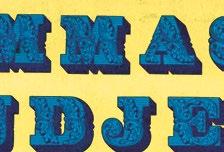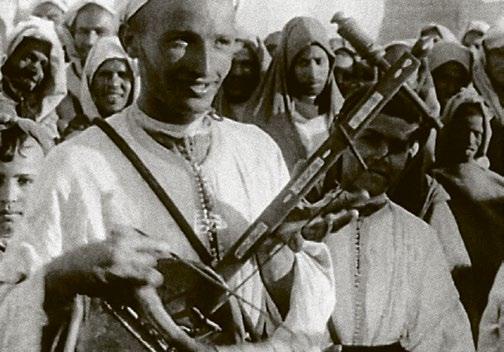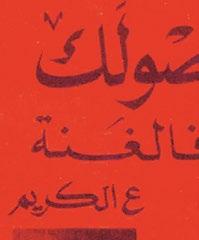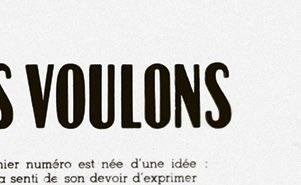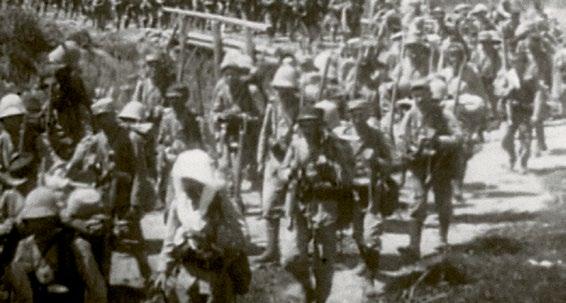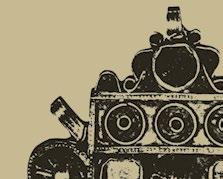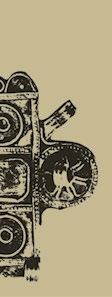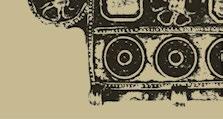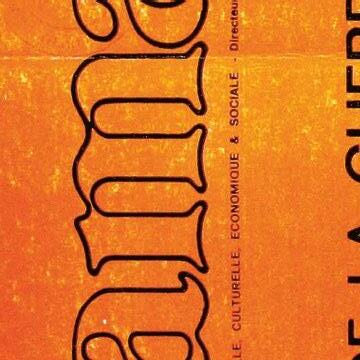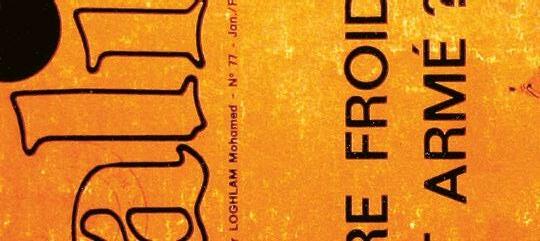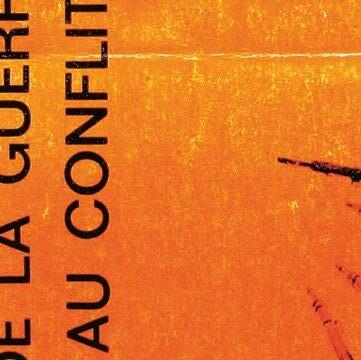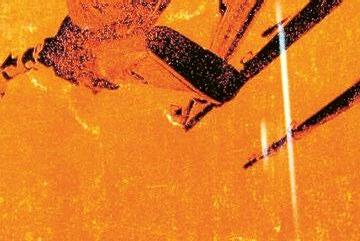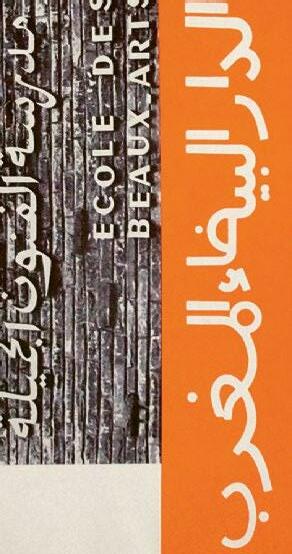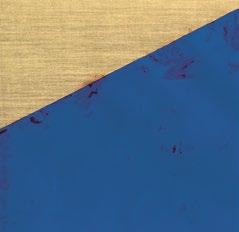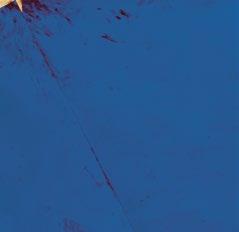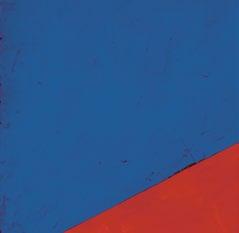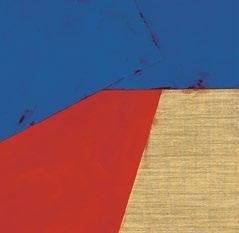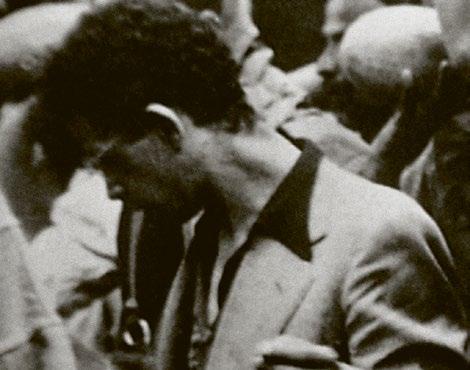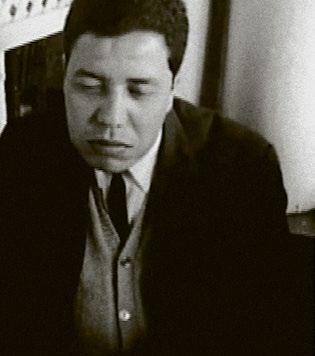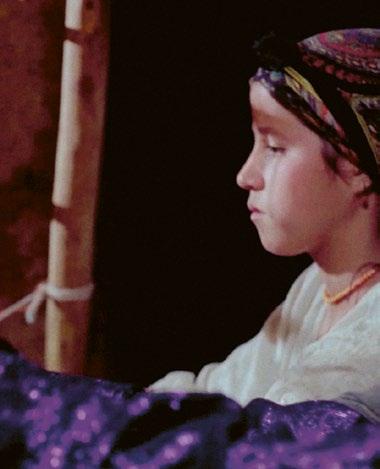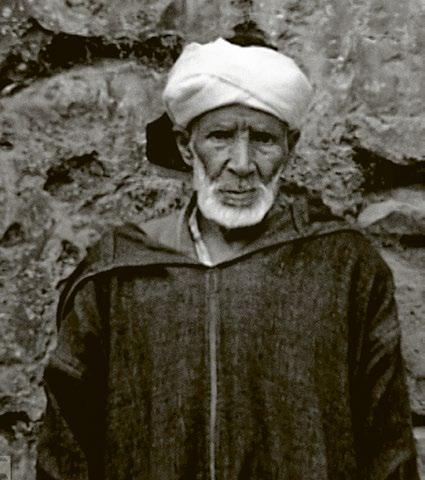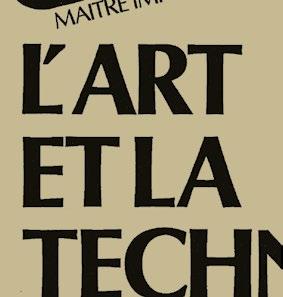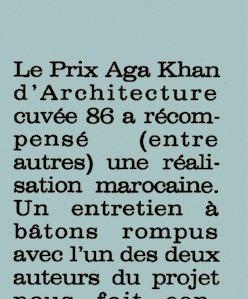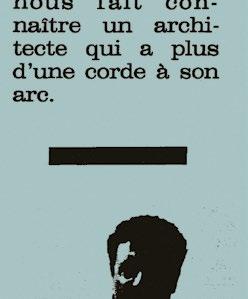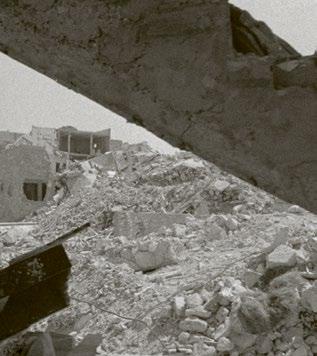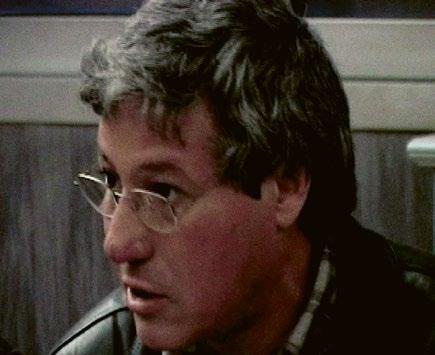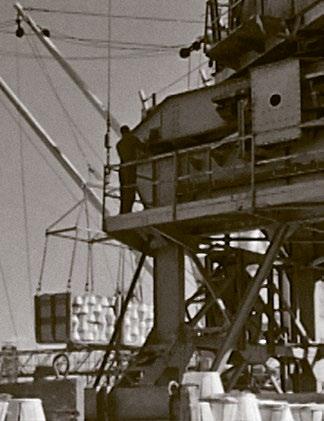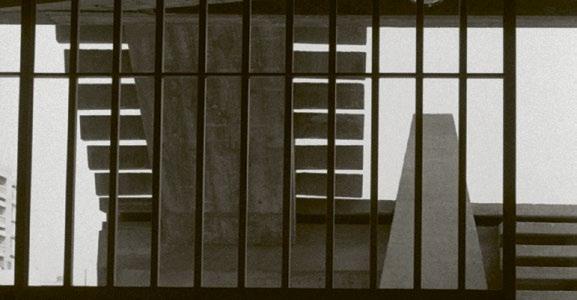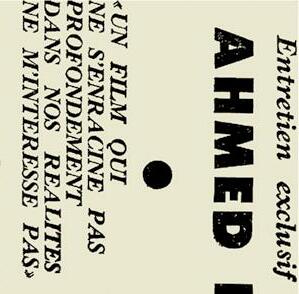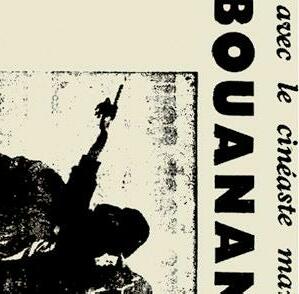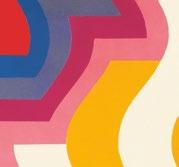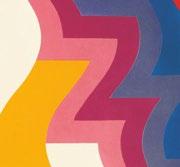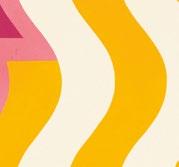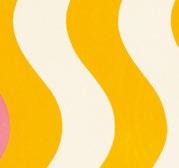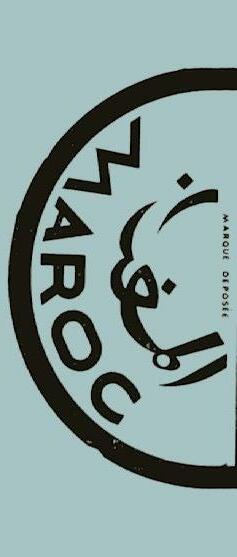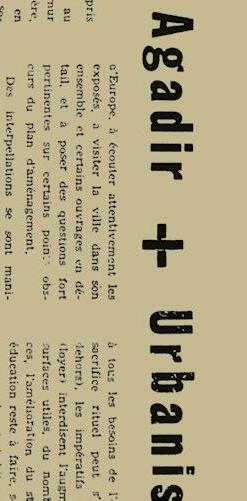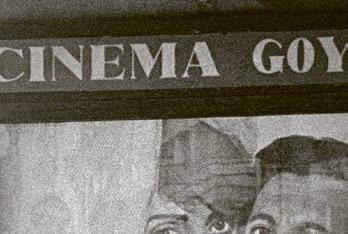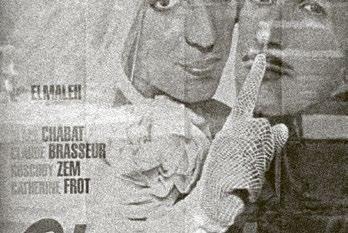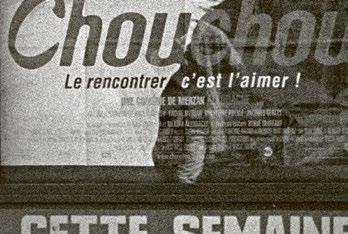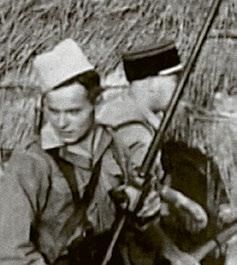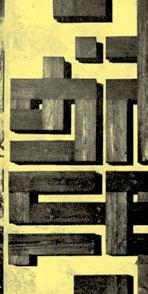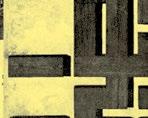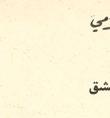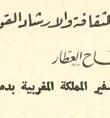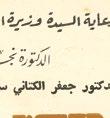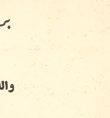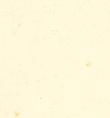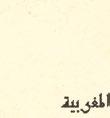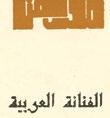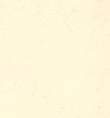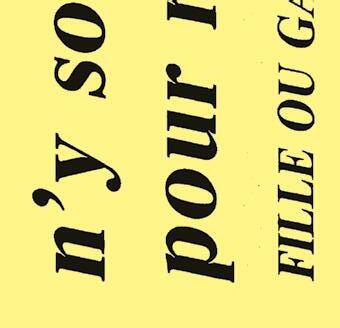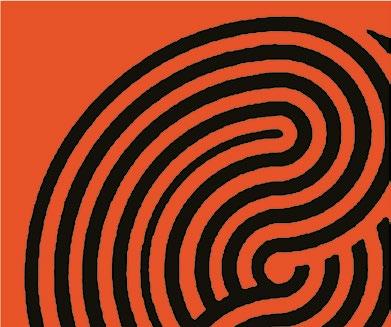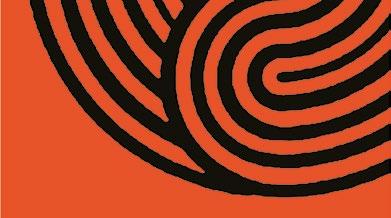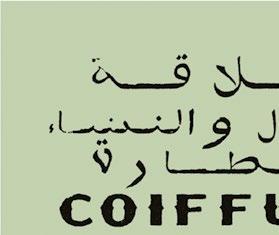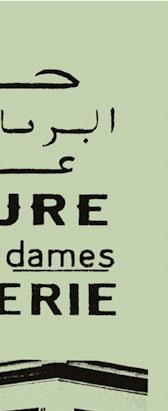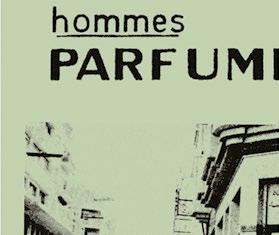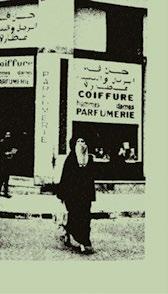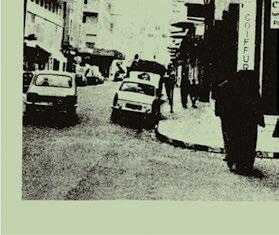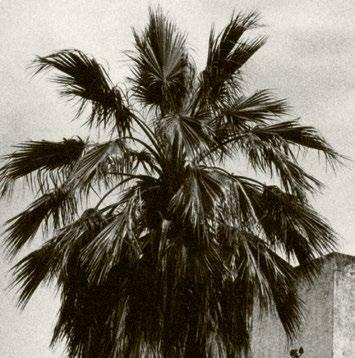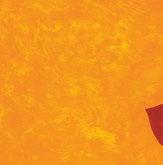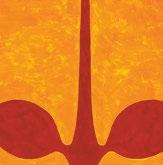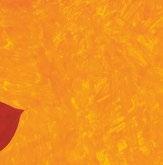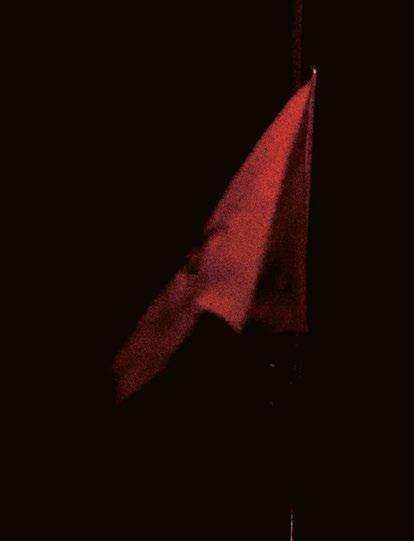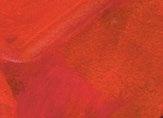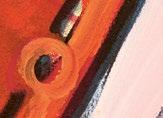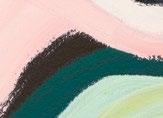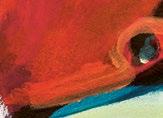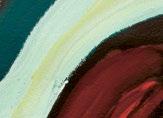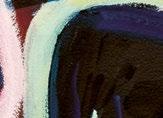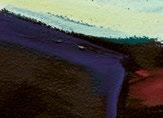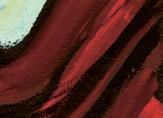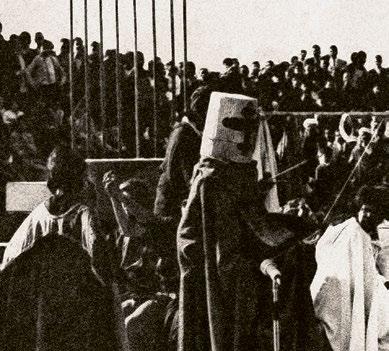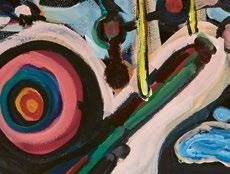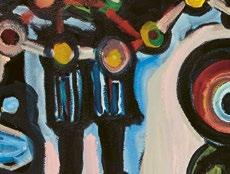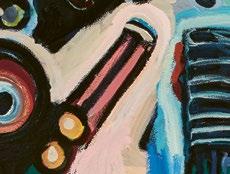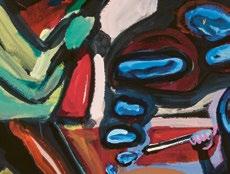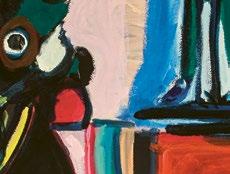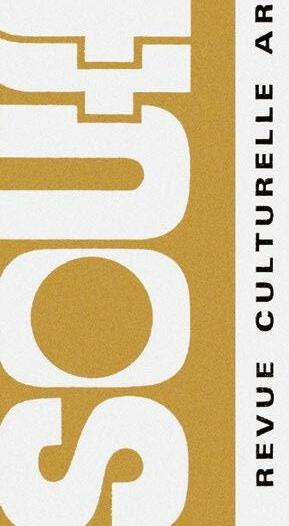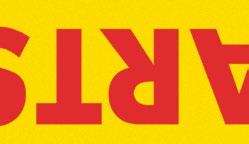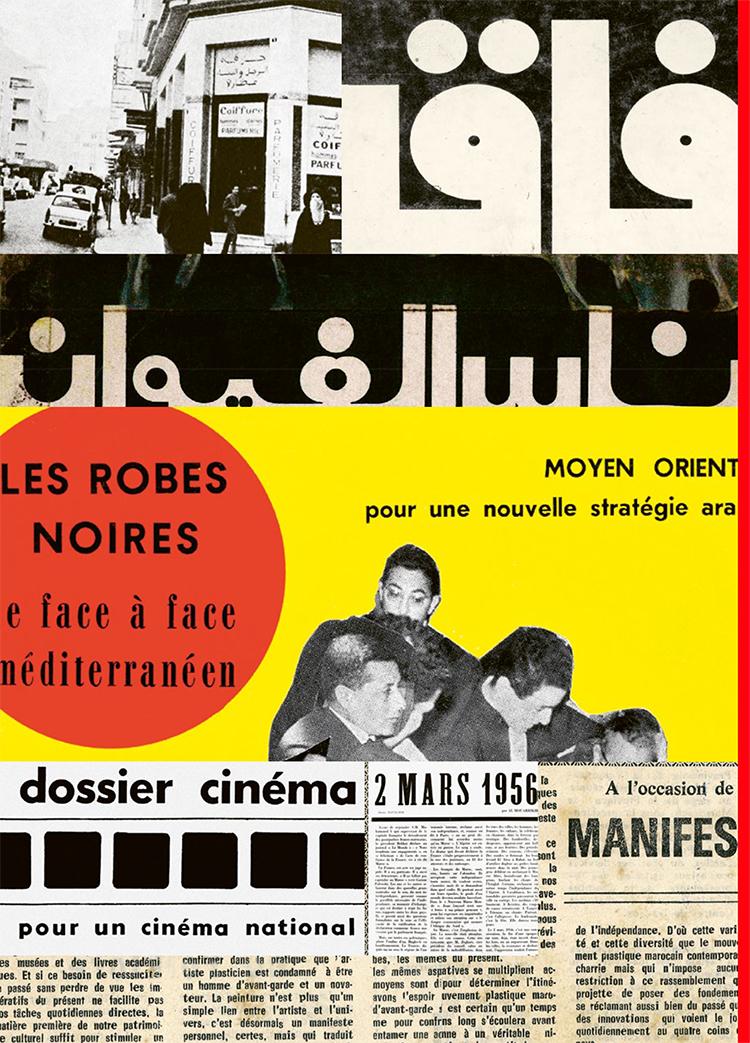

















































































































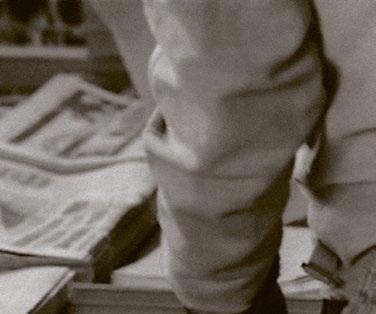































































































































































































































































 Royaume du Maroc
Royaume du Maroc
MOROCCO
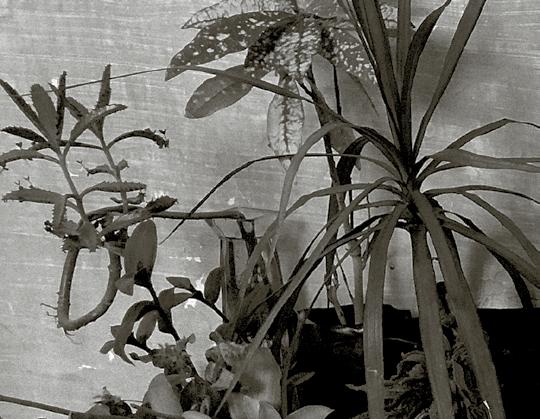
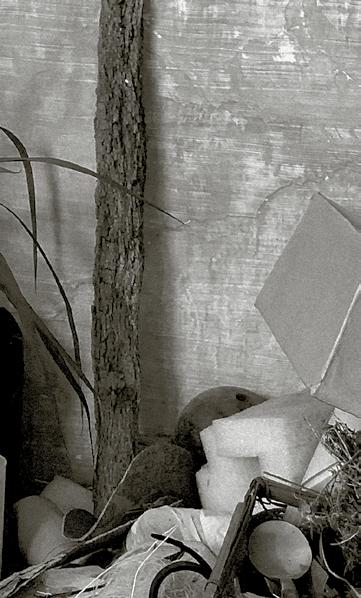
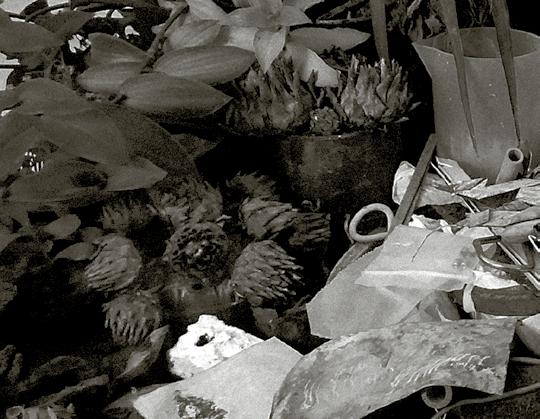
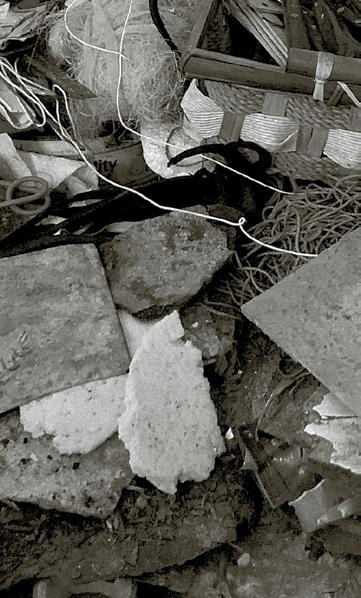
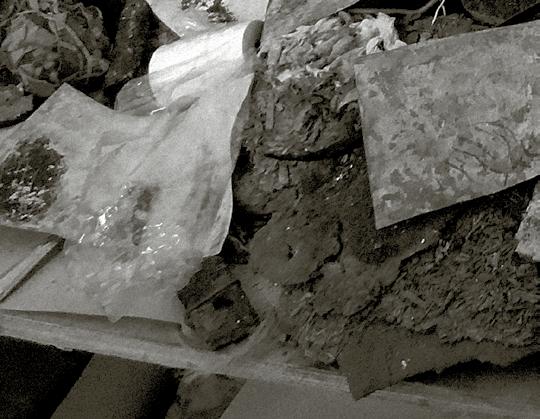

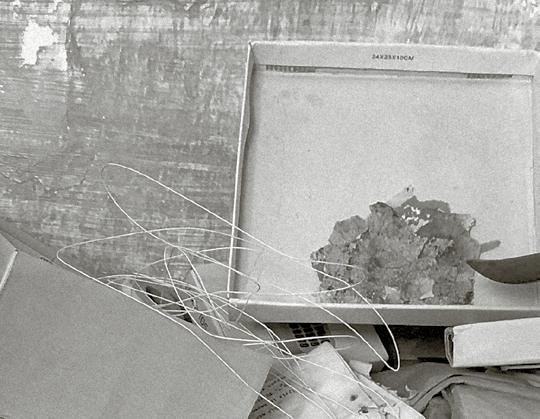
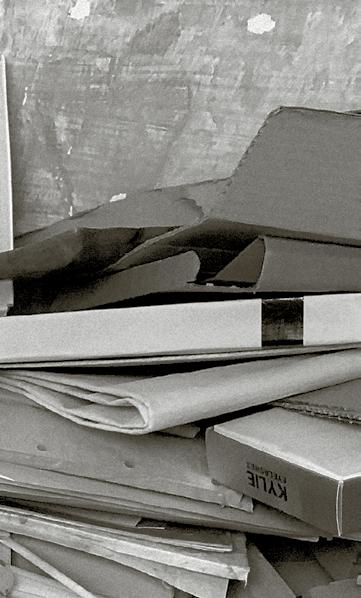
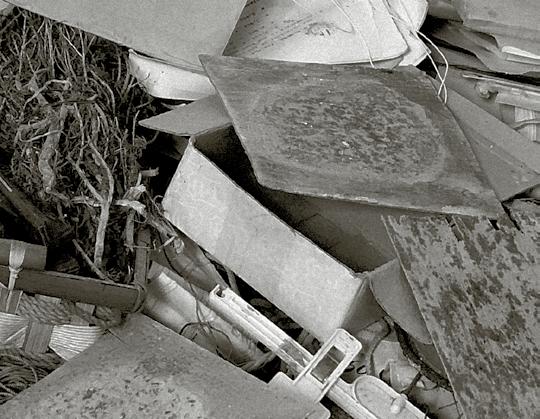
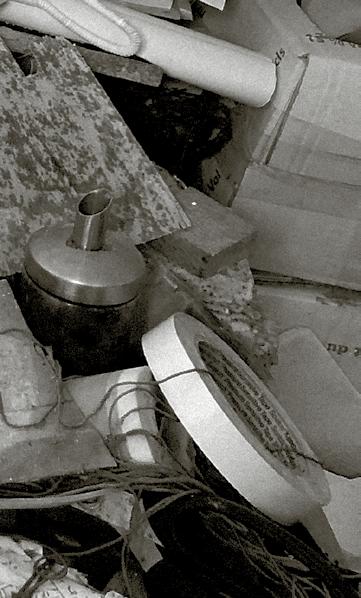
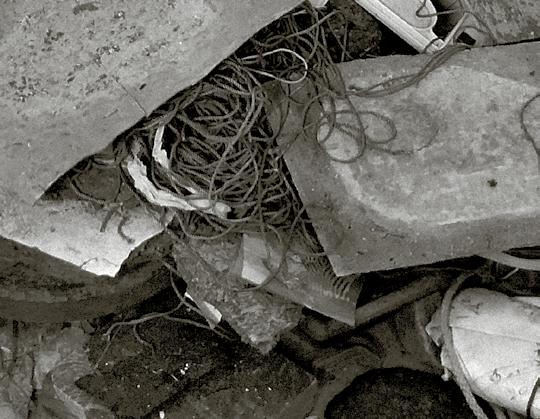
 Khalil El Ghrib Untitled, n.d.
Khalil El Ghrib Untitled, n.d.
For several years, decolonial research has been one of the mainstays of the programming at the Museo Reina Sofía, providing visibility for voices, processes, and experiences linked to noncentral geopolitical areas that traditionally have been excluded from the hegemonic narratives of art history. We have always tried to ensure that this research did not have a merely instrumental character, where the goal was merely to enlarge the field of knowledge on the basis of an accumulative logic, without problematizing how that knowledge was constructed. If an opening to the decolonial is to have the capacity to articulate an effective critique of the dominant symbolic order, there must also be an accompanying effort to decolonize our own gaze, our own language.
In our attempts to approach the phenomenon of colonialism with a view to understanding the construction of modernity itself from a decolonial viewpoint, the Museo Reina Sofía has focused so far on Latin America. Examples include exhibitions such as The Potosí Principle: How Shall We Sing the Song of the Lord in a Foreign Land?, which proposed a rethinking of the origin and expansion of modernity on the basis of colonial-era baroque painting and the processes of colonization, showing how every dominant group exercises power not only through control of the means of production but through the imposition of a hegemonic discourse. Another example is Losing the Human Form: A Seismic Image of the 1980s in Latin America, which eschewed totalizing intentions in its approach to artistic practices and activism within the context of the profound institutional violence of Latin America in the 1980s. That exhibition was the result of a complex process of collective curatorial research that attached great importance to archive work, tracking the dispersed traces left by practices that were often itinerant and ephemeral.
The exhibition Moroccan Trilogy 1950–2020 is our first attempt to broaden the scope of our decolonial analysis to other territories. We begin by turning our gaze to the southern shore of the Mediterranean, the cradle of Western civilization, now a great mass grave. Specifically, we look at Morocco, a country separated from us by just fourteen kilometers. This is a different colonial experience, and approaching it requires a new methodological focus. First, it is a historical reality that remains suppressed, perhaps because it is much more recent, and this means its wounds are still far from starting to heal. In addition, our relationship with that “otherness” includes a component of asymmetry—one much clearer than in the case of Latin America—that we cannot ignore.
Moreover, various circumstances make Morocco an outstanding case for analysis of how colonial relations operate and the violence attached to them. These relations, we must not forget, have a diachronic dimension. That is, they have not disappeared but have adopted new forms that are
not always perceptible at first sight. One of these circumstances is that Morocco, rather than being a peripheral territory, is a frontier zone, and this is what has truly marked—and continues to mark—its relation with Europe. Morocco was also never absorbed by the Ottoman Empire, whose westernmost frontier was Algeria, and it thus remained apart from the pan-Arab connections established in that territory. Finally, like the rest of the Arab nations, it has not historically been considered a strictly African country.
This position on the threshold is crucial for an examination of Morocco’s colonial experience. The exhibition therefore examines contemporary Moroccan aesthetic creation not only from a historical and chronological point of view but from a philological perspective, meaning that it reviews a series of structural and transversal characteristics that show why the application of our system of values does not permit a full understanding of how art constructs modernity in Morocco, connects with the international art networks, or confronts itself and rethinks its own cultural identity.
The historical survey proposed by the exhibition is divided into three broad periods, each closely linked to political, social, and cultural processes occurring on a global level. The first period is the 1950s and 1960s, when the country began its transition to independence, coinciding with a moment of revolutionary effervescence around the world. The second period runs from the early 1970s to the late 1990s, the so-called Years of Lead, a period of harsh political repression when, for example, the magazine Souffles was banned and intellectuals such as Abdellatif Laâbi and Abdallah Zrika were regarded as dissidents and jailed. The final period is that of the last twenty years, marked by great social and political unrest in the Arab world, and globally by the development of communication technologies.
Besides this historical and chronological survey, the exhibition also explores and provides visibility for a series of transversal aspects that deepen our decolonial reading of the artistic experience of modern Morocco. That experience has been widely dispersed, largely because Moroccan artists, marked by their country’s symbolic and geographical status as a frontier territory, have tended to override the divisions established by the dichotomies and hierarchies of modernity. This determines, for example, how they situate themselves on the international art networks and how they confront questions such as the relationship between center and periphery or between popular and elite culture. In this way, without any mutual antagonism, artistic proposals of an artisanal nature exist side by side with those of an unequivocally avant-garde calling, sometimes within the same school or even the oeuvre of a single artist.
Another key aspect, linked to the fact that Moroccan artists of the earlier generation belonged to a subordinated country that had just begun its process of decolonization, is the consciously external relationship they maintained with the elements that made up the Moroccan artistic and cultural identity, historically associated with the ornamental and a certain inclination toward the naive. In a resignifying operation laden with political potentiality, elements imposed from outside were reappropriated. One example is the fact that Souffles, a magazine that acted as a sounding board for critical discourse and political action in the Morocco of the second half of the 1960s and early 1970s, was written almost entirely in French, a borrowed language forming part of the colonial legacy. This gives a concrete meaning to Marcel Broodthaers’s idea that, in the modern world, art is always produced in enemy territory.
On the other hand, the extremely severe social and economic reality described by Mohamed Choukri in For Bread Alone, his autobiographical novel, encourages a critical aesthetic approach to the world of labor that comes not from class consciousness but from a proletariat position centered on its most material dimension. Such is the case, for example, of Mustapha Akrim, whose artistic projects, halfway between installations and building sites, introduce materials from the construction industry. This condition of subordination is essential in its turn for understanding the singularity and complexity of Morocco’s system of art teaching, in which noninstitutional spaces such as La Cinémathèque in Tangier, La source du Lion (The Lion’s Spring) in Casablanca, or L’appartement 22 in Rabat have played a major role in recent years. It is also the key to explaining the importance of oral narrative (and other practices linked to popular culture) for contemporary artistic creation in Morocco, which had no art schools until the early twentieth century.
Through this work of critical analysis, which unites the historical and the philological, the exhibition Moroccan Trilogy 1950–2020 constitutes a first approach to an artistic and cultural context the museum has barely examined before now. Conceived as a panoramic diagram or map of relations, the show will function, we hope, as a starting point for long-term research that will allow us to carry out increasingly precise and specific analyses in the coming years, as we have done with Latin America. In the long run, such research will help to dismantle the colonial heritage that still obscures our gaze.
The exhibition Moroccan Trilogy offers a critical account of artistic experiments in Morocco since the middle of the twentieth century. The works presented were produced from 1950 to 2020, and, together with the archival documents that accompany them, constitute a journey through a history that was socially turbulent and culturally rich. The exhibition reveals the variety of artistic expressions that has characterized modern Morocco and highlights the outstanding figures from a trilogy of periods: the transition to independence (1950–1969), the Years of Lead (1970–1999), and the period of “prerevolutions” (2000–2019).1 Each of these eras, with its formal tendencies, central ideological issues, and historical accidents, favored the emergence of gestures that then became defining for the generations that followed.
1. The first of these periods encompasses the years of resistance and negotiation that culminated in independence in 1956; those of the formation of the independent Moroccan state and the reunification of the regions previously under Spanish or French control, in particular with the construction of the Route de l’Unité
or Unity Road); and, finally, the parliamentary phase from 1963 to 1965 and the state of emergency that followed it. “Years of Lead” refers to the years of internal conflict and violence between the government and the ideological opposition and resistance movements, both Marxist and Islamist. During this period, dozens of activists were kidnapped or arrested, including artists, poets, and human rights defenders. Among the most notorious sites of torture and execution were Derb Moulay Cherif in Casablanca, Tazmamart, and Kalaat M’gouna. Prerevolutions refers to the radical changes sparked by popular uprisings, technological development, and global climate change. The 2000s, which preceded the Arab Spring revolutions, saw the emergence of Generation 00, which made a radical break with the past on the formal, technical, symbolic, and political levels of art. This movement for change continued in the 2010s, which were marked by the disillusionment of the population and the intellectuals, culminating in uprisings (in which artists have been heavily involved) against racism and corruption.
The history of art is the product of a multitude of voices, the transmission of memories, and the effort to understand works in light of the context in which they were produced. In Morocco, this history draws on the earliest critical texts and the positions taken by artists in the newspapers of the 1960s as well as in blogs and social media posts from the 2000s onward. The discourse on art has always charted a course between poetic commentary and sociological analysis. Writers such as Abdelkebir Khatibi, Abdallah Laroui, and Fatima Mernissi have seized on art’s themes and issues and used them in their analyses of Moroccan society.
At a certain point, it became necessary to open the debate up to history and the new social realities that demanded a reconfiguration of the cultural fabric following the irreversible transformations of the colonial era. Promoted by Abdellatif Laâbi and the writers of the journal Souffles ( سﺎﻔﻧأ, Breaths) since the 1960s, this opening became imperative at a moment when Morocco faced important political and social choices; for example, when the Moroccan Jews of the Atlas Mountains and the Rif were driven into exile in Israel, at the same time that many Moroccans were being sent to Europe, which was then in the midst of rapid expansion, to work on the construction of its road and urban infrastructures.
Painters such as Ahmed Cherkaoui and Farid Belkahia and directors such as Tayeb Saddiki, who began their careers in the postindependence years, relied on modernism’s achievements as well as on such popular legacies as traditional Berber tattoos and the phenomenon of the performance space known as the halqa. 2 The dominant visual and literary language during the Years of Lead was strongly marked by the use of symbolism, both in abstract gestures and in the depiction of the suffering body, as in the work of Mohamed Kacimi, Latifa Toujani, Abbas Saladi, and Mohamed Abouelouakar. Collaboration among artists with different skills and specializations, a method explored since the early 2000s by artist
2. The term halqa refers to a stage defined by a circle of spectators who surround the performer, generally in the souks. Peter Brook terms this principle the “empty space.” Peter Brook, The Empty Space: A Book about the Theatre: Deadly, Holy, Rough, Immediate (London: MacGibbon and Kee, 1968). 3. Prior to the colonial period, teaching in Morocco took place in workshops and at the actual sites of production, whether in architecture or painting. 4. Mohamed Melehi studied in Seville and then in Madrid. Mohamed Chabâa left to study in Rome. The École des Beaux-Arts in Paris admitted several Moroccan students as academic degree candidates (André Elbaz) or as participants in independent workshops (Melehi). Farid Belkahia studied in Paris and Prague.
Yto Barrada and more recently by Mohssin Harraki, Sara Ouhaddou, and M’barek Bouhchichi, refl ects a growing recognition of the notion of progress and the positive transformation of society.
This artistic and political history is characterized by three phenomena that lie at the heart of the experience and concerns of artists in Morocco: the teaching of art, which charts a middle course between the inculcation of technical mastery and ideological formation; the advent of globalization, with its transnational networks and local preoccupations; and an engagement with the experience of everyday life, based on the conviction that art is a part of life and capable of playing a role in society in combination with cultural policy both in cities and rural environments. These three phenomena allow us to understand how artistic practices have evolved from programmatic approaches during the transition to independence to the exploration of a research field that draws on the energies of revolt in an effort to free itself from the colonial legacy and break with traditional values.
Education has been central to art’s development in Morocco since the early twentieth century. The fi rst art schools were founded as urban colonial institutions in the east, north, and west of the country with little regard for the preexisting modes of education.3 In Oujda in the 1910s, painting workshops were opened to train artists from various communities. These at first catered to the French and Moroccan Jewish communities, with Muslims being included beginning in the mid-1920s. In Tétouan in 1945–1947, a generation of artists was trained at the École des Beaux-Arts before many of them left for Europe.4 Casablanca’s École des Beaux-Arts opened in 1950 to meet the demands of a cosmopolitan city. These schools quickly forged ties with schools in France and Italy. Under the dual French and Spanish protectorate, they were not easily accessible to Moroccans, however. In the immediate postindependence period, they became more open but were drastically underfunded.
Traditional practitioners of Moroccan arts and crafts built cooperatives that never stopped producing and training new artisans, including during the colonial period. The École des Métiers et Arts Nationaux (School of National Arts and Crafts, Dar Sanaa) was founded in 1919 in Tétouan, which was then the capital of the Spanish protectorate. Introductions to arts and crafts were offered at Casablanca’s École des Beaux-Arts in 1964–1968 at the
instigation of Mohamed Chabâa and Mohamed Melehi and with the support of Belkahia, who had been tasked with “Moroccanizing” the school. Their efforts reflected the progressive goal of seeing the technical skills of Moroccan artisans coexist with innovative forms of international art. They sought to integrate artistic production into life and to forge a modern art both rooted in Moroccan culture and in phase with the transformations underway around the world.5 The same principle informed Chabâa’s program for the École Nationale d’Architecture (National School of Architecture) in Rabat and later the Institut National des Beaux-Arts (National Institute of Fine Arts, INBA) in Tétouan, which he directed from 1993 to 1998. Despite the generational difference, Chabâa played an active role in the emergence of younger artists who trained in the 1990s to develop a “consciousness of the gaze.”6 Faouzi Laatiris, Hassan Echair, and others, who were trained in France and Spain, inherited this approach, even if these young artists had to go through an unlearning process upon leaving school before they could produce works that refl ected and incorporated contemporary realities.7 Globalization and the emergence of digital technologies created important markets. The École Supérieure des Arts Visuels (Superior School of Visual Arts, ESAV) in Marrakech was born of the need to train professionals capable of meeting this demand (particularly after the advent of digital television and the liberalization of the entertainment sector).8 Almost all of the school’s graduates joined production companies, with only a few of them developing their own bodies of work.
From Moulay Ahmed Drissi to Soukaina Joual and from Khnata Bennouna to Abdellah Taïa, artistic production in Morocco has primarily occurred outside the context of schools, and most artists have pursued their careers through workshops, residencies, and domestic and international gatherings.9 In the leçon de peinture (painting lesson) he offered during his time at L’appartement 22 (Apartment 22) in Rabat in 2002–2003, Fouad Bellamine, who had studied arts and crafts in Casablanca before teaching at the Centre Pédagogique Régional (Regional Educational Center) in Rabat, observed, “there is no Moroccan school; there are Moroccan artists.”10 By offering other approaches to learning, individual initiatives have enabled several generations of artists to shed their academic training. Notable examples include La Source du Lion (The Lion’s Spring) in Casablanca, L’appartement 22 in Rabat, and the Cinémathèque de Tanger.11 These initiatives opened the way for a multitude of similar projects.12
As soon as the Second World War was over, the peoples of North Africa began to take an active role in their struggles for liberation, launching resistance movements and demanding independence. In Morocco, the new political parties and liberation movements initiated political struggles at the United Nations and armed actions on the ground. The National Liberation Army advocated armed struggle, while the royal family and the nationalists of the Istiqlal (Independence) Party entered negotiations with the colonial powers.13
The dominant cultural issues in Morocco have been linked to the global environment since the middle of the twentieth century. In Tangier, a cosmopolitan city that offered a certain freedom of action to its residents and visitors, encounters between Moroccan and international writers and artists, especially those of the Beat Generation, took place on an equal footing. Moroccan artists traveled to virtually every “bloc”—from Poland to Senegal and Iraq to Mexico, with stops in Italy and the other European countries along the way.
5. Learning a skill (san’a) was valued because it led to a social position as a specialist (m’allem), which was superior to that of a worker. 6. Mohamed Chabâa, Conscience du regard (Rabat: Union des Écrivains du Maroc, 2001). 7. This is why Mohssin Harraki, in opposing the academic Beaux-Arts curriculum, which included the use of plaster casts of ancient statues and the study of academic painting, produced his peintures d’inconscience (paintings of unconsciousness) in 2007.
8. Founded by Vincent Melilli and Susanna Biedermann, ESAV-Marrakech is a private institution of international caliber that offers programs in the professions connected with cinema, media, and graphic design. 9. Morocco has had four studios at the Cité des Arts in Paris since the 1990s, accommodating artists of all ages. The explosion of international biennials, the programming of European and African museums, and the development of museums in the Persian Gulf have given young artists the opportunity to take risks and to make a living from their work.
10. From December 2002 to February 2003, Bellamine occupied L’appartement 22, where he worked in public and led a series of meetings and readings with other artists and authors, including Ahmed Essyad, Edmond Amran El Maleh, and Tarek Oulalou, as well as offering a painting workshop for children. 11. La Source du Lion was founded by Hassan Darsi at the École Aïn Sebâa in 1995. Its inaugural activities were a series of meetings and educational workshops. L’appartement 22 was founded by Abdellah Karroum in 2002. It organized a series of training programs and seminars, including “L’œuvre plus que jamais” (The work, now more than ever) in 2005, “3Rs Maroc” with Seamus Farrell in 2007, and “Les enjeux et les réseaux de l’art à l’époque post-contemporaine” (Art’s central issues and networks in the postcontemporary era) in 2009. The Cinémathèque de Tanger was founded by Barrada, who turned the Cinéma Rif movie theater into a residential facility and a setting for multidisciplinary projects that sought to educate and integrate young people and train women in various professions, enabling them to form cooperatives and generate creative employment opportunities; for example, through the Association Darna. 12. L’Appart du 2ième (The Apartment on the Second Floor) in Casablanca was founded by Khadija Kabbaj. Le Cube (The Cube) in Rabat was founded by Driss Benabdallah and Elisabeth Pisternik. Le 18 in Marrakech was founded by Laila Hida. 13. After independence, the Rif section of the National Liberation Army continued its struggle against the new regime. It was suppressed by the future King Hassan II and General Mohammad Oufkir in 1958–1959.
Several events—including Belkahia’s visit to the Theater Institute in Prague in 1959; Cherkaoui’s visit to the Warsaw Academy; Jilali Gharbaoui’s trip to Paris, where he became friends with Pierre Restany and Henri Michaux; and Melehi’s journey to Mexico, where he produced a public sculpture in the run-up to the 1968 Summer Olympics—sparked a renewal of the energies of resistance and the adoption of positions capable of instigating and rallying support for a critical view of the Moroccan situation, one opposed not only to the colonial spirit but to formal traditions as well.14
The international biennials and festivals—in Paris, São Paulo, and Alexandria (1957), Dakar (1964), Algiers (1969), Baghdad (1974), and Grenoble (1985)—also played a role in these encounters and in the discovery of Moroccan artists, even if the artists selected primarily represented official circles. Beginning in the 1970s, they were chosen by the Association Marocaine des Arts Plastiques (Moroccan Association of Plastic Arts), whose members were both the selectors and the selected.
Biennials and festivals also sprang up in Morocco, including the Rencontre Internationale des Artistes (International Artists’ Gathering) in Rabat in 1963; the second Biennale Arabe (Arab Biennial), also in Rabat, in 1976; and the Moussem d’Asilah (Asilah Arts Festival), which has existed since 1978 and is scheduled to coincide with traditional annual celebrations that ensure its popular success.15 More recently, the Art in Marrakech (AiM) festival was founded in 2005 with the aim of expanding the range of cultural offerings in Morocco’s most touristic city.16 Melehi participated in
14. For more on Gharbaoui’s trip, see Dounia Benqassem, Dictionnaire des artistes contemporains du Maroc (Casablanca: Éditions AfricArts, 2010).
15. Initially planned to take place in Palestine, the second Arab Biennial was ultimately held in Rabat in 1976 with the participation of Iraqi, Palestinian, Algerian, and Syrian artists, among others. The Moussem d’Asilah is an annual celebration that was transformed into an arts festival with a program primarily comprising murals in the narrow streets of the medina. 16. The AiM festival was founded by a group of collectors and art lovers, including Vanessa Branson, the creator of the Wonderful Collection in London, and Abel Damoussi, a businessman and collector. 17. The biennial included a literary and cinematic program as well as an international exhibition, A Proposal for Articulating Works and Places For more information, see http://works-and-places.appartement22.com/.
18. Groups of works were acquired by Mathaf: Arab Museum of Modern Art in Doha, Qatar, in the 1990s and by private collections in the United Arab Emirates and Bahrain. 19. The architect and photographer Souad Guennoun joined women’s groups, squatted with unemployed university graduates, wandered Casablanca with the city’s street children, and listened to the stories of women boxers and bartenders. Chabâa spoke of the “mistake of separating industry and art” and urged “the combining of artists and artisans” within the same institutions in his project for an Atelier des Arts et Métiers
and Crafts Workshop) at INBA in 1998. 20. Souffles, no. 7–8 (1967): 54.
the first edition of the festival, bringing together Moroccan works and artists. The second edition included artist residencies in Ryad El Fenn and an exhibition at the ESAV. The third edition was held on a larger scale and gave important roles to the visual arts and the participation of international artists such as Adel Abdessemed, Francis Alÿs, Barrada, Isaac Julien, Otobong Nkanga, and James Webb, alongside Moroccan artists such as Mustapha Akrim, Batoul S’Himi, Faouzi Bensaidi, and Bouchra Ouizguen.17
The representation of Moroccan artists in international collections began to increase signifi cantly with the evolution of European museum programs; in France, for example, with the opening of the Institut du Monde Arabe (Arab World Institute) in Paris in 1987 and the exhibition Magiciens de la terre (Magicians of the earth) in Paris in 1989 at the initiative of the Centre Pompidou—Musée National d’Art Moderne. The opening of museums and the establishment of modern and contemporary art collections in the Gulf countries also fueled this development.18
From independence to the present day, engagement with the experience of daily life has been one of Moroccan artists’ major concerns. They seek to connect art to life, to turn art into a kind of “uprising” in the service of the human, to make not just sublime artworks but useful contributions to society.19 They wish to be at the heart of society’s most urgent concerns while also retaining the ability to set those concerns aside to produce unique and original works that speak a universal language. In 1967, responding to a questionnaire sent to Moroccan artists by the journal Souffles, Gharbaoui declared, “Our visual artistic tradition is primarily functional. Our art has expressed itself most fully in architecture. But while it began as a highly creative visual tradition (the Alhambra is a visual masterpiece), art in the Maghreb has been repeating itself for centuries. It has fallen into plagiarism.”20 This observation emphasizes how cultural authorities, whether in the acquisitions policies of the national museums or the support accorded to artists themselves, have promoted ossified folkloric forms at the expense of creative approaches. Explorers enthralled with some of the gestures and motifs of Moroccan artisans have produced highquality publications, exhibitions, and academic articles that seek to analyze and disseminate knowledge of the field. But without
the support of the political authorities, these efforts have had little influence on the younger generations.21
The Morocco of the 1950s and 1960s was marked by the transition to independence after four decades of Spanish and French colonial rule. The country was no longer the same as it had been before colonization. New cities had been built, political parties had replaced the tribal system of governance, large companies had been created to exploit the country’s natural resources, and institutions had been established to manage the economy, develop the educational system, control security, and organize the various forms of religious worship.
In the art world, the period of transition to independence was marked by powerful tensions linked to the emergence of a nationalist movement represented by, among others, Cherkaoui, Belkahia, Melehi, and Houssein Miloudi, as well as the simultaneous reinforcement of an international tendency represented by Gharbaoui, Ahmed Ben Driss el Yacoubi, and Chaïbia Talal. This dualism lay at the heart of the conflict between an official art that clearly referred to the sources of Moroccan cultural identity and an art that was freed from these references and their formal systems, be they artisanal or architectural.
Tangier at this time was a city apart and saw the emergence of artists who belonged to no existing current or who created currents of their own. Located on the strait that is the crossroads of Africa and Europe, the Mediterranean and the Atlantic, it was a city of internal exile for artists and writers of all backgrounds. The Beat Generation writers turned Tangier into a refuge and space for reflection. Yacoubi, Mohamed Choukri, and Mohammed M’rabet were already rubbing shoulders there with Paul Bowles, Brion Gysin, and Jean Genet in the 1960s. The Rolling Stones encountered the musicians of Jajouka there at the same time.
The following period, from the early 1970s to the late 1990s, saw the peak of the Years of Lead. These, the most violent decades of the postindependence period, began with attempted military coups in 1971 and 1972. They ended with a respite in the late 1990s
that ushered in a moment of “political transition,” bringing together the Makhzen—the government in power—and the opposition movements, some of whose leaders returned from exile to share power within the framework of a broad reconciliation.22 In 1972, the journal Souffles was banned.23 This same period also saw the development of a constellation of alternative publications as well as festivals and biennials that were often independent but also negotiated with the government in power and its sacralization of the national heritage. 24 Artists such as Toujani and Kacimi produced politically engaged works and took part alongside poets and other intellectuals in movements that sought to expose abuses.25 Many artists opted for exile, including Baghdad Benas, who left for Canada in 1981 after the violent repression of social movements in Rabat and Casablanca. Other poets and writers were imprisoned, among them Laâbi, who was jailed from 1972 to 1978, and Abdallah Zrika, who was arrested in 1978 and imprisoned for two years following the publication in 1977 of his poems
(Danse de la tête et de la rose, or Dance of the head and the rose). The list of disappearances and arrests is long, as made clear by the report of the Instance Équité et Réconciliation (Equity and Reconciliation Commission) chaired by Driss Benzekri, himself a victim of government abuses.
The late 1990s in Morocco were marked by democratic transition and a new openness in the media, which paved the way for the new hyperconnected era in which information technologies would
21. For a discussion of some of the exhibitions produced by Moroccan artists, see Etel Adnan, Maroc: L’artisanat créateur (Casablanca: Éditions Almadariss, 1983). 22. The Instance Équité et Réconciliation (Equity and Reconciliation Commission), chaired by Driss Benzekri, uncovered numerous acts of torture and crimes committed by the Makhzen in the Years of Lead. The former exile Abderrahmane Youssoufi became prime minister in 1998. 23. The journal Souffles was founded in the wake of the armed repression of the student uprising on March 23, 1965. Published from 1966 to 1971, it preserves and transmits the memory of a period that saw the emergence of transnational artistic practices. Its articles were short and to the point, occupying a middle ground between critical address and political action, and often written on tight deadlines. Despite being banned in 1971, the journal produced four books in collaboration with poets and artists. 24. The publications include Intégral (Complete), Lamalif, and multiple publications supported by the Union des Écrivains Marocains (Moroccan Writers’ Association). The exhibitions include the second Arab Biennial in Rabat (1976) and the Moussem d’Asilah (1978).
25. Toujani’s oeuvre denounces the repression, imprisonment, and torture of activists by the Moroccan state. Her work reflects suffering and social tensions in forms of representation that place the human body at the center of her paintings and engravings.
be widely instrumentalized. 26 The early 2000s brought a fresh impetus. A generation of artists began to employ new materials, new media seemed to convey a freedom to express, and, above all, human rights defenders succeeded in sparking investigations into the disappeared of the Years of Lead. The period was also marked by social and political instability due to the growing power of populist and Islamist parties in North Africa. The terrorist attacks of May 16, 2003, in Casablanca forced the government to contend with the living conditions of society’s poorest members, particularly in the shantytowns where most of the suicide bombers involved in the Hotel Farah and restaurant Casa de España attacks had grown up.
The 2000s were dominated by the centrality of new social and ecological issues. The globalization of communications networks brought real-time attention to the problems, both political and ecological, that confronted the people and opened up spaces for dialogue. Without these spaces, the ability of humanity’s various groups to coexist in harmony with one another and with the other constituents of life on earth would be tenuous.
Generation 00 broke with previous generations in all fi elds of creative endeavor, driven by a desire to go beyond complicity with a system that produced inequalities. 27 This rupture is evident in the emergence of a generation of artists who endorsed the abandonment of formal conventions of painting and demanded an active role in the political community. The art forms of these years were full participants in the spaces of communication and exchange as well as in the physical meeting places created by the artists themselves. These intellectuals and artists felt the need to meet and interact with one another and to speak directly to their contemporaries outside the official festivals. They strove to have their work recognized as both a source of meaning and a useful contribution to society.
26. Digital television became an influential medium at the local and regional levels, and control of information became a priority for many countries. The Al Jazeera channel was launched in 1997, providing access to information and points of view that were often opposed to those of governments in power in the Arab world. 27. Generation 00 is named for the decade of the 2000s. See Abdellah Karroum, “Generation 00: The Artist as Citizen,” L’appartement 22, February 12, 2015, http:// www.appartement22.com/. 28. The artist joined the demonstrations in front of the parliament in Rabat, where he produced photographs and films that were widely distributed as tools of revelation and consciousness raising. 29. See the films The Park (2015) and Bab Sebta (2019).
In 1996, Mounir Fatmi, who lived in Rabat at the time, began to erase his paintings. Hicham Benohoud took his personal experience as the starting point for his work, in particular his relationship to his family, especially the figure of his father, and adopted a principle that freed him from any specific technique and allowed him to use any material or image capable of reflecting social realities. In 2006, Maria Karim made the video Wafa-Lisa, which gives the floor to a young woman who describes her unease, speaking of her desire to leave Morocco, her decision to stay in the country, and her dream of equality and justice. Souad Guennoun joined unemployed university graduates in their struggle against injustice, placing her art in the service of political convictions. 28 Younes Rahmoun began to gravitate toward an absolute minimalism that expressed his desire to make the immaterial perceptible. Safaa Erruas adopted an incisive approach in works that seek to renew the concept of female identity. Other artists worked in a similar vein, including Jamila Lamrani.
Mustapha Akrim emerged later with a reflection on the notion of work that situates his production in a middle ground between artwork and stone or masonry work. His experience as an assistant mason at construction sites alongside his father made him aware of the essence of work as productive of meaning. He introduces materials from the building industry into his art.
After the wave of Arab Spring uprisings, in which communication technologies and social media played a central role, artists became interested in “hyperactivity,” as Karim Rafi calls it, with an acute awareness of historical and social realities. The formal languages adopted range from text and installation to films that deal with social phenomena and express a desire for change, as in the work of Randa Maroufi. 29 The imaginary at work in these temporary spaces can be seen in Mohammed Laouli’s interventions in the working-class neighborhoods of the city of Salé, projects that are documented in photographs and videos that turn a poetic eye on the outskirts of cities.
Since the middle of the last century, Morocco has seen the emergence of thousands of artists who have played important roles in the evolution of the country’s artistic scene and the education
of subsequent generations. But the absence of an institutional apparatus capable of incorporating art into the economic and educational system has meant that the degree to which artworks participate in the people’s education and the larger project of society is small. Paradoxically, this lack of investment has represented an opportunity for the development of an art scene in the north, particularly Tétouan and Tangier, where artists have rubbed shoulders both with school as a precarious institution and with the streets of Tangier, inspiring such great artists and writers as Yacoubi and Choukri. The artists of the north—Chabâa, Melehi, and Mohamed Ataallah—developed Casablanca’s École des Beaux-Arts and made it the legend it is today. The art schools in Tétouan and Tangier developed an eclectic spirit by default, leaving artists the space to forge a creative connection with the realities of a rapidly changing Morocco torn between identitarian conservatism and uncertain progress.
During the Years of Lead, most of these artists had survived through other pursuits, their production more often than not reduced to cultural activities intended to sustain the temporary structures of the populist festivals in the cities. However, several corporate collections did much to stimulate artistic production while still allowing a certain degree of independence. The Banque Commerciale du Maroc (Commercial Bank of Morocco), the ONA Group (Omnium North Africa), and the Office Chérifien des Phosphates (the stateowned oil company) were among the most active patrons acquiring paintings in the 1990s. Their purchasing activity has fallen off since the 2000s, however, particularly in the face of international competition, as European museums began to expand their historical collections and include the work of artists from Morocco. The establishment of collections in the Gulf countries and the proliferation of international biennials have brought a high degree of visibility to Moroccan artists and contributed to their success.
Moroccan Trilogy is intended as a study of the legacy of postindependence Morocco and as an exploration of contemporary production, interrogating the art histories recorded in books by passionate art lovers such as Mohammed Sijelmassi and Latifa Serghini and by European art critics, authors, and friends of Morocco such as Restany and Toni Maraini.30 Through the variety of types of representation and the sheer profusion of art forms it includes, postindependence Moroccan art affirms the active role that art, in its multiple forms, can play in the lives of individuals and society, beyond
any notion of ideological or moralizing centrality. What Moroccan art has to teach us, from the period of independence to the eve of the Arab Spring, is the possibility of generating meaning, imagining justice, and dreaming equality in a world of meaninglessness, injustice, and inequality in search of cultural, social, and human progress in the contemporary era. This segment of Morocco’s history can help us to understand its present and enable us to conceive its future. Art eludes the culture that precedes it, slips through the fingers of the systems that provoke it, and creates values that withstand the test of history by looking history right in the eyes.
The publication that accompanies this project seeks to be historical; it brings together texts by authors who hail from different fields. The sum of their contributions forms a record of the creative acts that have transformed the modern era through culture. The poet Laâbi reconsiders the history of a “cultural revolution” in Morocco in which art had an important role in redefining the relationship between center and periphery. Thinker Driss Ksikes writes of the theater and its history in their existential dimension, in connection with the humanities and the political context of the world in the contemporary era. Selma Zerhouni’s essay on urban planning and architecture in Morocco since 1900 highlights their religious and political functions, which respond to lifestyles, dynastic systems of governance, and the needs of the global city. Nonfiction cinema is a source of knowledge as well. Documentaries are reflections of contemporary realities, as director Ali Essafi explains in his text, which is written in the first person. Writer Abdellah Taïa offers a look at the condition of the writer and includes the people as his accomplices in his relationship to writing. Omar Berrada contributes an essay based on the reading of literary texts from the modern and contemporary periods. These voices accompany the Moroccan Trilogy exhibition with critical readings and interpretations that open the way for the writing of a cultural history and a possible civic transformation of cultural policy.
30. Mohammed Sijelmassi, La peinture marocaine (Paris: Arthaud, 1972). Serghini is the author of several biographies, including of Yacoubi (2015), Mohamed Hamri (2017), and Gharbaoui (2019). Restany is an art critic who curated the exhibition at the Rencontre Internationale des Artistes in Rabat in 1963–1964. Maraini is the wife of the artist Mohamed Melehi and was a contributor to the journal Souffles.
Farid Belkahia Tortures, 1961 Milan, 1965

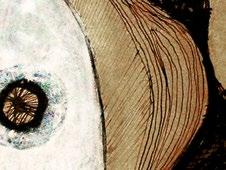
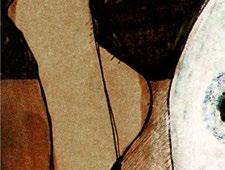
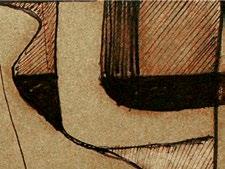
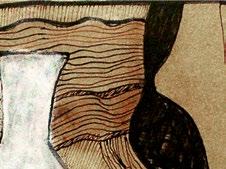

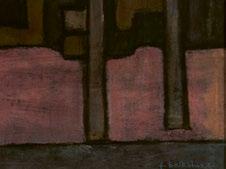
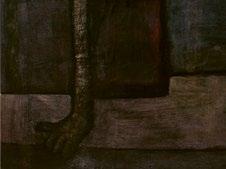
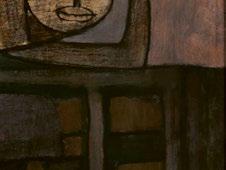
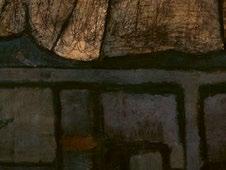
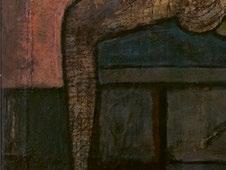
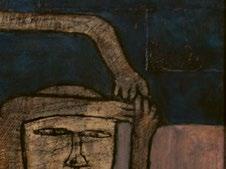

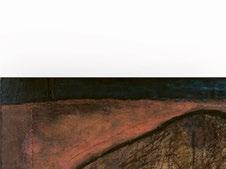
The Tangled Man, 1961 Untitled, 1963 Untitled, 1959

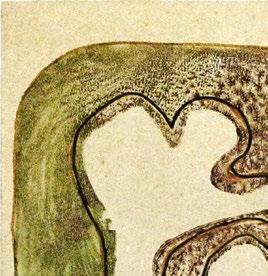

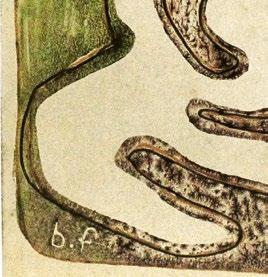

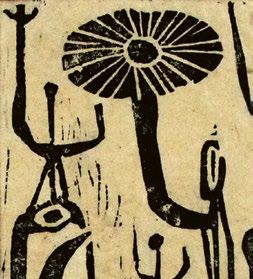
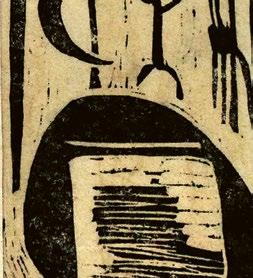


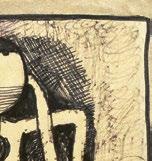

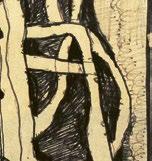
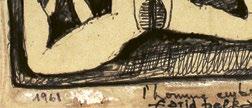

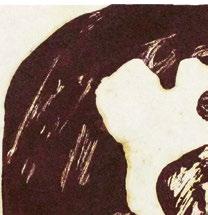
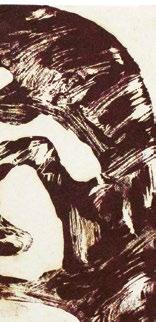
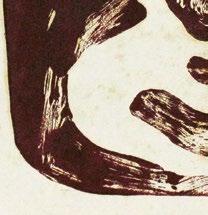
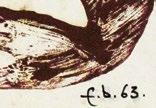
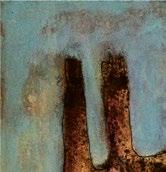

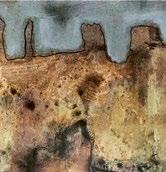
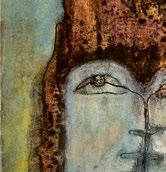

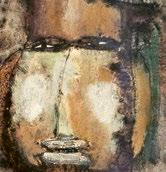
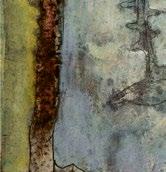
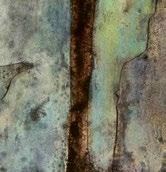

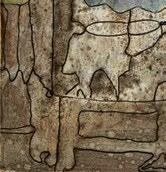
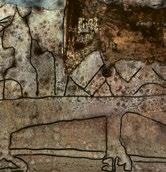
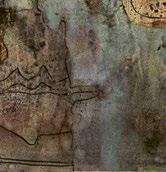

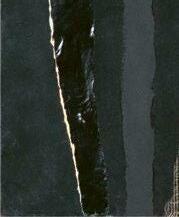
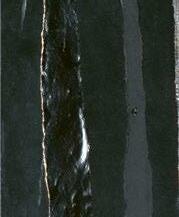


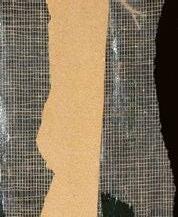
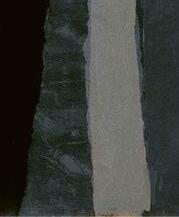
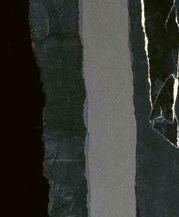

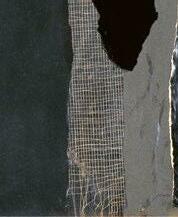
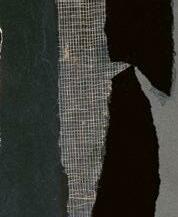
Moulay Ahmed Drissi Farming, n.d Country Landscape, n.d.

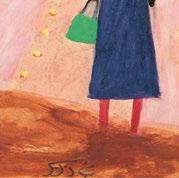
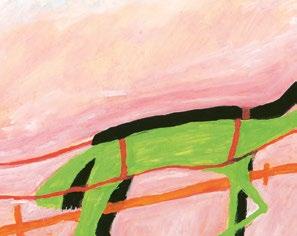
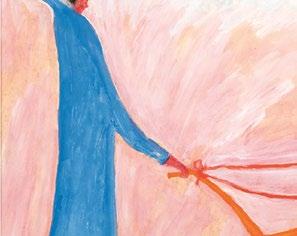
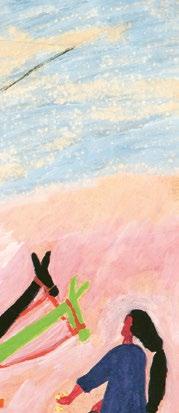
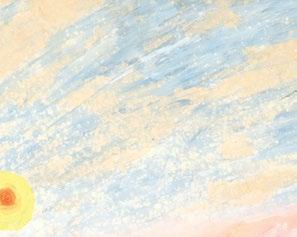
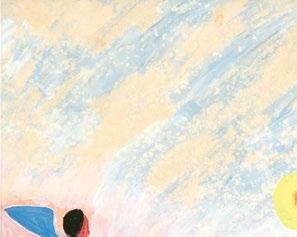
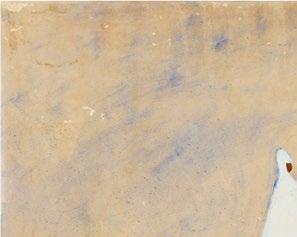
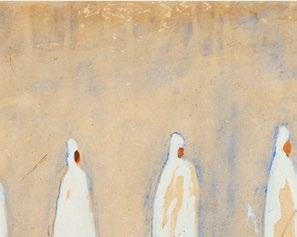
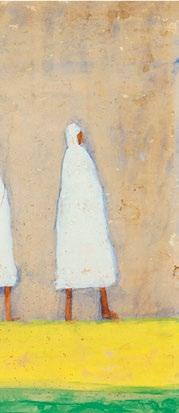
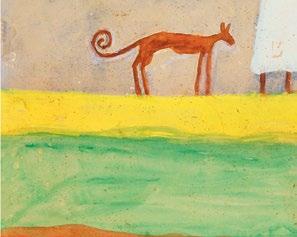

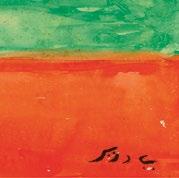

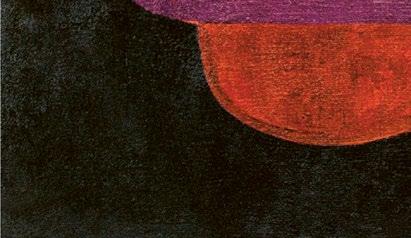
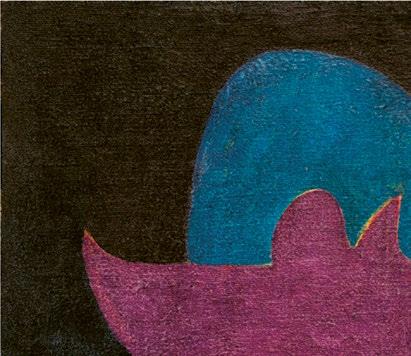
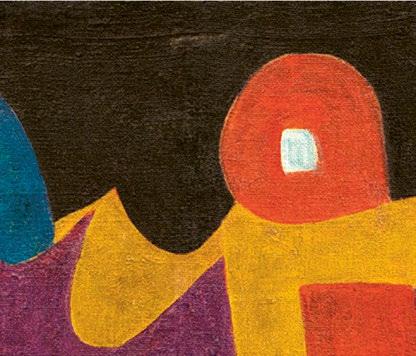
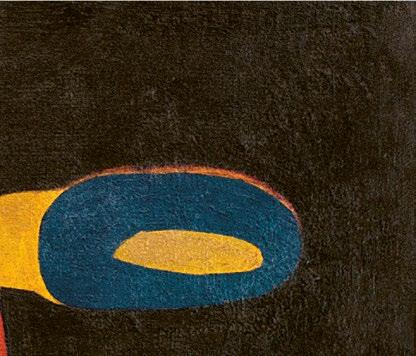
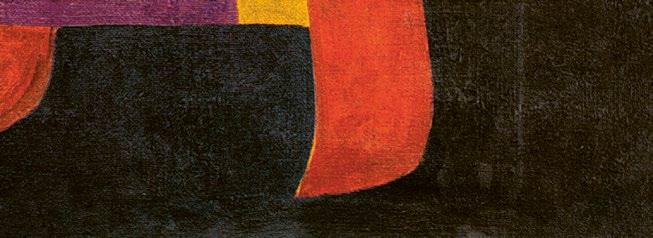
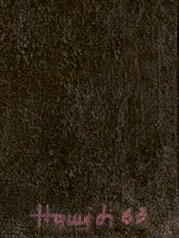
Mohamed Chabâa Rome Series, 1962 Rome Series, 1962 Untitled, 1966

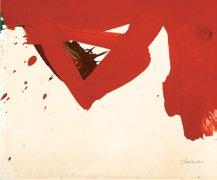
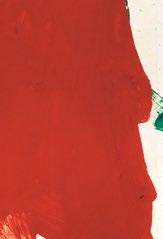
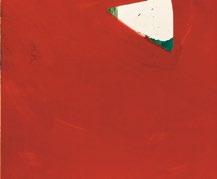



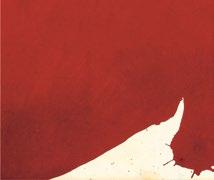
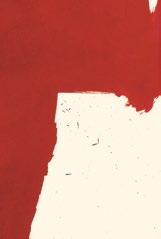

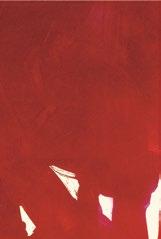
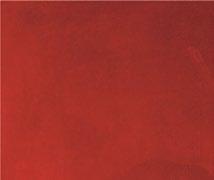

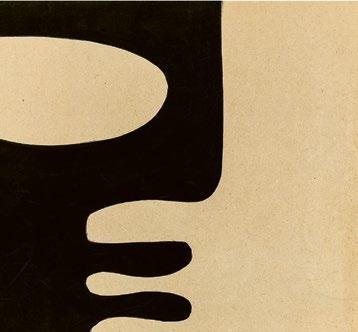
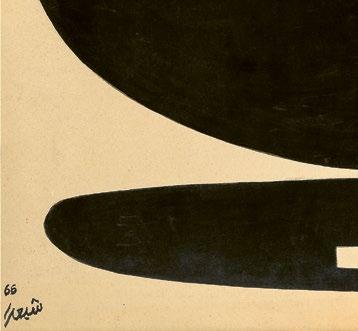
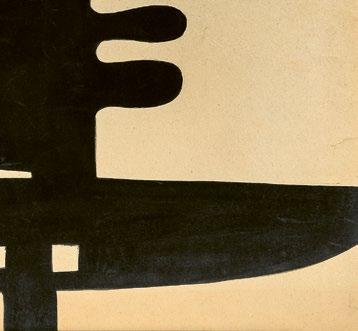


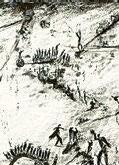


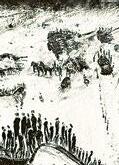
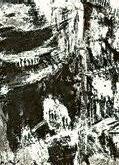
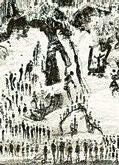
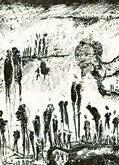
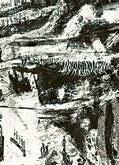
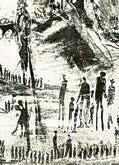
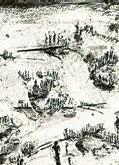

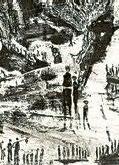
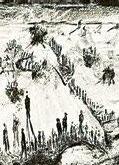
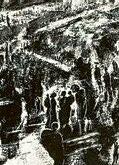

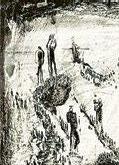
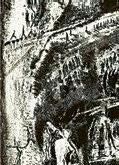
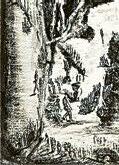
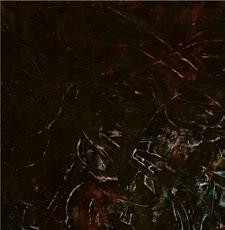
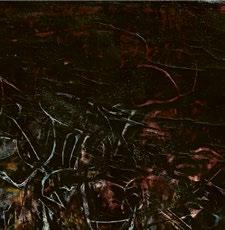
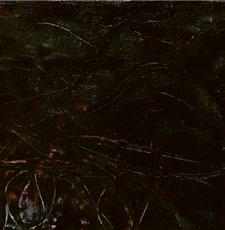
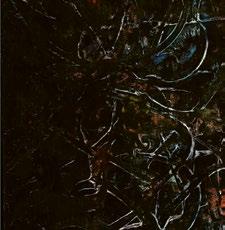
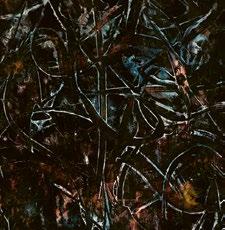

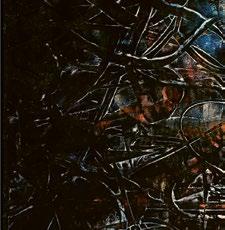
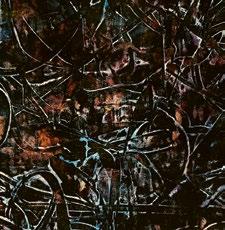
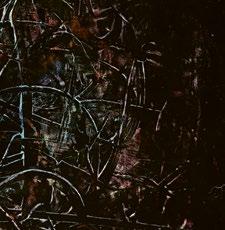
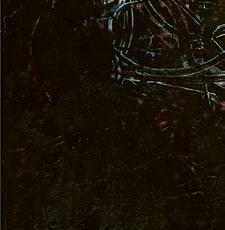
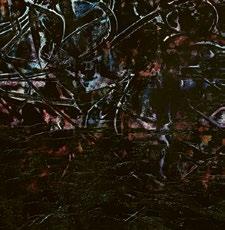
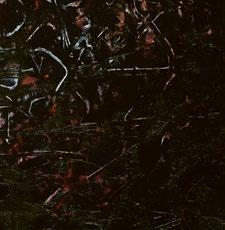
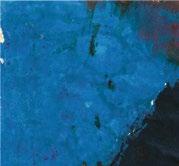
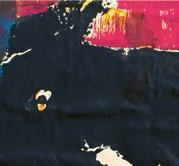
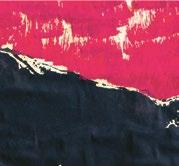
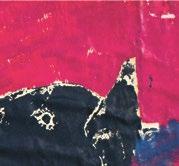

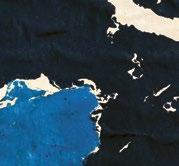
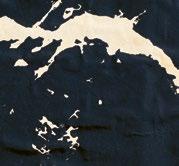
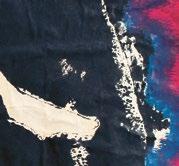
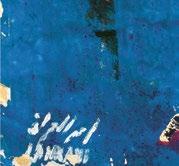
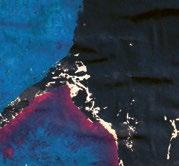
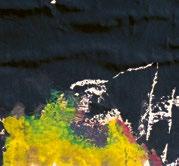

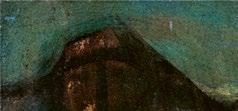
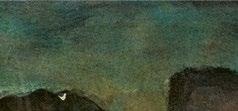
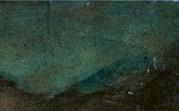
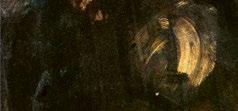
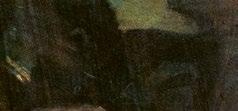
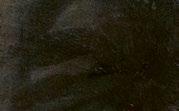
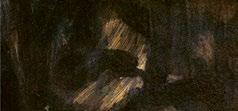
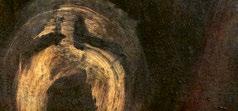
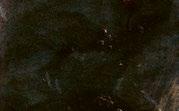
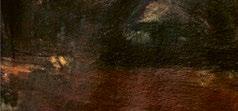
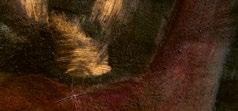
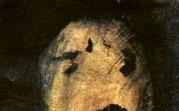
































































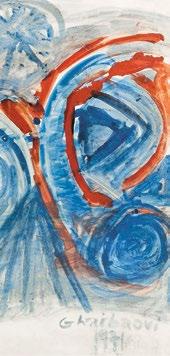


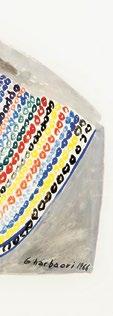

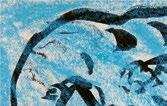
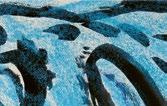
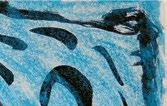
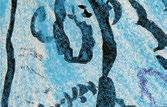
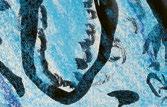
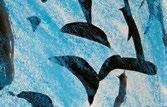
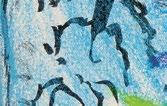
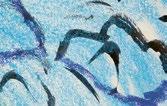
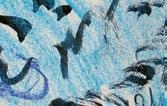


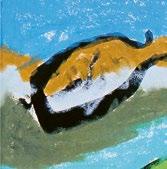
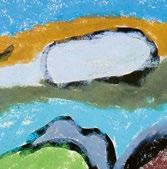
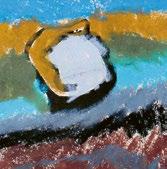
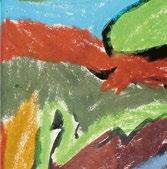
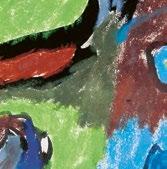
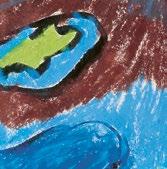
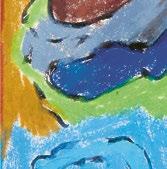
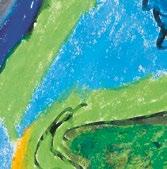
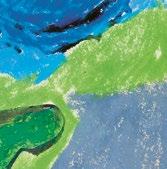
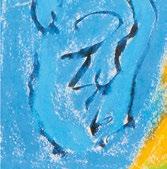
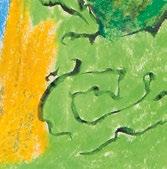

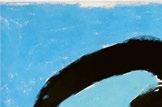
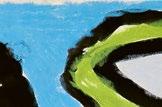
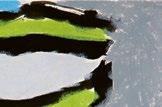
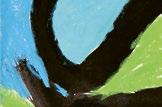
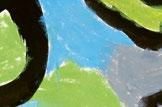
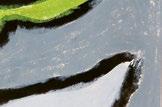
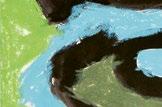
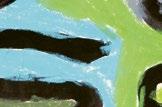
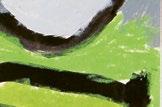


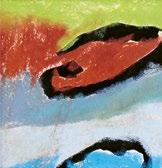
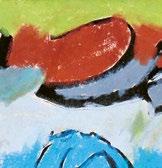
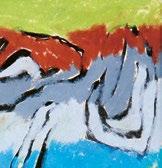
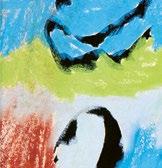
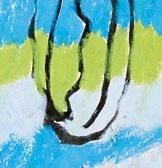
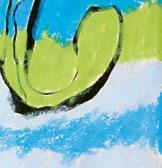
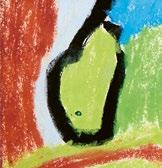
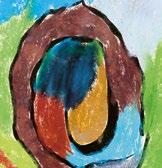
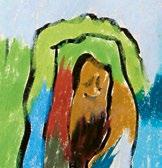
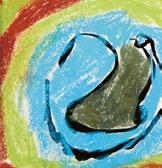
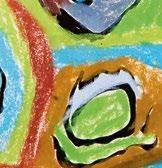
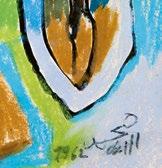
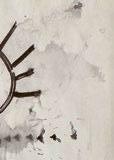



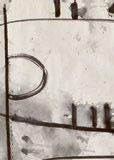
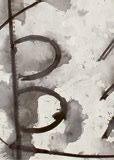
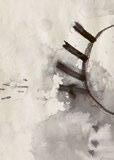
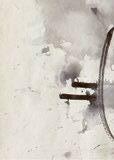
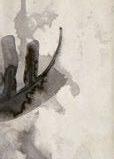
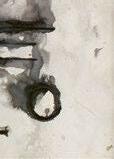
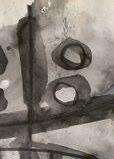

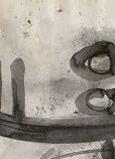
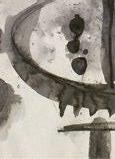
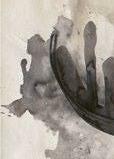
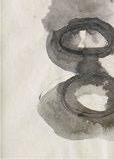
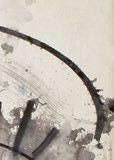
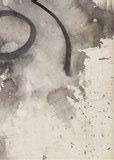
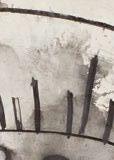
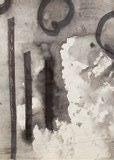
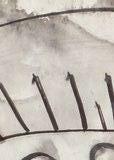
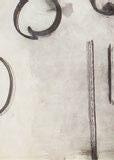

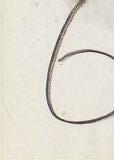

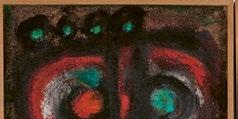
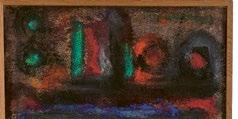
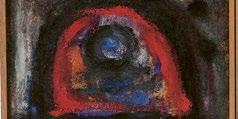

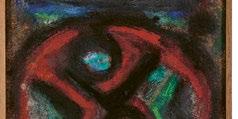
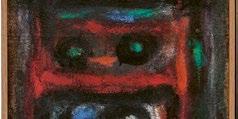
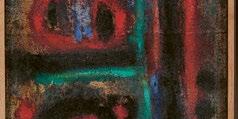
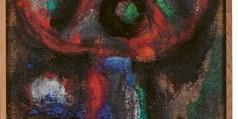
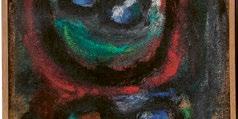
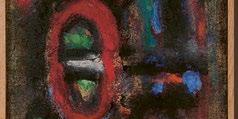
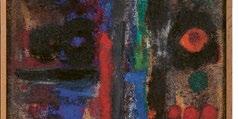
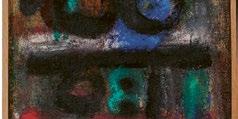
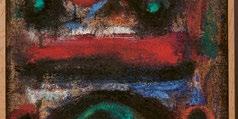
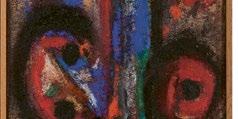
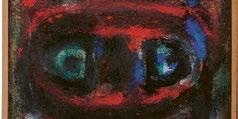
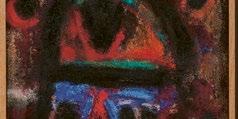
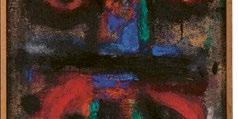

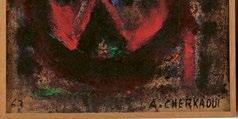
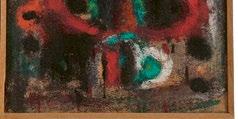
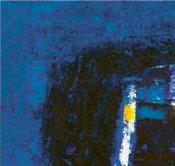


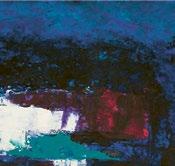
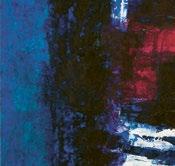
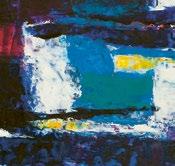

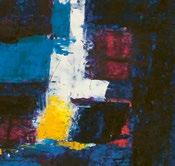
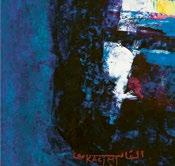
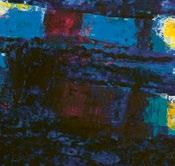
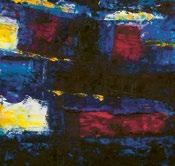
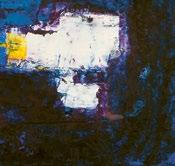

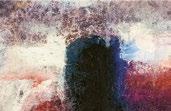
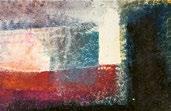
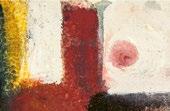
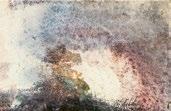
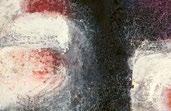
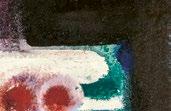

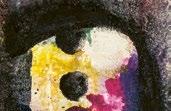
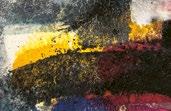
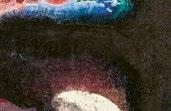


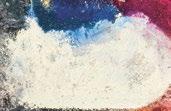
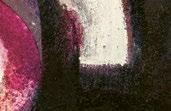

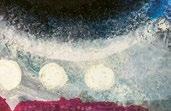
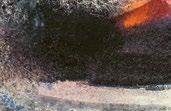
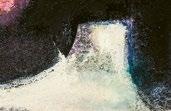
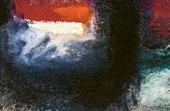
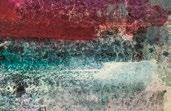
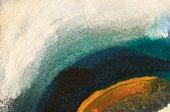
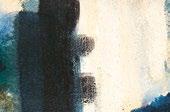
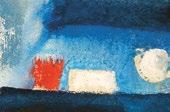
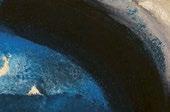
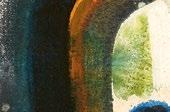
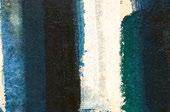
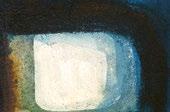
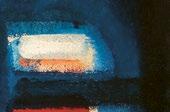
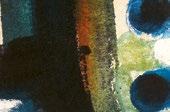
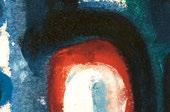
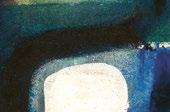
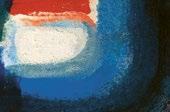
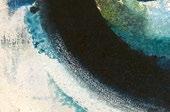
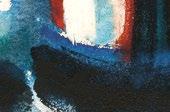
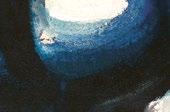
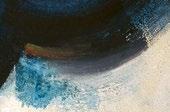


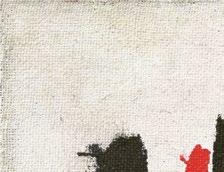

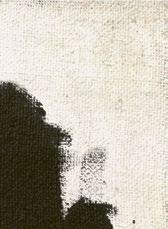
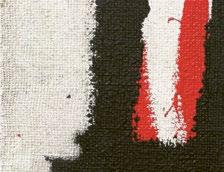
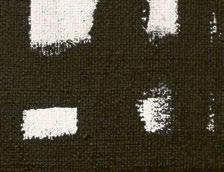
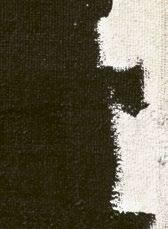
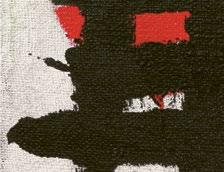

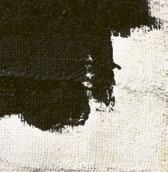
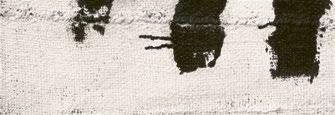
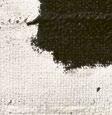

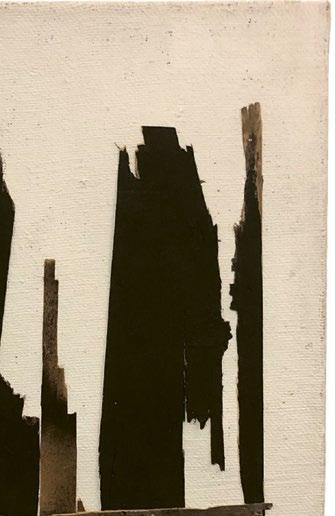
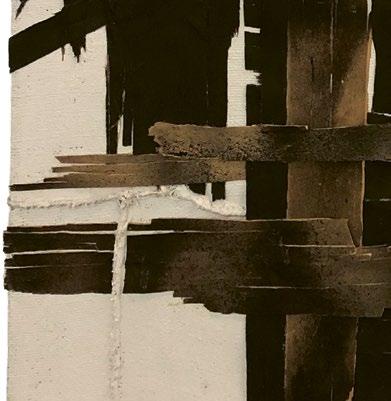
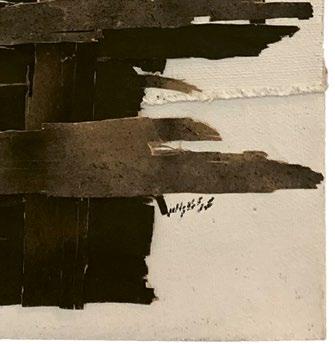

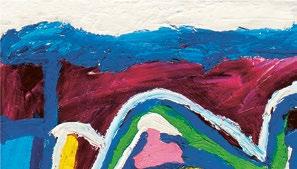

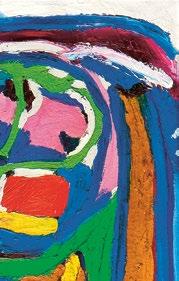
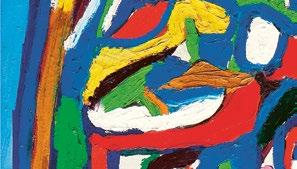
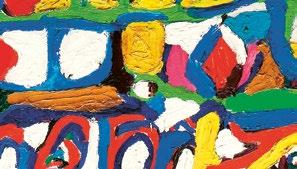
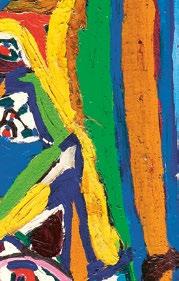
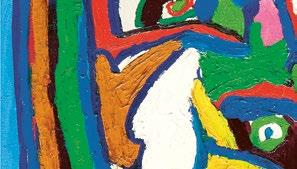
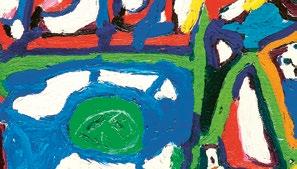

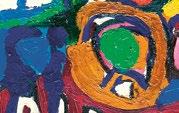

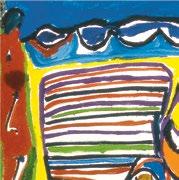
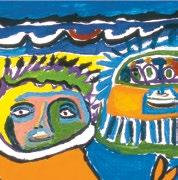
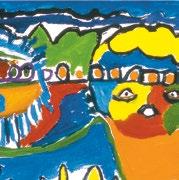
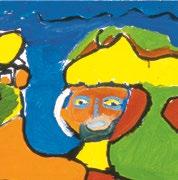
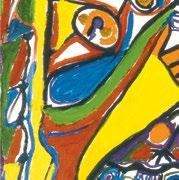
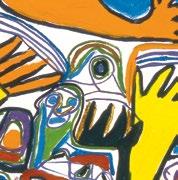
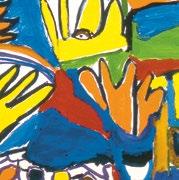
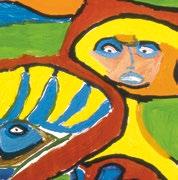

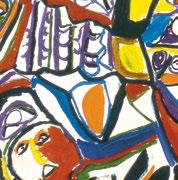
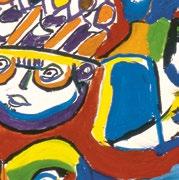
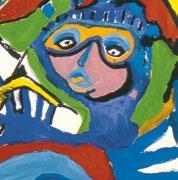
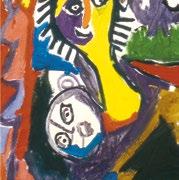

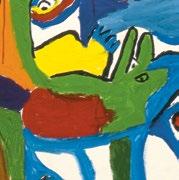
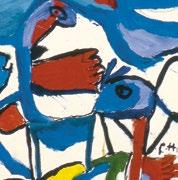


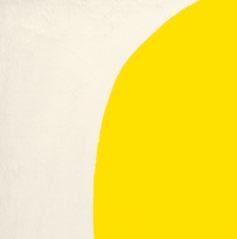


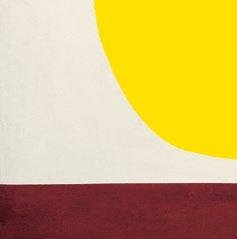
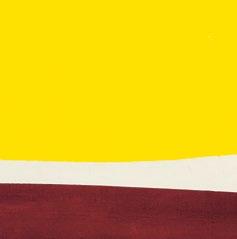
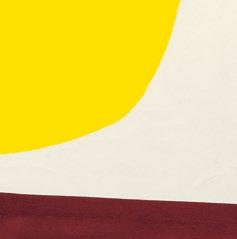
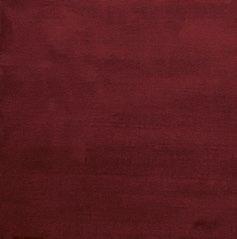
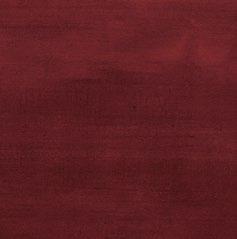
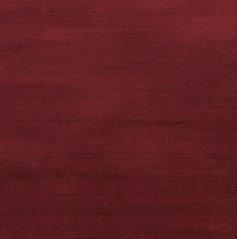
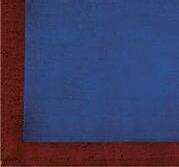

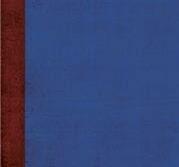
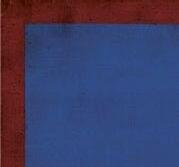
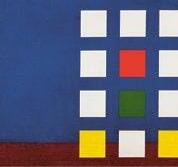
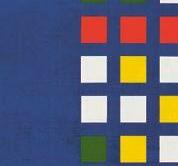
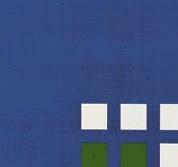
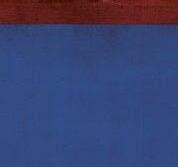
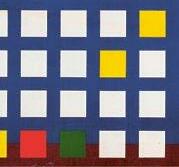
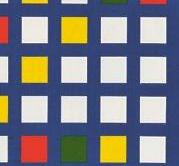
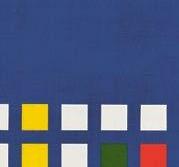
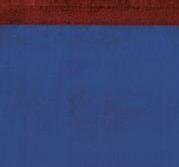
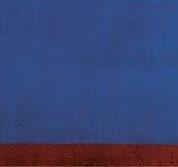

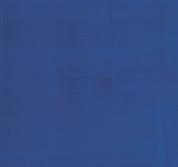


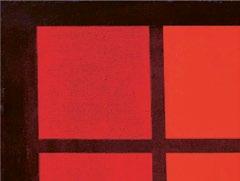
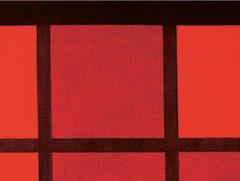

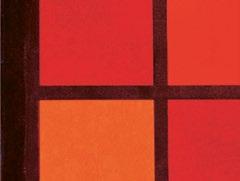
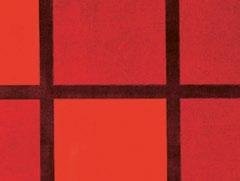

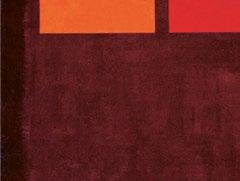
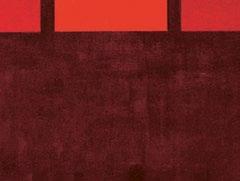
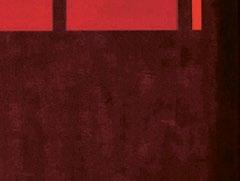
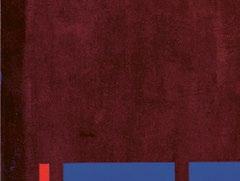
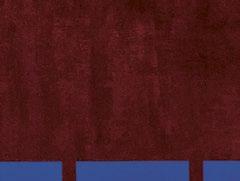
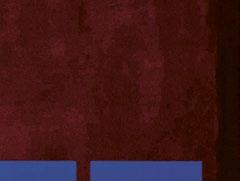
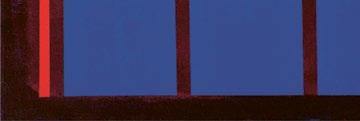
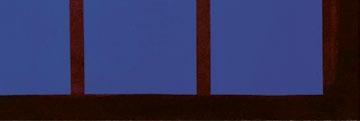
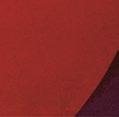
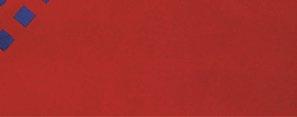
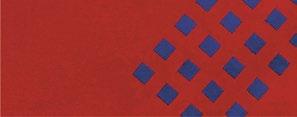
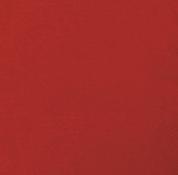
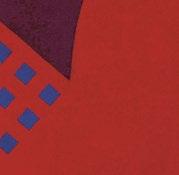
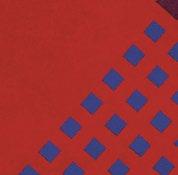
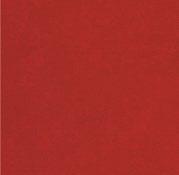
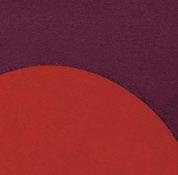

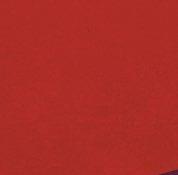
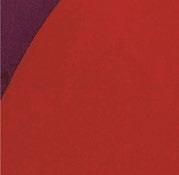
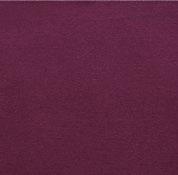
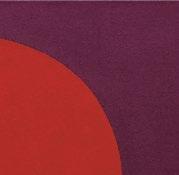
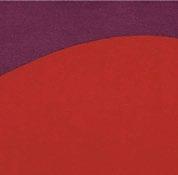
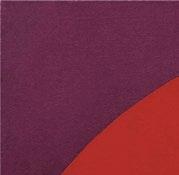
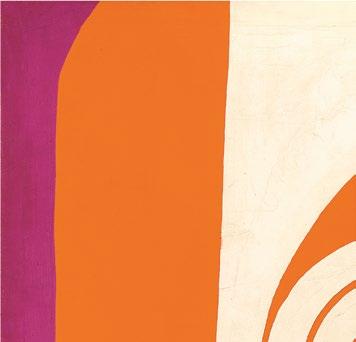
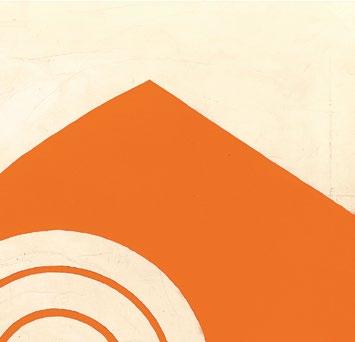
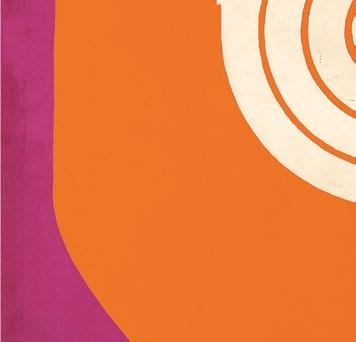
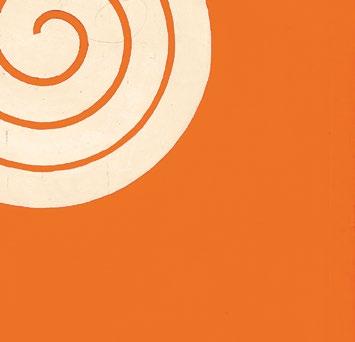
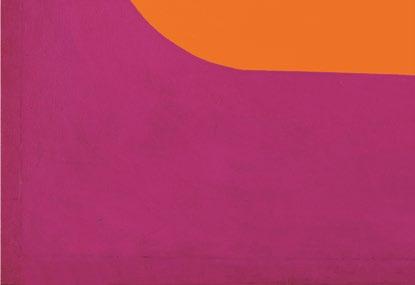
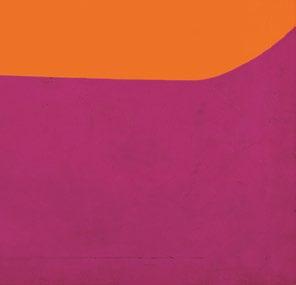



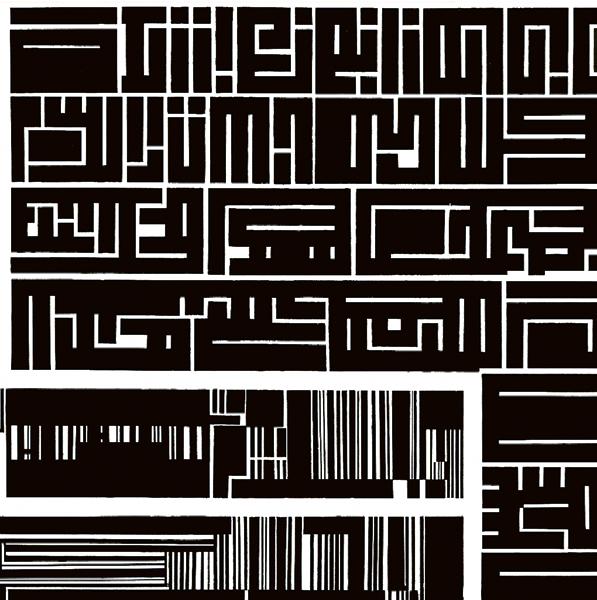

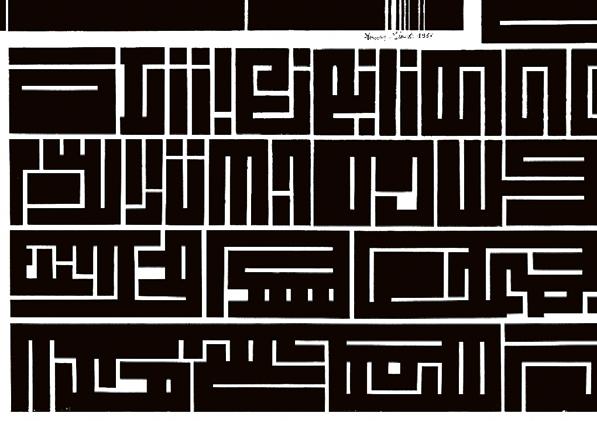 Houssein Miloudi Untitled, 1967
Houssein Miloudi Untitled, 1967

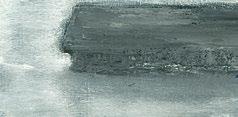
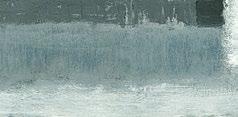
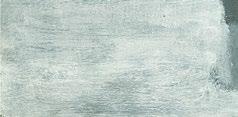
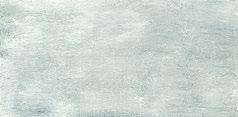
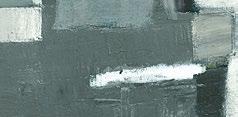
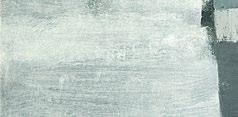
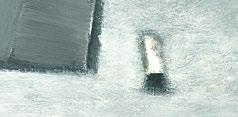
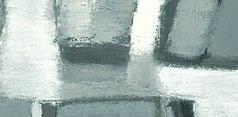

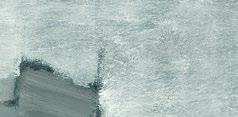
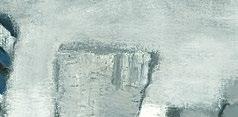


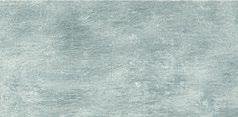
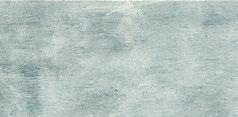
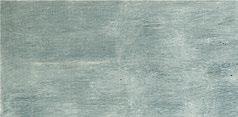


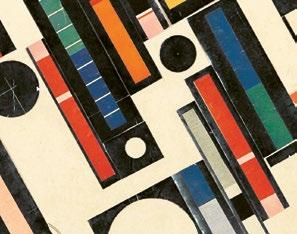
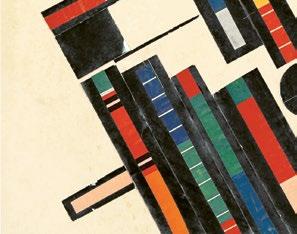
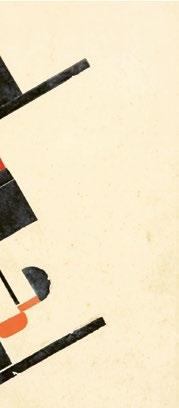
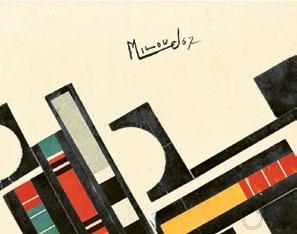
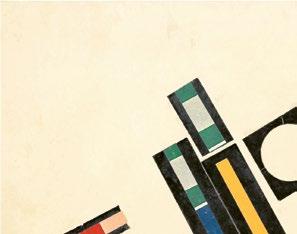
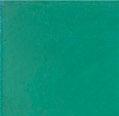
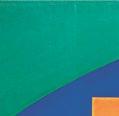

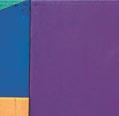



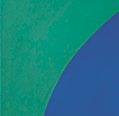
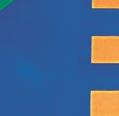
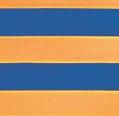
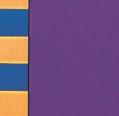
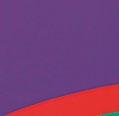
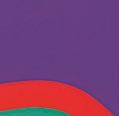

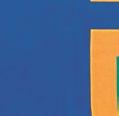

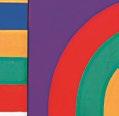
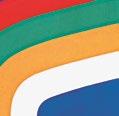
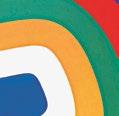

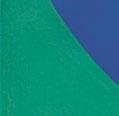
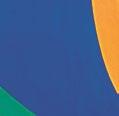
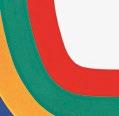
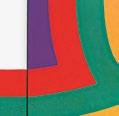
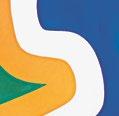

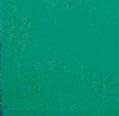
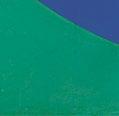
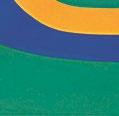
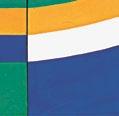
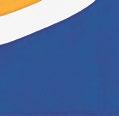
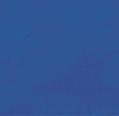


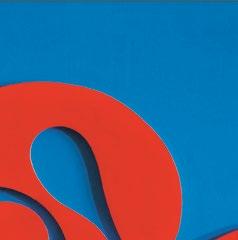
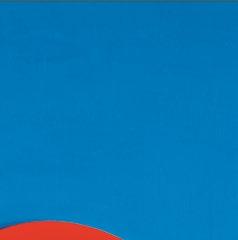
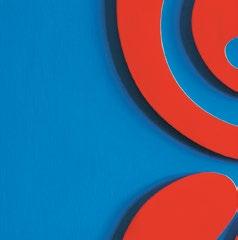
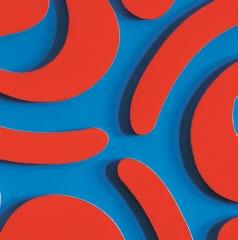
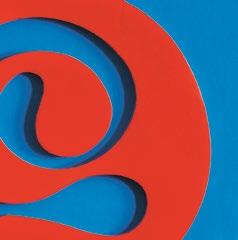
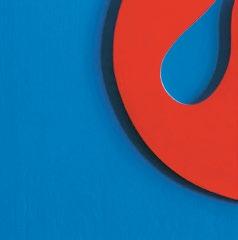
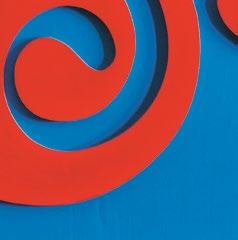

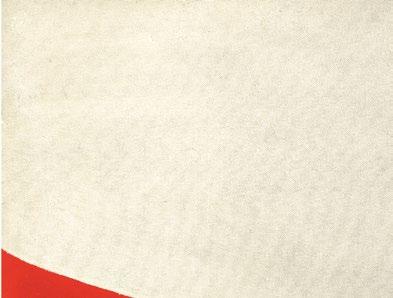

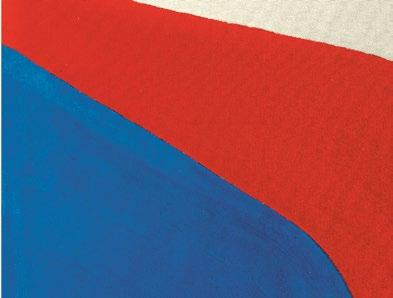
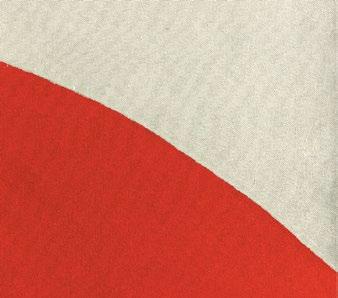
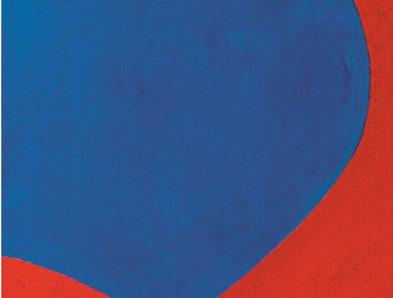
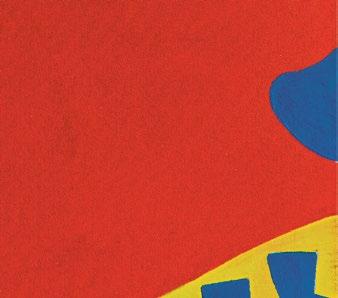

 Mohamed Chabâa
Mohamed Chabâa
Ten years after gaining its independence, Morocco was still at a crossroads, socioeconomically and politically. In the cultural realm, however, the country would soon experience a qualitative leap, an upheaval unprecedented in Moroccan history.
Looking back through that history, the conclusion is inescapable that the Moroccan cultural scene had experienced no significant change in the last few centuries before the modern era. This can be explained, in part, by Morocco’s location on the farthest periphery of the Middle East. Morocco, the Arab nation farthest from the historical center of Arab culture and the source and site of its renaissance, was also the only one of those countries to not experience Ottoman domination. The Ottomans had conquered the rest of the Arab world, and this had the unexpected effect of enabling the various cultural components of that vast collection
of peoples to communicate with and influence one another, to evolve in symbiosis, and to open up to the West. Thus, from the fall of Granada in 1492 to the establishment of the protectorate in 1912, Morocco experienced an extended period of isolation, which was further reinforced by the constant struggle to prevent the Reconquista from reaching its territory and, later, by efforts to counter the colonial powers’ designs upon the region. Add to this the weakening of the state and the repeated phases of anarchy that resulted, the poor condition of the educational system, the belated introduction of the printing press (1859), and the even more belated emergence of journalism as an institution (1889), and one can understand why the culture did not flourish during those centuries, when it resembled a tree deprived of air as well as roots.
Not until the crisis of colonization and the country’s division into separate zones of influence and administration was this situation fundamentally changed. The immediate impact was all the more dramatic, as it was accompanied by the beginnings of forced modernization. In this context marked by violence and the first signs of opening, Moroccan culture began to reawaken, particularly in the literary realm, with a poetic production that can only be described as a poetry of resistance. This occurred in two phases, distinguished by the degree of national and social consciousness attained and the impact of the intellectual and cultural renaissance then in full swing in the Mashriq. The fi rst phase, which lasted from the establishment of the protectorate to the proclamation of the Berber Dahir in 1930, failed to break out of the patterns that preceded these upheavals.1 The influence of the literary revival in the Middle East remained tenuous, even where poetry set out to echo the political turmoil of those regions mobilized by the desire to be free from the Ottoman yoke. Like the society and its elites, poetry remained traditionalist. But while its contribution may not have been aesthetic, it nonetheless contributed to shaking people’s minds up and jolting them out of a lethargy that had cost the country its freedom.
The second phase, which was marked by the emergence of the nationalist movement and its gradual road to the achievement
1. ﻬﻇ The Berber Dahir [dạhīr, pronounced “decrete” in Moroccan Arabic—Ed.], a decree issued by the protectorate authorities, sought to reorganize the system of justice in the Berber areas of the country by exempting them from the Koranic law that governed the Muslim population in its entirety.
of its goals, saw the birth of a new form of artistic expression— theater—and signifi cant advances in poetry, in line with those of ideas and social practices. The genuine opening to the Arab renaissance movement and, to a lesser extent, to Western culture can be dated to this period. Confronted with the colonial reality, the elite undertook a critical self-analysis and sought to reflect on the causes of the country’s historical delay and the preconditions for renewal and national liberation. They emphasized religious reform and the need for education. On this last point, some voices were raised in favor of the education of girls. Another driver of progress was linked to a more dramatic cause at the individual level: the repression that fell on the nationalist movement in the wake of its opposition to the Berber Dahir and later in reaction to the proclamation of the Manifesto of Independence in 1944. Many leaders, including intellectuals and writers, were imprisoned or banished if they did not choose voluntary exile. These unprecedented challenges produced new accents in a literature that was still dominated by the theme of resistance but in which the straitjacket of tradition had lost none of its rigidity. At the same time, we are indebted to the men of culture of this period for having succeeded in linking the freedom struggle and internal reform, the future and education, progress and modernization in the minds of the people.
Morocco’s independence would soon introduce a fundamental change. The new elite was firmly convinced that, with the recovery of sovereignty and the mobilization of an entire people, the country would make up its historical delay in record time and would soon be knocking confidently at the door of development and modernization. With this in mind, they resolved to create the intellectual and cultural conditions for such an upswing. Most of the members of this elite were educated in the universities of the Middle East or Europe or at the brand-new Mohammed V University in Rabat, after receiving the French and Spanish education offered locally, and their cultural and methodological reference points were radically different from those of the traditional elite. Their desire to be in step with the living Arab culture and the most advanced Western culture was all the stronger in that they felt themselves invested with an enormous task, which they elevated to the status of a mission: to liberate the country’s history and enable its future course to be charted autonomously; to rebuild Morocco in keeping with the needs, wishes, and free will of its inhabitants; and to lay the foundation for the emergence of
a new culture that would bring to fruition the creative potential long stifled by the burden of tradition and colonial contempt or simply led astray by the sterile mimicry to which the oppressed sometimes confine themselves.
This phase of intellectual history is relatively little known. In Morocco it has been glossed over for political reasons. But it bore within it a Promethean ambition whose consequences and concrete achievements are permanently etched into the body of Moroccan culture. No area of thought, research, or artistic production was not thoroughly shaken up, invigorated, fertilized, and improved. Thus, historical research, which was inaugurated by Albert Ayache and Germain Ayache, found its inspired architect in Abdallah Laroui, who gives one a sense of what the great Ibn Khaldun must have been like in the fourteenth century. The sociological approach (especially to the novel), a refl ection on the questions of identity, bilingualism, and the social imaginary in relation to the founding myths, was brilliantly put into practice by Abdelkebir Khatibi. Painting, in which only naive art had previously enjoyed the favor of the erstwhile protectors, imploded thanks to the extravagant palette of Jilali Gharbaoui. With Farid Belkahia, Mohamed Chabâa, Mohamed Melehi, Mohamed Kacimi, and many others, the edifice of modern art was erected in the twinkling of an eye, opened wide its doors, and became itinerant, appearing in public squares and by the seaside and spreading out across walls and on the pediments of buildings. Theater, which had thus far been a luxury import or at best a scholastic exercise, acclimatized itself in an original fashion with Tayeb Saddiki, Mohamed Timoud, Farid Ben Barek, and Ahmed Tayeb Laâlej, who made Molière, Beckett, Ionesco, and Brecht speak fluent Moroccan. With the groups Nass El Ghiwane2 and Jil Jilala,3 music drew the lifeblood for its revival from its popular roots and brought rhythmic and linguistic harmonies into the world that were utterly unprecedented but immediately recognized and taken up in chorus by an entire generation of young people.
I myself was directly involved in a significant episode of this ferment. I am referring to the experience of the journal Souffles (Breaths), which was founded in 1966 and banned in 1972. In its few
a musical protest band formed in the 1970s in Hay Mohammadi (Casablanca).—Ed.
a musical band formed in the 1970s in Casablanca that fused funk and gnawa musical rhythms.—Ed.
intense years of life, it was the laboratory, crucible, and sounding board for the transformation then taking place. It fully embodied the notion of an avant-garde, since it found itself at the heart of this acceleration of history that frees the creative adventure to chart its own course and propels it in unanticipated directions. In this process, intuition and vision function as new faculties, endowing thought with a powerful new lever. They afford an understanding of the reality one is confronted with that illuminates all the shadow zones and impasses. Reality ceases to be the immovable boulder; it budges toward the past and the future and shows the steps that need to be taken if the goal is to move the rock and not to go around it. The poets, artists, and intellectuals of Souffles shook this boulder until it shattered and went on to reconstruct it as they saw fit, knowing that in doing so they were bringing something new into being. In poetry it is difficult to identify the model at work, although the surrealists, the Russian futurists, and Aimé Césaire all left their traces. The texts of Mohammed Khaïr-Eddine, Mostafa Nissabouri, Ahmed Bouanani, and others, among whom I include myself, are free of such influences. They bore the mark of their singularity at their birth. These poets wrote in French, and so, unlike their colleagues who wrote in Arabic, they did not find themselves anxiously confronting the question of modernity. In fact, it did not concern them. What inspired them was instead the passionate determination to lay siege to the inexpressible and explode the established norms of the language in order to breathe into the body of their culture the free, rebellious speech that it lacked. One of the secrets of this development lay in the desire to reconnect with popular poetry and reclaim the oral tradition, without, however, renouncing the demands of a meticulous approach to writing. For these writers, orality was more than merely scansion and external music; it was a mode of operation of the act of writing.
The team at Souffles also embarked on another project, one whose existence was largely unsuspected by the nationalist movement: that of cultural decolonization. The recovery of sovereignty would remain an illusion so long as people’s minds were not freed from the intellectual conditions that had paved the way for domination in the past. True independence is a founding act by which formerly dominated subjects resolve to cast off the complex of the colonized and again become the masters of their fate by reappropriating their history, their memory, and their own cultural values so as to set them moving again along the free paths of creation. The best indicator of this maturity is undoubtedly the reading
of Moroccan culture that was proposed. Apprehended for the first time in its pluralism, this culture was clearly and unambiguously affirmed in all of its components, with none excluded. What was previously perceived as an element of political division and splintered identity was now regarded as a rich source of energy, a great boon that culture could use to advantage in its project of reconstruction and renewal. Moreover, it is no accident that Souffl es , which began as a poetry journal published in French, soon embraced most areas of artistic production and reflection; drew to itself intellectuals from all over the Maghreb and, beyond it, from Africa, Latin America, and Europe, and involved them in its effort; and, above all, become bilingual, thus opening up a vital space of confrontation and mutual influence that Arab-language writers would fertilize with their own sensibility. The movement sparked by the journal did not stand alone. Other initiatives had preceded it, developed alongside it, and took over from it soon after Souffles was banned. Notable among them are the journals Afaq (Horizons), founded in 1963 by the philosopher and writer Mohammed-Aziz Lahbabi; Aqlam (Pens), launched in 1964 by Mohammed Ibrahim Bouallou; Cinéma 3 , whose editor in chief was Noureddine Saïl (1967); 2000 , formed in 1970 by the writer Abdeljabbar Shimi; and At-Taqafa al-jadida (New culture), founded by the poet Mohamed Bennis in 1974. Finally, we should not forget the important role played by the newspapers that opened their columns to writers, especially poets.
Souffles was not a creative platform or forum for ideas expressed in peacetime, in a “normal” country where intellectuals are officially recognized as playing a useful public role, and where culture is considered an essential need and an instrument for opening and educating minds. At a certain point in its recognition of the full range of problems facing the country, the journal had no choice but to pursue its opposition to the prevailing order at every level. With the benefit of historical hindsight, I am convinced that it would not have had the impact with which it is credited today if it had set itself red lines that were not to be crossed, if it had limited itself to the preliminary tasks that presided over its birth. The reason for its powerful and enduring presence in the collective consciousness is that it followed through so completely on its revolt and its indignation. Thus, it demonstrated decades ago what we are finding confirmed again today: no flowering of our culture, no revolution in our system of instruction and education can occur without a change in the very nature of our political
system. There can be no democratic renewal without a radical change in the status of culture.
The history of contemporary culture in Morocco sketched here reveals certain paradoxes, which, when we refl ect on them, all turn out to be features of its originality and vitality. The most striking of these is how young it is compared to the cultures of the rest of the world, including those of the Arab world. The break that occurred after independence—and especially since the 1960s—is so powerful that, when we try to travel back through the country’s history, we find no trail of breadcrumbs that would enable us to link contemporary cultural production, which is resolutely grounded in modernity, to the production of the past, which was strongly attached to tradition. What has taken place in the space of just two or three decades bears all the marks of a radical transformation rather than a normal process of evolution that would be punctuated, under other skies, by the repeated quarrels of the ancients and the moderns. Whether they wished to or not, the successive actors in this upheaval had no choice but to wipe the slate clean and start from scratch, throwing themselves without qualms into the adventure of modernity. With them, we have, as it were, a front row seat to this chain of reactions, metamorphoses, and leaps forward that elsewhere took more than a century to structure modern culture as we know and appreciate it today. What has happened in Morocco in such a short time and before our eyes represents an arresting synopsis of contemporary cultural creation. If only for this reason, the experience of Moroccan culture today deserves to be pondered at length. In particular, it allows us to remain optimistic in the face of the prophets of doom who promise a war of civilizations and turn a blind eye to the examples that prove the contrary. It strengthens us in our determination to rebut the thesis of the inevitable historical delay that a great many peoples are supposedly condemned to endure. It is, in any case, a powerful sign of modernity at work in a society that some have chosen to see only through the distorting lens of the fundamentalist threat.
This concern with universality should not be mistaken for a simple discourse on method or an abstract philosophical credo, since my ambition, to put it bluntly, is well and truly to defend and illustrate an original social imaginary and a creative adventure unfolding on the fringes of what is regarded as the center, as the almost exclusive producer of symbolic values. While Morocco is in many respects the Arab country closest to Europe, it finds
itself relegated to this margin or periphery whose cultural dynamism remains unrecognized, and it will long continue to struggle for true acknowledgment. While the colonial experience may be far behind us, the new world order, which obviously includes culture, is in the process of reproducing and establishing new relationships of domination and exclusion whose effect is to keep many cultures on the periphery in a state of more or less strict isolation. And yet, more effectively than all the reports of experts and civil and military informants put together, these cultures— provided we remember that they belong to a common living heritage—offer the best reading of the societies from which they come, the most fruitful approach to the soul of their peoples, and the most reliable diagnosis of the human condition as it is lived in a large part of the world.
Pages 81–96:
Souffles: Revue culturelle arabe du Maghreb, Rabat, 1966–1971
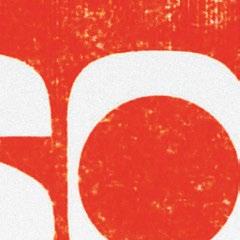


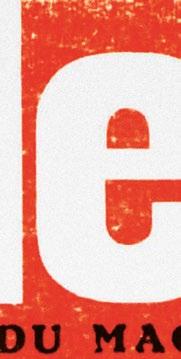


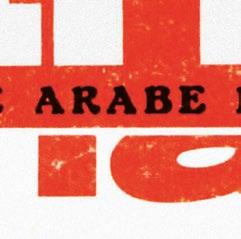
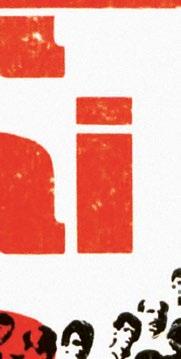

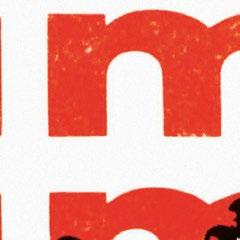
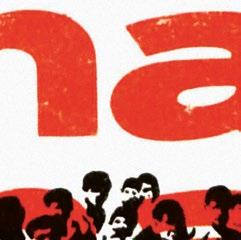
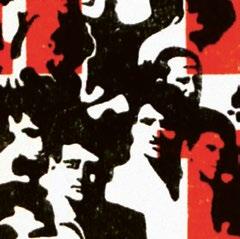
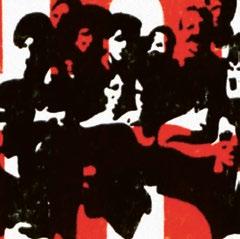
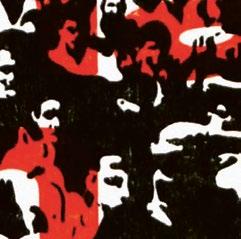
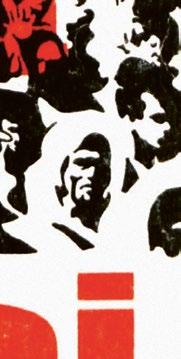
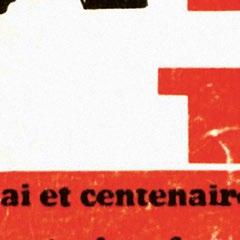
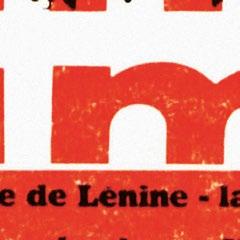
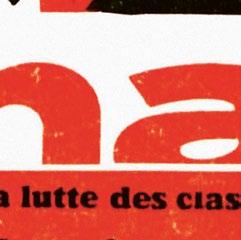
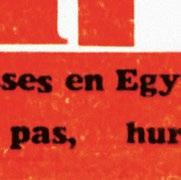
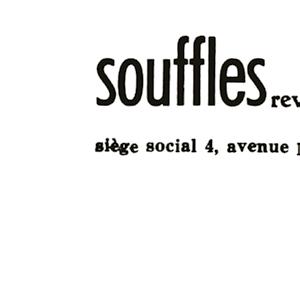
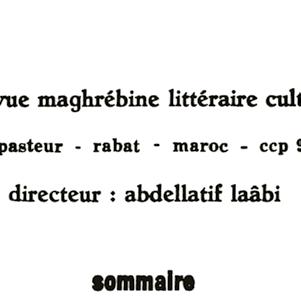
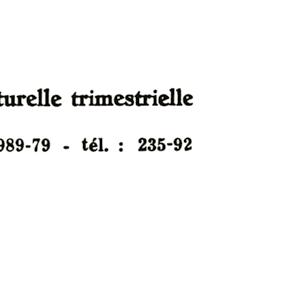
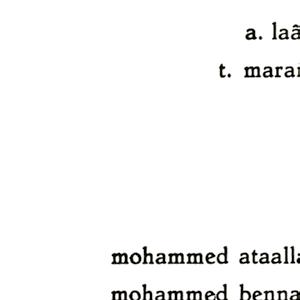
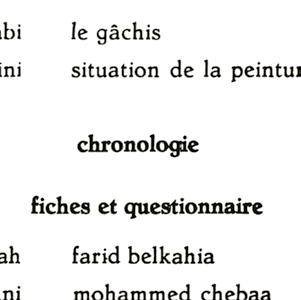
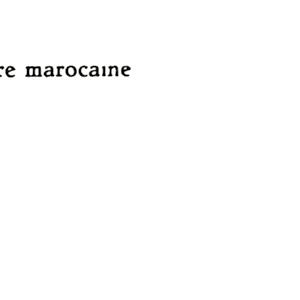
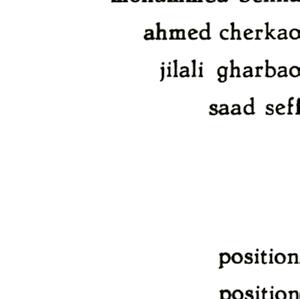
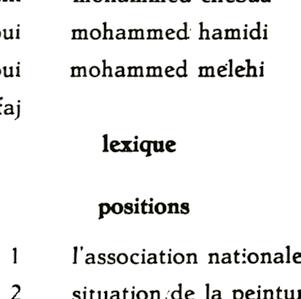
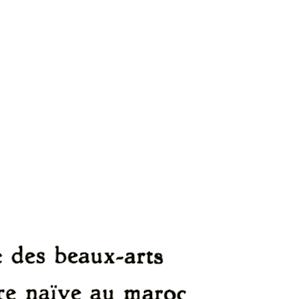
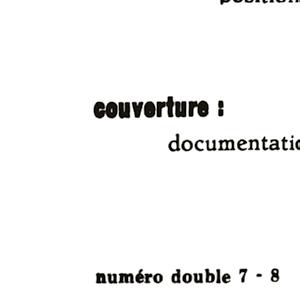
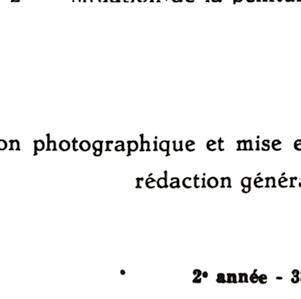
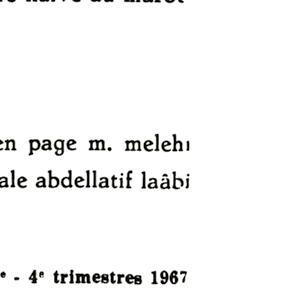
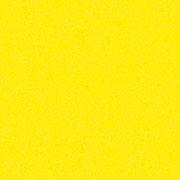
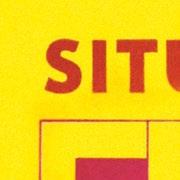
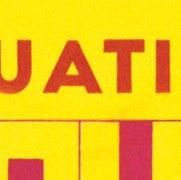

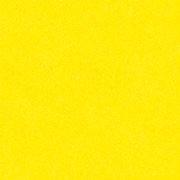
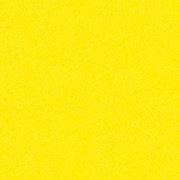

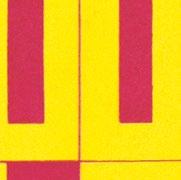
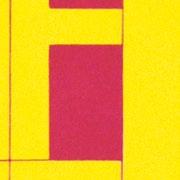
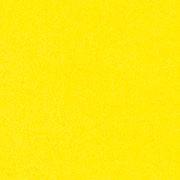

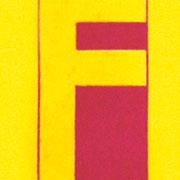
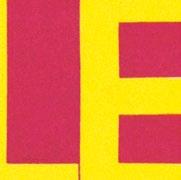

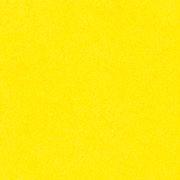
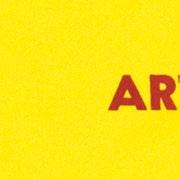
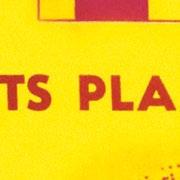
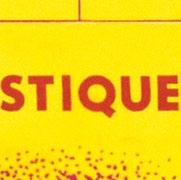
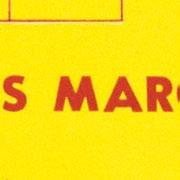
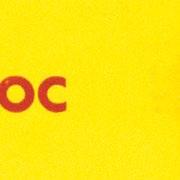

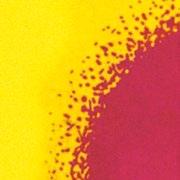

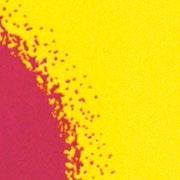
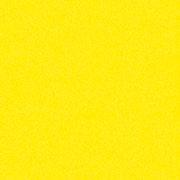
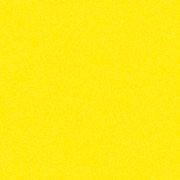
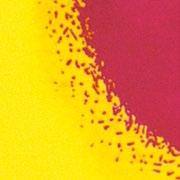
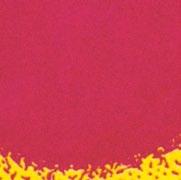
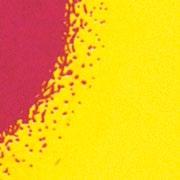
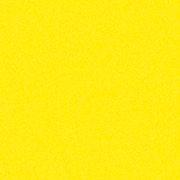
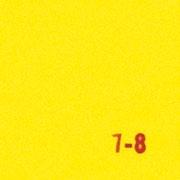
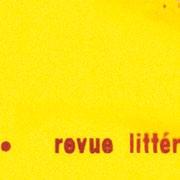
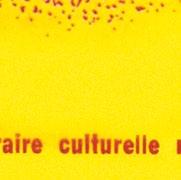
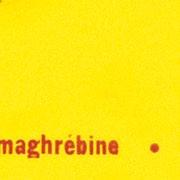
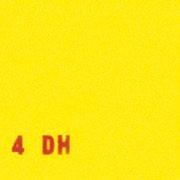

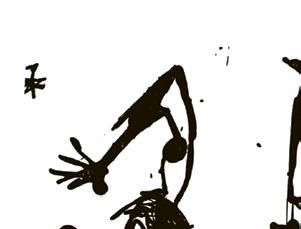

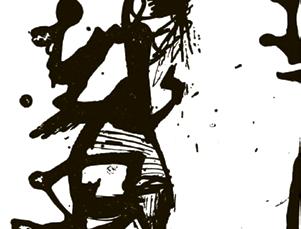

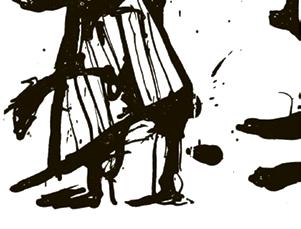
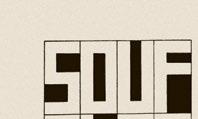
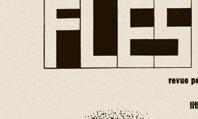
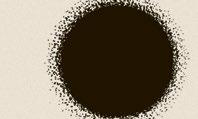

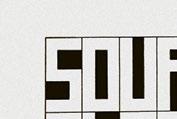


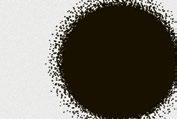

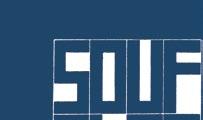

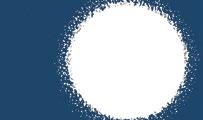


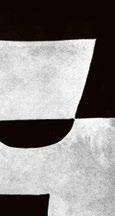
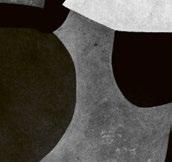
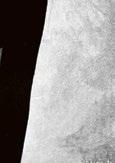

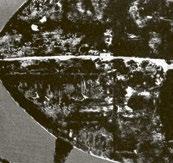
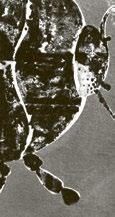
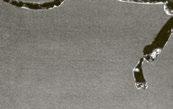




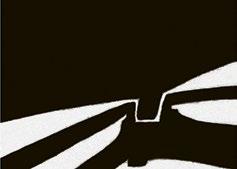
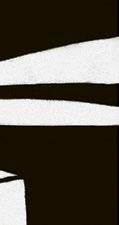

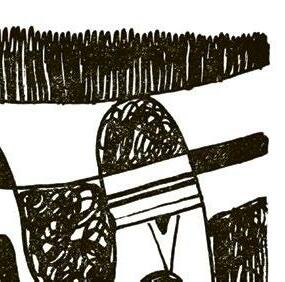
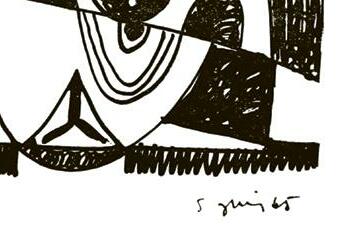

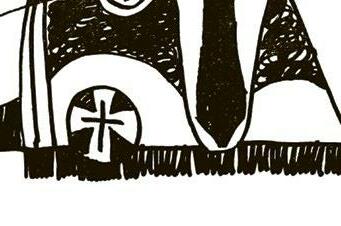

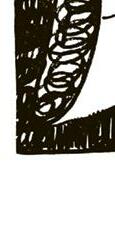
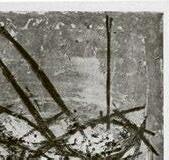
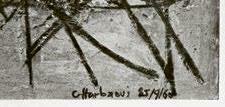

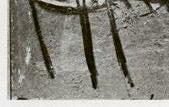


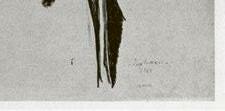
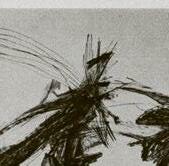
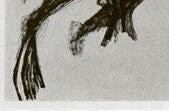

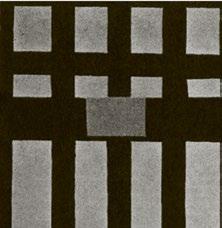

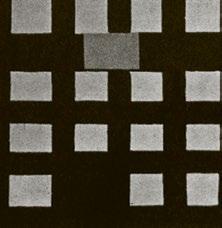
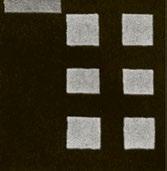
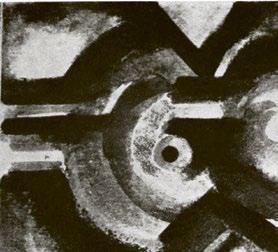
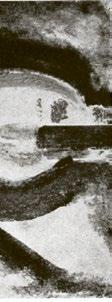

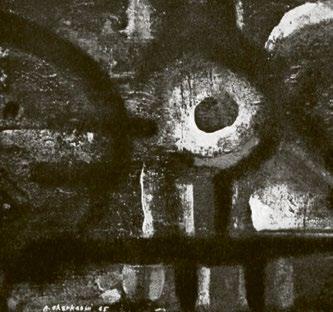

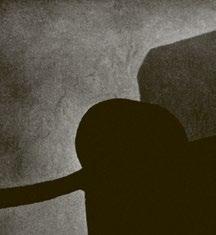
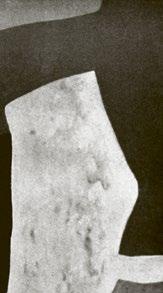
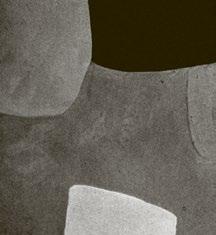


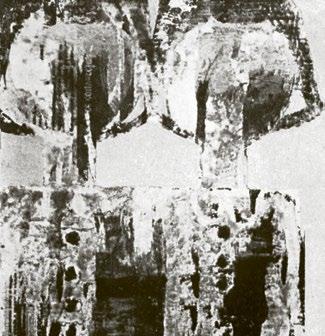

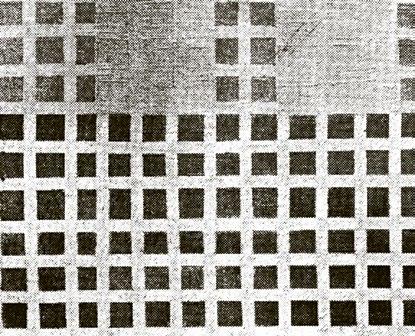

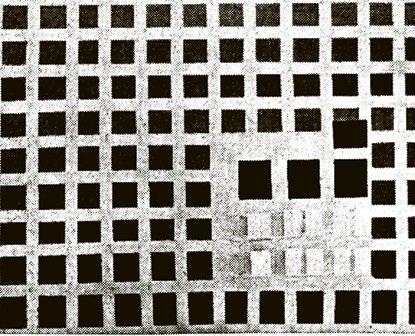
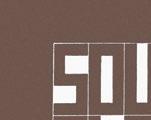

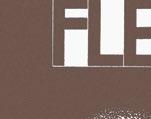
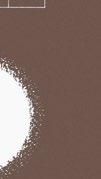


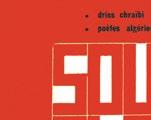
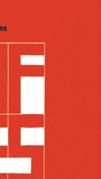
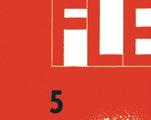
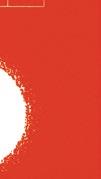
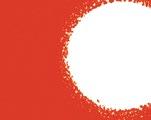

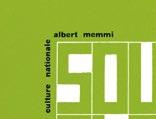
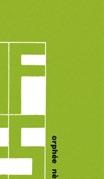
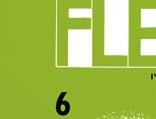
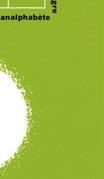



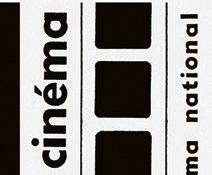
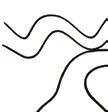
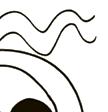
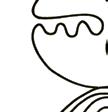
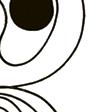





































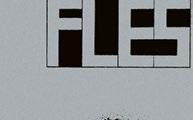


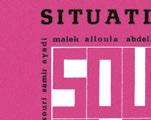

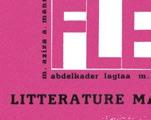
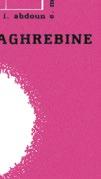
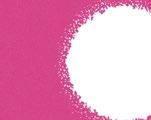

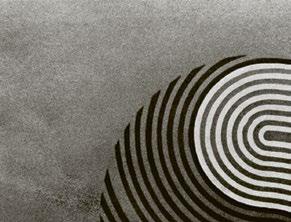
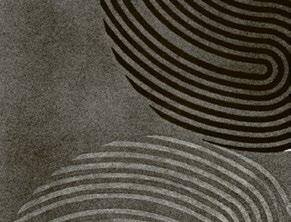
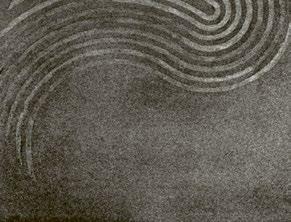
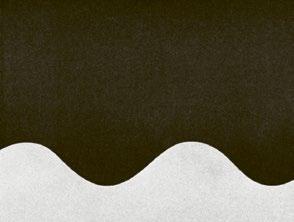

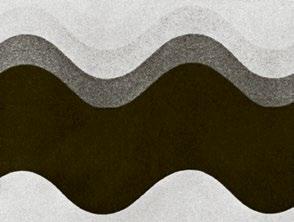
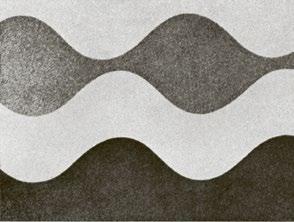


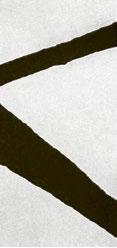
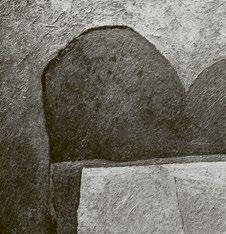

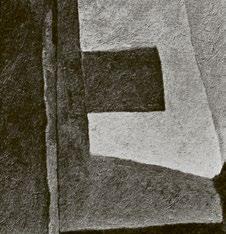




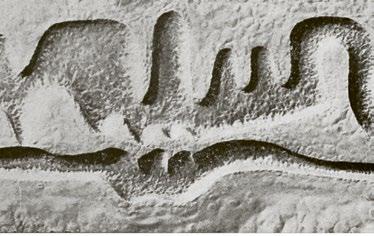
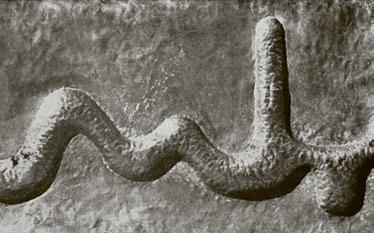

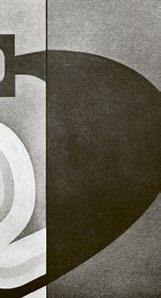

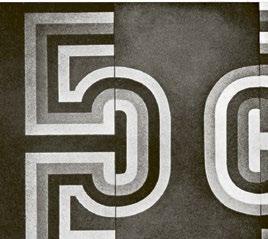
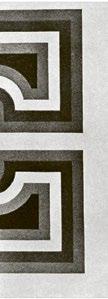

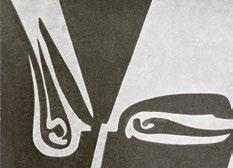


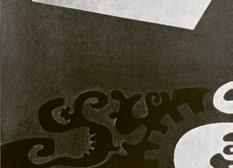
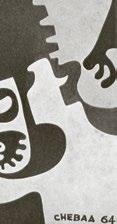

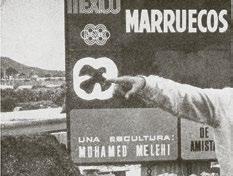
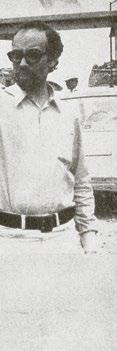

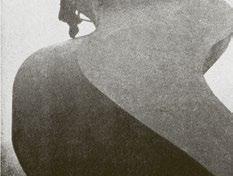
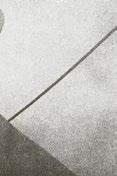


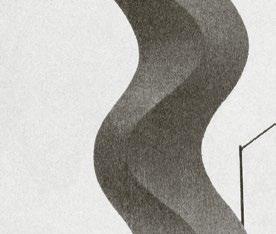
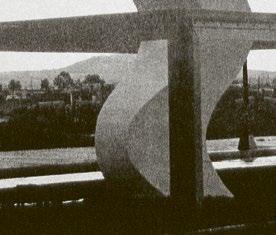

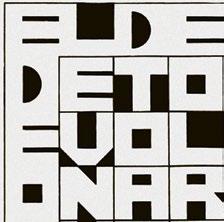

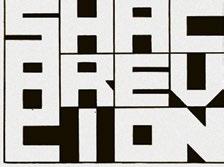

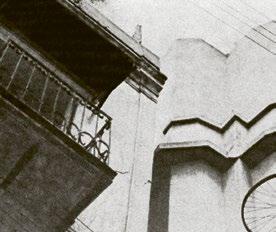


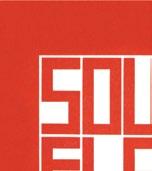
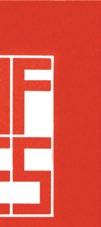

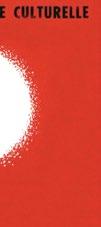


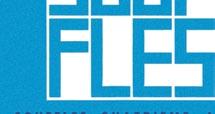
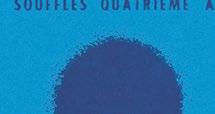
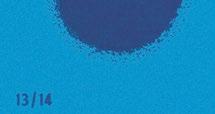
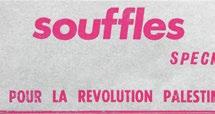
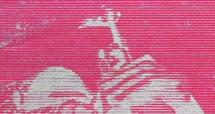
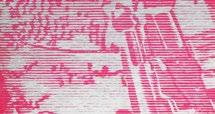
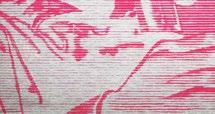
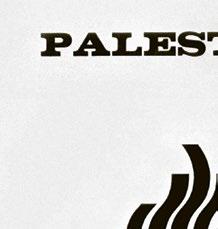
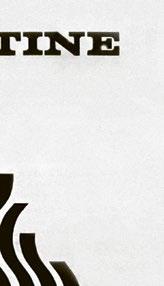
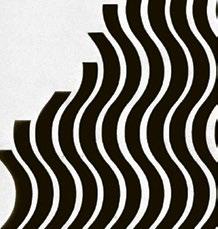
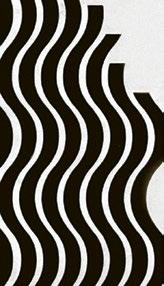
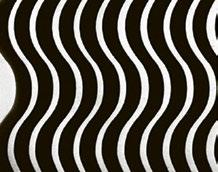

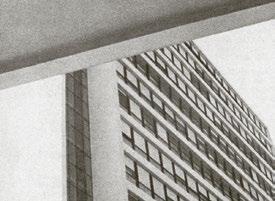
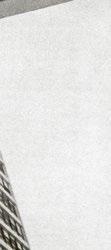

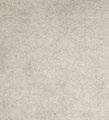

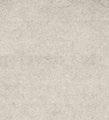
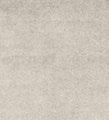
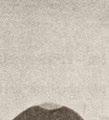
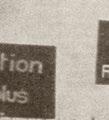
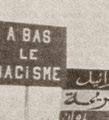


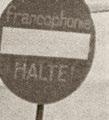
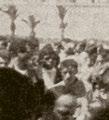

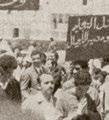
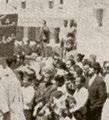
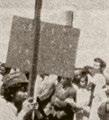
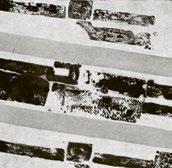
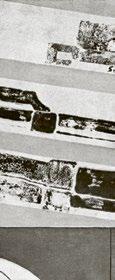
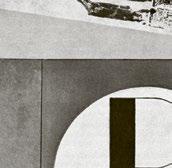
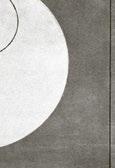
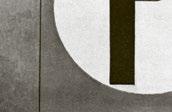
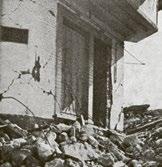
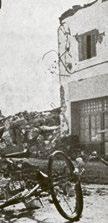
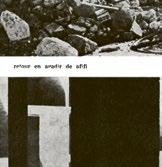
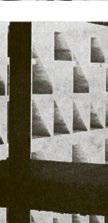
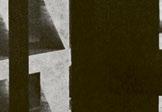
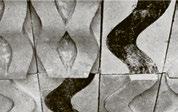
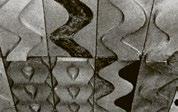
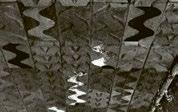
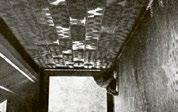
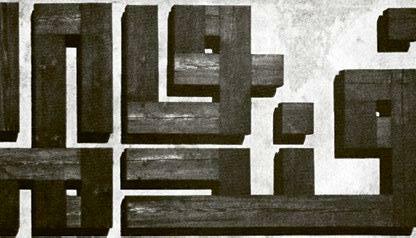
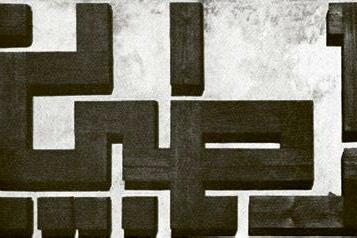
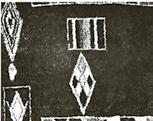


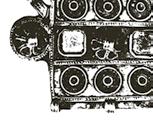
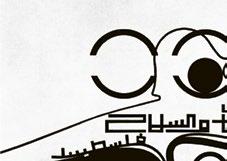

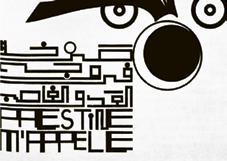
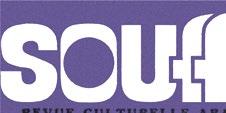
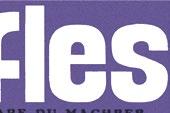
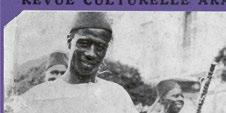
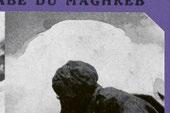
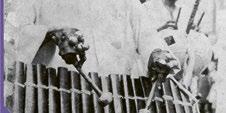
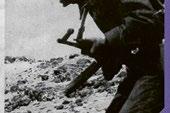


























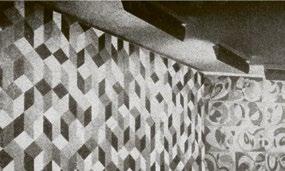

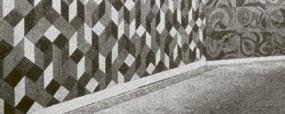

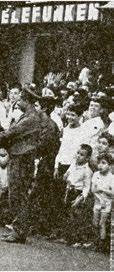
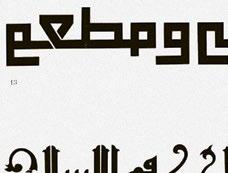

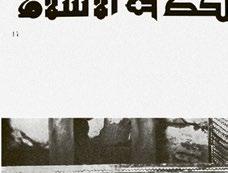
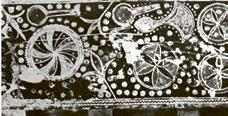

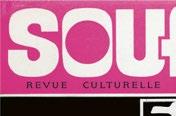
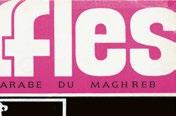
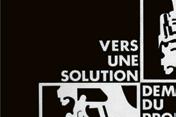


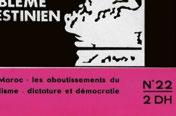
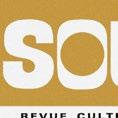

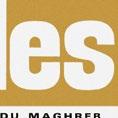

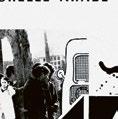
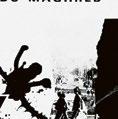
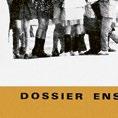
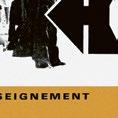
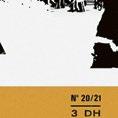
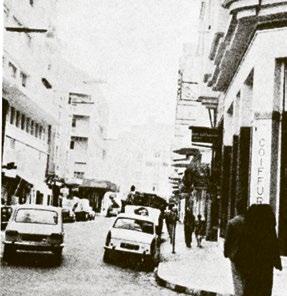
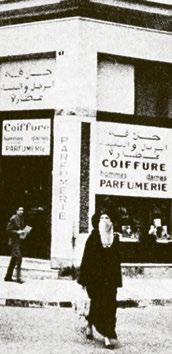





































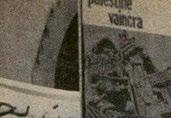
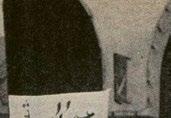
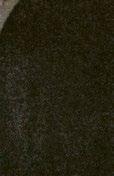
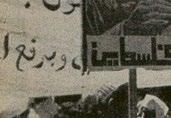

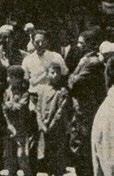
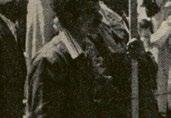
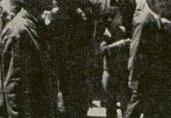
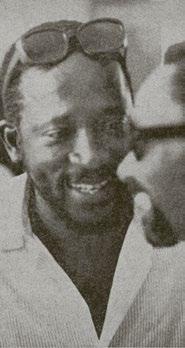












[1] Cover, design by Mohamed Chabâa, no. 18, March–April, 1970 [2] Cover, design by Mohamed Melehi, no. 7–8, third and fourth trimesters, 1967 [3] Table of contents, no. 7–8, third and fourth trimesters, 1967 [4] Cover, design by Mohamed Melehi, no. 1, first trimester, 1966 [5] Cover, design by Mohamed Melehi, no. 2, second trimester, 1966 [6] Cover, design by Mohamed Melehi, no. 3, third trimester, 1966 [7] Mohamed Hamidi, no. 5, 1967, p. 28. [8] Saâd Ben Cheffaj, no. 4, 1966, p. 35 [9] Mohamed Bennani, no. 2, 1966, p. 14 [10] Mohamed Chabâa, no. 1, 1966, p. 12 [11] Jilali Gharbaoui, no. 6, 1967, p. 28 [12] Jilali Gharbaoui, no. 6, 1967, p. 43 [13] Farid Belkahia, no. 1, 1966, p. 20 [14 and 15] Ahmed Cherkaoui, no. 7–8, 1967, p. 87 [16] Mohamed Hamidi, no. 5, 1967, p. 33 [17] Saâd Ben Cheffaj, no. 7–8, 1967, p. 85 [18] Mohamed Ataallah, no. 3, 1966, p. 12 [19] Cover, design by Mohamed Melehi, no. 4, fourth trimester, 1966 [20] Cover, design by Mohamed Melehi, no. 5, first trimester, 1967 [21] Cover, design by Mohamed Melehi, no. 6, second trimester, 1967 [22] Mohamed Ataallah, no. 3, 1966, p. 23 [23] Illustration, no. 2, 1966, p. 19 [24] Mohamed Melehi, no. 1, 1966, p. 26 [25] Cover, design by Mohamed Melehi, no. 7–8, third and fourth trimesters, 1967 [26] Cover, design by Mohamed Melehi, no. 9, first trimester, 1968 [27] Cover, design by Mohamed Melehi, no. 10–11, second and third trimesters, 1968 [28] Mohamed Melehi, no. 7–8, 1967, p. 88 [29] Mohamed Ataallah, no. 7–8, 1967, p. 82 [30 and 31] Mohamed Chabâa, no. 7–8, 1967, p. 84 [32] Bennani, no. 7–8, 1967, p. 83 [33] Jilali Gharbaoui, no. 7–8, 1967, p. 83 [34] Mohamed Hamidi, no. 7–8, 1967, p. 88 [35 and 36] Farid Belkahia, no. 7–8, 1967, p. 81 [37] Mohamed Melehi, no. 10–11, 1968, p. 53 [38] Mohamed Melehi, no. 10–11, 1968, p. 54 [39] Mohamed Chabâa, no. 9, 1968, p. 30 [40] Mohamed Chabâa, no. 9, 1968, p. 29 [41] Cover, design by Mohamed Melehi, no. 12, fourth trimester, 1968 [42] Cover, design by Mohamed Melehi, no. 13–14, first and second trimesters, 1969 [43] Cover, design by Mohamed Chabâa, no. 15, third trimester, 1969 [44 and 45] Ahmed Bouanani, no. 12, 1968, p. 48 [46] Mohamed Melehi, no. 15, 1969, p. 4 [47] Mohamed Afifi, no. 13–14, 1969, p. 43 [48] Benseffaj, no. 15, 1969, p. 97 [49] Mohamed Melehi, no. 12, 1969, p. 54 [50] Mohamed Chabâa, no. 12, 1969, p. 50 [51] No. 18, 1969, p. 25 [52] Detail of tapestry from the High Atlas, jewel from Sous, No. 7–8, 1967, p. 90 [53] Noury, No. 15, 1969, p. 43 [54] Cover, design by Mohamed Chabâa, no. 16–17, fourth trimester, 1969, January–February, 1970 [55] End of year exhibition of the students of the École des Beaux-Arts de Casablanca, no. 10–11, 1968, p. 55 [56] Traditional calligraphy, beam of the mosque of Tagoundaft, no. 7–8, 1967, p. 89 [57] Cover, design by Mohamed Chabâa, no. 18, March–April, 1970 [58] No. 18, 1970, p. 16 [59] Cover, design by Mohamed Chabâa, no. 19, 1970 [60] Cover, design by Mohamed Chabâa, no. 20–21, first trimester, 1971 [61] Cover, design by Mohamed Chabâa, no. 22, November–December, 1971 [62] No. 18, 1970, p. 7 [63] No. 7–8, 1967, p. 92 [64] No. 16–17, 1969–1970, p. 50 [65] No. 19, 1968, p. 22 [66] No. 16–17, 1969–1970, p. 9 [67] No. 19, 1968, p. 78 [68] No. 22, 1971, p. 2 [69] No. 18, 1970, p. 6
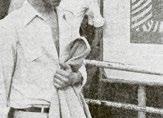
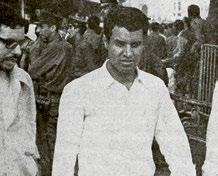
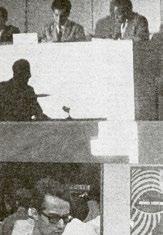
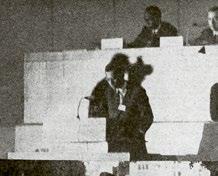
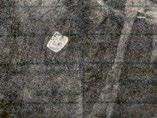
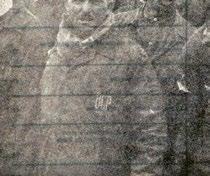
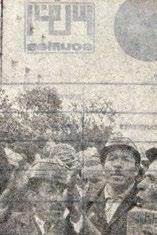
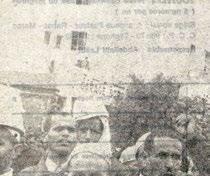










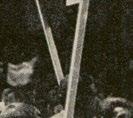
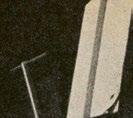

























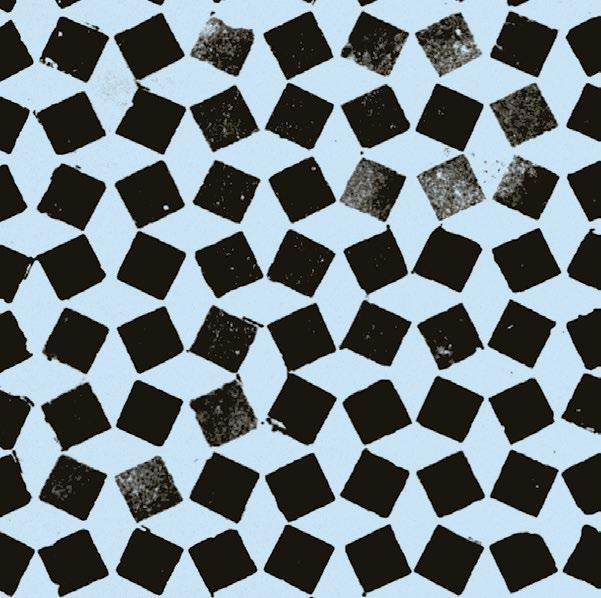

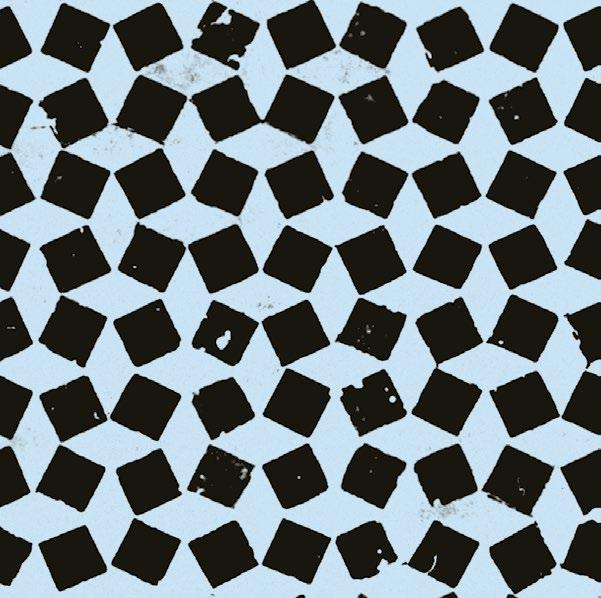
Confusion reigns in the domains of cinema, theater, literature, and the press, and the visual arts have not been exempt. Three painters from Casablanca sent us the following position statement.
The irregularities that transpire when works by Moroccan painters are chosen to represent Morocco in international festivals (the most recent being the Festival des Arts Nègres [Black Arts Festival] in Dakar) and the character of abusive improvisation that dominated the selection of works by several painters without their consent, demonstrate the extent to which some of those responsible lack respect for creators and for artistic creation. One might reasonably expect that a jury whose task is to select work by artists to represent their country on a national or international level should at least possess the competences required to make such a choice: philosophy and administrative competence are insufficient. When will we manage to put an end to the frivolity and arrogance that persuade us that, if we know how to wield a pen, we possess unlimited rights and monopolies in all sectors of creative activity?
The “intellectual underdevelopment” put forward as an excuse or the paucity of writers, thinkers, or critics do not justify this last-resort approach, which consists in stopping up holes, filling voids, and betraying our true nature to force our way into domains that exceed our possibilities and aptitudes.
Such abuse only adds more confusion to the excruciating confusion that already reigns in the minds of a public described as virgin, orientated according to this logic toward all the wrong tracks, and in the minds of pseudo-critics and pseudo-artists. Hence, countless opportunists (framers, cabinetmakers, students by correspondence of the ABC school, public entertainers, etc.: the first Congress of Moroccan Painters included more than 200 painters), have appeared from all horizons. The number of these “Fannanas”
has been increasing over the last few years. The association that shelters them has quickly become a refuge for mediocre artists and freeloaders. We wish to take this opportunity to make it clear that there is no link between this association and ourselves. To demystify the motivations behind this wave of anarchy in the domain of the visual arts and to give these national forms of expression back their dignity, some artists have formed working groups and have tried, by means of manifesto-exhibitions, to draw public attention to the genuine problems that affect contemporary Moroccan painting.
Many painters are aware of this situation. They work in Morocco or abroad, often in precarious conditions. They strive, in their domain, in their own language, for an art that is not debased. With their own signs they seek to translate complex realities within the ambit of a movement of rehabilitation, of transformation, a movement toward the quest for a profound and original synthesis.
Moroccan painting—that is, the Moroccan painting that counts, that will still be relevant in the future when the artist is no longer an object of curiosity, a paranoiac, or a parasite—is faced not only with a confusion of values but, increasingly, with a naive interventionism. It must refuse all attempts at manipulation.
Farid Belkahia Mohamed Chabâa Mohamed MelehiThe statement by these three painters was accompanied by the text below, which we reproduce verbatim. Their canvases were exhibited without their permission at a recent festival in Fès alongside those of several other “painters.” The exhibition organizers saw fit to give one of these artists’ canvases titles to which the Fès public would be able to relate, to facilitate their comprehension: “Fès Reverie,” “Gardens of Fès.” The works bore no relation to these “places,” these “subjects.” We reproduce this preface.
Without further ado, let us enter this universe that quivers with light and ardor. Our painters are visionaries who bear witness.
In search of themselves, like the Third World, they fight, in their work, against their own contradictions.
Witnesses of a scarred and rebellious world, embarrassed and good-natured, the Moroccan painters respond to the call of an “I” that has become another.
At present part of the Third World, they feel that they are involved in the human future being fashioned for the world.
Let us welcome the unexpected florescence of a derivative art that is already putting down roots in Morocco, a splendid, sunny country where all is created with warmth and enthusiasm.
Let us remain attentive.
The impulsion has been given: today we are celebrating, thanks to our friends in Fès, the glorious entry of the visual arts, which have reached their maturity, into the extended family of Moroccan culture. Here they are, cohabiting, in the same pavilion, with the works of Moroccan writers. The pact has been signed, and Zalagh is the witness.
From now on the Moroccan public will be thirsty for the fruits of intellect and taste and will call for a pavilion for their writers and artists at every public event. We hope this presence will satisfy their appetite for abundance.
Let us also salute the blue-toned, warm dawn of Moroccan women’s painting in the persons of Mesdames Al-Chaiba and Méziane, who take up their place among the naive painters we already know: Louardhiri, Ben Allal, Ahmed Drissi . . .
Thank you all, poets, painters, sculptors, writers, who seek to help us discover, through your works, the divine impetus that transforms our souls and seizes our bodies.
Third and fourth trimesters, 1967, pp. 22 80
1. How have the preoccupations expressed in your works evolved?
2. At your present stage of artistic exploration, how do you situate your work in relation to Moroccan visual art traditions?
3. How, in your opinion, has painting contributed to the creation of a national culture?
4. What conditions might encourage the development of the visual arts in Morocco?
We sent this questionnaire to the painters featured in this issue and to others (Ahmed Cherkaoui, André Elbaz) from whom we did not receive responses. We decided to present the work of A. Cherkaoui (whose recent death prevented him from participating directly) in the form of a brief analysis.
At the moment I am very busy with my work, which is not limited to painting, as I am obliged to do something else to earn my living. This forces me to concentrate on other problems than my own.
For this reason, it is diffi cult at the moment for me to refl ect as deeply as I would like on the problems affecting painting on a national level.
But this does not mean that I am uninterested in these problems, which directly concern me.
1 — My immediate objective is to seek the simplification of form and color.
2 — My current explorations situate me within a generation that promotes the pictorial reassessment of traditional Moroccan art.
3 — Painting can contribute to the development of a nation’s culture even if only by instilling aesthetic taste. Painting has a role to play in every domain. For this to happen, the artist must not restrict himself to visual creation but invest in every domain that enables him to transform his environment. Everything should be adapted, and no product imposed by modern, industrial life should be neglected.
4 — We have to prepare people for this transformation that I have just mentioned. It will be the fruit of a collective work. We also have to prepare the way for future artists. But what is vital is the immense task of rediscovery that awaits us. Until now, values and a tradition that did not correspond to our history have been imposed upon us in our studies. The development of the visual arts will be conditioned by this revision.
It is hard for me to situate myself artistically or to assess my own artistic experiments. I am currently in a very stimulating period. I have the impression of having attained a certain balance. I feel that I have sufficient energy to go through with my current explorations. But this sense of achievement is never absolute. I always have a feeling of precariousness about a creation that is still taking shape.
My beginnings as a painter were “figurative.” My chief preoccupation was matter (aesthetic alchemy) created through the superposition of colors. But figurative drawing was only, as it were, a geographic contour of the human being. I unleashed all my anguish, my most instinctive and most mental intuitions, into matter.
At the beginning this geographic contour was a mass of signs and forms that I gradually pared down to a state of austerity and nakedness. The contour that had contained a multitude of signs and forms became concentrated in just one of these signs and forms, which became the conveyor of its own message.
I have never accepted abstraction-figuration terminology. Such terms simply designate categories. They convey above all an external visual perception. They often threaten to limit the deeper content of a canvas, in the same way that the names given to pictures become narrow frameworks that direct and condition communication.
I do not see any interruption in the evolution of my work. There was no passage from what is commonly described as figuration to abstraction, but rather a continuity. What I describe is very easy to see visually but difficult to translate into intellectual concepts and schemas. If my work has evolved, it has always been as a result of
intense artistic explorations. The contours disappear, and we define details that are enlarged until they become limitless. Thus we reach a gigantic reality that offers possibilities for further exploration. When we manage to liberate ourselves from a certain conditioning, painting becomes a real adventure in awareness.
My central preoccupation has always been humanity. This is the source and the objective of all my experiments. Humanity is the basis on which I try to decipher everything. The human being is the energetic cell of our world. This power fascinates me. Even the most spectacular accidents of nature never attain humanity’s power of realization.
This is why, early on, I tried to express every aspect of humankind, all its permanence. And, in an initial phase, all the situations in which it is debased.
In 1950–1952 I witnessed the violence and repression of which Morocco was the scene. Seven or eight years later I had the opportunity to visit Auschwitz. This revealed to me another face of cruelty, of what is mentally unsupportable. Oppression, in its most palpable and crudest form, has always fascinated me. It is a constant and complex human condition. My work bears witness to oppression in particular conditions at a moment when this oppression was clearly defined and virulent. The phenomenon in itself was not the ultimate purpose of my work. I attempted to fix it within the context of an abnormal human situation, a particular atmosphere. Oppression was one of my fundamental preoccupations for ten years. But one can exhaust certain subjects.
Now I would like to explore other paths, to probe the depths of humanity still further.
I seek to approach an intrinsic truth, a truth impossible to encapsulate in a formula.
At present I express this through a certain sensuality
Paradoxically, sensuality, like oppression, is a permanent phenomenon, indissoluble from the human condition. It is another life form that is at once biological, mental, and psychological. It is a vast conscious phenomenon as well as a worldview.
This evidently has no relationship with the vulgarity of eroticism.
The term torture remains more poignant and more concrete than that of sensuality. But sensuality gives me complete freedom of expression.
With regard to my artistic education, I consider myself an autodidact. I decided very early on not to paint in a studio. My real preoccupations evolved independently of any school or academy. The regularity of studio work terrified me. Painting was a compelling need.
During my time in Paris (from 1953 to 1960), I was in a state of confusion. I realized that my capacity to adapt to the country and its culture was merely a facade. This feeling inspired me to undertake a journey to the Middle East (Syria, Jordan, Egypt, 1956–1957). In a way, I went in search of the roots, the sources of my own personality. Unfortunately the situation with respect to creation was, at that time, more degraded and more debased there than it was at home.
After this I went to Czechoslovakia and Italy.
These travels, contacts, and studies enabled me, as a painter, to discover different technical means of expression. But my passage through different schools and studios did not change the content of my work.
I consider the material I use to be important, but I do not restrict myself to just one type. I try always to employ the material that best suits a particular need. Once I have exhausted its expressive vitality, I move on to another.
Generally speaking, I work a great deal but produce little. My work might give the impression of lacking continuity, as I said earlier. For me, it is impossible to express one’s personality by working in series. This does not form a part of my working method.
I became aware of the sign very early on.
Around 1956 I discovered the work of Paul Klee, which impressed me greatly. I identified closely with the presence of the sign in his work. Not until later did I learn that Klee had been to North Africa and that his art had subsequently taken a new turn. This retrospectively justified my initial attraction to his work.
I envisage an organic development rather than a thought process. I accord great importance to the instinctive, dense, almost uncontrollable aspects of the individual. A pictorial form that arises from an instinctive impulsion and that one might consider anarchic at first sight might cover a mathematical structure. Instinct is a raw material, an effusion that is a prerequisite for creation and that we can subsequently understand and subdue. This does not mean that I reject a conscious or even a mental approach. In any case, I dislike extremism. To make a painting based entirely on measurements would be impossible for me, personally. But this does not mean that I question the authenticity of the approaches of painters whose sensibility is capable of materializing this mental, rational aspect of creation.
Humanity, which is my central preoccupation, is virgin territory with infinite depths to be fathomed, an energy impossible to define in all its proportions.
As for tradition, it is an accumulation of creative energy issued from our community. It constitutes our patrimony. The reassessment of the visual art tradition in the current context is not exclusive to us. It is the responsibility of all Third World countries, especially the Latin American countries. This is, of course, a vast undertaking.
But once again, such scientific work is impossible for me. I could carry it out instinctively but not in a rational manner.
Painting is one of the most disadvantaged forms of expression.1 If communication in this domain is difficult, it is because man has been deformed from the outset. He has become used to a particular
1. Music, for example, has the advantage of being essentially abstract. Through its abstraction it offers us more possibility to imagine and create. It does not limit itself. But communication in this domain, too, has become difficult today, because current experiments tend toward concrete, electronic music (which upsets people’s habits).
order, to an organization of the world around him in which he refuses to accept any alteration. Hence he becomes stuck in a visual complacency that renders difficult any further penetration of reality, be it psychological or organic.
Man regards the intervention of the artist in what he considers his inner world as a desecration.
The eye is an essential organ, but it has become atrophied; it has grown old. It is easier to reeducate the other human senses. The eye, on the other hand, begins too precociously to record realities that it is not always capable of rejuvenating. This might be the reason for the inertia with respect to painting, an activity that is fundamentally visual.
Man needs to readjust to today’s world, to his environment, which has undergone huge mutations.
The fundamental problem is an anachronism in human perception. The artist is not ahead of his time, as is often said; it is society that is behind the times.
We need to educate the sense of vision. And to do this we need collective action. The idea of the artist as an individual must disappear. It is absurd to continue thinking of the artist as a genius isolated within society. No form of artistic expression should remain the prisoner of individualism. We are moving ever more quickly toward a merger of experiences.
What I am saying is nothing new: architects, painters, and sculptors in other countries have been working together for fi fteen or twenty years. So this situation already exists. But the problem will arise, and already is arising, for us.
Our possibilities of exteriorization are extremely limited, despite the fact that we are in a country that is in the throes of reconstruction and industrialization. Our activity is conditioned by our social and economic situation. We cannot permit ourselves to live what we think.
This does not prevent us from planning this hypothetical action or from analyzing the spheres in which it could be applied.
The industrial production of objects (to cite only one example) has always been fundamentally artisanal in our country. But in the transition to modern industrial production, no effort has been made to improve the form and the quality of the objects produced. This is where artists can play a role. In highly industrialized countries the artist is not always obliged to intervene in technical spheres. But in a country like ours, specialists are lacking. The artist can help fill this void.
The gulf between developed and underdeveloped countries is becoming ever wider. Our country does not have a courageous industrial mentality commensurate with the preoccupations of our epoch. We lack the information and knowledge that might stimulate a sense of combativeness and competition.
In developed countries, the groups of researchers and aesthetes who collaborate in industry are the source of the aesthetic and functional revitalization of industrial objects. Their researches create new ways of living, of seeing, of reacting. Op-art is an obvious example
of this. It started out as a visual movement and ended up influencing numerous branches of modern industry (furniture, advertising, textile printing). Op-art played a decisive role in the vitality of a certain type of industry.
Experimentation is fundamental, but it demands means that are not yet available to us because of a retrograde and unadventurous mentality. A vibrant and active domain like industry requires a taste for risk and a permanent spirit of invention.
The problems we face relate to the public, to education, to consumption. The advantage of our public is that it is available, prepared to consume all types of painting. When it comes to educating this public, no single method has been successful or contributed to any kind of improvement. Quite the contrary. Personally, I must admit, crowds have always intimidated me. I remain prudent about recommending solutions for communication problems.
Also (and it is almost useless to repeat this, it is so obvious) there is the question of the means that need to be made available to artists so they can dialogue with this public: exhibition spaces (at least in the main cities), debates, conferences, etc. The Service des Beaux-Arts [Fine Arts Service] should not restrict its action to restoring historic monuments but be motivated by a spirit of inventiveness and openness.
However, the basis of any development in the domain of the visual arts is teaching. From experience, we are aware of the very poor standard of students who have had no contact with the visual arts. Drawing and painting should have a real place in educational institutions, not be a peripheral recreation. Art should not be taught with a kind of automatism simply because it is traditional for it to be taught in Europe.
Also, the students know nothing of our visual traditions even though these are an integral part of our culture. It is true that the institutions that are supposed to be responsible for highlighting the value of this patrimony do not fulfill their true function: the organization of the museums of traditional Moroccan art is too staid and old-fashioned.
Our teaching system is hybrid. It follows a European pedagogical model that is itself already outdated. It is a luxury for developing countries to teach a culture that is too general. Pupils in secondary school should specialize very early on, be orientated toward particular branches. We need to adapt our teaching to our situation, to our possibilities, and to our way of life.
Teaching in art academies should, in my opinion, be above all a fi eld of experimentation whose explorations focus on specifi c domains. There has never, for example, been a course on Arabic calligraphy in an art academy in Morocco (before 1964). Aside from teaching its technical aspects, calligraphy can be a means of experimentation, both artistically and in terms of its possible application in advertising or other domains.
I cannot envisage an art academy in Morocco where the students do not come into contact with various modern painting techniques
(even the École des Beaux-Arts [Academy of Fine Arts] in Paris does not propose this). I think that the essential role of an art academy is information, which paves the way for individual explorations.
The way in which art history is taught is absurd in many schools. They go back too far into the past, whereas they should start with art in the present day.
All these measures and suggestions that I have just enumerated are relevant only for the time being. It is important not to reach a stasis. Experimentation should remain our essential preoccupation.
1 — After receiving my academic training, I felt the need to get away from studio work and to conduct my own explorations. Teaching at that time followed a conformist pedagogical system based on a set of European techniques that did not encourage experimentation. This system tried to transform us into future painters in keeping with a certain academic mediocrity.
While experiencing this desire to escape from this rigid teaching, I had begun my experiments (particularly by painting watercolors). This was the beginning of my encounter with impressionist painting, which represented a break with the painting I had been taught.
Thanks to these first exercises I became initiated in the history of painting through practical, concrete work, something I had been unable to acquire intellectually through reading or studying.
After the impressionist experiment I moved on to explorations that were more interiorized yet more closely related to the actual problems I was experiencing. This approach was initially closer to information than to creation. I was influenced during this period by Kandinsky and Picasso.
Kandinsky, because he represented a possibility of expression through abstract painting. His painting corresponded to my own temperament and to the infallible lyricism of any phase of gestation.
Picasso, because he showed me the example of a “realist” figurative painter who had succeeded in transposing physical reality into a recreated reality that suggested a new aesthetic and a new type of content, reflecting a moral and social commitment.
These two encounters were decisive for the forms of expression I would develop later. They marked a twofold progression within my work, the first being a certain figuration that I considered necessary to make a stand on certain social issues. But with this approach I ran the risk of lapsing into an anecdotic, literary style of painting. The predominance of content threatened to suffocate my purely aesthetic preoccupations.
This is why I simultaneously conducted more expressive explorations that enabled me to broach questions of space, of imagination, of aesthetic values.
My departure for Italy in 1962 marked the beginning of a new phase. My time there put me in touch with international painting
and enabled me to witness the development of the most remarkable movements of that period: socialist neorealism (Guttuso), spatial painting (Fontana, Turcato), gesturalism and sign painting (Kline, De Kooning). The latter movement made the greatest impression on me and offered me new perspectives.
Gesturalism, characterized by the exclusive use of black and white, corresponded to the expressivity and the contestation expressed in my earlier works.
I, too, began to paint black-and-white canvases. This decision was not dictated by a need for aesthetic renewal but by the evolution of my consciousness as a man in revolt.
The austerity and gravitas of black and white better permitted me to represent a reality comprised of conflicts, struggles, social injustice. These unequivocal colors gave me the opportunity to express such reality more intensely than in my initial polychrome work.
My contact with avant-garde intellectuals and artists in Rome also increased my awareness of the various problems engendered by the history of art in general, and particularly those surrounding the role of art in society.
I realized that creation has to be accompanied by a conceptual effort that engenders a permanent state of awareness. The artist’s work must be at once practical and theoretical. It must not be limited to the oeuvre. Information and knowledge are primordial. Real artistic awareness, in my opinion, is that which leads to the creation of an engaged oeuvre.
This experience gave me a more objective view of my own work. The expressivity and the spontaneity of my preceding works were, from that point onward, subjected to rigorous control. I managed to better discipline the forms, to define them in a more concrete way.
At the same time, color began to make a comeback. This corresponded to a broader consciousness of human reality. I began to see not only a tragic and oppressive condition but a great vitality that enabled man to defend himself and to seek means of liberation.
This experience finally made me aware of my responsibility and of the need to act within my own social context. From this point, my artistic explorations had found their place.
It was then that I became aware of the importance of traditional art.
2 — We have become separated from our traditions, and a moment of inertia has coincided with a recognized politico-historic phase. In its schools, the colonial system sought to distance us from our patrimony and from our cultural and artistic traditions (which were thus depreciated) by replacing them with their own values. In the domain of the visual arts, easel painting was introduced as the ideal and only means of visual expression. Figurative and academic sculpture was imported in the same spirit.
The colonial system tried in this way to convince us that art could be expressed only through these forms, which were specific to Western traditions.
At that time we were unable to see the cladding of Moroccan architecture, the walls of zellīj (tile) or carved plaster, sculpted wood, Zemmour or Glaoua rugs, ceramics—in short, any traditional autonomous visual works—as an aesthetic particular to us and worthy of esteem as part of a set of universal visual values. We regarded them, instead, as decorative works in the pejorative sense of the term.
We had the impression that art began in our country with the arrival of the picture (according to the principle of Alberti: that is, the picture considered as an open window).
This situation would later have serious and dangerous consequences for the development of the visual arts.
At the time, those responsible for teaching and introducing this imported art were mediocre European painters whose own work consisted in a documentary and exotic form of painting (Bertuchi in Tétouan, Majorelle in Marrakech, Apperley in Tangier, etc.). The first art salons in Morocco were organized on the initiative of these painters.
The Moroccan public’s first encounter with what one calls painting took place in this context. They discovered this art form by means of a very bad example. This type of painting continued until after independence and is perpetuated even today by the disciples and successors of these early painters.
The aesthetic conditioning of an uninitiated public proved a major impediment to communication between this public and the young avant-garde painters in Morocco. Our public’s aesthetic curiosity has deviated from the beginning toward a false appreciation. Because our traditions manifested themselves in their own particular forms, our public assimilated the format of the picture as the only modern pictorial form. It is for this reason that we now encounter difficulties when we try to impose our own modern painting, which is the absolute contrary, spiritually and formally speaking, of colonial and touristic painting. The public that went to see (and still goes to see) that kind of painting found images, anecdotes, a folk literature that it understood as a narrative of objects and landscapes. Painting was conceived like a comic book. This conditioning has accustomed the public to a certain manner of reading pictures. The public does not so much see as decipher objects and events.
We as painters are presently concerned with communication and rediscovery.
We know that our artistic tradition manifests itself in a purely visual context. It resides in an abstraction of metaphysical activity (symbolism of nature in floral motifs) and intellectual activity (geometric forms evoking a nondelimited space). It has no room for anecdotal literature. There is no confusion in our tradition between visual thinking and literary thinking. It does not contain figurative images in the naturalistic sense.
Our tradition has never been contaminated by the confusion (which appeared in Europe from the Renaissance onward) between the absolutely distinct domains of human thinking and creation: aesthetic thinking, verbal thinking, and scientific thinking. Colonial painting introduced this confusion.
Oriental sensibility has always respected the underlying function of artistic expression, which consisted in the conception of external reality and the physical world as elements of a metaphysical life. Landscapes, human life, objects, and attitudes were not isolated, separate events but interconnected within a cosmic order.
This sensibility was not tempted to represent immobile things but metamorphosed them into visual signs and forms, establishing a world symbolism.
Our reconnection with these traditions and with this sensibility is not arbitrary. We refuse realistic figuration not because of a chauvinistic attachment to an abstract visual tradition but, above all, because we consider visual expression to be distinct from literary thinking. This is a conscious choice on our part in the spheres of philosophy and of the signification of art.
The rediscovery of our artistic traditions can also provide us with technical means appropriate to our needs and our realities.
The functionalism of art in Morocco, its radical integration into architecture and the life of the community, are models that will assist in the elaboration of a future national art. The status of traditional art in Morocco is futurist. By adapting it, we can immediately place ourselves within the most revolutionary worldwide movements of artistic revision.
Easel painting and salon painting are no longer relevant to us. But we still face a battle to make our public aware that this painting is an artificially imported activity based on an erroneous conception of art.
3 — As a general rule, most human thinking can be expressed only in a purely visual language. This means that, in the development of a national culture, visual art makes an evident contribution. Our national culture will be shaped by the elements of our history, our profound psychology, the virtues of our race, our worldview.
We cannot formulate preestablished blueprints for a future national culture. What we can do is to make a stand with respect to the factors just mentioned.
The concept of national culture might be interpreted as a fanatical slogan, but for us it signifies the process of recovery of our own personality. Once we have reached this stage of awareness, of responsibility, we will be able to develop principles in the domain of general culture as well as in that of the visual arts. This recovery of self might later enable us to dialogue with other cultures . . . We cannot dialogue with others if we do not know ourselves. But the most important phase, in my view, is the implementation of the principles proclaimed above, which will enable us to develop a form of art that could be proposed to society and debated within that society. When artistic forms created in these circumstances are consumed and made functional, they will become veritable necessities because they will become integrated into people’s daily habits. We can speak of a Moroccan style or of Moroccan art only when these have become a social reality.
In various domains we can observe the contribution of the visual arts to the culture of a country.
Graphic art: can play an important role in visual education because it is accessible. It is destined to be very important in the move toward industrialization. The poster, for example, is a picture within everybody’s reach. It is addressed to a mass psychology. While conveying a message (advertising a product, etc.), one can begin to accustom the beholder to a particular way of receiving this message. This helps develops his artistic taste and gives him the ability to make aesthetic choices.
Industry: artists can furnish prototypes for future national products. Moroccan artists can conceive, for utilitarian and industrial objects, forms and dimensions appropriate to the local psychology and way of functioning.
Artists can help shape an entire future civilization. Cultural movements can help determine all forms of life within a society (housing, clothing, furnishings).
Architecture and urbanism: art can contribute effectively to the aesthetic education of society through permanent daily contact.
For the moment, it is a question of developing principles for these future developments. But the distance between pure creation (the picture) and mass consumption (a glass, an armchair, or a dish) is simply the result of a historical process. If we manage one day to apply these principles systematically, we will be obliged to question the new situation in order to find opportunities for originality and to escape from convention. Our future realities will dictate new choices and new forms of action.
Taste in our society is corrupted. This means we have to start from scratch. Without this corruption we would have been able to use an asset (our tradition) as our starting point. The process of depersonalization and corruption that began under colonialism continues today because the masses are refused access to instruction and culture. The institutions responsible have done no work of revision.
We must fight a battle on the front of aesthetic education, do away with the prejudices that mold artistic sensibility and taste. To do so, we have two recourses. We need a national education program. Individually, artists must intervene in every domain of education. They must clear the way so the public can be prepared for a new receptivity and a taste in harmony with its own personality.
4 — We first need to establish structures to initiate this development, the first measure being to give the visual arts their rightful place in the National Education Plan. This is indispensable to artistic education in our country. We also have to use all the means available to ensure the inventorying, protection, and improvement of our artistic patrimony (which are essential for an authentic artistic education).
Traditional crafts are primordial, in my view. The Direction de l’Artisanat [Crafts Directorship] must realize the urgent need to create a department of drawing and artistic direction directed by national artists who are aware of the socioeconomic and aesthetic problems affecting Moroccan crafts. These artists could make an inventory of popular art and carry out a critical study of craft products from
independence to the present. They could look for ways to improve the quality of these crafts, avoiding an approach that merely attempts to satisfy commercial and touristic needs. In collaboration with craftspeople, they could put a stop to the serious mistakes that have been made and do away with prejudices by developing new prototypes that are not copied from foreign industrial models. While retaining the most positive traditional qualities, they could bring about a functional and aesthetic rehabilitation and a renovation in the domain of crafts. Within every cooperative and trade should be people responsible for directing development, research, and analysis on the aesthetic front. For all of this to happen, we need urgently to train managers to take charge of museums, craft cooperatives, and artistic education. Drawing departments could also be created in the audio-visual services (television and cinema) for visual and graphic study and production. This would be a means of popularizing artistic culture within society.
Industrial drawings and prototypes have until now been furnished by foreign design offices. It is time that the directors of Moroccan industry became aware of the need for Moroccan artists to collaborate in conceiving and developing models and prototypes of local industrial products.
Graphic art can also make a contribution, but at present almost all graphic production comes from abroad. The nationalization of the graphic arts and the advertising market is a necessity. Moroccan artists could then take on one of the most important domains for psychological and visual—and consequently aesthetic—conditioning.
Finally, the Service des Beaux-Arts should revise its policy of action by developing a program that is not limited to accidental manifestations but takes account of the current requirements of art, including national and international exhibitions and opportunities for encounters with our public and with representatives of contemporary international artistic movements.
Ahmed Cherkaoui’s premature death restricts the possibility of conducting an analysis of his work at this stage. To situate it objectively and proportionally within the context of Moroccan painting during the last ten years would require a great deal of further research into his ideas and his work.
It is feasible, however, to give a brief presentation of his work that will go beyond the personal stories and historical analyses that will undoubtedly appear in the future. We consider this necessary to give the reader an element of reference, to better understand the artistic documentation, and also because we are conscious of the historical reality represented by Ahmed Cherkaoui’s painting.
In Poland in 1961 he produced a series of canvases (paint and collage on hessian) that expressed a lyrical and poetic quest, intelligently controlled and at times austere and modest (the same modesty he had admired in the work of P. Klee and M. Ernst). In this series he
shared some of the aesthetic preoccupations of what was then known as the École de Paris [School of Paris]. This convergence manifested itself in his chromatic sensibility and expression of matter.
Cherkaoui was then lured into a rather dangerous aesthetic experiment under the influence of the easy charm of the informal painting of the 1950s and the ambiguous Parisian “matérique” theories (never as radical or courageous as those developed in Spain or in America), which, in my opinion, led his artistic explorations somewhat astray. The material, “charming,” and decorative aspects of his work were accentuated to the detriment of an intellectual power and a visual curiosity that he kept closed up within himself for some time. Whence the series of gauze collages and small gouaches, intimate and precious, too easy to understand and too weak to stand up to the rigor of his continuing explorations.
This work was successful, and it carried on.
But Cherkaoui became gradually aware of the impasse toward which his work was heading. He reconsidered all that he had kept closed up within himself: his interest in signs and symbols, in formal vitality, in amplified space, solid colors. His awareness was intensified by his growing nostalgia for Morocco, its art, its visual traditions, and their psychological significance.
His interrogation was at once instinctive and intellectual. A binary, parallel, almost “schizophrenic” activity characterizes this crisis. He was still immersed in painting little “charming pictures” while simultaneously exteriorizing in a series of large-format canvases.1 In these latter canvases (which are certainly the most important and interesting in his oeuvre), he gradually simplified his backgrounds, thus accentuating the importance of the sign-personage.
These signs—broad, strong, solid—concentrate the beholder’s attention and attract all the chromatic vibration, dispersed and effeminized in the gouaches, which here becomes confident and vivid. The backgrounds, initially somber (blue, green) become lighter: white, yellow, luminous, and transparent. The canvas is no longer a shapeless amalgam but a space or a series of superimposed spaces, terribly authentic.
T. Maraini1 — The initial shock that prompted me to begin my personal explorations was a Van Gogh exhibition I saw in Paris in 1959.
My artistic culture at that time was very basic.
Seeing that exhibition made me aware of the work I would need to do to find my own form of expression.
What affected me in Van Gogh’s painting was primarily the sobriety, the self-assurance, and the mastery with which he treated his subject matter and the meticulousness of his chromatic research. A sort of transcendence through simplicity.
1. These
After a year of exploring the city and frequenting museums (I had arrived from Morocco and was thirsty for knowledge), I enrolled at the École des Métiers d’Art [School of Creative Professions]. But after two years I had to leave because I was unable to adapt to rigorous discipline. Also, the École des Métiers d’Art was geared more toward the acquisition of a profession and a technical specialization than to the possibility of an artistic vocation.
I enrolled at the École des Beaux-Arts [School of Fine Arts] of Paris in 1962. At last I was able to work freely.
Frequenting galleries, travel, and the contacts I made at that time opened up other fields of exploration. I discovered the painting of Matisse, P. Klee, and R. Bissière.
What I appreciated most in the work of these painters was their discretion. During a period when artists had a tendency to seek glory, these painters valued artistic exploration above all else. I am personally very sensitive to the human qualities of artists. On a purely aesthetic level, what attracted me in their work was the simplicity with which they treated large spaces—a fl at treatment, devoid of perspective (especially in the work of Klee and Bissière)—the profound softness of their colors, and, generally speaking, an absence of provocation. Their work refuses to provoke scandal and expresses a straightforward desire for communication, rendered all the more intense by its very simplicity. These painters carried out strictly pictorial explorations and consciously produced work that was meditated and organized.
Their explorations and discipline corresponded to my own temperament and working methods. For me, painting is never a provocation but rather an internal activity whose significance is always long-term.
I then began my own explorations, in which I sought total independence. I was attracted by the works mentioned above because they accorded with a form of expression that I was developing myself (not entirely consciously). The expression of a certain physiognomy of the nature and the soil of Morocco. This is why the experiments of P. Klee that had the greatest impact on me were those he carried out after his famous contact with the Maghreb and the Middle East.
I am intrinsically rustic, and I try to express what is inside me, a philosophy of the soil and the light.
When one observes the Moroccan countryside attentively, one notices that all the lines are dissolved by the sun’s rays. Distinguishing the contours is impossible. Only color counts. Human and physical nature is organized in colored shapes. Any given form becomes a mass emerging from the earth, especially when it is very hot and the luminous vibrations add even more movement to this vision. There are no immobile masses.
My work does not contain regular, unchanging shapes either. The colors are not distinct. I always try to recreate a vibratory movement, a spatial sonority. Forms and masses are in permanent movement.
Thus, even if the composition is based on a physical reality, no immediately perceptible visual image is represented. I proceed from
perception to imagination in order to destroy the image received and to reincorporate it into a nonrepresentative composition. I give a conceptual structure to natural forms by submitting them to an intellectual judgment.
But reality is also an organic nature whose life must be recreated on the canvas. This is why my relationship with the canvas is also physical, an attempt to penetrate a virgin space. It is a sensual relationship. It is about penetrating to instill and recreate life. I have to concentrate hard to avoid impotence. I work the canvas relentlessly until I reach a point of exhaustion.
Colors, like shapes, produce physical effects (as does sound), but the reactions that they can provoke are not merely animalistic. They are also aesthetic and spiritual.
2 — Arab and Muslim art represents for me, firstly, nostalgia for the desert, reverie, the poetry of life. It is the legacy of a life that was nomadic even when implanted. A civilization of patience.
I can evidently relate to this art that excluded fi guration: the combined arabesque filaments without beginning or end, the regular geometry (squares, rhombuses, polygons) introduced after contact with agrarian civilizations and that could not stand up to the blast of air that sweeps away all forms in an endless and obsessive repetition.
The discovery of rural Moroccan art also made a big impression on me. This art possesses immense expressive power and rigor, transmitted by simple means.
The source is in the pictorial space itself, and each visual element contributes to the organization of this space.
But I should point out that my contact with this art is only in its early stages. I was absent from Morocco for nine years, and need some time to readapt and to reimmerse myself in our reality. Only then will I be able to increase my knowledge and to see more objectively to what extent this tradition is relevant to me as a painter. We must not make the same mistakes we condemn. The revaluation of our artistic patrimony must not lead to another form of naive art.
We must integrate this tradition but move beyond it, because our epoch has different artistic requirements.
3 — This painting must reconnect with our traditions, be sustained above all by values that are truly national in all domains. The painter’s action must not be limited to creation.
Instead of belonging only to the “creative universe,” painting should also denounce the conditions that prevent communication among human beings. For this to happen, painting should not be limited to a privileged few but be an integral part of the life of the community.
Painting has a social and a cultural role. It can intervene in many aspects of economic and social life.
Painting must completely reinvent itself if it is to participate in the construction of a national culture in Morocco. We must give visual
creation revolutionary foundations. We have to counter the prejudice that afflicts the entire Third World: the idea that its art is merely an expression of primitive man.
4 — What we lack in Morocco are the means for artists to diffuse and popularize their work, such as exhibition spaces and the comprehension of intellectual circles and decision-makers, who still have a very narrow conception of art and artists.
But we have vast possibilities. We need to exploit these as much as possible. I consider that we are at a departure point, and it is important to be aware of this.
We must engage in dialogue with every stratum of the population. Several factors will encourage this dialogue.
First, a collaboration between architects and painters. Our country is ideally suited to monumental art (Mexico has given us a striking example of this collaboration between architects and painters). This experiment is starting to spread to Europe. I have had the opportunity to participate in this work (painting frescoes abroad).
Audio-visual means can play a signifi cant role in this respect. It is crucial that the public realize that alongside cultural modes of expression such as theater, poetry, and music is another form of expression that is just as valid: painting. Debate programs, interviews, or projections could increase awareness of the problems faced by art (both traditional and contemporary), gradually diffuse an artistic education to the public, and make the public aware of the socioeconomic role that painting can play.
This education can take place everywhere. In national museums or in regional museums where local craft objects are exhibited. In the street, even. To choose a small example, consider the shop window. Shop windows can play just as important a role in artistic education as can a museum. They are a means of immediate communication, within reach of everybody, and would permit us to combat on a daily basis the psychological and visual deformation of our public. Windows can be dressed, for example, to coincide with popular cultural manifestations (children’s toys for Ashura, costumes for the Eid al-Adha, etc.). While helping to create an authentic atmosphere for community events, they would also be living reservoirs of aesthetic education.
The means of action, then, are legion. What is more, such work represents the best opportunity of fulfilment for the artist himself, who will feel that, with his own expressive means, he is participating actively in transforming the fundamental culture and the existence of an entire people.
1 — I have been through various artistic tendencies: French impressionism, the golden age of Dutch painting, German expressionism. I began making abstract paintings in 1952. When I returned to Morocco,
I felt we had to leave behind our geometric traditions to create painting that was alive: to give the canvas movement, a sense of rhythm, and, most important to me, light.
I tried to render warm and visible the cold, abstract light one finds in the work of the Dutch painters, like Vermeer of Delft.
The quest for light is crucial for me. Light never lies. It washes our eyes. Luminous painting illuminates us.
Painting without light or intellectual painting deform our vision and our relationship with the world.
Generally speaking, I cannot make an evaluation of my work, even provisionally. Fifteen years of work are not enough. I still consider myself a beginner.
2 — This is very tricky question. It is not for me to analyze the relationship, in any case.
Another point: our artistic tradition is above all functional. Our art has most often been manifested in architecture.
After the creativity of its beginnings (the Alhambra is a masterpiece of visual art), Maghreb art repeated itself for centuries. It declined into plagiarism
The tradition has certainly contributed to my work. One cannot escape one’s environment. But one cannot always express what is within.
My personal work has always been a quest for transcendence. My experience can be of use both to the craftsman and to the modern artist.
3 & 4 — During the Venice Biennial in 1959, in which forty-two countries participated, young Moroccan painting was a revelation for European painters. And I saw clearly that our painting is still much closer to the earth than that of other countries.
No effort has been made subsequently to make these painters known.
The Direction des Beaux-Arts [Fine Arts Administration] in Morocco is run by idiots. We are often reduced to going through foreign missions to become known abroad.
During my time in Holland (1965–1966) I realized that painters there are well protected, as they are in several countries.
When I am out of the country I can produce and progress much more than when I am here. An entire context permits this: a public already prepared, museums, critics, groups, and movements in relation to which one can situate one’s own work.
In Morocco we still have a battle ahead if we are to impose our painting, create a movement around it. This battle is bound to be slow because the general context is not dynamic. Moroccan painting developed enormously ten years ago, but over the last few years this development has lost momentum because of various obstacles.
Moroccan education is inadequate. Nothing has prepared the Moroccan public to accept what we are doing in the domain of the visual arts.
In schools they do not teach young people to see.
The type of painting that foreign missions exhibit in Morocco is already classified and part of the past—a fragmentary past at that.
Seeing such painting does not encourage the Moroccan public to get to know modern painting or the current artistic experiments in the world.
As a result, this public cannot dialogue with our painting, which corresponds to today’s art movements.
We are also hindered by the presence in Morocco of an exotic style of painting often produced by foreigners (sometimes by Moroccans): painting born in Morocco under the protectorate in accord with the tastes of officers.
This style of painting, rejected even in France, occupies center stage here and inhibits the development of Moroccan painting.
Art cannot evolve anywhere unless the social and economic structures allow it. In the current situation we find ourselves at a dead end.
We live more or less in exile; this is the future our country holds for us.
1 — I became accustomed much too early on to doing personal work in which the imagination played an important role to be able to accept the teachings of the École des Beaux-Arts or, later, of the Academy. It was impossible for me to follow a course with a teacher. Once I arrived in Spain, I began to study sculpture, because it deals with terrestrial dimensions, geophysical forms. One retains one’s creative liberty to a much greater extent. From then on I was much preoccupied with furthering my experiments with material space. Exploration of form has to involve physical action: it is the creation of volume in the void. In Spain all the sculptors I knew at the Academy at that time were into making Christs and crucifixes. I fled from this situation, not because of any religious prejudice but because I did not share this narrow commitment and this staticism.
My Madrid academic experience ended one day after a visit to an exhibition by the Spanish painter Manolo Millares (of the El Paso group). Millares was showing pictures on hessian with nails and dripped black and white paint. The very same day at the Academy, in the drawing class in which I was enrolled, forty students were drawing a nude. I found myself caught between the academic nude and Millares’s hessian canvases. I chose the expressive reality of the tormented canvas and rejected the nude.
In 1957 I left Madrid to study and work in Rome.
My arrival in Italy coincided with some major events. After the last war Italy was where the most marked manifestation of a renewal in aesthetic taste emerged. The country was in a period of fermentation that encouraged the development of new artistic movements.
Confronted with this situation, I considered that to find my own form of expression I first needed to digest other forms. I carried out all
sorts of experiments: Action painting, organic painting, spatial painting, dripping, collage. I tested all the possibilities offered by graphics and the incision of surfaces, all the techniques. It was a period of searching.
But I felt that this painting I was experimenting with corresponded only to a contemporary academicism. These techniques did not mean the same to me as they did to a Westerner. In their European context they were a bid for liberation in the quest for new forms and content. For myself, unpreoccupied with an artistic past, these experiments were simply possibilities. I was well aware that I was not fi ltering, organizing, and questioning my own culture. I was simply an observer. My artistic activity was the result of this observation.
The advantage was that, instead of following European conformism and static academicism, I pursued a revolutionary local strategy of experimenting with the most avant-garde methods that the European artists were trying to impose on their society. This experimentation was possible in Italy more than it would have been in France or elsewhere because of the democracy that reigned among artists in Rome and the spontaneity of contact.
But a time came when I no longer needed to carry out multiple investigations and began to make decisions. I had to make a choice. The phase that marked the beginning of my systematic experimentation was my collage period. In collage I found what I had always liked: manual work, action, physical contact with color and form, and eradication of the paintbrush, of the tool as an intermediary between the artist and the canvas. In collage, the artist has to contribute a great deal. One really lives the object. Collage brings physical, animalistic satisfaction. I pared collage down to the essential: verticality and the color black. In the color black I found emptiness and tranquility. In verticality, the rhythm of the human being. For me, all that is vertical is alive. Rain falls vertically, we are vertical when we pray, the number one is vertical. Vegetation grows vertically in the earth. One vertical band next to another signifies order, succession, and continuity. This order, lacking in the world created by man, is what I envisaged in my collages. This was the time of the Zen vogue in Italy. Belonging as I do to an Islamic culture, the initiation into this doctrine was not difficult for me. Through Zen I also began to rediscover my own culture despite being in the West. What I found attractive in Zen was the discipline of liberation from all attachment to a given form or idea. It is a philosophy of personal discipline, using specific methods. We have to destroy the idea of the object to see in the object another object. Liberation from all conditioning culminating in integration with the object. This Zen morality is very important for the liberation of artists, because they are always shaped by aesthetic and social conditioning. There are no innate artists. Zen discipline methods are very interesting for the artist, who experiences a constant conflict between reality and nonreality. The painter is educated through contemplation (at first unconsciously), by the faculty of observation. He sees a tree, for example. Then he moves, and the tree is no longer before him. All that remains within him is the idea of the tree and the word tree. Along with the word and the idea, the artist also has the image of the tree. He thus finds himself
before two trees: the real and the nonreal. This is a conflict. He does not know which tree should be the subject of his artistic intervention.
Zen discipline might consist in the contemplation of the tree according to the following process: you have to look so hard at the tree that you reach a point when you no longer see it in order to see it
The aim of Zen, basically, is enlightenment that brings about total detachment from material reality.
This is a vision similar to our way of perceiving the world. In Zen, rationalism is also totally absent. Culturally, we are not rational either.
Western painting, having reached a point of sterility, discovered this new vision. Western painters’ interest in Zen philosophy proved they were in a position from which to contest their own culture.
My encounter with Zen enabled me to liberate myself from academic methods and coloristic tradition. In Zen culture, I found the confidence to start from scratch. My appreciation of Zen was important not only artistically but spiritually. I enjoyed a period of great tranquility. All my complexes had disappeared. There was no place for an inferiority complex concerning a culture that found material for renewal and revision in an Oriental spirituality close to my own. This was important for my position as an artist in Europe. The self-confidence I gained opened vast horizons and enabled me to treat subjects without complexes.
A second phase that was important for me was my time in America (1962–1964). I had always been attracted by the U.S.A. I was already familiar with postwar American painting, in which I had discovered new explorations and conceptions of matter and space. I also desired to go to America because it represented an opportunity to distance myself from a continent where the differences between academic and nonacademic art were still polemicized.
Still, what contributed to a change in my work was not so much the painting in America but the country itself, its way of life.
America is a country in which life is almost exclusively outdoors. Everything happens on the street. All the fruits of human effort are displayed outside, and this creates a striking visual environment.
The main preoccupation of American artists is their relationship with society. American civilization is reflected in art much more than it is in Europe. American art bears witness to the geographical dimensions, to the violence of the continent (the crowds, the motorways). In Europe we remain, comparatively, on the scale of the alleyway (one only has to look, for example, at the dimensions of American pictures compared to European ones). The quest for identity in American postwar art also enlightened me greatly. American painters recently discovered that they were not really participating in European history. This heralded the birth in the U.S.A. of a new aesthetic reflecting new mentalities and modes of production and consumption.
During my stay in New York I had gradually become aware of science and its relationship with the human. My painting became my master (I learned this only after having painted, because painting, which came from within, taught me what I did not know consciously).
I began experimenting (sometimes my experiments were rigorously planned, other times instinctive and accidental), particularly with
squares and wave motifs. The squares were not decorative elements but part of a signage system within the relationship governing science and humanity. The wave brought music and movement into my work. It is vibration. It is also communication in space. It represents sky, woman, sensuality, water, the rhythm of pulsations. It is calm.
For a painter today the issue of the “still life” is not as relevant as it once was; the discovery of a new nature has suggested a new language.
But once I returned to Morocco I became more aware that, during the ten years I had spent abroad, I had been living in a state of nonidentification. I also felt the need for total integration and for an action from within.
What was more, in America I had discovered the feeling of the continent, and I felt that it was possible for me to identify with a continent like Africa.
It must be said that I had returned from a country where I had experienced discrimination. In the U.S.A. all I represented personally was a cultural absence. On my return it became imperative for me to seek out the culture I had lacked while abroad.
2 — Islamic art has always been removed from conventional reality, even when it was “representative.”1 We can see that in this art there has always been an intentional disproportion, which in truth stems from freedom of interpretation, not from gaucheness of execution. This is why I refuse to accept the oft-repeated statement that Arab and Muslim art rejected representation because of religious prohibition.
Classical Western culture, on the other hand, idealized everything. This is why, to represent the human body, it sought out the physical prototype of the perfect man. An artist of Greco-Roman origin expressed an idealistic plurality. Art in that period was in the service of mythology and of religious beliefs. This fact conditioned its execution. The artist was obeying a diktat of beliefs, which he represented according to his vision of everyday life. It is an anthropomorphic vision of art.
Arab and Muslim art stems from a completely different mentality. Islam is not about poly-idealization. Apart from the idea of God, everything else is a material world condemned to destruction. All idealization is therefore concentrated on the existence of a single god. The artist could not idealize an illusory, provisional world. The Arab mentality is essentialist. The Arab accepts reality. Reality neither defies nor intrigues him. Once the Arab has integrated physical nature, he seeks out another reality, this time indestructible.
Figurative art is a pure invention and a necessity for a class-based society. The spirit of Islam has not encouraged the development of social classes. And the absence of defined classes obviated the need for the creation of a sort of general staff to exercise exclusive control over art (like the clergy in Europe). Artistic practice has remained free and within reach of any member of society. The aim of art in the Islamic world (as we can see from Moroccan art) is therefore functional.
1. For documentation see “La peinture arabe,” Les trésors de l’Asie. Text by Richard Ettinghausen (Geneva: Skira, 1962). 2. Urban art in Morocco was accordingly condemned by Western specialists as purely “decorative.” Decorative is a pejorative term according to this terminology, meaning art that is not noble.
The bourgeois mentality demands that “good” art be a source of enigmas, marvels, and “beauty.” Artistic value can be expressed, according to this mentality, only through difficult work that requires great courage. This intransigence has condemned many artists in the West who, in the eyes of that society, do not fulfill the conditions of skill and perfection.
For a conformist mentality, geometric art, for example, is a mundane art, easily accessible and lacking in erudition. 2 Geometric art is regarded as filling a void. Geometry is thought of as flat, linear expression but not as spatial expression. The Arabs developed geometric art with the same vigor that they developed the mathematical sciences. Arab geometric art does not remain on a linear level, as might seem the case at first sight; it corresponds to a profound geometry that leaves room for a plurality of mental suppositions. A culture that has produced personalities such as al-Khwarizmi is certainly also capable of producing thinkers in visual expression.
Numerals are forms easily comprehensible in the same way as the triangle, the square, and the circle. Combined, they propose a mathematical formula that gives rise to logical reasoning and leads to a mental exercise. Likewise, when combined, the three basic geometric shapes offer an infinity of optical inventions. Our art proposes contemplation rather than a frozen reality. Our art, which might seem static and synthetic, is an art of transcendence, mobility, and vibration. This mobility and vibration are the only intrigues that convey messages and visual education for the beholder. This is a form of art that does not use literary or historical culture in its communication. When a Western artist paints a historical scene, the spectator must be familiar with the event in order to consume the work. Our art, on the contrary, is permanent, present, and accessible to anybody independent of their education or culture. An art that is not necessarily limited to a dynasty of styles or periods. Our culture has produced an art that can be universally consumed. Our culture, finally, is not a culture of mourning. We have no sense of the macabre nor an obsession with death. The sense of guilt does not exist in our culture. So we do not have these preoccupations.
In the period preceding industrial development, all these factors permitted art and culture to flourish in Muslim society.
Our national art is the opposite of European Renaissance art; the Moroccan visual tradition does not reference representation. It has no need of perspective. It is not three-dimensional. Purely Moroccan art is an angular art opposing two entities of equal value. It is a candid art.
European Renaissance art emphasized the importance of rationalism, of the three-dimensional. It insisted on making visible the reality perceived by the intellect. To do so it used canons (perspective, dimensional harmony, a structure that was more intellectual than visual, rational methods). The Renaissance was at the origin of the academization of art. It was a necessity for the cultivated individual.
Today, we feel the need for a different kind of artistic renaissance. Op art is an example of this, since its aims are predominantly visual. Before this the square form (the picture) was a hole. It had to represent an ambiance. Now it delimits a spatial phrase. It is a pyramid.
Contemporary artistic tendencies seek to make of the canvas an atmosphere that becomes integrated with the angular rhythms of architecture. It becomes a dimension like any other.
We can see from this that modern artistic investigations and preoccupations, liberated from the illusionism of classicism, correspond in many ways to the values and the virtues of the Moroccan visual tradition. Popular art is about utilitarian objects (dishes, rugs, etc.), religion, mythology, even about the behavior of the individual within society.
Modern art, precisely, is tending to become an art of the object. We are beginning to efface this separation, to understand the functionalism of art objects.
From my own perspective, discovering Moroccan art visually made me realize that my work had instinctively been heading in this direction. My rejection of academic art had, of course, prepared me for this. My increasing knowledge of our artistic traditions marked a new orientation in my artistic experiments, within a new context. Obviously, it is not a question of copying traditions or imitating the models of traditional art but, first and foremost, of creating a rapprochement with Moroccan artisans by observing their work. Establishing a relationship with them. Valuing what they do. Consuming their drawings, their disposition of color, in the same way one might consume a “Picasso.” This in order to place our artists and their production on an equal footing with any other modern artistic production.
What I say might seem extreme, but it is inevitable for me. It is the means of liberating myself from ten years of training abroad. Once I have reached this conception and can place the Moroccan artisan on the same level as any other modern artist, I am sure that my artistic production, whatever turn it might take, will go in the same direction as traditional Moroccan art, but psychologically transformed.
On the purely artistic front I am in a phase of development, and thus to make a comparative study would be dishonest. It is not my role to do so. I can say, however, that the conception of space and geographical distribution of the painted surface is a major preoccupation in my work, and I find that it approaches traditional principles ever more closely.
3 — A national culture does not come out of nowhere. It is an edifice formed of successive strata. Wherever there are human beings, there is a culture. Today’s Moroccan culture developed over centuries. In Morocco we have benefitted from cultural contributions from the continent and from abroad, infusing them with our own creative spirit.
But to develop a culture without attempting to identify with an already-established patrimony is impossible. A culture trying to find itself is always based on the dynamic forces of this heritage and of previous acquisitions. Its development and evolution will depend greatly upon this act of recovery.
A major work of investigation, observation, and research is required for this to happen. The painter, armed with his graphic and
aesthetic expertise, undertakes a voyage into the past. This knowledge of painting, as an occupation and as a visual language, constitutes his investigative instrument.
The idea of national culture should, in my opinion, be clarified. It is not an absolute goal or the final stage in an evolution. The present moment is charged with dynamism; it permits an identification and a recovery of the self. It is a moment when we have to situate ourselves in relation to other cultures, get rid of our complexes, and become truly aware of our own being and situation. It is a first adventure, one we are destined to surpass in the long term.
I will also try to answer this question using the example of my current activities and my work with other painters at the École des Beaux-Arts in Casablanca.
When I took up my position at the academy in 1964, I discovered that its teachings followed foreign academic traditions to the letter. It remained, moreover, at the documentary stage, orientated toward a culture and realities that did not meet our needs in any way.
This shock helped me realize that we needed to carry out a rescue operation. First, we had to help the students move forward in time, away from academicism and toward a healthy condition of what one might call modern art. This method brought us back to the present and its universal visual preoccupations.
I next discovered that we could not import modernism. The rehabilitation of our own values was much more vital and urgent. And modernism, for me, resides precisely in this rehabilitation.
We began this undertaking in the context of a culture that was less sure of itself—less assertive than academic culture but also less dogmatic. Our teaching is taking form as our investigations progress and as our knowledge of our artistic patrimony increases.
Here I must clarify something. There are several temperaments among painters: some improvise forms and colors following only their instinct. I consider instinct to be a faculty that should not be left in a preeducated state. One should be able to control it in such a way that, even when one acts instinctively, the action is impregnated with a certain programming.
On the other hand are painters who keep this instinctive aspect while carrying out such programming. This programming is the outcome of an awareness of certain social problems. That is, at the moment of creation the artist must have in mind an equitable distribution of the factors involved: the work, the creator, the consumer. In this way, the artist acquires a neutrality with respect to his work, a distance that enables him to judge it. In our era of collectivism, the artist does not have the right to be a hermit.
To return to more general problems, I would say that in Morocco we no longer discuss matter and gesture, why things are as they are. We are interested in content, in the message. Art is a social language. It is a signifier.
In Europe, what is being produced currently is much closer to History than to a real culture. The sickness of the schools comes
from this. Painting and literature resolve nothing. They can only serve polemics. Content becomes more and more reduced.
In the West, the arts are a means of liberation (from academicism, from the Renaissance tradition), whereas for us they are a means of rediscovery, action, and communication.
We now have to make a choice from our past. Identification brings confidence. One feels protected when one knows who one is.
Painting as a means of communication can contribute greatly to this rediscovery.
Visual language has a power that is rarely elucidated. The eye is more versatile than any other sensory organ. It is both the eye and the ear.3 Fetishism, for example, is visual. In this case, religious communication is also optical. Drawing is the language of this perception. Man, incidentally, is definitely a fetishist in his attachment to the object (the power of the object resides in its physical structure).
Visual perception can take place without the eye. No man is blind. The body sees. It has been proved scientifically that the skin reacts to light. Some animals see with their skin.
Modern man is mistaken in considering himself cultivated simply because he knows how to read and write. In reality, man has always read and written as soon as he saw light. Reading is purely the visual identification of a message, and writing is purely the transmission of a message conceived visually.
Mankind has always satisfied himself through his eyes. He learns to live by observing the world. This is the most profound and the most fundamental form of reading. He imitates what he sees. We could therefore say that the basis of human reasoning and creation is above all a visual culture. Before man thought rationally, he thought visually. Reason is simply the result of this extreme development of the visual organ.
Today, biologically speaking, man tends to abstain from using this organ. Physical science compensates for its loss. This is the root of the discrimination toward the visual arts and the tendency to think that they are not particularly necessary.
Painting, as a form of expression that concerns visual perception, could revive the interpretation of visual values. It could become a means of seeking a national aesthetic. Painting and related artistic activities could become decisive instruments of decolonization and denunciation.
To conclude, I will mention an example that might seem marginal but, in my view, illustrates the nature of the battle that remains to be fought and is the responsibility of the visual arts: namely, calligraphy.
Arabic calligraphy is one of our renowned traditional aesthetic activities. Today, even Western painters are inspired by it. This calligraphy, a part of our visual tradition, is becoming debased in Morocco, becoming sterile and declining into a grotesque anonymity. But calligraphy was and still can be an optical stimulant that brings great benefit
3. This is illustrated by the example of the genesis of cinema. Silent cinema, which we tend to think of as an underdeveloped form of expression, was often more accurate in the communication of messages than was sound cinema. The eye was the only means of perception. The addition of sound was more a technical revolution than an artistic revolution. 4. Note that the École des Beaux-Arts of Casablanca has a calligraphy department directed by M. Chabâa.
to an entire people. Calligraphy is pure painting. Rehabilitated, it could contribute to the development of a visual culture in our country.
We all know that graphic design plays an important role in modern civilization (advertising, logos, visual communication). But what do we see all around us? The signs written or translated into Arabic have retained nothing of the traditional values. Their graphics are impersonal and often syntactically and grammatically incorrect or incomplete. Juxtaposed with signs in Latin typography, they do not measure up. This obliges the beholder to seek out the Latin typography, leading to a depreciation of Arab graphic design.
In Casablanca we notice that, even in the poorest neighborhoods, Latin typography dominates to a ridiculous extent. No Europeans live in these neighborhoods. Signs in Latin typography are not necessary for consumption. They are simply ornaments.
The absence of calligraphers leads to discrimination against Arabic characters and a profusion of Latin characters.
This is one of the afflictions of aesthetic culture, and this example shows the extent of the battle that painters must still fight.
Incidentally, this issue of calligraphy is a concrete illustration of the wider problem of linguistic recovery: the recovery of the national language.4
4 — The primordial condition for this development—which necessarily precedes any opportunity or material advantage—is the awareness of artists, because they are the artisans of the development of national culture.
I favor neither the creation of museums nor of the awarding of medals. Material ease has always enabled mediocre artists to impose themselves. The most important thing is exploration.
The situation of the visual arts in Morocco is positive, in spite of all the disadvantages, because we belong to an immensely creative movement, the Third World.
The economic boom of the twentieth century has not yet affected our art. The Third World artist is still a militant.
The absence of an art market makes it possible to intensify our experimentation. We have no need for markets and “collectionism.” The art market is dangerous for a young painter still in gestation. Its absence gives us the respite necessary for fermentation and development.
This situation is also good in that our painting has not been officialized. It is not a means of glorifying particular social classes. We do not make portraits or paint women lying in green meadows.
Our painting has not been intellectualized either.
We do not endure, as in the West, the crushing weight of history that creates complexes in artists. We are in a phase of experimentation rather than of revision. This means that the task of clearance we have undertaken will take less time than in the West. Our traditions and our artistic values are still active and integrated within the life of our communities, even if they are under threat. But this threat will not suffocate the conscious artist. He can limit the damage. And this
is the key to safeguarding our patrimony. The danger could be held back if those who manage this patrimony would fi nally face their responsibilities.
We considered it appropriate, in the context of the “Situation of the visual arts in Morocco,” to draw attention to a cultural anomaly that has generated confusion since the first manifestations of modern visual art in our country: naive painting.
Ignorance of the sociohistorical and cultural elements that permitted this type of painting to develop and to flourish led the public to commit errors of appreciation and judgment that served both to encourage the colonial cultural policy that endorsed naive art and to leave the way clear for artistic mediocrity to proliferate and to establish itself materially and socially.
Addressing such a marginal issue would be pointless if naive painters and their “managers” did not tend to misrepresent the artistic situation in Morocco by occupying center stage to an absurd extent, based on the pretense that their painting is representative of our realities and preoccupations.
In a less tense cultural situation than the one we are living in, we would certainly have been able to appreciate the true value of such phenomena with more serenity and with a normal predisposition to communication.
We asked F. Belkahia, M. Chabâa, and M. Melehi to explain this situation by defining naive art, retracing the origins of its development in Morocco, and analyzing its cultural implications.
Belkahia—First we have to clarify what we mean by “naive art,” generally speaking.
Chabâa—We are using a concept that belongs to terminology created in Europe for the contemplation of Western art. In Europe, they started to apply this term to one type of visual expression to distinguish it from another form of idealized expression that represented the canons of the official art of an epoch: Greco-Roman art. The objective of all the work created during the Renaissance was to recapture the perfection of classicism. Once the Renaissance had achieved this objective with regard to form, this terminology (naive, primitive, etc.) was used to catalog styles according to the criteria of established academicism.
Melehi— For example, the primitive artists of the Middle Ages made art for popular consumption that, in retrospect, was considered vulgar from an academic viewpoint.
Chabâa—Nowadays, the designation “naive” has taken on other significations. It initially denoted a naturalistic style of painting produced
by ingenuous painters, most of whom hailed from a nonintellectual milieu. Later, by a confusion of terms, it was extended to include artists who made premeditatedly naive paintings as a style and a discipline; a style that developed in response to an intellectualized problem coinciding with modern visual preoccupations (e.g., Dubuffet).
In Morocco, the term was employed in its original sense. Just as we had accepted the picture, easel painting, salon exhibitions, so we accepted this terminology. But now that we are in a phase of cultural recuperation, of contact with our own visual tradition, we need to challenge both these mechanisms and this terminology.
Belkahia—I regard naive painting above all as a form of expression that is incapable of aesthetic and spiritual evolution; that is, painters rarely question or transcend its themes or its formal aspects.
Aside from this, this painting is a universal phenomenon by its very existence, not in the forms it adopts. This is why we must not attach more importance to it than it deserves.
Melehi—We have never attached particular importance to this phenomenon. What we are trying to do here is to analyze the circumstances under which it appeared in Morocco and became a subject of conjecture. Also, when we speak of naive art as being a universal phenomenon, we must not forget that this universality is totally relative. No naive pictorial movement has ever had the same importance as an avant-garde movement. Naive painting has always resulted from individual manifestations that were marginal to a country’s visual arts as a whole.
We must also establish straightaway a distinction between naive art (which we have just defined) and primitive and popular art. And this distinction should be made only in accordance with the process of social consumption, not aesthetically. Primitive and popular art are authentic art forms (with respect to their consumption). They concern a community and are intended for a society that consumes them instantaneously.
– popular art: functional objects with ornamentation; – primitive art: various visual works that express ritualistic, mythological, and sociological preoccupations.
Naive art, on the other hand, is a pseudo-primitive-popular art. It claims to express traditional community preoccupations while being intended for a privileged class that encourages it for reasons of conformism (at least this is the case in Morocco).
Chabâa— The phenomenon of the naive is nevertheless very important because it corresponds to a choice and a premeditated colonial plan in the cultural domain.
To give a broad outline, after Morocco gained its independence, colonial policy tried to impose naive art as the only form of artistic expression corresponding to the local mentality and sensibility. The purpose was to affirm that an underdeveloped country can only produce underdeveloped art, to deny that underdeveloped countries had the right and the ability to participate in and contribute to universal artistic movements, to deny the artists of these countries an intellectual baggage or modern aesthetic preoccupations.
Belkahia—To try to judge this situation more precisely, we should ask ourselves whether, at that time, any major visual art movement was capable of counterbalancing this naive painting.
Chabâa—Some young painters of the time had embarked on various experiments. Why did nobody encourage them? Because neocolonialism is characterized by a facade of interest in the “original” realities of underdeveloped countries. What it was really seeking to do was to deform the orientation of our painting on the pretext that naive art corresponded to the naivety and exoticism of the country. It did not encourage modern painting on the pretext that it was an imported form.
I do not deny the duality that emerged after independence, at least as far as the calendar of events, exhibitions, and publications was concerned. But naive painting emerged precisely after independence. I think this was the outcome of the initial policy.
Melehi—It is true that the encouragement (grants, exhibitions, etc.) proffered by foreign cultural missions encompassed both naive and nonnaive painters. But if naive painting really occupied center stage from that moment onward, to the detriment of other types of painting, it was because the nonnaive painters did not accept this paternalistic cultural policy. The naive painters, on the other hand, remained under this tutelage because from the beginning they had been the products of foreigners who “revealed” and encouraged them.
Chabâa—The real outcome of this policy was that this type of painting was accepted by our bourgeoisie and even in certain intellectual circles that claimed to be progressive and avant-garde. The colonial policy was therefore a success. This is why the existence of naive art is so dangerous for our present condition as painters. To say nothing of the undeveloped market, the diffusion channels for our painting have been blocked by this marginal form of expression.
Melehi—But we should not be unduly alarmed by this situation. Naive painting is a sort of myth. It was produced only by a minuscule nucleus of painters and extended its influence to a small circle. This painting will decline in the long run. But the number of conscious painters will increase. The “discoveries” will become increasingly rare.
Chabâa—To conclude, we should clarify that we in no way condemn the existence of naive painting. It can be considered a spontaneous and fresh form of human expression. However, it interests us only within these limits. We do not think it can constitute a visual art movement worthy of experimentation and research. Nor can it be representative of a dynamic artistic scene, particularly in an underdeveloped country. It cannot contribute anything new to visual education or challenges. On the contrary, it runs the risk of reflecting only sporadic manifestations of stagnant thought. For this reason it cannot reflect the desire for transcendence and the quest for new cultural values that a conscious painter should embody.
Finally, naive painting, like foreign academic or exotic painting— because it is figurative and anecdotal—can constitute a danger by perpetuating aesthetic programming and distortion of taste.




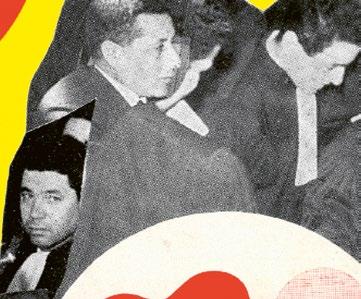

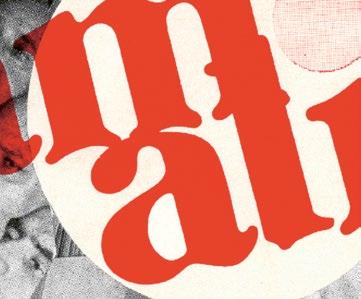


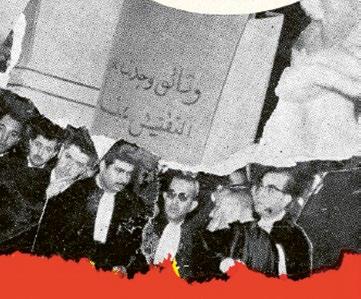

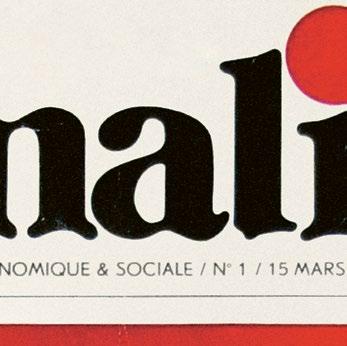

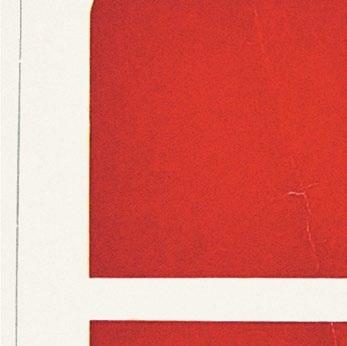

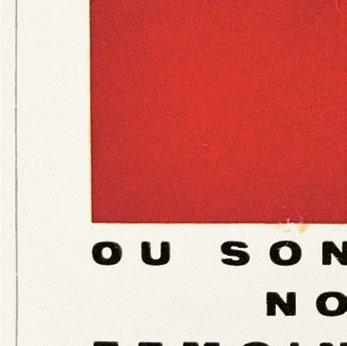

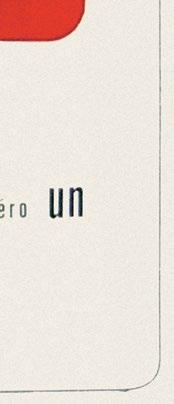
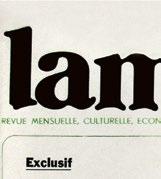
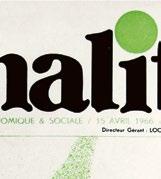
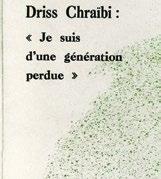
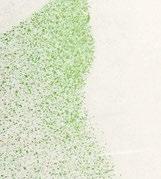
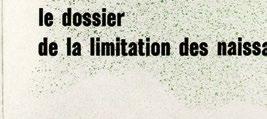

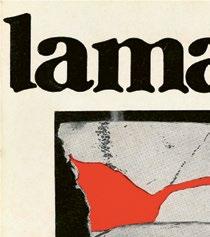
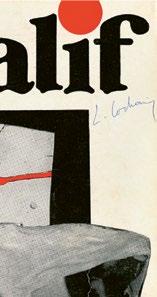


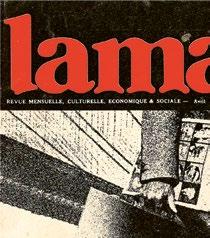
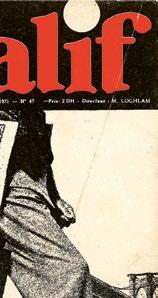

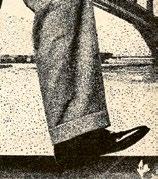

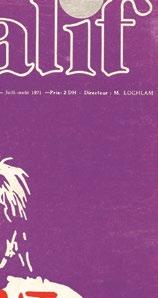
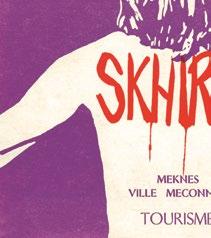
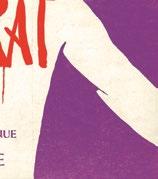
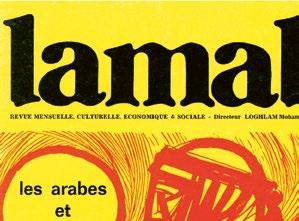

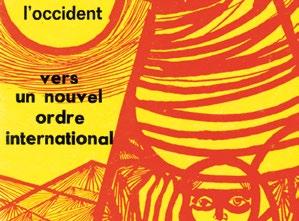
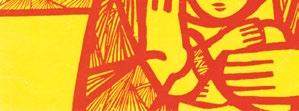
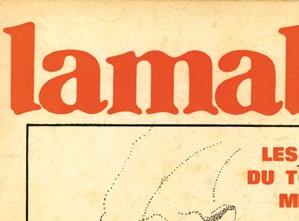

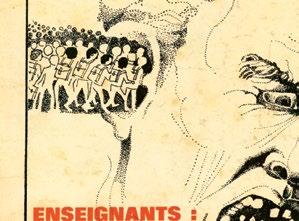
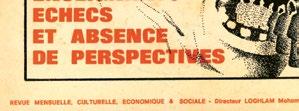
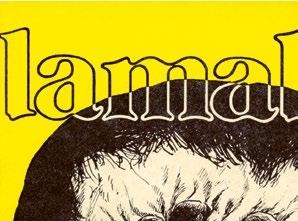

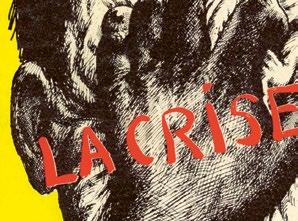
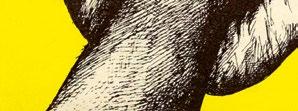
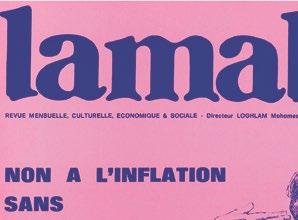


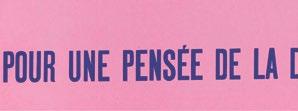


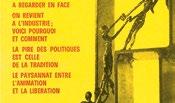
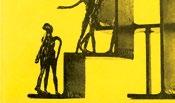
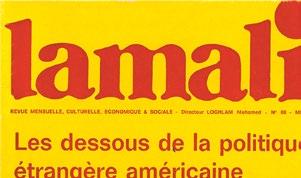

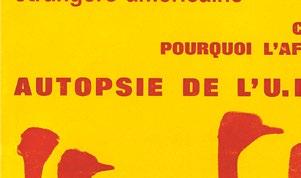
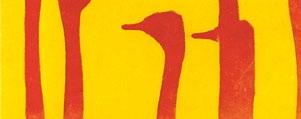
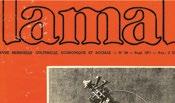


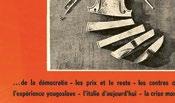
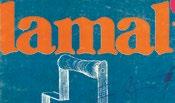


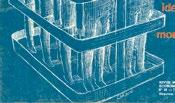
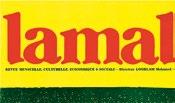


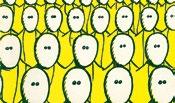
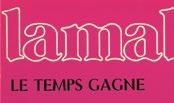



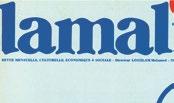

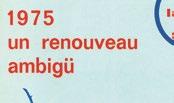
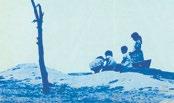


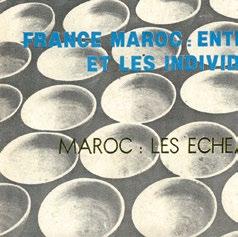






































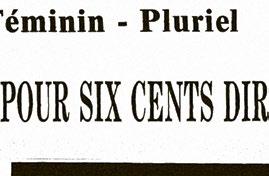
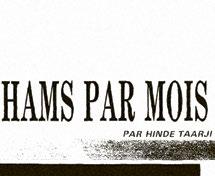
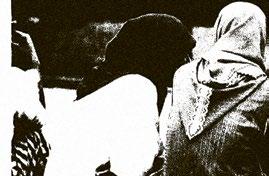
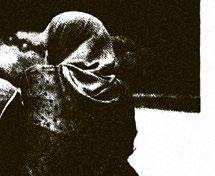
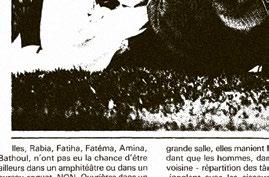

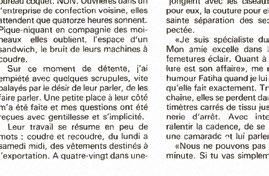
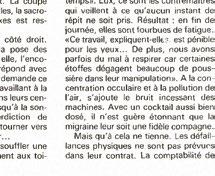


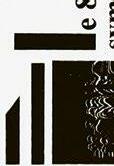

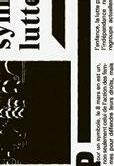
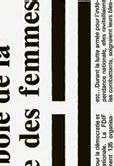
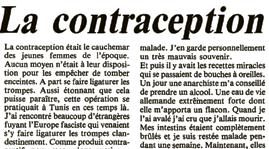

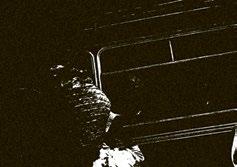




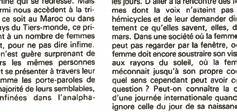
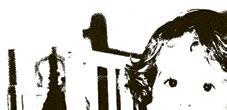
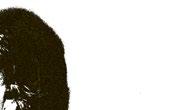
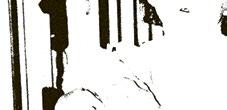
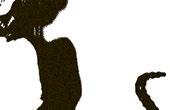
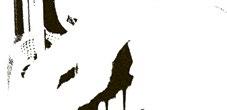


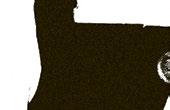
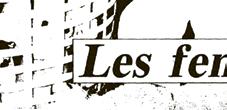
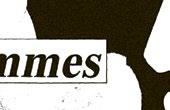
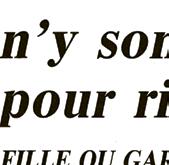
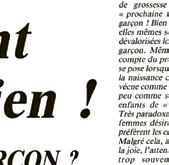
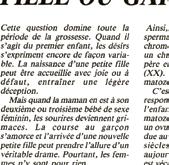
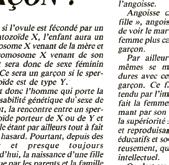
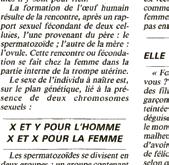
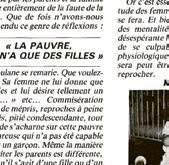

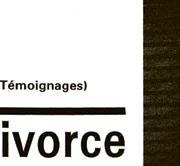


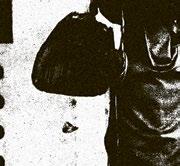
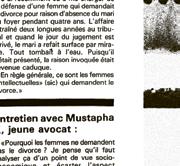
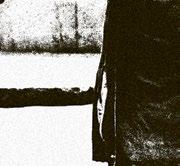
Press clipping on the Manifesto of the Moroccan Association of Plastic Artists, 1974
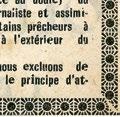





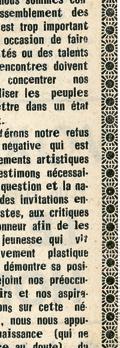
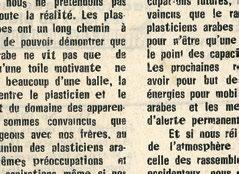
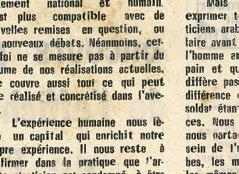
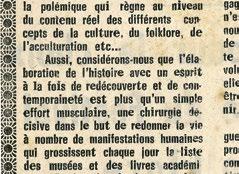
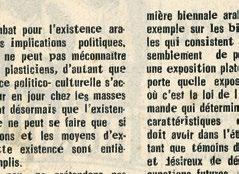
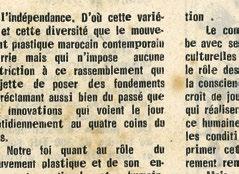
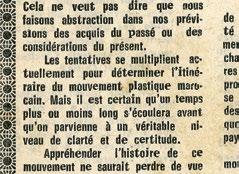
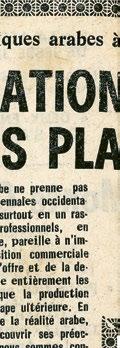
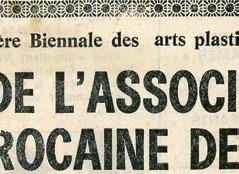
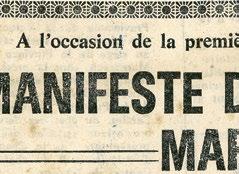
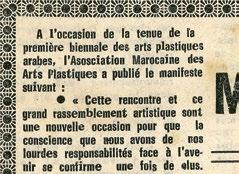
Catalog of the First Biennale of Arab Art, Baghdad, 1974



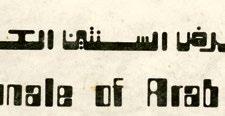
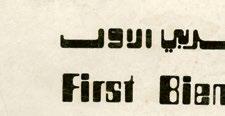
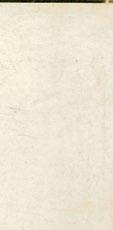
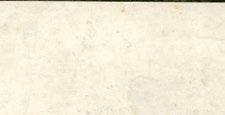
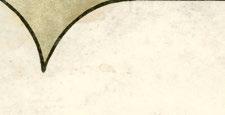
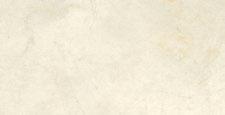
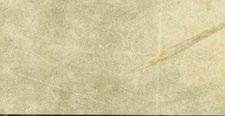
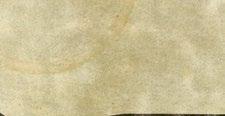
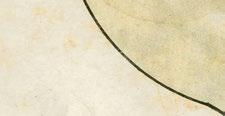
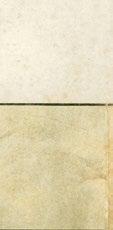
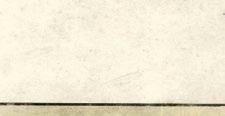
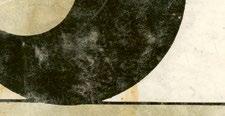
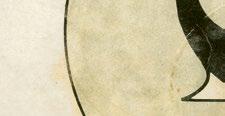
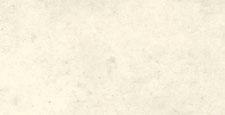
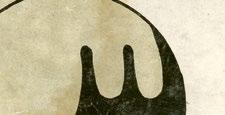
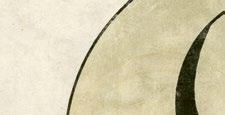
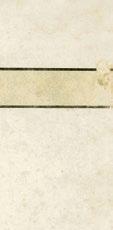
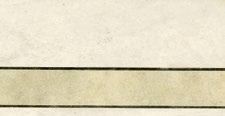
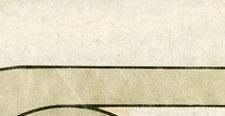



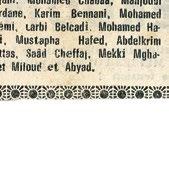
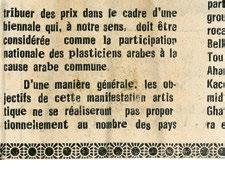

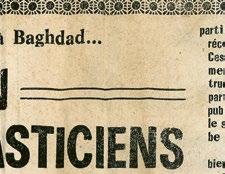
Catalog of the Second Arab Biennale of Plastic Arts, 1976–1977

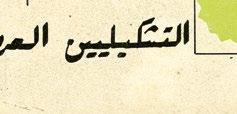
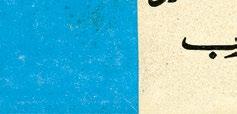
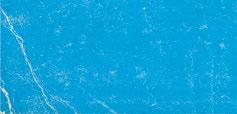
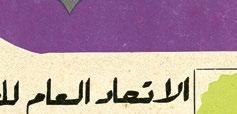
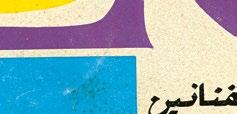
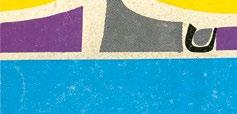
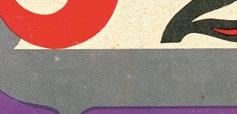
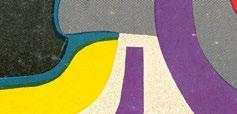
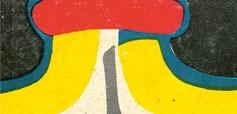
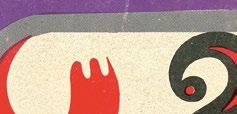
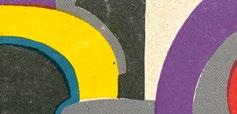
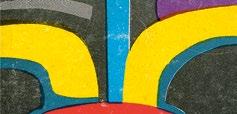

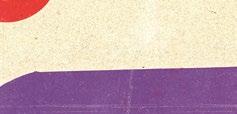
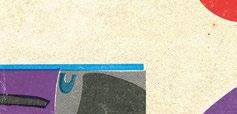
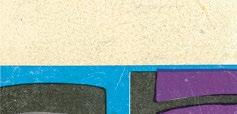
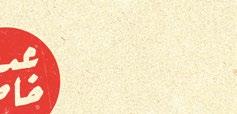
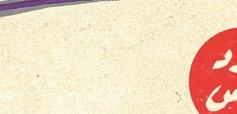

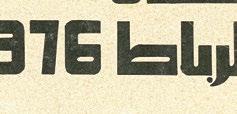
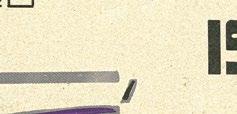

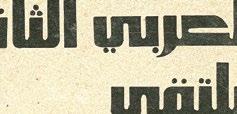
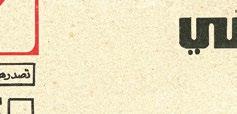
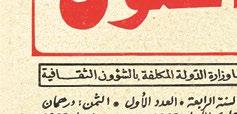

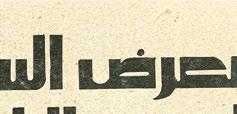
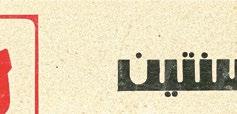
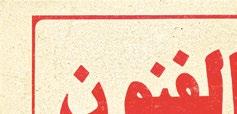
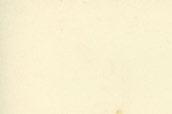
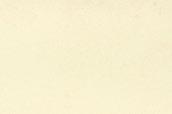



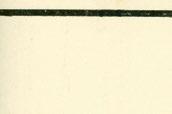
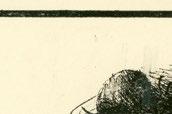
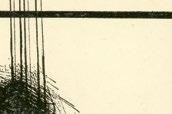


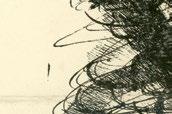
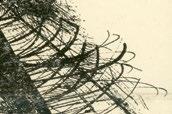
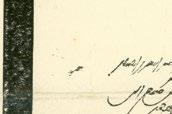
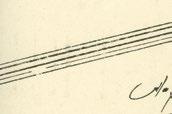
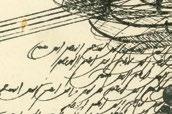
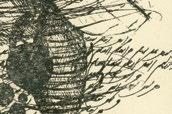
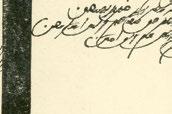

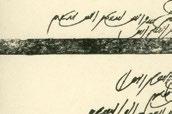
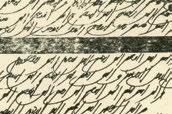

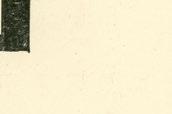

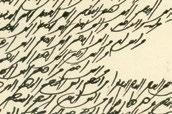
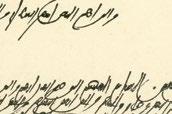
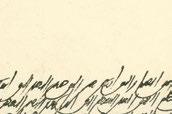
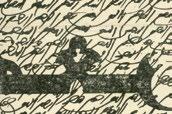
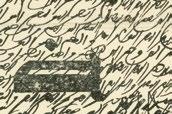
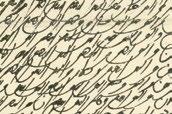

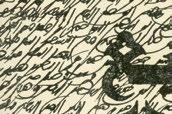
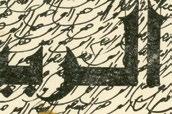
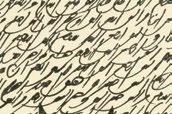
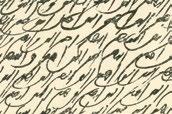

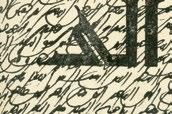
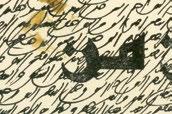



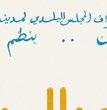
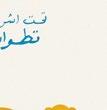

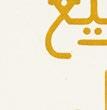
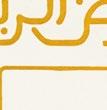
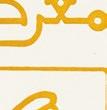
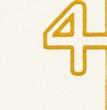

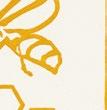




























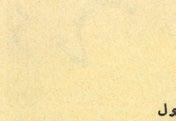
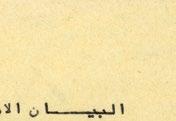


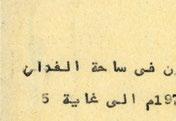
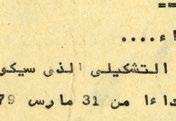

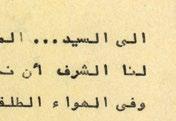
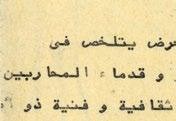

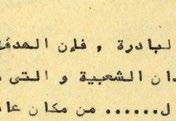
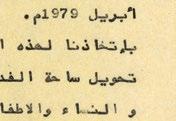
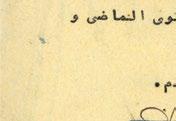
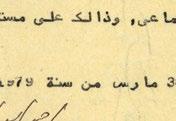
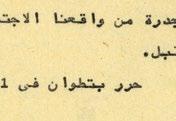
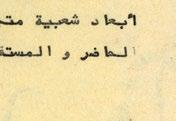


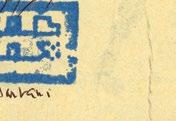
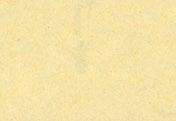
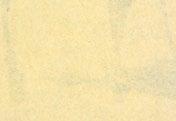
Page 140:

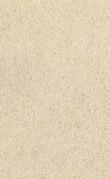
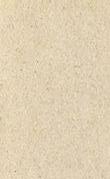
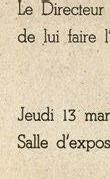
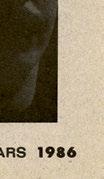


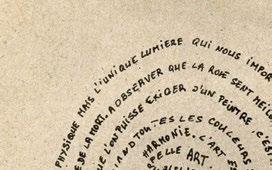


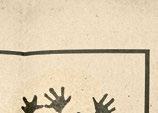
Terms and conditions of the first Spring Exhibition of Tétouan (with logo by Ahmed Amrani), 1979 Exhibition brochure at the R.W.I. in Düsseldorf, 1984 Catalog of the fourth edition of the Spring Exhibition of Tétouan, 1985

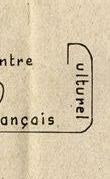
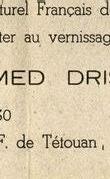
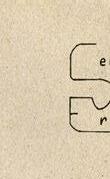
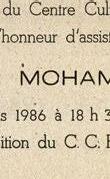
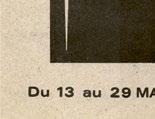
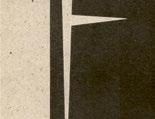
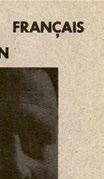
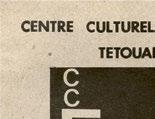
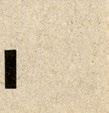
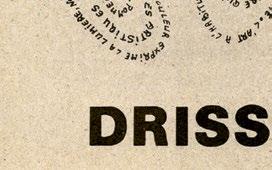



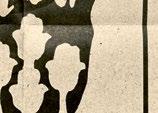
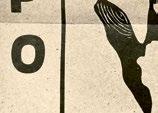
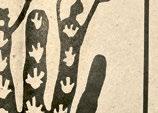
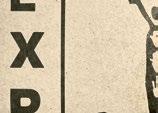

















































































Detail of a sculpture exhibited in the Galerie L’Atelier of Rabat, 1988

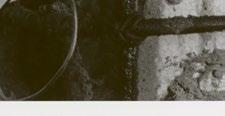



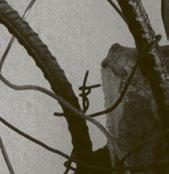
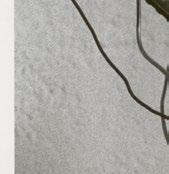
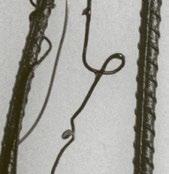
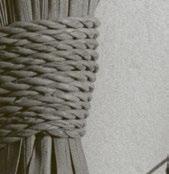
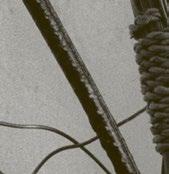
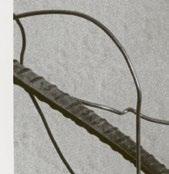
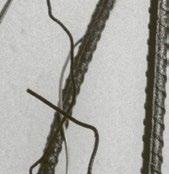
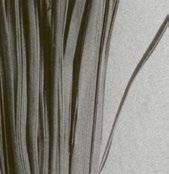
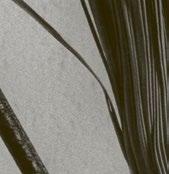
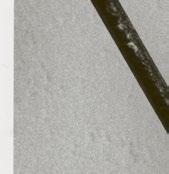
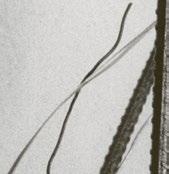
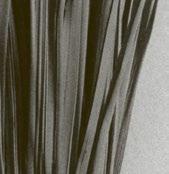
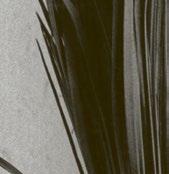
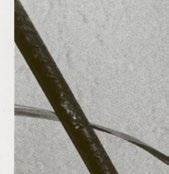
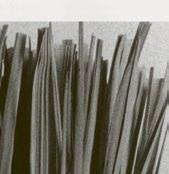
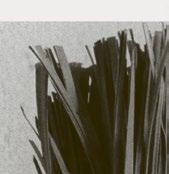
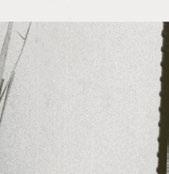

Exhibition at the Galerie L’Atelier de Rabat, 1988
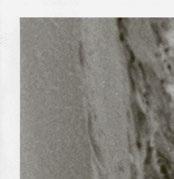
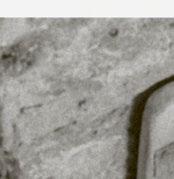
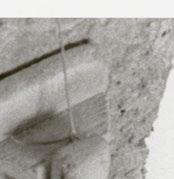
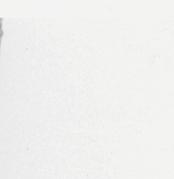
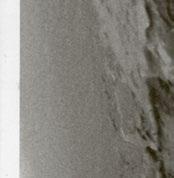
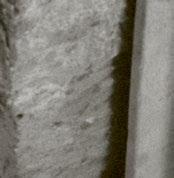
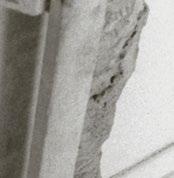
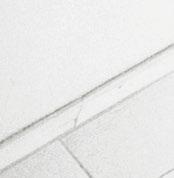
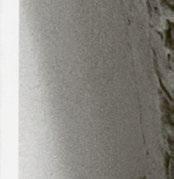

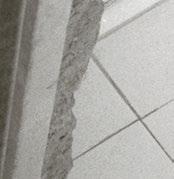
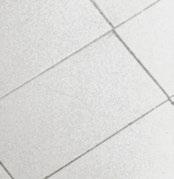
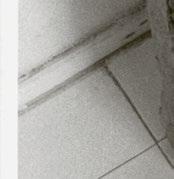
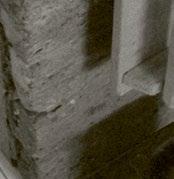
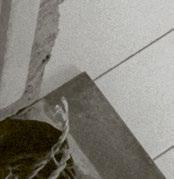
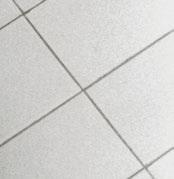

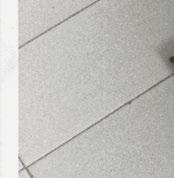
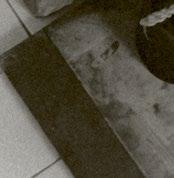
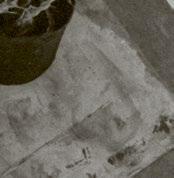
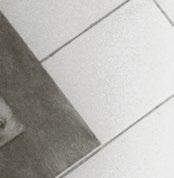

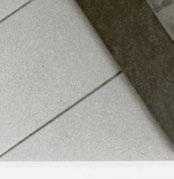
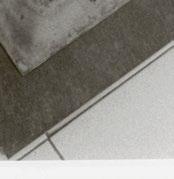
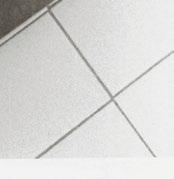
I am Moroccan, from the city of Salé.
I am a writer.
I have published books, all of them written in French, a language that is anything but my own. My original language, the language I have always spoken, is Arabic. Or, more precisely, Arabic as it is spoken, loved, and misused in Morocco. That is called dariya1: everyday language, the language that circulates among us and beyond us, without us really being able to control its path and its variations. I am not really a writer.
Of course, I wrote my books myself. I prepared them and structured them, for years and years. And I suffered to produce them, those books: to endow them with that physical reality that is called kitab2 in Arabic. I carried them in my heart as long as I could. And I shared them with others when I could no longer change or transform them any further. I gave them to others. To the publishing house, thanks to which the original bond is renewed between readers and writer.
One thing I am sure of: I do not write my books alone. An entire family is with me, my family, a whole world, that of the city of Salé, a whole social imaginary, the vast river of an endless Moroccan story that takes me to a place where it can continue to flow, to run.
1. Dariya (dārīža) is the term Moroccans use for their own language.—Ed. 2. Kitāb, book.—Ed.
What I am sharing here is not a subjective impression or interpretation. Much less a metaphor. No. Really. Only on this path, immersed in this element, within this circle, do I feel like a writer: where the stories constructed and continually reinvented in Morocco enter me the same way they do the others. Mark me and influence me the same way as the others. There is nothing unique about me. Nothing. I will admit to a certain talent, a certain ambition. But the truth of the matter is that, when I write, the hand that holds my pen does not belong to me alone.
Me: I am not just me.
And hence the writer that I am is only a tiny part of an entire world that is continually writing and that never tires of that delightful and formidable thing: narrative.
The Moroccans are masters of the art of recounting their lives to each other. Their simple, complicated, tragic, magical, laughable, cynical lives. They love to come back again and again to the same event, and even when they have exhausted it, they manage to take tremendous pleasure in these repetitions, which at bottom are never sterile, identical repetitions. No.
The Moroccans fihoum a-tikrar3: they have repetition in them. And even if they give that word, a-tikrar, a negative flavor, the fact remains that they are absolutely obsessed with the art of weaving more or less exact variations around a single thing.
I was born in Rabat in 1973. Into a very poor family. When I was three, my parents moved to Salé. By some miracle, they had been able to find a house in the Hay Salam neighborhood.
In Hay Salam, the Moroccan world and the Moroccan madness entered me with great force, and, as I later realized, with great pleasure. That pleasure was not mine alone. Others were always there with me in that shameless and collective moment, that naked and explosive moment of pleasure. Achnou waqa3?4 What happened?
Who will recount that moment? Who will describe it in detail and make it complex using words we all understand, words that are simple and strong? Who? Who?
In the end, the identity of that narrator is not really important. What matters is that at a certain moment, without knowing why, a voice
3. Fi-hum ǝt-tikrār: “in them [is] the repetition”. 4. Šnuūqa‘ :“what happened”. Grapheme 3 represents sound /‘/. The use of numbers for transcribing phonemes typical of Arabic, but not existing in Latin character keyboards — the most common keyboard of mobile phones a few years ago —, is common since the last twenty years, when text messages or messages in social networks became a frequent communicative practice. Speakers solved this problem by entering numbers (2> / ‘/; 3> /’ /; 7> / ḥ /; 9> / q /) and they were selected due to their resemblance to their corresponding Arabic graphemes 2 = ء 3 = ع 7 = ح 9 = ق
begins uttering words. And showing the way. Everything comes to a halt. We follow it. Excited and eager, impatient and attentive, we receive these words and these stories which are already in us and just waiting to come out, and then come back, and then come out again. And so on and on.
My father’s sister, my aunt Messaouda, was a prostitute in the 1940s and 1950s. She sacrificed to bring back something to eat for her two brothers, who never judged her for her work.
Messaouda lived a long time. She never married. Her brothers never rejected her. They kept her with them, in our midst. She was the one of us who was best at the art of manipulating others. She had more words and more narrative techniques in her than the rest of us put together.
I knew her in the 1980s, Messaouda. Very good. Very, very good.
Of all the writers I have encountered in my life, Messaouda is the one who impressed me the most. Later, I ended up reading Al-Mutannabi and Fyodor Dostoyevsky. Marcel Proust and Georgy Zaydane. But for me and my heart, Messaouda still beats and outmatches all of these great writers who are so celebrated.
Messaouda was not a storyteller. Just because she could not read and write does not mean she was an illiterate woman. No. Messaouda was not an image within what some disdainfully call “Moroccan folklore.” No. Messaouda was a writer, because I saw her come back to the same story I do not know how many times, blur it in front of us (we were very curious), and rewrite it in front of us (to our great delight). She did so by using strategies and techniques. And quite often she excelled at the art of finishing, ending; that is, the art of opening wide the doors of the imagination. The doors of life.
Messaouda, too, had the art of tikrar in her. How she is missed today, that woman.
I share with her two things: I never married either, since I’m gay (and I don’t want to get married); and I want to devote myself to repeating things for others too. To the art of writing for others. In hopes of reaching this point: the collective ecstasy that frees us and enables us to go beyond all the laws and taboos. This place: all of us assembled together, loved, tortured, and saved in and by the same voice. This dream: the world is not just a visible thing, not just an embodiment of Western and colonial rationality. The world is unreal. And we know how to enter this unreality, how to describe it, express it, make it turn, turn, turn. The world is levitating. It is real, then, and suddenly it is no
longer real at all. It sleeps without sleeping. It turns without turning. It goes and yet does not move. It carries us and sees us better than we do. It sweeps us all up in the same movement: that of finding the wellspring and diving into it again and again and again. Without ever really having our fill.
I do not invent anything. Not as a writer, and not as an individual. And just because I’m gay and Moroccan, that does not make me interesting or unusual. No.
When I finally decided, at age eighteen, that I wanted to write, too, it was not to imitate the French writers I was studying in the French department at Mohammed V University (Rabat). Not at all. The French language neither freed me nor helped me to understand the world, its strata, its injustices, and its transgressions. All of that already existed in the life of Salé, the life of Hay Salam, in my mother’s shouts, my mother’s intransigence and tyranny. All of that was already present in the life of that woman who was so free and yet so Moroccan: my aunt Messaouda, the prostitute Messaouda, the teacher, guide, and initiator.
When I write, Messaouda writes with me. My mother enters into me and interferes with what I am trying to write. My father, taciturn and chain-smoking cheap cigarettes—he comes too. He looks at me and makes me feel guilty. He says, “You’re my son, Abdellah, and you’ve forgotten me, Abdellah. All you talk about is the women, Messaouda and your mother. And me, your father? Do men do nothing in Morocco? Accomplish nothing in Morocco?”
My father. My father’s silence. My father’s demise. The words my father was never able to find. The weak words; the weak father. All of that enters into me, rises up in me when I write.
That is all writing and literature can be. Nothing else. This fusion between the body that writes (hence the writer) and the living spirits who possess it.
Dostoyevsky’s books speak of this and nothing else: possessions, the possessed, the voices from underground. What cannot be seen but is there nonetheless. So important and so decisive.
A writer cannot invent a style. That style comes to him from the land where he was born, where he lived, where he suffered. That style enters and leaves him as it wishes.
My literary style, my way of placing one word next to the other in a great warmth, in a crazy, mad intensity, was given to me. Morocco gave it to me.
When I read Mohamed Choukri’s masterpiece For Bread Alone, this intuition and this truth are abundantly confirmed.
Choukri is a writer whom all Moroccans know. They know what he wrote, even without having read it. They love him in his revolt, his hot blood, his sexual excess, his sublime depravity. They do not disavow him, even though his book strips them naked and leaves them hideously exposed. They do not turn their back on him, because they know his words and sentences are theirs. He writes them from within them, with them.
Choukri and Khnata Bennouna were the first Moroccan writers I read. One day, I was in Rabat, walking around, going nowhere in particular. I was twenty years old. And suddenly a man came out of Café Balima, on Boulevard Mohammed V. I recognized him immediately. It was Mohamed Choukri. I immediately decided to follow him. To walk behind him. Like him. With him. But without ever speaking to him.
That chase lasted an hour. Maybe more.
Choukri was absolutely not impressive. He looked like the other Moroccans. He comes from the north of Morocco, and yet I found I was exactly like him. I am him. My aunt Messaouda is also Mohamed Choukri.
What fascinated me about Bennouna was above all her first and last name. They seem to come from far, far away. From an ancient Morocco that French colonization was never able to fundamentally alter.
When I was in junior high school, her novel Annar wa al-ikhtiyar (Fire and choice) was on the reading list. One day she came to our class in person to talk about the book and about herself.
Here again, I was not impressed with her. Fascinated, but not impressed. There was some element of familiarity between her and us, the students, me. Her status as a writer did not place her outside us. She seemed very Arab, very Moroccan. And even though she recounted how, to become a writer, she had had to defy her father, society, traditions, an entire country, she did not do all that in a dream that had nothing to do with us, her compatriots, but in a continuum in which all of us were included. Her father could say what he liked. There before her, Moroccans before the body of a writer, we recognized a lot of ourselves in her.
Much more than my encounter with Choukri, it was Bennouna’s visit to my school in Salé that made the deepest and most lasting impact on me. She said something very important: transgression does not
have to be European or American to be recognized and valued. She also said: we all live here, in Morocco, and we are in a state of transgression every day.
This may have been the most important political lesson of my life. I was barely fourteen. And here was a woman who was officially a writer, and so very Moroccan, and who said the same thing as my aunt Messaouda.
Running between these two women was a clear thread, a path on which they invited us to walk, reflect, dream, to come back to the same events of our lives again and again. Our lives in the present, in the past, in the future. It is the same thing, at bottom.
The other day, I again saw the Moroccan film Al-Sarab ( Mirage ), directed by Ahmed Bouanani. It is considered a masterpiece. And rightly so. It takes place (almost) entirely in the city of Salé. In the crazy social imaginary of Salé. In the stories and songs of Salé. With this film, Bouanani invented Moroccan cinematic modernity, but he did so without ever rejecting the imaginary of the region where the film takes place, without ever folkloricizing that world, without ever looking down on it. On the contrary. To back up the social and political critique that oozes from every pore of the film, he always hews as closely as possible to what Moroccan life is, to its people, its rituals, its stories, its digressions, its marabouts. That is where modernity truly lies: in never betraying the land. Modernity is there, in Morocco, already. No need for the blessing of the West.
When I write, I always try to be as faithful to Messaouda as to Bennouna, to my mother as to Bouanani. In the working-class movie theaters of my childhood, where I saw Indian films and karate films in a state of complete adoration, there was always someone in the theater who had seen the film already and would recount it to his friend as he watched it again. Instead of being annoyed, the friend was often delighted. His pleasure at the marriage between the images on the giant screen and his friend’s words was immense. And we, the other spectators, were delighted, too, even when we complained.
That is what ecstasy is for me. That is what writing is. That is my definition of literature in Morocco. Words upon words, words within words, a never-ending succession of mises en abyme. A voice at the bottom of another voice. Voices. Always voices.
We don’t choose our stories. We pass them along, carry them on bent backs, catch them before they fall. We don’t own our stories. Yet can they lapse in our care? Can they be taken away? Sometimes I wonder where my stories dwell. “One day more than twenty years ago, a timid eighth grader, along with two or three of his classmates, approached the French teacher after class to ask a question: when we read a work of fiction, do we have to remember
not just the story but the author’s name too?”1 The boy is puzzled. Authorship, to him, is a foreign notion. There are many stories, and nobody wrote them. Stories we have all been writing and rewriting—centuries of call and response under the moonlight. Not the lines of a book’s plot but the communal circles of daily ceremony, the lively halqas of every town square.
Aye little mother, tell me about the silos of Doukkala, tell me about Jebel Akhdar, sing me Hayna’s lament . . .
Hayna, Hayna, what will you eat for dinner, where will you sleep tonight?
My dinner is oats and my bed among the dogs!2
In the 1930s and 1940s, there was something baffling about going to (French) school—a bewildering back-and-forth between languages, types of architecture, modes of dress, and forms of learning. Driss wears neckties but hides them from his conservative father.3 Abdelkebir observes his French teacher’s sounds and gestures but comically fails to make sense of them.4 It has become customary to deplore widespread illiteracy as a lingering curse of premodern times. But was there an originary illiteracy to begin with? Some even spoke of Morocco’s access to modernity as a process of “illiteracization”: school cut us off from a living knowledge of nature and tradition, from the living libraries that were our grandmothers. “We are left with / strange words / a strange alphabet / that would be astonished to see a camel.”5 Remembering authors’ names came at a cost.
I would like to trust the schoolboy’s heart. May his insight trouble the ways we construct our canons. What if (Moroccan) literature was an anonymous tapestry of words? A constant weaving and reweaving of fragments borrowed from a collective imaginary. Taken together, what story would they tell?
“You see, my father wasn’t in the war. He inherited from his ancestors a trunk full of books and manuscripts. He spent entire nights reading them. Once, he fell asleep, and when he woke up, he went crazy. For fifteen days, he believed he was living in a very, very deep well. He furiously dug and dug, but he never managed to reach groundwater. He was extremely thirsty. On the sixteenth day, my mother made a precious talisman for him that restored his reason. Except, that day, he became illiterate. He could not even
write his name. When he found the chest again, he took an axe and smashed it to pieces. My mother used the wood to cook the head of the sheep for Eid al-Adha.6 To this day, when I ask my father what happened to the books and manuscripts, he looks at me for a long time and says: I believe, I do believe that I left them at the bottom of the well.”7
Irretrievable tastes linger on the tongue. A confusion of scents crowds our senses. We are searching for something, digging to no end. Did we bury our own past? Was our knowledge locked up? Have we turned into zombies? “When I walked through the large iron gate of the hospital, I must have still been alive. At least that’s what I believed since I could smell the scents of a city on my skin, a city I would never see again.”8 Inside the hospital, it turns out, is the whole social body in miniature. A congregation of the vulnerable. An entire people out of breath, treated with “tons of indifference and oblivion.”9 A state institution perpetuates colonial neglect within the very walls the colonizer built. Carceral cures won’t save us.
The wells are dry. The walls are high. The century is a sequence of silenced voices rising from the pit, a story of endings echoing through hollow space. “In 1966, a certain Nahon died. The last Jew in Asilah. In this small marine cemetery, the Jewish cemetery of Asilah, his grave, the latest Jewish grave, simply masoned, with no marble covering. . . . The last Jew in Asilah. No more Jews will die in this whiteness. No more will be born in the glory of this light.”10
How strong are our legacies? We are clinging to an inheritance, but why? We lost track. “Tomorrow I will go to the sea and throw this pebble at it. I inherited it from my father, who inherited it from his father, who . . . I know it is just a pebble. But my father used to kiss it every night before bed, and return it to the wooden box.
1. Abdelfattah Kilito, The Author and His Doubles (1985), trans. Michael Cooperson (Syracuse, NY: Syracuse University Press, 2001), 1. 2. Ahmed Bouanani, “Memory Fourteen” (1969), in The Shutters, trans. Emma Ramadan (New York: New Directions, 2018), 31. 3. Driss Chraïbi, The Simple Past (1954), trans. Hugh A. Harter (New York: New York Review Books Classics, 2019). 4. Abdelkebir Khatibi, La mémoire tatouée (Paris: Denoël, 1971). 5. Ahmed Bouanani, “The Illiterate Man” (1967), in The Shutters, 26. 6.
, “Feast of the Sacrifice,” commemorating Abraham’s demonstration of faith by his willingness to sacrifice his son, Isaac. God ultimately supplies a lamb for Abraham to sacrifice instead.—Ed. 7. Bouanani, “The Illiterate Man,” 26–27. 8. A. Bouanani, The Hospital (1990), trans. Lara Vergnaud (New York: New Directions, 2018), 37. 9. Ibid., 38. 10. Edmond Amran El Maleh, Parcours immobile (Paris: Maspero, 1980), 6; my translation.
al- ’A
It holds the secret of the tree, he used to say. I must kiss it every night, preserve it, and pass it on to my child. Tomorrow I will go to the sea and throw this rock away from me.”11
Some endings have the definitiveness of tragedy. Others are thresholds to newer light. Independence came. Europeans fled. Empty buildings studded the cities. Ruins left behind for their ghosts to haunt. Wells of future plenitude, should we ever reach groundwater. “The building appeared derelict, but it was fully inhabited. It had been taken over by people who didn’t know one another, but sometimes talked to each other, and others who disliked one another, but avoided quarrelling for fear of creating a problem with the police. None of them knew who owned the building, but an old man said to a friend of his when they were both drunk: ‘I know the owner of the building. She’s called Sonia. Her husband was a colonel in the French army. He died in the forties and was probably one of those who went to invade Syria. She came to Morocco and opened a bar. It’s still there in Casablanca. It’s called The Chambourou. The old woman died, so now we’ve got a roof over our heads. People like her God protects in the grave, but we want Him to give us some protection while we’re alive.’”12
Protection is selective. There isn’t room for everyone. The wells are dry. The walls are high. It’s suffocating. We need to leave, but our imagination is weakened: we end up in France. We chased them away, then followed in their footsteps. There, we live in denial. We work hard. Inside us grow unnamed diseases. It’s excruciating, it hurts, but I can’t tell where. You wouldn’t believe me anyway. It’s 1960. The phone rings. The heritage I had fled came back knocking. I am flying home: the patriarch passed away. There will be warmth on the other side—the joy and the pain of memories. There will be reckoning. The flight is a threshold, the airplane a hollow vessel to gather my spirits as I brace to confront the ghosts of yore, the weight of responsibility and atonement—tears and laughter in my mother tongue.
11. Ahmed Bouzfour, Nāfida ‘ala ad-dājil (Casablanca: Tarik Editions, 2013), 13; my translation. 12. Mohammed Zafzaf, “The Scum of the Earth,” trans. Catherine Cobham, Mediterraneans , no. 11 (Winter 1999–2000): 22; translation modified. 13. Driss Chraïbi, Heirs to the Past (1962), trans. Len Ortzen (London: Heineman, 1971), 21; translation modifi ed. 14. Fatima Mernissi, Dreams of Trespass (New York: Perseus Books, 1994), 3. 15. Mririda n’Aït Attik, “Bab taggant,” unpublished English translation by Nadir Bouhmouch, adapted from Les chants de la Tassaout , trans. René Euloge (Casablanca: Éditions Belvisi, 1986), 122.
In the next seat is a French man, the blandest of intellectuals, a homo sapiens miserabilis . He babbles incessantly about art, literature, commitment, Malraux . . . and insists that I must attend his upcoming lecture in Casablanca. “I stood up and I said with deliberation: ‘I understand. You’ve been trying your lecture on me before trying it on a whole audience. If I can still count properly, you’ve been talking for three hours by the clock. If your lecture is as weighty as that, I pity my compatriots. But see here—I don’t believe it. I don’t believe in this church of the future that will be filled with your idols of art. I can’t see myself bowing to a plate by Picasso. Speak for yourself. But let others try their luck. You already got where you wanted, and that’s all to the good, if not so much the worse. If I understood correctly, you come to our African countries to give lectures and also to ferret out works of art. Look—I doubt that you’ll find any here. Stones, yes, you’ll find as many as you like, whole truck-loads. The government just launched Operation StoneRemoval. But before you collect stones, would you mind collecting the human remains?’”13
Clearly, they never left. They are inside us now. We see ourselves through their eyes. Our hearts are wells filled with their spite. Long ago they set the terms of a war by other means, deploying scholars across the land. The scholars studied and classified, divided and conquered. Separated us into groups and drew lines in between. A humanism of borders, the cold embodiment of cruelty. Did it have to become our aim and ideal, our own grammar of relation? “The frontier was an invisible line in the mind of warriors. Cousin Samir, who sometimes accompanied Uncle and Father on their trips, said that to create a frontier, all you need is soldiers to force others to believe in it. In the landscape itself, nothing changes. The frontier is in the mind of the powerful.”14
It is useless to speak reason
Or soften the ranger’s heart.
He always answers:
“The Law! The law!”
But those who wrote the law were not born in our forests.15
By nature, the law is bellicose. Its syntax draws borders between worlds of its own binary making—licit and illicit. Yet there is a life beyond frontiers that the law cannot see. It speaks a different tongue, holds on to the opacity of silent survival. “In this world
where houses are made of mud and literally dissolved by the work of time, wells are what remains, the trace never effaced yet forgotten, a measure of what can never be had or known, yet, somehow, was and is there.”16
“When the earth gets thirsty and I am called upon to perform my task, I go out to the Arbah well and water the tobacco field. I sit against the trunk of the fig tree and wait for the basin and the field to fill up with water. The tobacco drinks, and I am alone in the Arbah night, feeling free. I have no friends. I tell my mother, ‘They have their friends and I have silence and shadows.’ I do not talk. Not out loud. I speak in signs. My mother understands me, as do the shadows and creatures. I talk to myself a lot. And only when the darkness falls (in the mountains, darkness does not creep, it falls: plummeting without warning from the high peaks) do I face the night. I move my mouth and my hands this way and that: I listen intently, yet all I hear is the cricket insisting that others hear its song. I flee the silence of my voice, to the water, with which I quench the little fields, which resemble the playgrounds of big cities.”17
“I have often written about the powers of silence that bring men together around their initial orphanage. About what is implicitly repressed by such silence. For example, about the patrimony and matrimony of Moroccan culture, which lives on in various codes and practices: music, vocal literature, dance, pottery, architecture, tattooing, in all signs that testify to the inventive spirit of yesteryear. This culture, forgotten by the logographer intellectuals who lorded over empty chairs in the nascent Moroccan universities, I wanted to restore in thought its flavors and colors,” its sounds and songs.18
Tell me Sunken Well
Where are they who drank from you on summer days
Tell me Sunken Well
Where are those who lived here tell me maddened one
Riding his horse he was beating the drums of war
When the news of war arrived
He covered the desert riding his dark-eyed
They left with their camels and women
No fear in the day of the strike
Trembling rumble of drums
Noise of gunfire, listen to its whistling.
Women shouting ululations, young men arrayed side by side
Where are they who drank from you on summer days
“What happened? Open your book. Find the origin of the disaster. How come? Dry seas, concrete everywhere, no more access to the other world? . . . And this headline: ‘The sea is dead.’ I read frantically, assuming a deceptive metaphor, searching for the usual corpses swallowed by the sea, assuming a bloodbath had earned us that dramatic headline. But no, the sea was indeed dead. Both seas, in fact. A concrete wall had been erected instead. No more horizontal fluidity to cross. But an imposing mass to climb. No more bodies to hide under the waves. But shreds of flesh to exhibit. No more sand to absorb the shock of corpses washing up further away. But barbed wire to stop them dead, right where the dream begins.”20
The wells decline to speak. The walls refuse to fall. Another disaster closes in. “Utopia, when it becomes a memory, can no longer be a horizon.”21 Bodies in pain register the collapse. How long can you survive when a system fails you? “I lay on the hospital bed. It stank more than the toilet. Dry bloodstains on the mattress, traces of urine. . . . I was revulsed. The man lying on the next bed looked at me, sucking on a cheap cigarette while trying to hide it from the head nurse. ‘You will get used to this,’ he said. The doctor as well told me I would get used to it. She said I had chronic kidney failure. I shrugged carelessly. Is this disease more dangerous than appendicitis? I don’t think so. She will give me medicine and injections for a month or a week, that’s all there is to it. After that, I’ll be strong like a horse, as my mother says, and I’ll return to my home over there in Beni Mellal, where my wife awaits. We will have half a dozen kids.”22
The wells are dry, the walls are high, but dreams must begin again. A rebellion against the real. Utopia forever returns to float our “odyssey of sadness and silence.”23 In the same hospital is a women’s
16. Stefania Pandolfo, Impasse of the Angels: Scenes from a Moroccan Space of Memory (Chicago: University of Chicago Press, 1997), 248. 17. Fatima Zohra Rghioui, “The Man of Signs” (2017), trans. Amal Issa, Tamawuj, https:// tamawuj.org:8453/tamawuj/tamawuj_post_detail?id=3243. 18. A. Khatibi, Le scribe et son ombre (Paris: Éditions de la Différence, 2008), 46; my translation. 19. Excerpt from a song-poem recorded, transcribed, and translated from Moroccan Arabic by Stefania Pandolfo. See Pandolfo, Impasse of the Angels, 251. 20. Driss Ksikes, L’homme descend du silence (Neuilly-sur-Seine: Al Manar, 2014), 27; my translation. 21. Ibid., 92 22. Malika Moustadraf, Trant Sīs (Casablanca: Manšūrāt Maŷmū‘at al-baḥt fī-l-qiṣṣa al-qaṣīra bi-l-Maġrib, 2004), 50; my translation. 23. Bouanani, The Hospital, 101.
wing. Another congregation of the vulnerable. Another show of unlikely solidarity, or so it seems. There is a poetry reading in town. There is the call of the gentle breeze. The writer and the prostitute together hatch an escape plan. “It was agreed that we’d slip out of bed once the other women were asleep and we were sure Old Ghano had dropped off. There were a lot of holes in the wall and Halouma was strong, in spite of being ill. She would jump first and give me her hand. As far as the guards and night nurses were concerned, it was assumed that none of them would be there, as it was New Year’s Eve, and it was unthinkable that a person would donate such a night to the government. Amina said to Halouma, ‘You’ve got the urge to go whoring. That’s all there is to it.’ My wrist watch says quarter past eight. The poetry evening begins at nine. Grandma Ghano did her rounds then returned heavily to her own room. The Doukkali woman started to snore. I know Old Yamina in the corner isn’t asleep, but she doesn’t usually bother about the sleepers. I took my shoes and trousers carefully from under the pillow, then slipped outside. I saw Halouma’s shadowy figure in front of her ward, wearing Amina’s shoes. Calmly and cautiously, she approached the wall with the old chair which Grandma Ghano normally sat on. She stood on it, then clambered up the wall. I heard her jump off the top. I stood on the chair, gripped the top of the wall firmly and managed to hoist myself up, taking my weight on my hands. Halouma’s down below. She indicates that I should jump quickly. The distance looked unreal, impossible. I closed my eyes. ‘Here’s to the life ahead.’ And jumped. There were no guards, exactly as we’d guessed. We climbed over the outside gate. This time I had no difficulty. Halouma jumped down after me and we ran out of the hospital.”24
They locked us up without realizing that within their giant walls we were together in ways they can never suspect. “I call Third World this prodigious energy of survivance in transformation, this plural thought of survival that must live in its unprecedented freedom, a freedom with no final solution; but who can say that the ‘end of the world’ is in the hands of the technical and scientific system
24. Latifa Baqa, “Shoes without Heels,” trans. Catherine Cobham, Mediterraneans, no. 11 (Winter 1999–2000): 122–23.
25. A. Khatibi, “Pensée—autre,” in Maghreb pluriel (Paris: Denoël, 1983), 17; my translation (with thanks to Nadia Guessous). 26. Mohamed Leftah, Une chute infinie (Paris: Éditions de la Différence, 2009), 34–35; my translation.
27. M. Leftah, Demoiselles de Numidie (1992; Paris: Éditions de la Différence, 2006), 11; my translation.
that organizes the world by subjecting it to its self-sufficient will?
Who can argue that new civilizations are not already at work, even where everything seems inert, dead, faltering, and absurd? Let all these professors of self-sufficiency proclaim the end of gods, the end of men, and the end of ends. Leave them to their selfsufficiency. We have lost too much and we have nothing to lose, not even the nothing. Such is the vital economy of an other-thought: a gift bestowed by suffering when it seizes its terrible freedom.”25
While a leap over the wall may be one of despair, it will be transfigured in the eyes of whoever dares to witness its majesty. “Khalid’s behavior—clearly a thousand miles away from history class, face livid and eyes fixed on a notebook as though on an abyss—puzzles Mr. Ciccion into stopping by him to ask, softly, what is wrong. Without a word, Khalid stands up, offers a faint smile and walks slowly toward the door. He opens it, gains momentum in two dancing steps, and leaps over the railing. . . . When he leapt over the railing, what instantly erupted into my mind was the image of a diver—before I realized that where he was about to fall, there was no water, that we were not at a swimming pool but on the fifth floor of a school building.”26
The wells are dry. The wall was high. Khalid’s body fell on deaf ears. The self-righteous withheld their payers. But we have our own. That is, in part, why we write. To elevate the terrible freedom of suffering, to bear witness to dignity’s survival, to offer a prayer to the prayerless in the silence of wells and walls. “From such violence, from such darkness . . ., will I manage to derive a song? To glean an order? Poetic. The only acceptable order.”27
We don’t own our stories. Yet we can pass them along, carry them on bent backs, catch them before they fall.

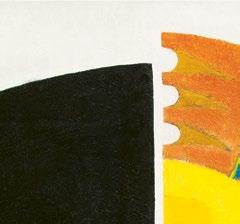
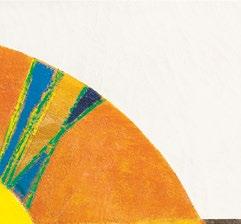
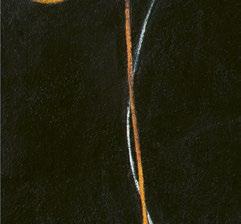
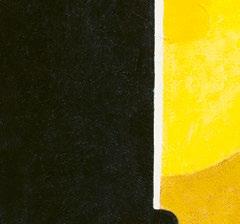
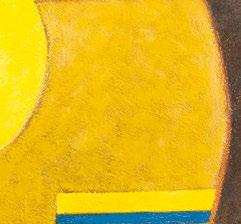
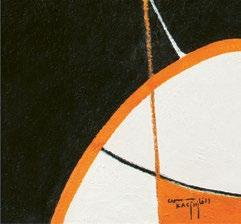


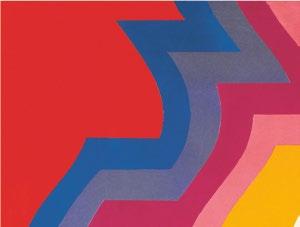


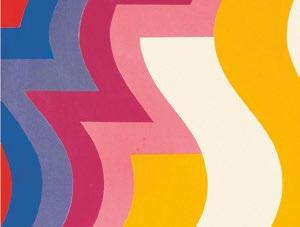

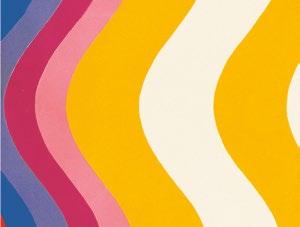
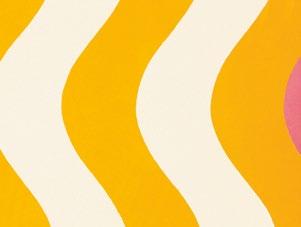

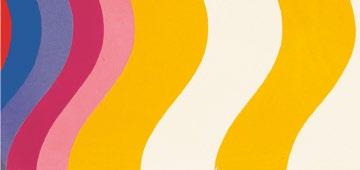
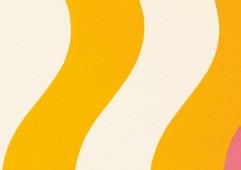
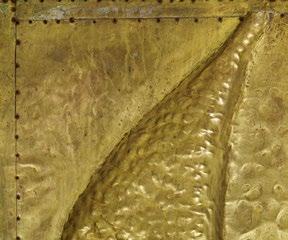
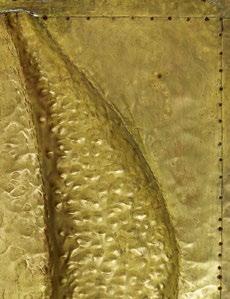

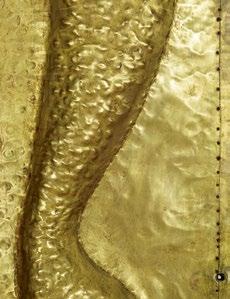
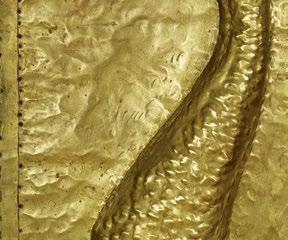
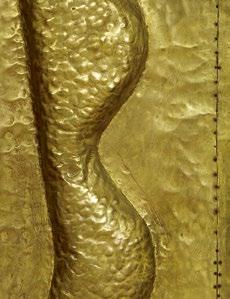
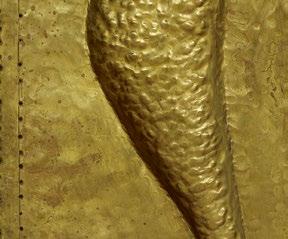
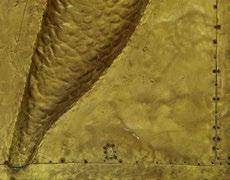




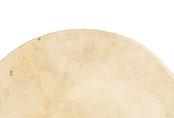


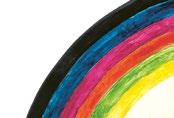





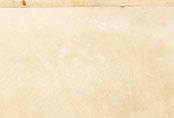


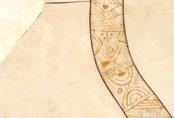
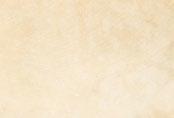


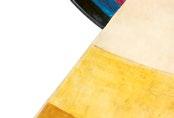
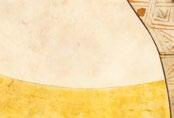
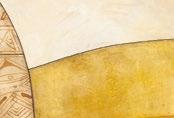
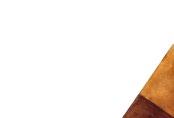
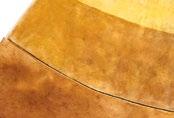


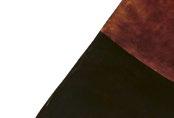

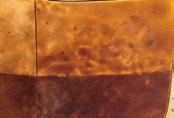

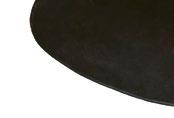
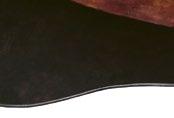
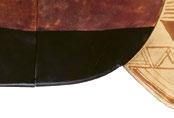


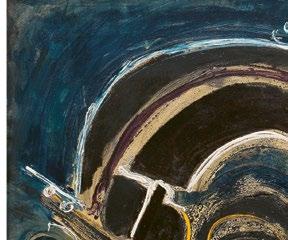
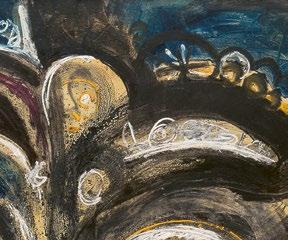
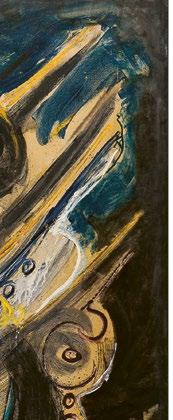
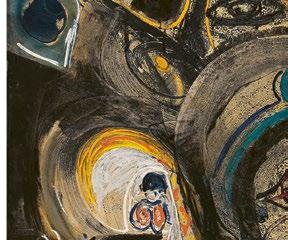
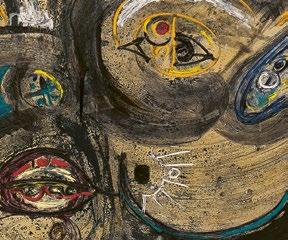


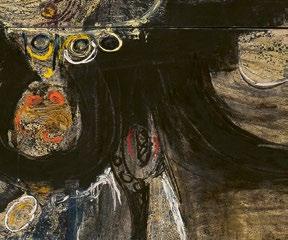

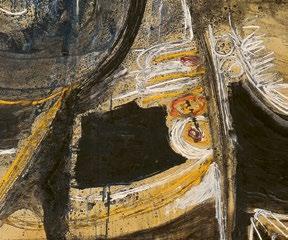
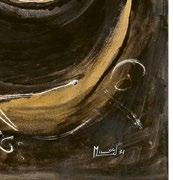

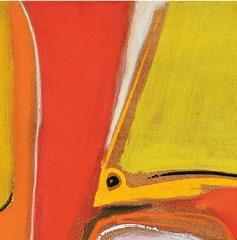
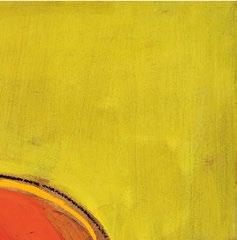
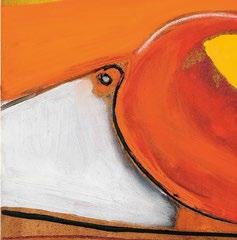
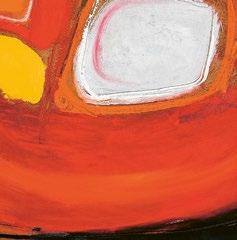
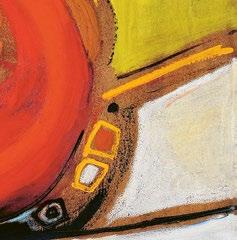
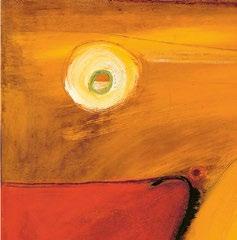
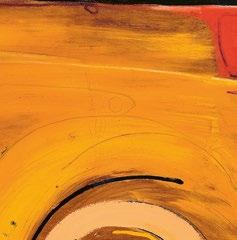
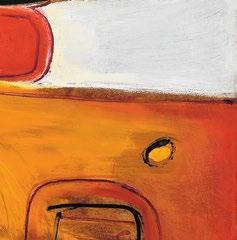

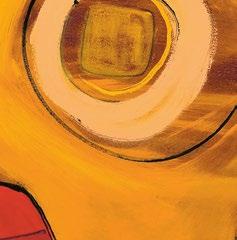
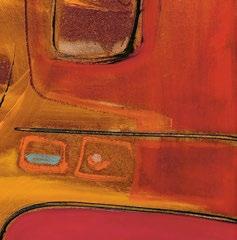
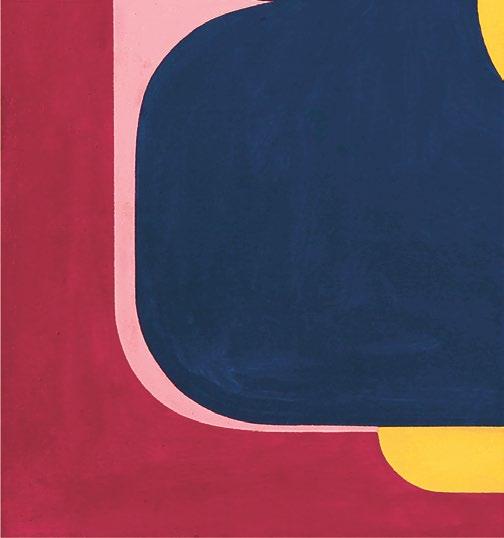

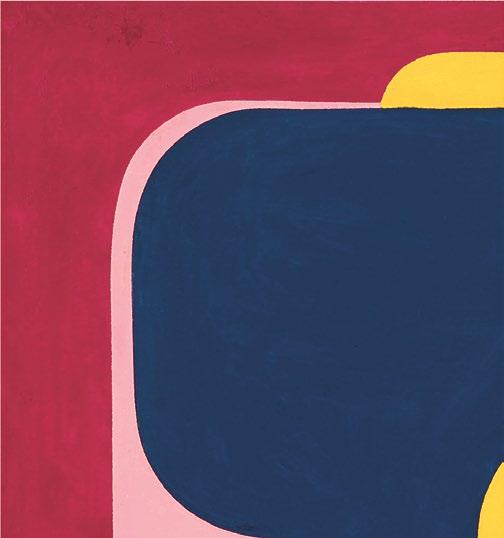
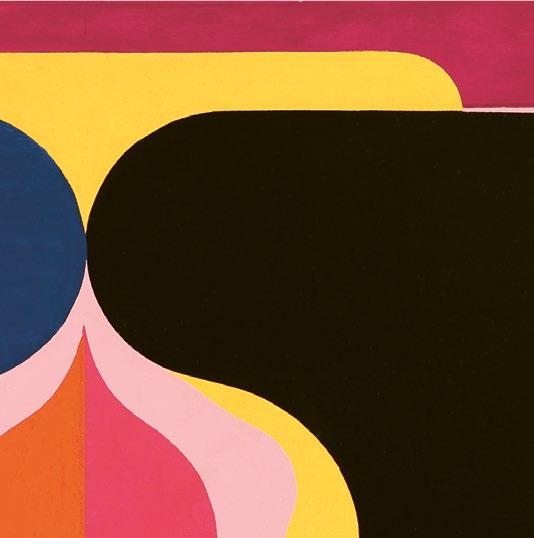

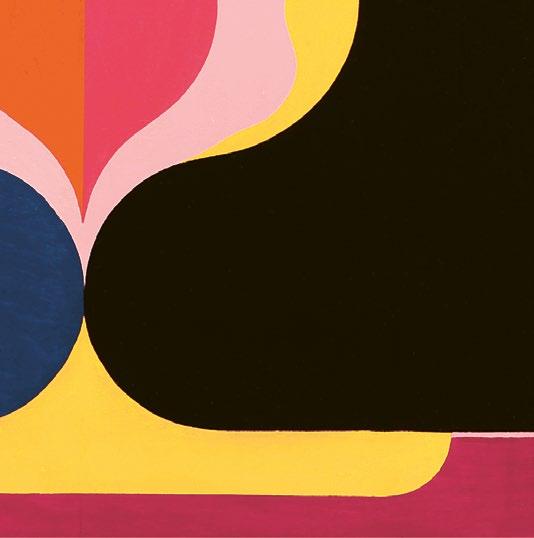
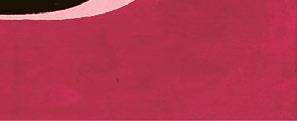

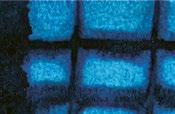
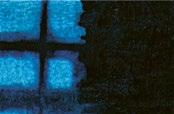

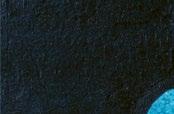

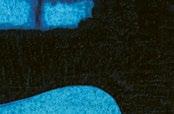
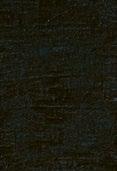
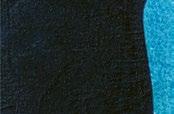


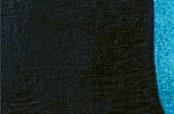

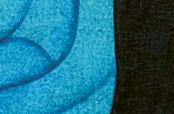
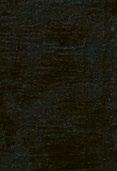
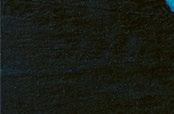
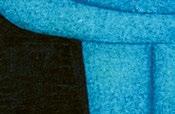

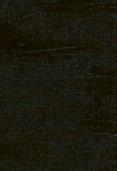
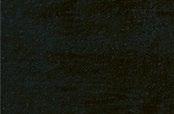
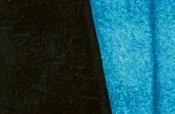
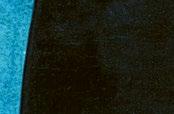
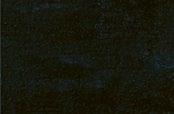
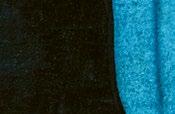
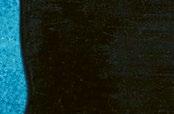
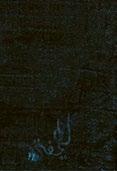


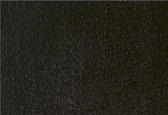
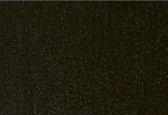
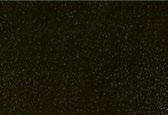

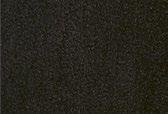
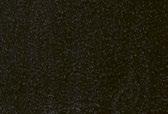
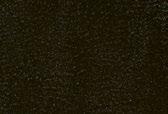
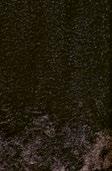

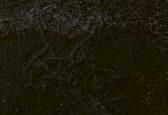
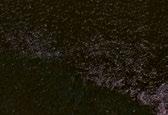
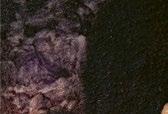
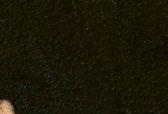

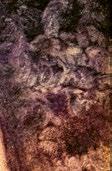
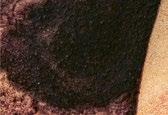
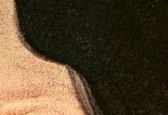
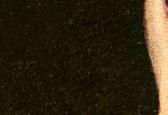
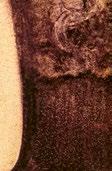


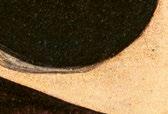
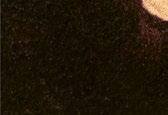

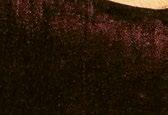
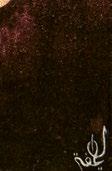





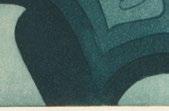

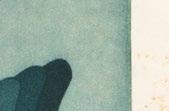
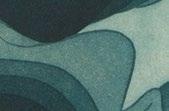
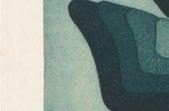

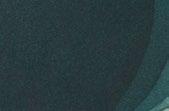
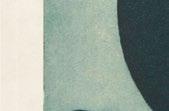
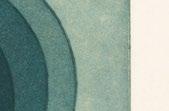
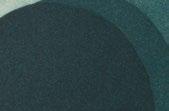
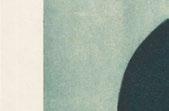
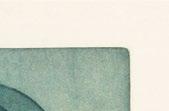
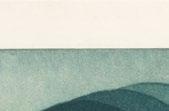
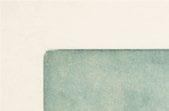
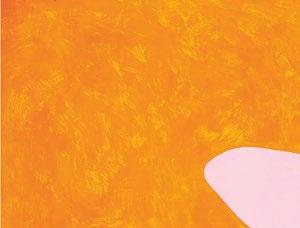
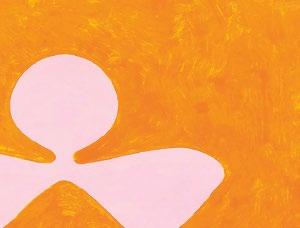


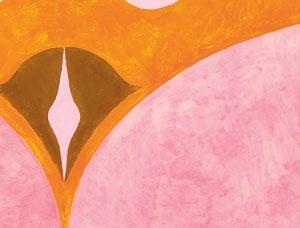
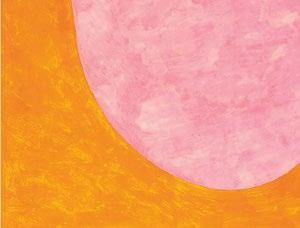
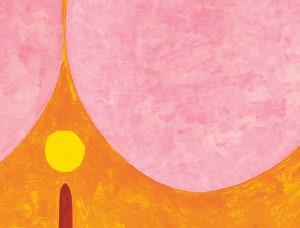

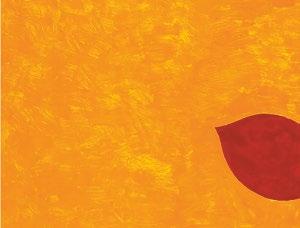
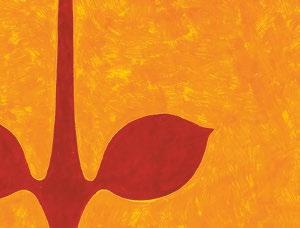

Bachir Demnati
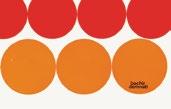
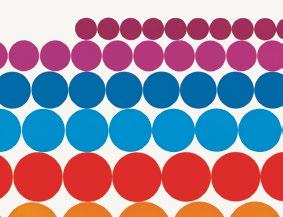
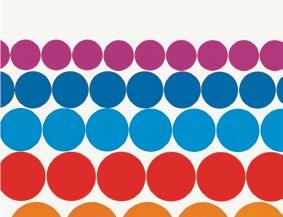
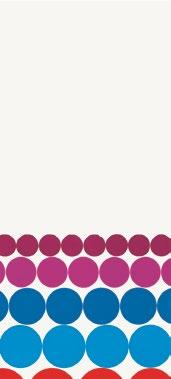
Tangier, 1971
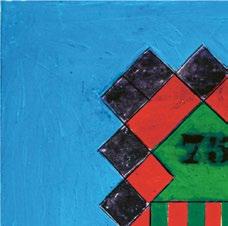
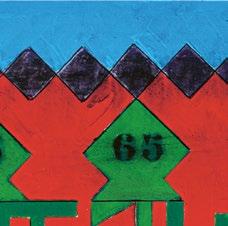
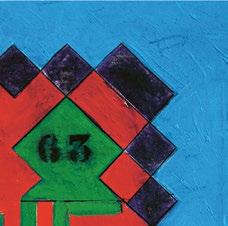

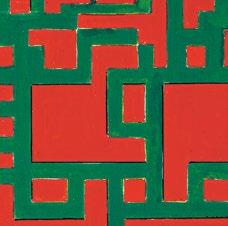
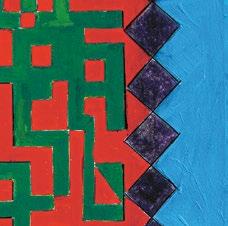
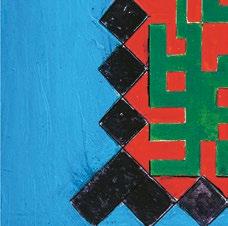
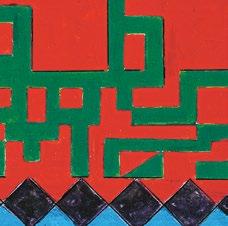
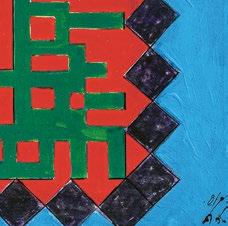
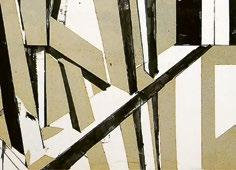
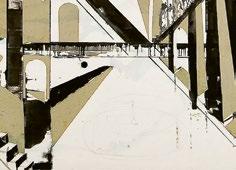
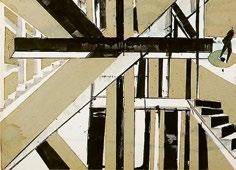
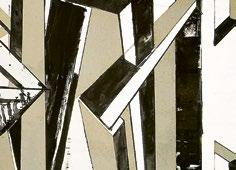
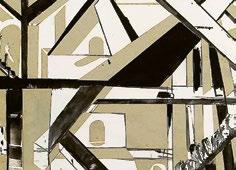
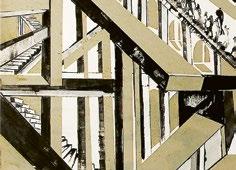
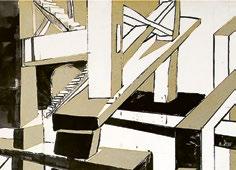
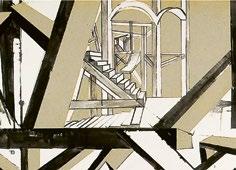
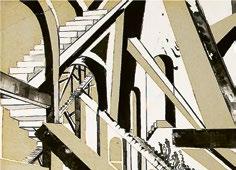
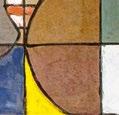

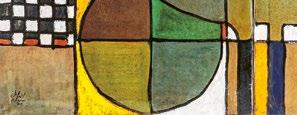
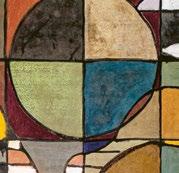
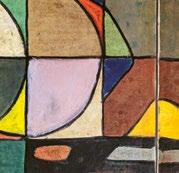
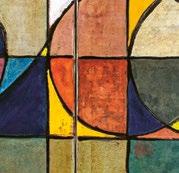
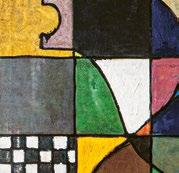

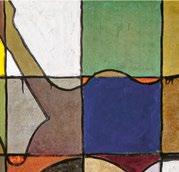
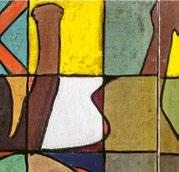
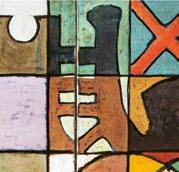
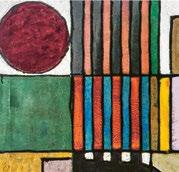
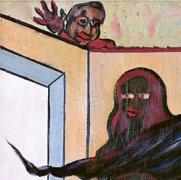
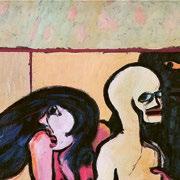

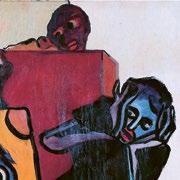
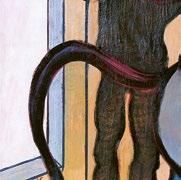
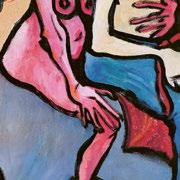
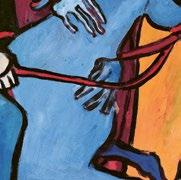
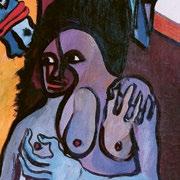
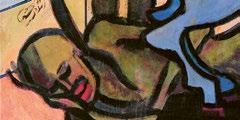
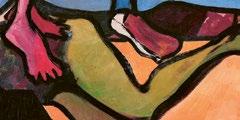

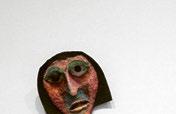


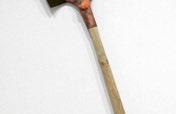
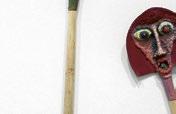
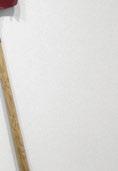
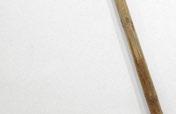
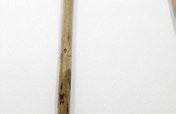
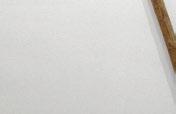
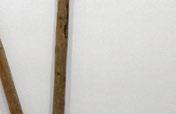
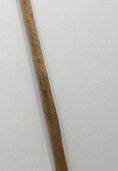
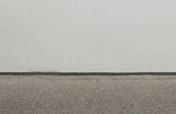
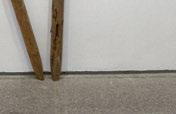

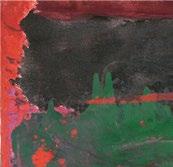
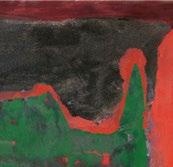
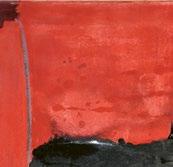
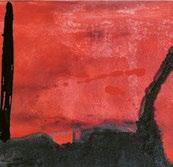
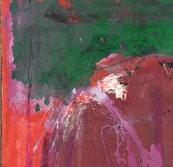

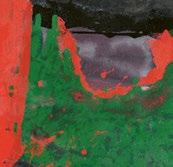
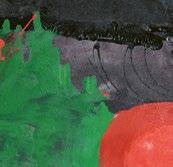
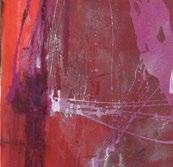

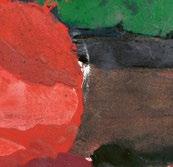
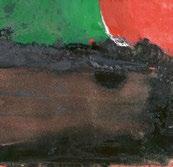

Mustapha Hafid Mysterious Universe, 1971

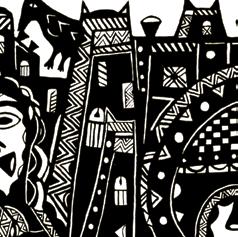
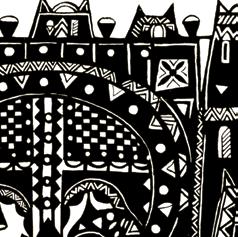

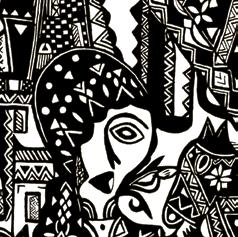
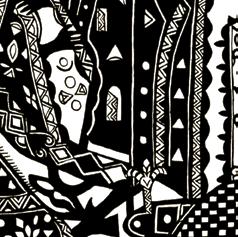

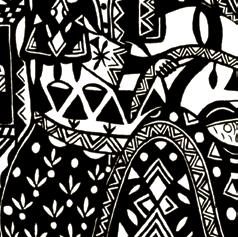
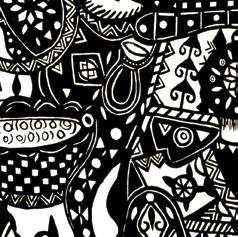
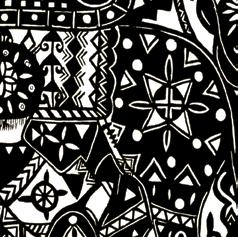


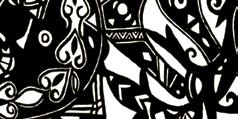

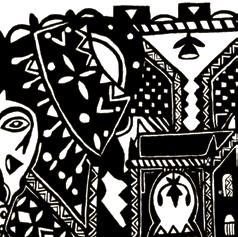
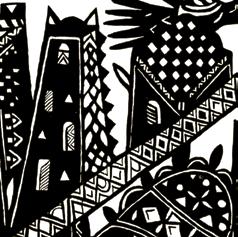

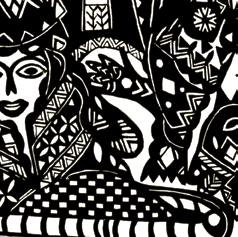
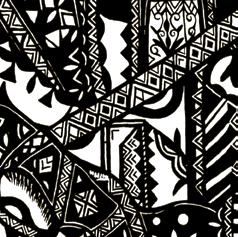
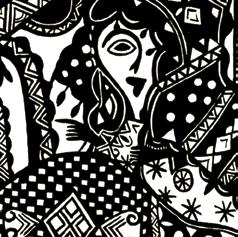
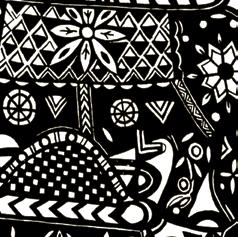




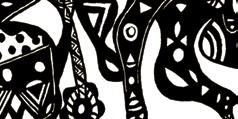

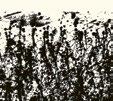
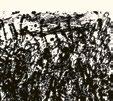

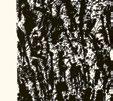
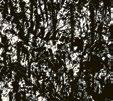
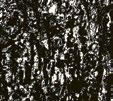
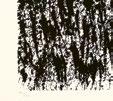
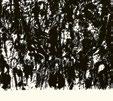
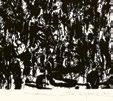





































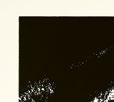

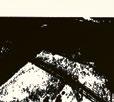


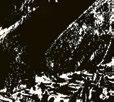
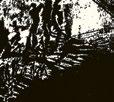

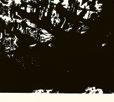
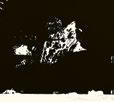

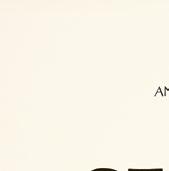
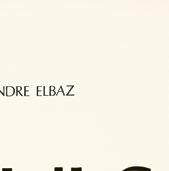
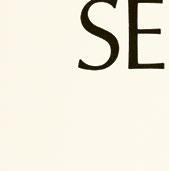

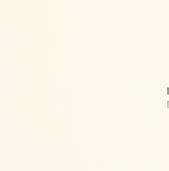
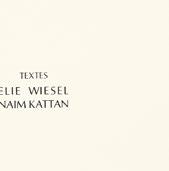


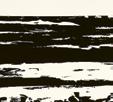


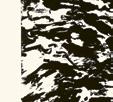
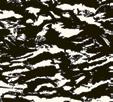
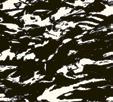
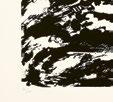
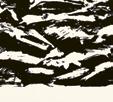
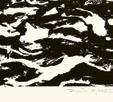


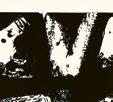
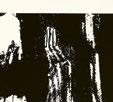

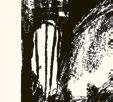
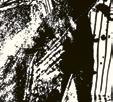

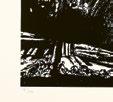
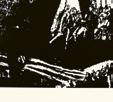
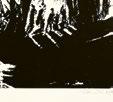

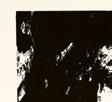
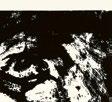
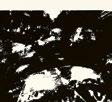

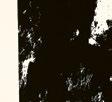
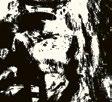

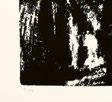
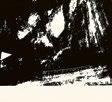
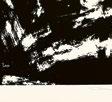





































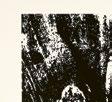



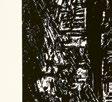

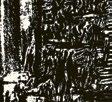
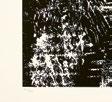
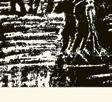
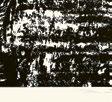


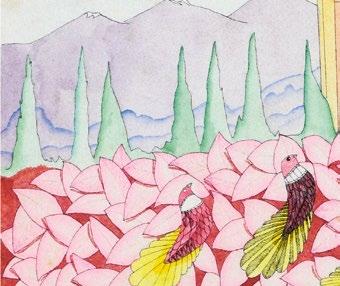
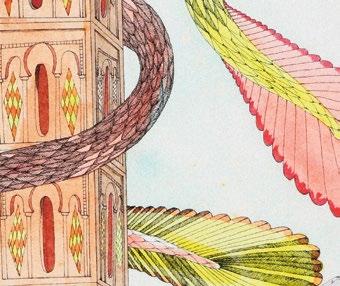
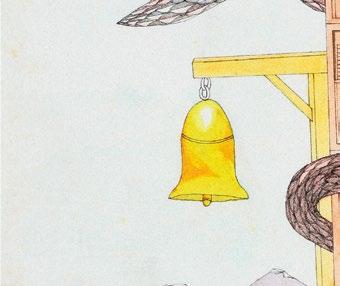
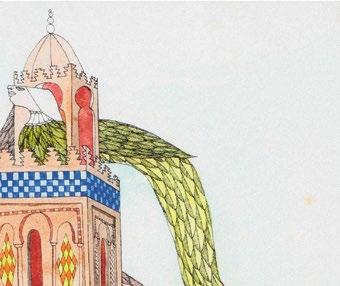
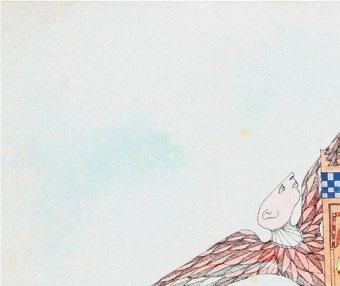
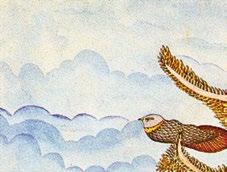
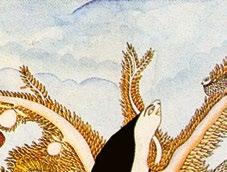
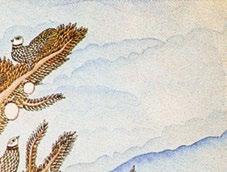
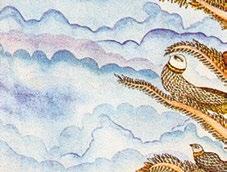

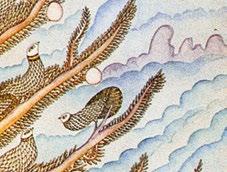

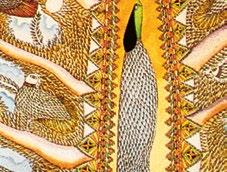
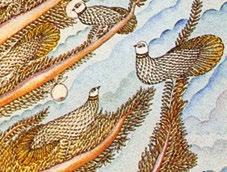
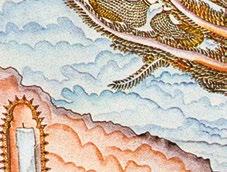
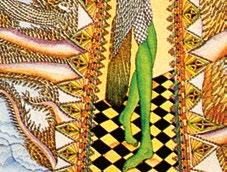
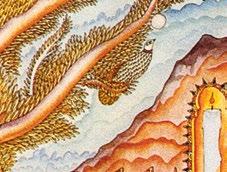
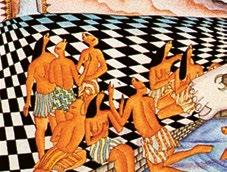
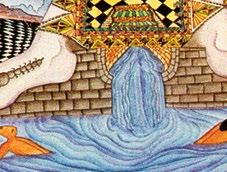
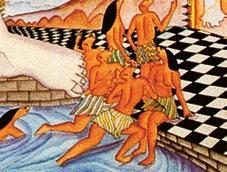
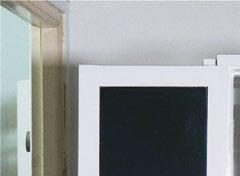
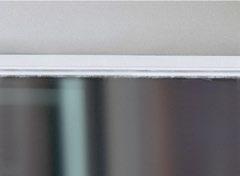
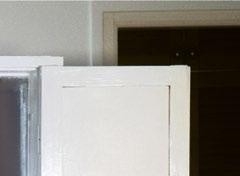
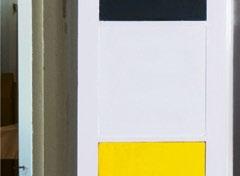
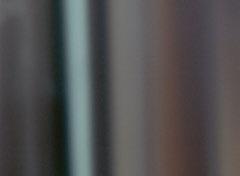
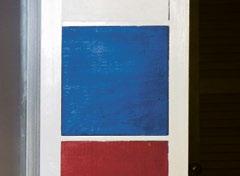
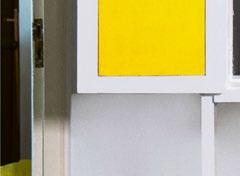
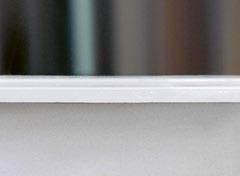
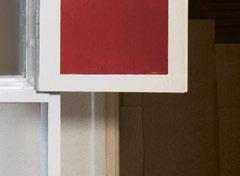

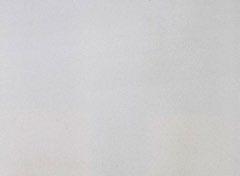

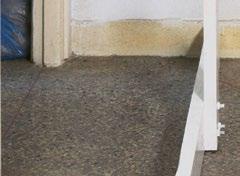

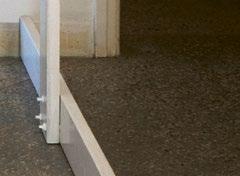

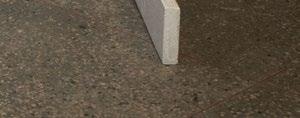 Abderrahman Meliani
Abderrahman Meliani
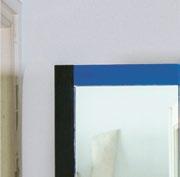

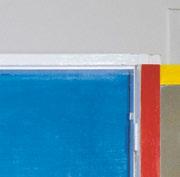
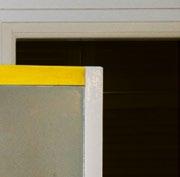
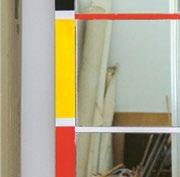
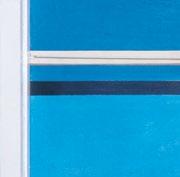
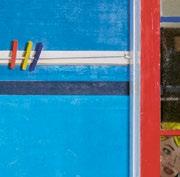
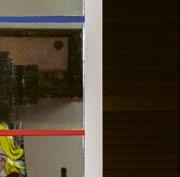
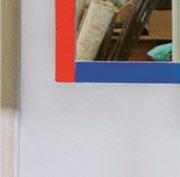
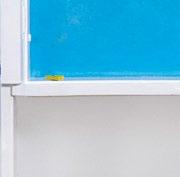
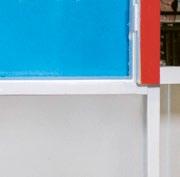
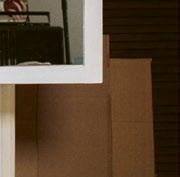
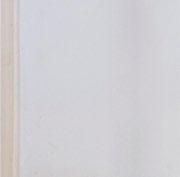
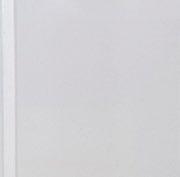
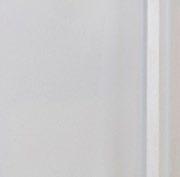
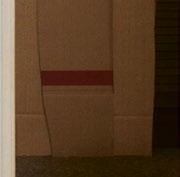


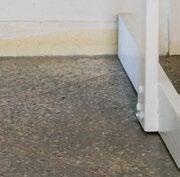
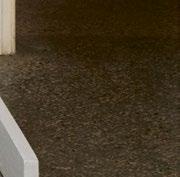
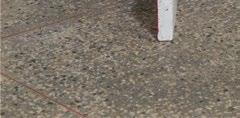
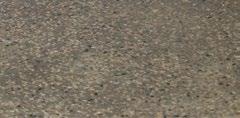
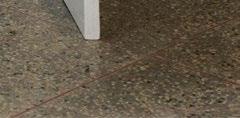
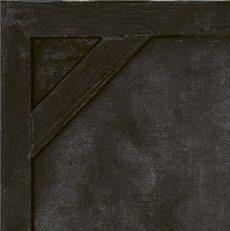
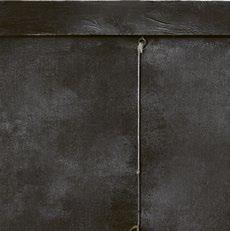

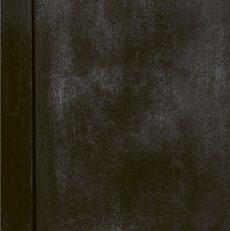
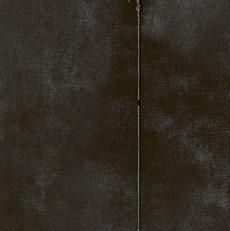

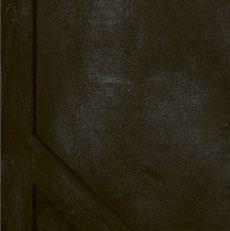
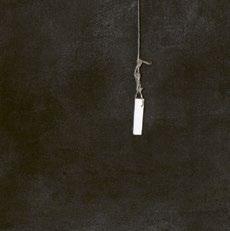

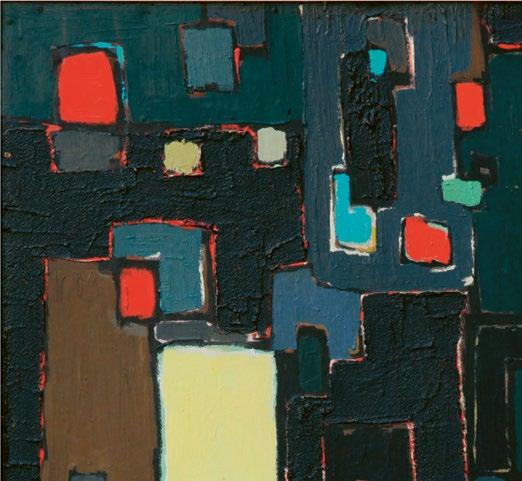

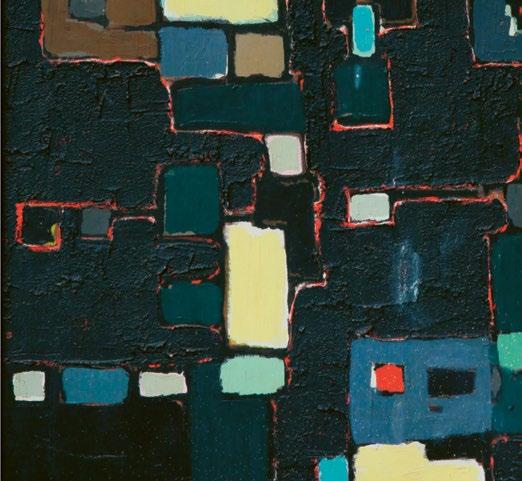

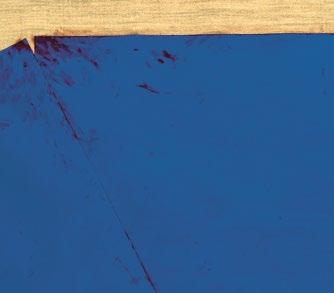
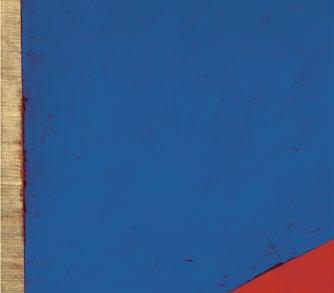
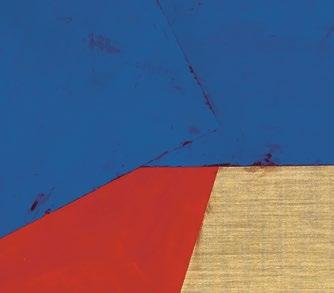

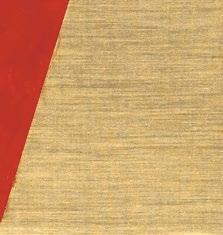

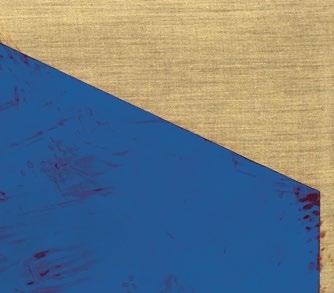
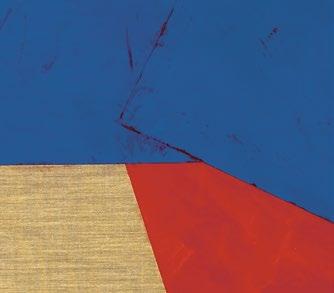
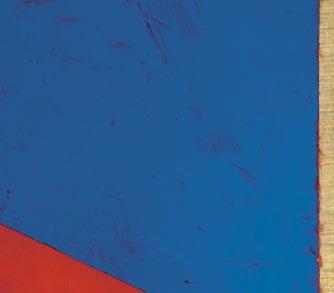

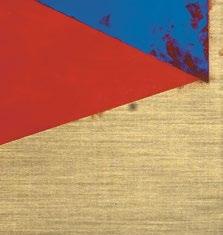
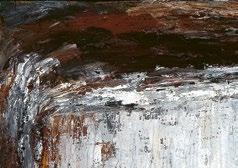
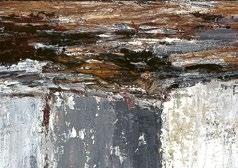
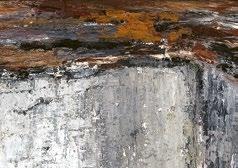

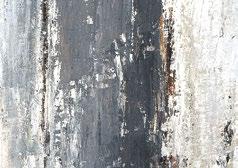
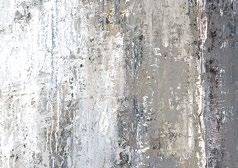
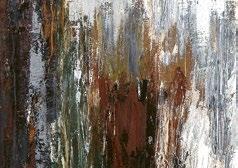
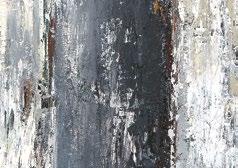
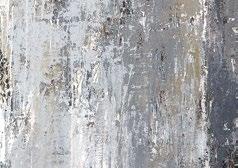
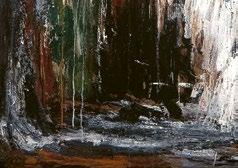

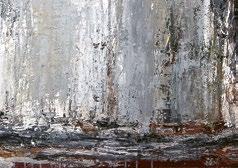
The Boards of the Gods, 1990


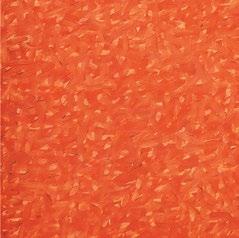
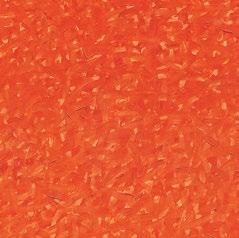
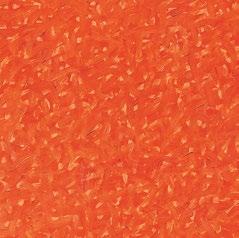
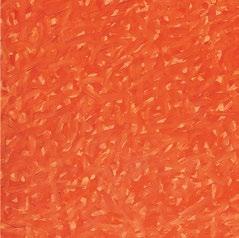
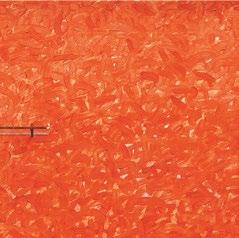

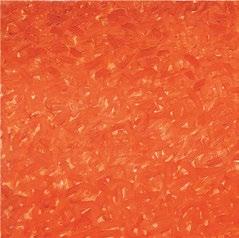
The Glass of My Life, 1991–1997
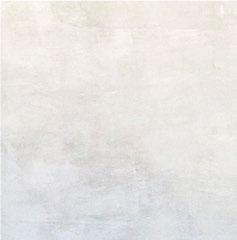
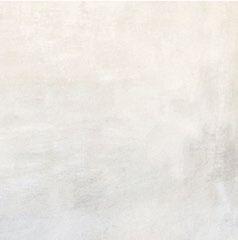
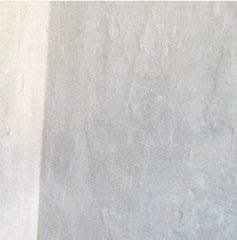
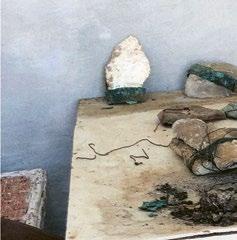

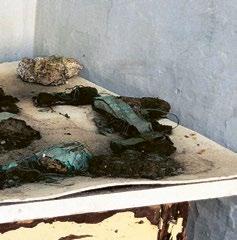
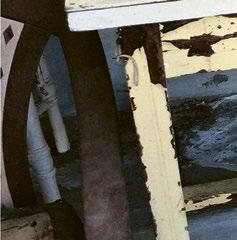
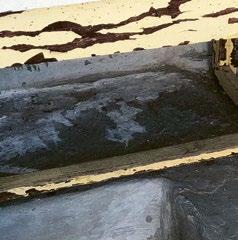
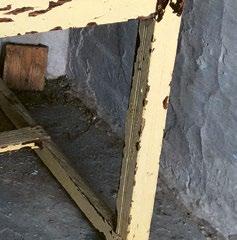

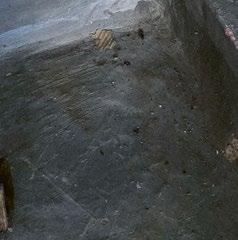
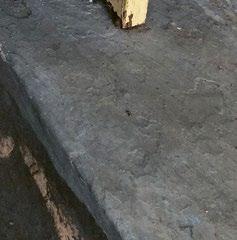
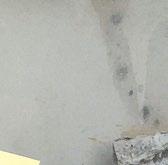

Untitled, n.d.
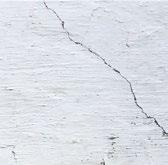

Untitled, n.d. Untitled, n.d.


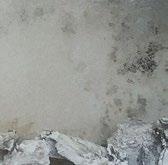
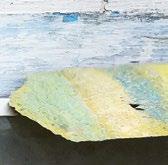

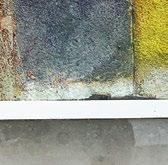
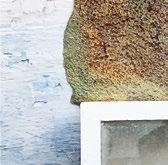
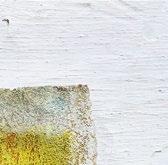

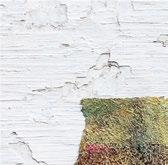
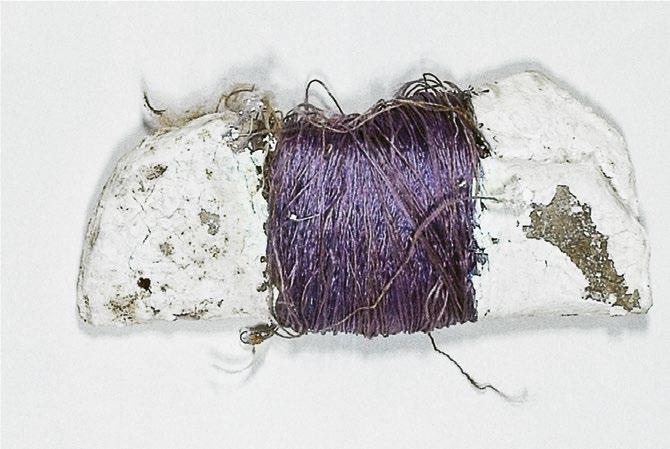
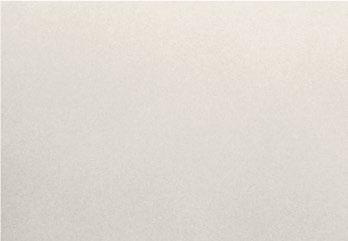
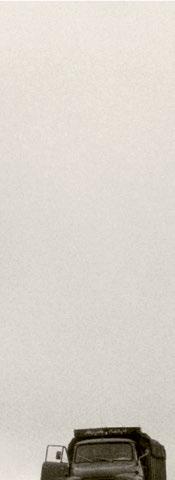
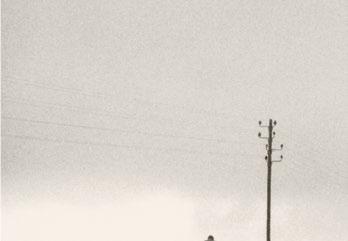

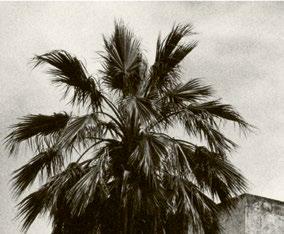
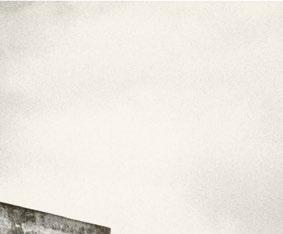
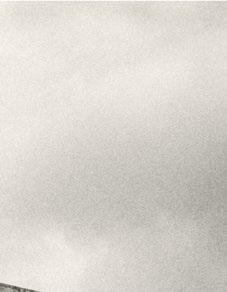
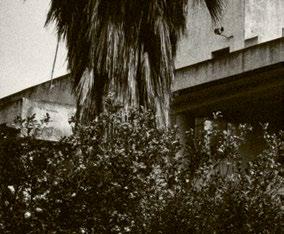
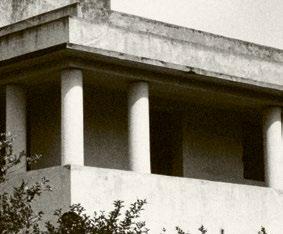
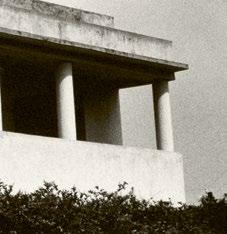
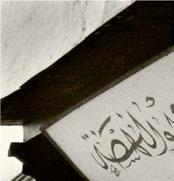

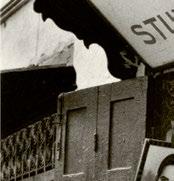

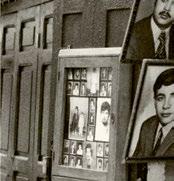
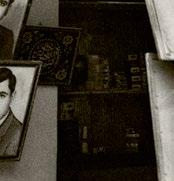

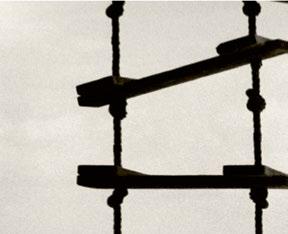
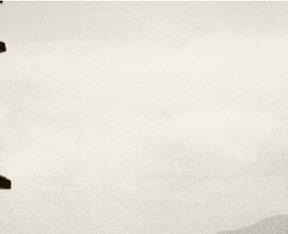


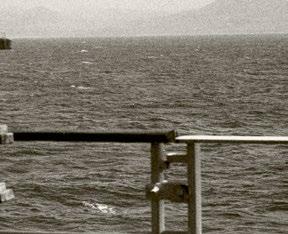
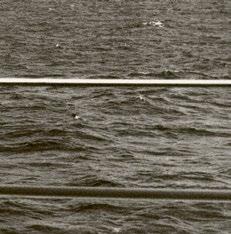
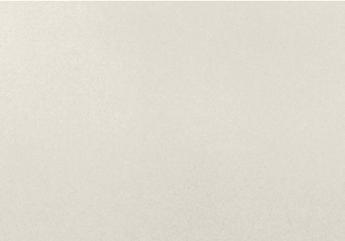
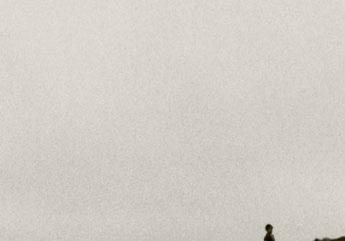
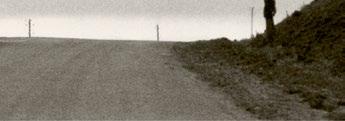

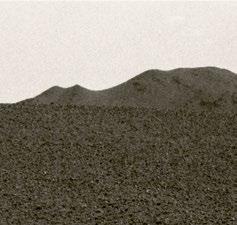
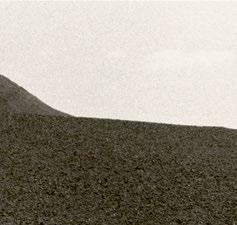
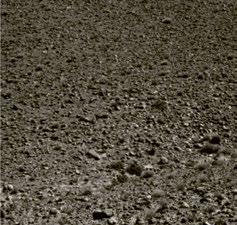
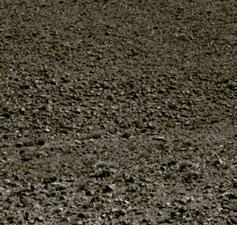
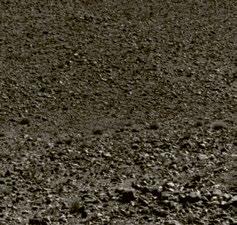
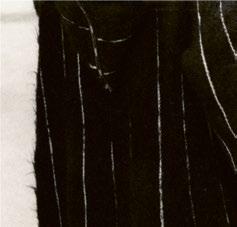
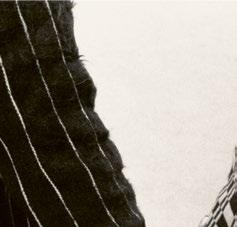
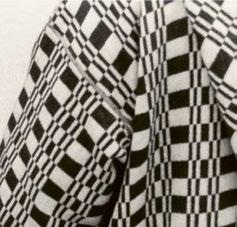
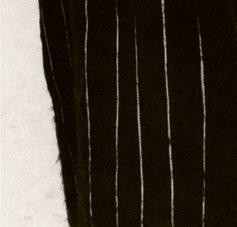

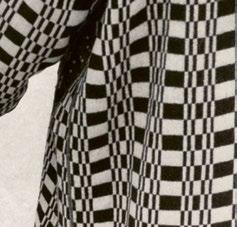 Bernard Plossu South of Morocco, 1975 Marrakech, 1975
Bernard Plossu South of Morocco, 1975 Marrakech, 1975
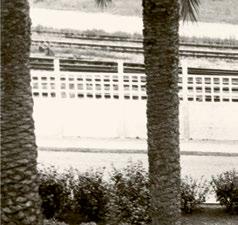
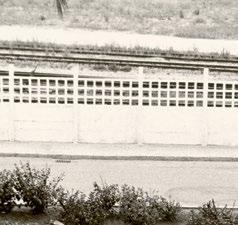
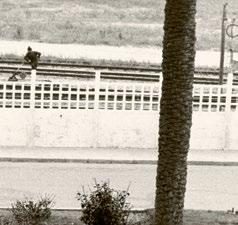

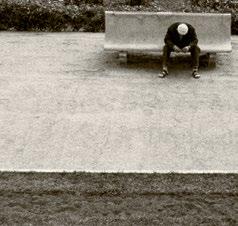
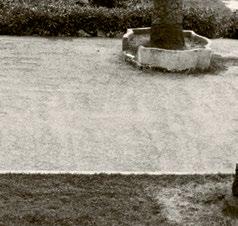
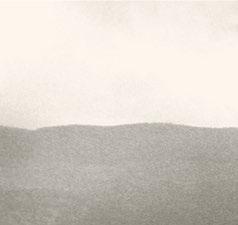
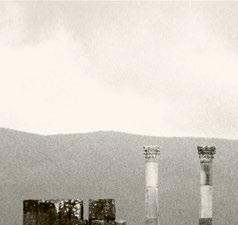
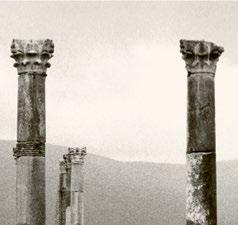
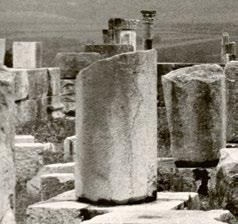
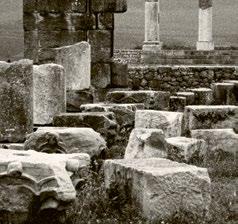
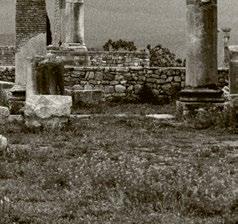
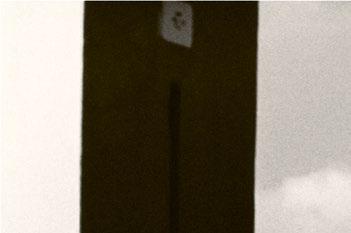
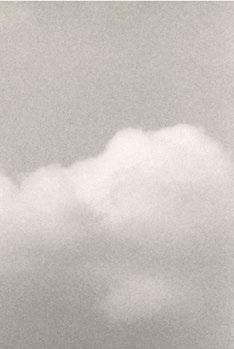
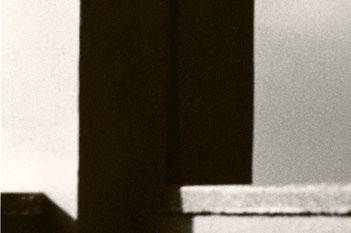
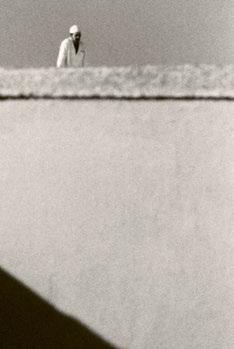
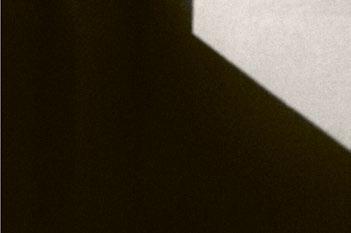
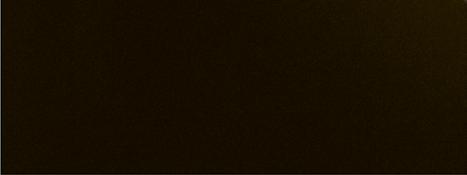
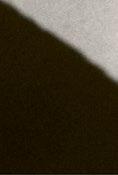 Bernard Plossu Aglou, 1975
Bernard Plossu Aglou, 1975
In 1997, when I made my first documentary film,1 I knew nothing about the history of the national cinema. And for good reason: its history is still unwritten. Several academic surveys have attempted to fill this void, but none has succeeded in establishing itself as a standard reference work on Moroccan cinema. To say nothing of the genre of documentary (or nonfiction), which is never mentioned. In 2007, I met Ahmed Bouanani, a pioneer of the national cinema despite its rejection of him. Through him—a figure whose cinematic and literary work has only recently begun to be disseminated—I discovered La septième porte (The seventh gate), the rich and somber history he spent twenty years writing and whose moment of publication has only now come about!2 In addition to the mentoring I received from its author, this work, which includes discussion of the nonfi ction genre, continues to illuminate my research even today.
1. With the exception of Transes (Ahmed El Maanouni, 86’, 1981).
2. Ahmed Bouanani, La septième porte: Une histoire du cinéma au Maroc de 1907 à 1986 (Rabat: Kulte Editions, 2021).
Independent Morocco retained the Centre Cinématographique Marocain (Moroccan Center for Cinematography, or CCM, created under the French colonial regime in 1944) but withdrew its support for the production of fictional works. As Bouanani reports, Moroccan nonfiction cinema was born by default. Its first films were made because the possibility of producing fi ction did not exist. With the exception of Le fils maudit (The Damned Son, 1958), Mohamed Osfour’s first amateur feature film, which was long censored, fourteen years passed before the first fictions were made.3 (The inaugural film of independent Morocco, Notre amie l’école [My friend school], directed by Larbi Benchekroun in 1956, is an educational film eleven minutes long.) There followed dozens of films commissioned by government agencies and intended for the opening portion of movie screenings and later as television programs. Bouanani, who saw all of these films and even helped to make some of them, offers this eloquent analysis:
Over fourteen years, about eighty reports were produced in the anonymous style of the “Actualités marocaines” newsreels. . . . Invariably, the shots are simply pasted end to end (the term “editing” is not appropriate to describe the procedure), with the cutaway shot as the principal syntactical element. A radio-like commentary delivered in the most impersonal conceivable voice along with musical segments taken from records make up the bulk of the soundtrack. Even among the more sophisticated documentaries, there are very few short films containing dialogue or sound effects. One is tempted to conclude that the technicians in charge of these productions were engaged in a flight from reality. In the vast majority of these films, the camera’s movements do not respond to any clearly defined expressive intention. Most of the time, the cinematographic vocabulary is reduced to shot sizes ranging from the establishing shot to the long shot, from the medium shot to the medium close shot; the close-up, rarely utilized, is by definition descriptive.4
Bouanani continues, “One might have expected that, over the long term, a documentary school would have emerged like those that have arisen in the world at various times. But it didn’t happen,
3. The CCM made an exception for two films commissioned and produced to ensure Moroccan participation in the first Tangier International Film Festival in 1969: Vaincre pour vivre (Al Hayatou Kifah; Conquer to Live) by M. Tazi B. A. (Mohamed Ben Abdelouahed Tazi) and Ahmed Mesnaoui; and Soleil de printemps (Shams Arrabiâ; Spring Sun) by Latif Lahlou. 4. Bouanani, La septième porte 5. Ibid. The few exceptions to Bouanani’s general claim include Le rocher (The rock, 1958) by Larbi Benchekroun; La peste du siècle (The plague of the century, 1964) by M. Tazi B. A.; and Sin Agafaye (1967) by Latif Lahlou. 6. Ibid.
despite the fact that no real obstacle stood in the way of the flowering of creativity and sensibility.”5
Prior to that unlikely meeting with my mentor, I had thought of his works Six et douze (Six and twelve) and Mémoire 14 (Memory 14) as Morocco’s first high-quality nonfiction films. But he told me about a pioneer who had also fallen into obscurity, a pioneer who had inspired Bouanani’s own cinematic essays: Mohamed Afifi (Institut des hautes études cinématographiques [IDHEC], twelfth graduating class, 1957).
For Bouanani, Afifi’s first film, De chair et d’acier (Of flesh and steel, 1959), is also the “fi rst high-quality short fi lm . . ., the only documentary of the period mentioned by Georges Sadoul in his Histoire du cinéma mondial [History of world cinema].” Along with Retour à Agadir (Return to Agadir, 1967), his works “contrast sharply with the documentaries produced by the CCM, and in their originality and style they may be regarded as the two single milestones that marked the way for a short-lived school of documentary filmmaking that went on to produce Six et douze in 1968, Forêt [Forest] in 1970, Mémoire 14 in 1971, and Al boraq [Shining] in 1972.”6
Given the conditions of production that prevailed at the time, the emergence of this school, however short-lived it may have been, was no mean feat. The CCM, the institution that held exclusive sway over cinematic activity, permitted only newsreels on the activities of the royal court and the government, as well as films commissioned by official government bodies. Such commissions were realized by young filmmakers who were brimming with ideas but simply could not wait any longer. De chair et d’acier, for example, is a government commission on the activities of the port of Casablanca, while Retour à Agadir depicts a city in mourning over the earthquake that had destroyed it five years before.
Afifi turned his commissions to his own purposes by means of a subjective and unconventional gaze. He abandoned the long-winded commentary that hobbled the productions of the CCM, reducing it to a minimum. Where it does intrude, it is brief and never simply describes what the images show. The soundtrack ceases to be a redundant illustration and instead becomes narrative. The visual element is freed from the linear narrative and develops into a more elaborate formal
203
construction. The narrative unfolds within an autonomous and coherent cinematic universe, without beginning or end, beyond conventions.
The freedom afforded by Afifi’s approach had a formative influence on Bouanani and his fellow students Majid Rchiche and Tazi (IDHEC, eighteenth graduating class, 1963). Rchiche even sat behind the camera for Retour à Agadir. Nevertheless, their first collective project, Tarfaya, ou la marche d’un poète (Tarfaya, or a poet’s journey, 1965), another commissioned film that brilliantly subverted conventions, did not achieve the maturity of the films that were yet to come. With no commentary or dialogue whatsoever, Six et douze (1968) fixes its gaze on Casablanca and watches as its light and rhythm change between six in the morning and noon, with a cinematic language midway between Dziga Vertov’s L’homme à la caméra (Man with a Movie Camera) and Afifi’s “student” films.
Although Bouanani classifies these four films as products of the “short-lived school,” their differences in style and cinematic language are extensive and significant. Mémoire 14 is a montage film that continues the experiment of Six et douze by transposing it to the medium of the archive film. It is one of the first attempts by an Arab-African filmmaker to deconstruct the (colonial) archives. Forêt (1970) and Al Boraq (1972) constitute unconventional fictions that convey the fearful and claustrophobic atmosphere of the time. The four films share with Afifi’s films a search for highly original narrative forms often constructed around a soundtrack. “They had realized,” Bouanani explained to me, “that the censors focused primarily on the images and paid less attention to the sound!”7
Among the descendants of the “short-lived school,” one whom Bouanani neglects to mention is Mohamed Abouelouakar and his film La cité du souvenir (The city of memory, 1977).8 Trained at the All-Union State Institute of Cinematography (VGIK) in Moscow, this new member of the CCM quickly formed a close relationship with Bouanani and spent endless hours in the organization’s archives watching the films of Afifi and his descendants, especially Mémoire 14. 9 In La cité du souvenir, the influence of the “short-lived school” is palpable. Abouelouakar borrows entire sound fragments from Mémoire 14 to depict Marrakech, his native city, in a way it has seldom been depicted before or since.
Another tendency, a socio-ethnographic current, also makes itself felt in La cité du souvenir. Oddly, it is never explicitly highlighted in
reviews of or scholarly works about the film. In my view, however, the socio-ethnographic tendency has influenced the most memorable films in the history of Moroccan cinema!
We find traces of it in a few films of the mid-1960s that Bouanani distinguishes from the spate of uninteresting films made during that decade. One of them is Sin Agafaye (1967) by Lahlou, which deals with an ancient water management and distribution system still commonly used in some locations. That same year, a young researcher who had attended Jean Rouch’s classes made an ethnographic film of rare maturity, Les tanneurs de Marrakech (The tanners of Marrakech). However, its director, Mohamed Aït Youssef, is mentioned by Bouanani only in connection with his second film, Nostalgie du naïf (Nostalgia for the naive, 1977), made ten years later. Bouanani describes it as “a very moving experiment that went unnoticed at the first National Film Festival in Rabat in 1982.”10 In 1968, another young director, Mohamed Abbazi, set out to film the everyday lives of daily cleaning women in Casablanca. Denied permission to film in the shantytown where they lived, the director abandoned the project before editing began on the dailies, most of which were shot clandestinely.11 Who knows how many films did not survive or are still floating around in the world somewhere? Among those that are lost forever, Bouanani mentions several short films from the 1970s that were abandoned in a Parisian film lab by the directors of the CCM, including Sidi Ahmed O’moussa (1972), Bouanani’s film about the legendary marabout!
The most memorable loss is undoubtedly that of Driss Karim’s Les enfants du Haouz (The children of Al Haouz, 1970), a penetrating look at the unemployment crisis among rural youth that the censors first denounced before banning outright.
These films were often initiated or overseen by the founder of the school of sociology in Morocco, Paul Pascon. The son of a colonist and a major figure in postcolonial Morocco, he has fallen into obscurity, but he left a lasting impression on generations of students. Early on, he introduced the use of photography and film in his approach to the field, and he also attracted young filmmakers with an interest in the social sciences. At his instigation, the painter Abouelouakar left for Moscow to train as a filmmaker. Pascon is also linked to Le
7. Interview recorded in 2010 for the shooting of my film Crossing the Seventh Gate
8. This fi lm is also known under a second title, Visages de Marrakech (Faces of Marrakech). 9. Mémoire 14 was reduced from an original length of 108 minutes to 24 minutes by the censors’ cuts. 10. Bouanani, La septième porte 11. The dailies for this project were discovered in a Los Angeles film library. They exist in two versions, color and black-and-white, both of which have been restored and digitized.
205
rite du ligoté (The ritual of the bound man, 1980), an ethnographic film by Hamid Bensaid for which Pascon wrote the commentary. His influence, both direct and indirect, continued after his death in 1985. Thanks to him, his students mingled closely with the world of cinema via film clubs, which were quite active in the 1970s.
The social sciences seem to have held a powerful fascination for directors of the period, many of whom pursued academic degrees in the field, alongside their training in film. An interest in the social sciences also marked the “short-lived school,” including its founder, Afifi, whose first work, De chair et d’acier, may be regarded as a socio-ethnographic film.12 And Bouanani, more than any other director, authored studies of Moroccan culture and popular arts, some of which were published in the first issues of Souffles (Breaths), the cult journal of the 1960s and 1970s. But unlike the “sociological school,” which tackled the reality of the “real” head-on, the “shortlived school” preferred to keep reality at a distance, the better to bring out its imaginary dimension and its poetry.
Exploring the memory of these two schools reveals the fluidity of the boundaries that separated them from the fiction film, which did, despite everything, finally manage to emerge! After the CCM agreed to finance two feature films in 1968–1969 and then withdrew its support for their production, Bouanani and Tazi of the “short-lived school” joined forces with two new IDHEC graduates to form the first filmmakers’ collective in Morocco, Sygma 3. Despite the limited funds at its disposal, the group succeeded in finishing Traces (1970), which became the first cult film in Moroccan cinematic history, as well as an international critical success. The collective immediately collapsed, however, which prevented Bouanani from producing Le mirage (The mirage). The remarkable first works of Moumen Smihi, including the distinguished Vent d’est (El chergui, The East Wind; 1975) and 44, ou les récits de la nuit (44, aw oustourat allayl; 44, or
12. Afifi is the only director to have taken an interest in scientific film. He was a founding member and vice president of the Cinémathèque Internationale Scientifique (International Scientific Film Archive) in Brussels in 1961, as well as secretary general and then honorary secretary of the Association Internationale du Cinéma Scientifique (International Scientific Film Association) in Paris from 1960 to 1962. 13.
al-‘Aysāwiyya, a Sufi brotherhood.—Ed. 14. The project was initially spearheaded by Mohamed Reggab, another great figure of the national cinema who had trained at the VGIK in Moscow, but he left the film before it was completed. With Abdelkader Lagtaâ, who trained at the Łódź Film School and was part of the collective that produced Les cendres du clos, Reggab made several portraits of the first generation of Moroccan artists for television.
Tales of the Night; 1981), can perhaps be assigned to the “short-lived school.” However, we have no way of knowing whether the filiation of this atypical third-generation filmmaker is real or purely spiritual.
As for the sociological school’s approach to fiction films, its directors plowed their own furrows. After a hesitant start, they produced a range of docufictions and highly original essay films that tackle their subjects head-on.
The first important feature film of the 1970s, Les mille et une mains (A Thousand and One Hands, 1972–1973), was directed by Souhail Ben Barka, who had just graduated from the Centro Sperimentale di Cinematografia (Center for Experimental Film) in Rome and also had a degree in sociology. His film was the first to show the exploitation of child labor. Constructed around an insignificant plot, its strength lies in the quasi-documentary sequences that depict the punishing work of the carpet makers and the small trades that revolve around them. After this, Ben Barka shot Malika, la fille du teinturier (Malika, the dyer’s daughter), a brief portrait of a child worker. His filmography also includes a short documentary called L’eau (Water, 1970), as well as another from 1975, Ceux du Moussem (Those of Moussem), both of which my associates and I have been unable to see.
Immediately following Les mille et une mains, another film made the headlines, as much because of how it was made as because it was banned categorically: De quelques événements sans signification (About Some Meaningless Events, 1974). This film is also built around a secondary plot that serves as a pretext for its documentary component. The latter enabled the camera to freely go where it had never gone before in Casablanca—into the working-class bars of the time, the homes of anti-establishment artists, and onto the sidewalks, where passers-by were interviewed about the kind of national cinema they wished to see. The project, spearheaded by Mostafa Derkaoui, was the collective effort of a group of third-generation filmmakers, most of whom had trained at the Łódź Film School in Poland. Their films were not shown in Morocco, with the exception of Noureddine Gounajjar’s Agrégats (Aggregates), an ethnographic film about the trance ritual of the Aissawa Brotherhood13 made in 1972. For reasons of censorship, however, it was not screened until 1984 at the second National Film Festival, where it won first prize for short film.
After the experiment of Quelques événements sans signification and despite the censors, Derkaoui and some of his team assembled a group of newcomers around another project, Les cendres du clos (The ashes of the park, 1976).14 In this docufiction, the nominally “fictional”
207
component expands on what direct cinema had not been able to capture, delivering a blunt depiction of the crisis situation brought about by the rural exodus. The film succeeded in getting past the censors and elicited significant interest despite its poor distribution. It was soon eclipsed, however, by Ô les jours! (Alyam, Alyam!, Oh the Days!, 1978), the first feature film of Ahmed El Maanouni, a newcomer from INSA (Institut national supérieur des arts du spectacle et des techniques de diffusion) in Brussels. This film, which addresses the same subject as its precursor but uses a more accomplished cinematic language, draws greater force and depth from its use of direct cinema. It quickly achieved an international critical success, thanks to which it continues to circulate today. In 1981, Maanouni transformed the essay film with Transes (Trances), a cult film about the group Nass El Ghiwane, eclipsing an earlier film—Taghounja (1980)—also devoted to the Nass El Ghiwane phenomenon. The director of the earlier film, Abdou Achouba, who trained at the IDHEC in Paris and has since become a prominent figure of the international film world, was an exponent of the ethnographic film when he first started out.15
While classified as fiction, Taghounja is, strictly speaking, a docufiction. However, its approach is markedly different from that of Transes. Instead of a biopic, it dramatizes the group’s lyrics, sometimes literally, within the sociopolitical life of the time.
Why did Moroccan filmmakers evince such a passion for Nass El Ghiwane in the early 1980s, to the extent that two very different films were made about them at a time when documentaries were extremely rare? Other national pop stars—fairly major ones at that—had never been visited by filmmakers! More than the band’s notoriety, it was their music that was the true focus of interest. The national cinema, regardless of genre, has never ceased to draw upon their repertoire. (Their music has also featured in mainstream Western cinema; for example, in The Last Temptation of Christ by Martin Scorsese, who discovered the group through the film Transes.) To appreciate the magnitude of the phenomenon that was Nass El Ghiwane, it is useful to recall the state of Moroccan music before they arrived on the scene.
Before the colonial period and during a portion of it, music in Morocco was multiform, encompassing popular traditions specific to the various regions of the country, as well as the ritual musical forms of the numerous religious brotherhoods (Gnawa,16 Aissawa, Heddawa,17 H’madcha,18 Jilala,19 etc.) and the Andalusian music brought to the
country by Jews and Muslims expelled from Spain in the fifteenth century. In the middle of the colonial era, Moroccans discovered contemporary classical music through Egyptian cinema. Transposed from the Egyptian example, a “modern Moroccan music” began to emerge, becoming the only genre (other than Andalusian music) accepted in the media and official spaces. Nevertheless, the Moroccan public’s support for this musical form was not unreserved—or at least, no more so than it was for initiatives imitating Western rock and roll (Vigon, Golden Hands, Les Variations, Les Frères Megri, etc.).
Driven by the search for a modern but authentic form of expression, in the 1960s the younger generation of artists in Morocco sought to return to the origins of the country’s culture and the popular arts, which had been actively disparaged in the colonial era and were, in some cases, on the verge of disappearing.
Amid the rise of worldwide libertarian spirit, Nass El Ghiwane’s deliberate embrace of the rock and roll style resonated powerfully with the public. The group quickly became a phenomenon, a dissonant voice in which every social class could see itself—both in Morocco and beyond. Nass El Ghiwane distinguished itself from other bands by arriving at this quest through other art forms; in particular, the theater, where the band took its first steps in the company of the undisputed master of the national scene, Tayeb Saddiki, director of Casablanca’s Municipal Theater. Already engaged in researching and reconstructing the popular cultural heritage, this student of Jean Vilar brought visual artists, poets, writers, storytellers, street musicians, monkey trainers, and many others together around his project. At his instigation, young student actors went in search of an authentic musical renewal. Among them were the students who would later form Nass El Ghiwane. They set about tirelessly collecting oral poetry, sounds, and rhythms primarily drawn from popular music and the repertoire of the traditional religious brotherhoods. They then merged these rich legacies, combining them in such a way that they retained their individuality. Their commitment to popular culture was matched by a social and political commitment that kept faith with the aspirations of the “little people” of the suburbs from where they came.
15. His second film, Sadati Aissawa (The Aissawa brotherhood, 1982), which deals with a trance ritual of the eponymous brotherhood, received the first Grand Prix Nanook of the Bilan du Film Ethnographique, the ethnographic film festival founded by Jean Rouch.
16. ةوﺎﻨﻛ Gnāwa, a Sufi brotherhood that uses ritual and syncretic chants to achieve a trance state.—Ed.
and nomadic order founded in the late eighteenth century.—Ed.
, a Sufi brotherhood founded in the seventeenth century.—Ed.
, a brotherhood of Sufi origin that uses music for curative purposes.—Ed.
209
Nass El Ghiwane marked the first time an artistic expression of protest got past the censors. Music is undoubtedly the only art form in postcolonial Morocco to have arrived at a synthesis of local heritage and universal modernity while also succeeding in reaching the general public and interacting with other art forms.
With the creation in 1984 of the CCM assistance fund, which was reserved for fi ction fi lms, documentary cinema disappeared. In these lean years, the government stopped granting scholarships for studying film abroad. No new generation emerged to take over from the old, and this had a lasting effect on the quality of cinematic production. However, Daoud Oulad Sayed’s first films represent an exception to this wilderness period. A science teacher, he was above all a talented photographer, whose works drew the attention of Bouanani. The latter took him under his wing and supervised his first short films before writing the screenplays for his first two fictional feature films.20 Sayed’s Mémoire ocre (Ocher memory, 1991), Entre L’absence et l’oubli (Between absence and oblivion, 1993), and L’oued (The wadi, 1995) are short docufictions whose idiosyncratic cinematic language quickly attracted the attention of the international circuit. In addition to the filmmaker’s visual sensibility, they bear the unmistakable mark of the two “first schools.”
With no Moroccan fi lm schools to attend, the “new generation” highlighted in the media consisted primarily of students who had gone abroad in the 1980s to study fields other than film. Like me, many of them had obtained scholarships to pursue a completely different course of study, only to then discover they could switch to film studies. Unlike the first generations of Moroccan filmmakers, members of this one often chose to remain abroad, maintaining close ties to the country where they made their films but relying on the cinematic establishment of their host countries for support. This “new wave” also saw the emergence of the first second-generation filmmakers with immigrant backgrounds.
The films of the newer generation share sociocultural and identitarian concerns but use forms influenced by the cinema of their makers’ host countries. Their films toured the festival circuit and were picked up by foreign distribution networks but generally did not find their way to Moroccan audiences—or did so purely by chance.
Finally, what definitively characterizes this generation is the emergence of women directors. Before this point, the national cinema had counted only two, Farida Bourquia and Farida Benlyazid, both of whom worked in fiction.21 The pioneering woman director in nonfiction film was Izza Génini. Living and working in France as a distributor and producer, she decided late in her career to make a series of eleven short films (1988–1993), all of them devoted to the traditional musical heritage of Morocco. Since then, she has not stopped exploring this rich heritage, breaking with a televisual and didactic tone in favor of a freer and more personal cinematic language. With some twenty documentary films to her name, most of which are known primarily abroad, Génini remains the genre’s most prolific director.
Also in France was Dalila Ennadre, another pioneer with an immigrant background. Her work, which has attracted more attention outside than within Morocco, includes El Batalett, femmes de la medina (El Batalett, women from the medina, 2001) and other films devoted almost exclusively to Moroccan women, their struggle, and their memory. Gone early (and too soon), she left behind a filmography of about ten films.
Simone Bitton, another pioneer, also moved to Paris. After training at the IDHEC, she made her first film, Solange Giraud, née Tach, which won the César for best short documentary film in 1981. After a long hiatus, she resumed her activity as a documentary filmmaker in 1997 with films on the Israeli-Palestinian conflict, including Mur (Wall, 2004).
At the fifth National Film Festival, Fatima Jebli Ouazzani, who was still unknown at the time, caused a sensation by winning the Grand Prix for her first film, Dans la maison de mon père (In My Father’s House, 1998). Not only did the CCM opt to grant the award to a woman director; it also chose to honor a nonfiction feature film, a genre that had almost completely disappeared from the domestic cinematic landscape. Endowed with a rare sensitivity, La maison de mon père is both an act of revolt (against sexual taboos and the oppression of women) and a home movie in which the filmmaker does not hesitate to sacrifice her privacy and that of her family for the sake of dramatic interest, an approach that was still highly unusual among Moroccan filmmakers. Despite winning awards at several prestigious festivals, however, Dans la maison de mon père was never distributed
20. Adieu forain (Goodbye traveling showman, 1998; released in English-language markets as Bye-Bye Souirty) and Cheval de vent (The Wind Horse, 2001). 21. Bourquia, the pioneering director of the feature film Jemra (1981), also made documentaries for the national television network, where she worked. Those I have been able to see resemble journalistic reports or segments of a TV news magazine.
in Morocco and remains unknown to the general public there. The same is true for the thesis film of Hakim Belabbes, who lives in Chicago. If the CCM had opened its doors to documentary earlier, it would have discovered the first Moroccan home movie, Un nid dans la chaleur (A warm nest, 1996), made two years before Ouazzani’s film. A pioneer, Belabbes remains a trailblazer by dint of his ongoing experimental work. Combining the real with the dreamlike and charting a course between genres, he has, despite living in Chicago, become a singular figure on the Moroccan film scene.
Other women directors also emerged during these years, almost all of them from immigrant backgrounds. After producing several short films, Yasmine Kassari, who divides her time between France and Belgium, came to prominence with Quand les hommes pleurent (When Men Cry, 2001). Leila Kilani, who also lives in France, attracted attention with her first film, Tanger, le rêve des brûleurs (Tangier, the Burners’ Dream, 2002).
Mohammed Ulad-Mohand was the first of this generation to emerge, doing so with Un Americain à Tanger (An American in Tangier, 1993), a short film made with the writer Paul Bowles. After a few flirtations with fiction, he went on to make a second documentary that drew attention only much later, Hercule contre Hermès (Hercules versus Hermes, 2012).
At roughly the same time as Belabbes and I were making our early films, Ivan Boccara, who had also moved to Paris, drew attention with his first film, Mout tania (The second death, 1999). His work, similar to ethnographic film, patiently collects fragments of the lives of the mountain dwellers of the Moroccan High Atlas.
The so-called new generation of nonfiction filmmakers, of which I include myself, is small in number when compared to the directors of the same generation who chose fiction. Resisters, artisans, exiles, even outcasts, our artistic contribution has helped to establish nonfiction film and allowed it to put down lasting roots. As a result, the genre is much more widely accepted today by the Moroccan cinematic establishment, as well as by television, despite the obstacles to freedom that still remain. In spite of these accomplishments, however, the marginalization of this form of production—as well as the lack of possibilities for intergenerational transmission—prevent it from achieving the creative standard realized by the cinema of fiction. As long as this dynamic remains absent, Moroccan nonfiction film will find it difficult to aspire to a cinema endowed with a unique identity and able to express its own sensibility and vision of the world.

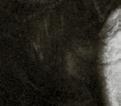
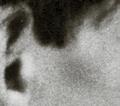
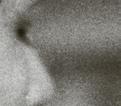
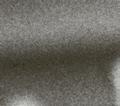
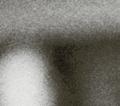



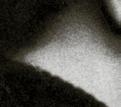
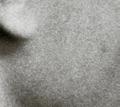

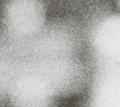
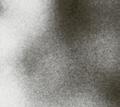
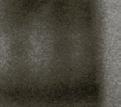

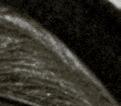
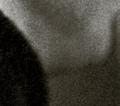

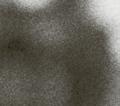
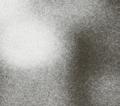
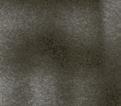

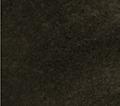
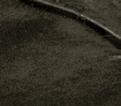

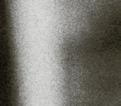
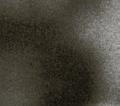
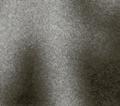
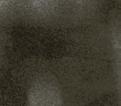
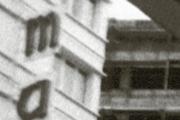
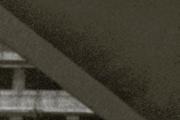
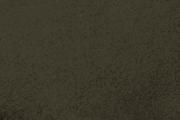
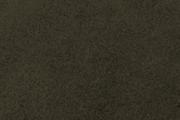
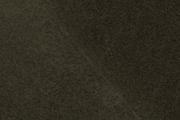
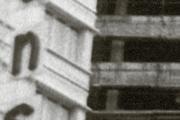
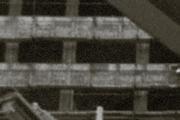
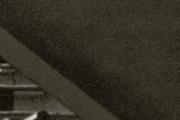

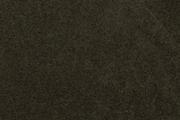
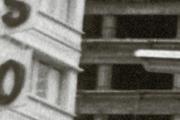
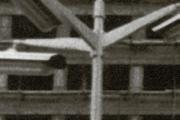
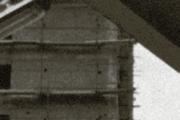








































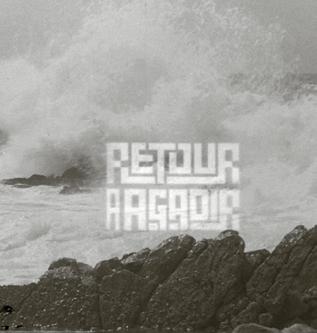






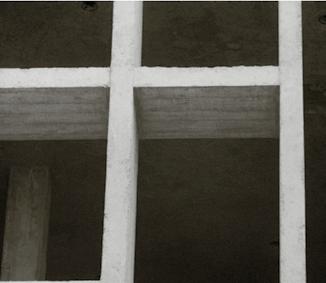


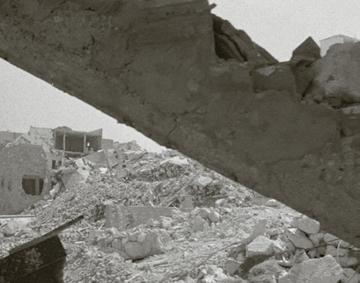


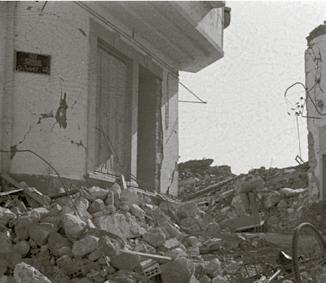




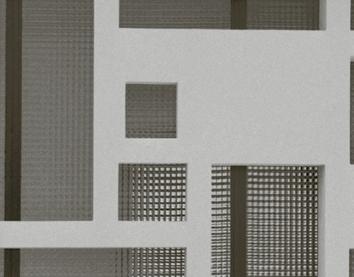


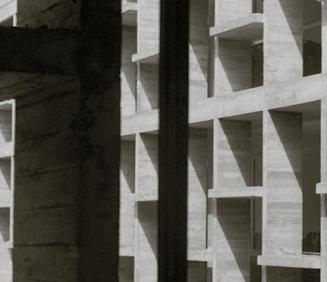


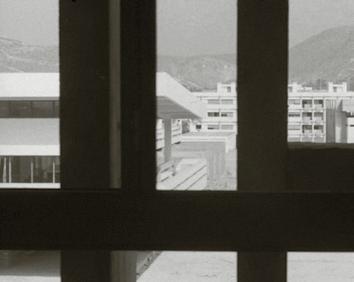




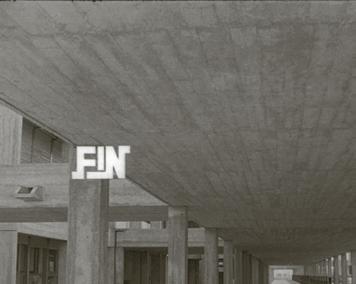


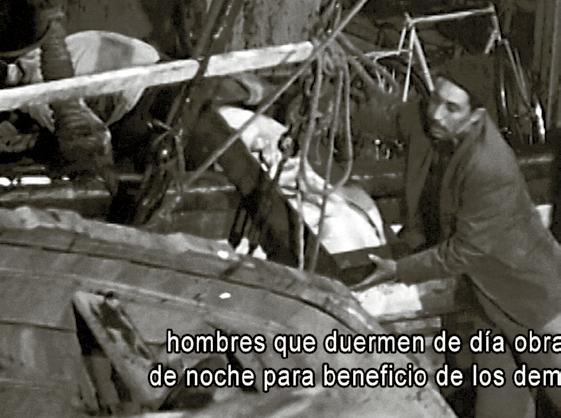
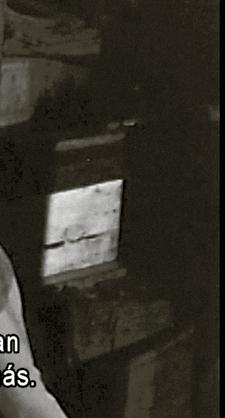
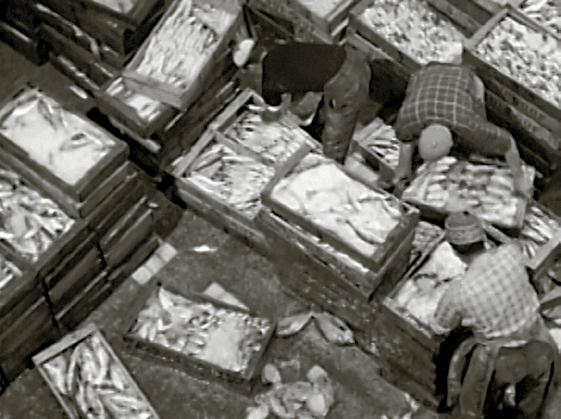
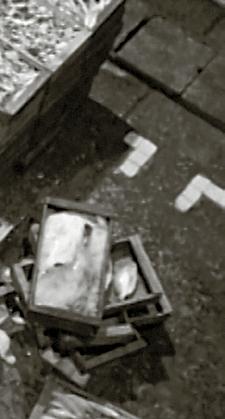
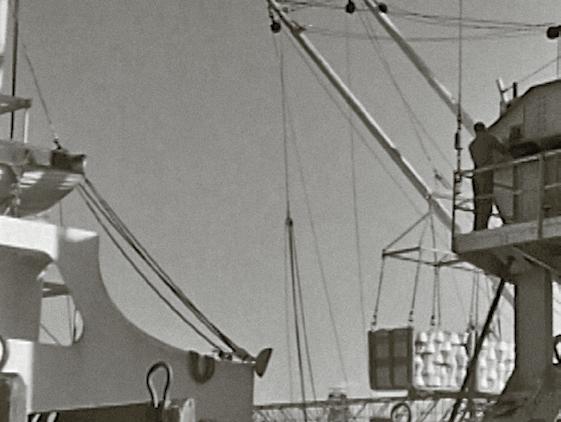
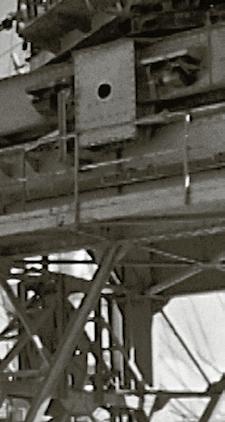
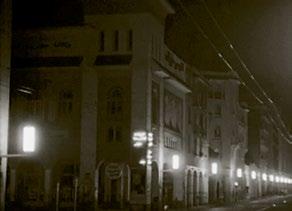


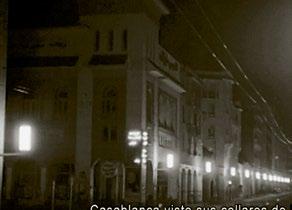
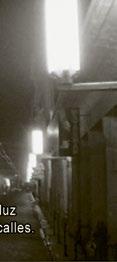

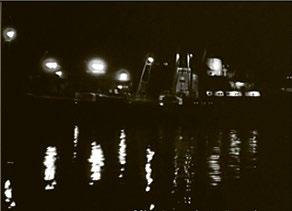
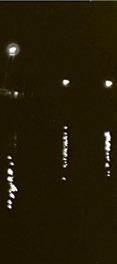




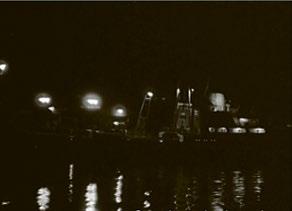
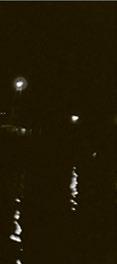

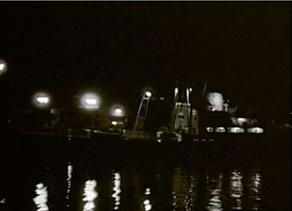
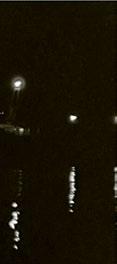


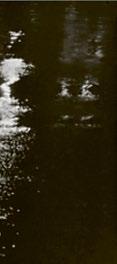


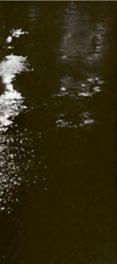







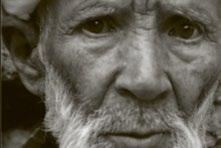


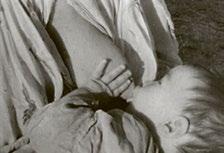


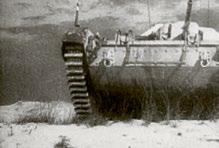


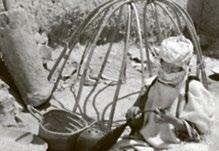


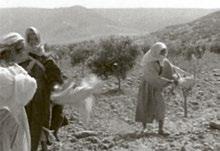





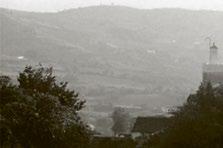


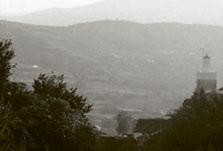


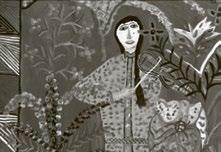


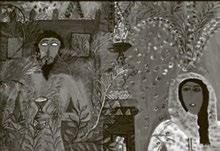


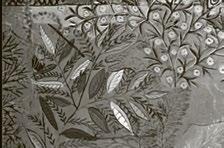


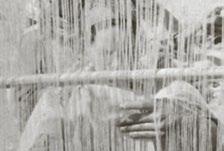


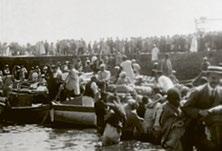

 Ahmed Bouanani
Ahmed Bouanani
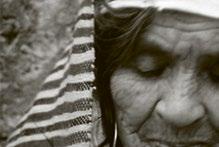


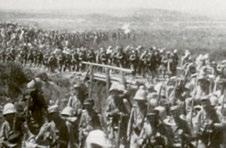








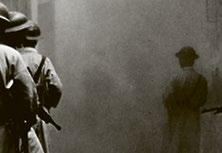


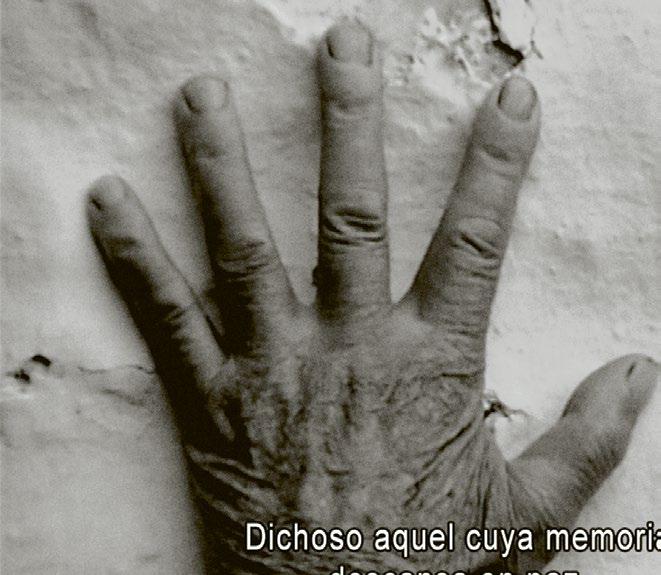
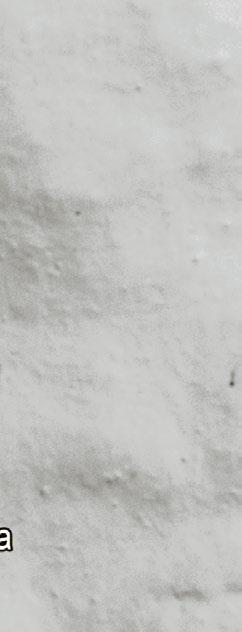
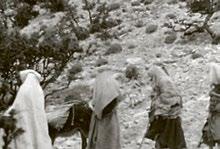


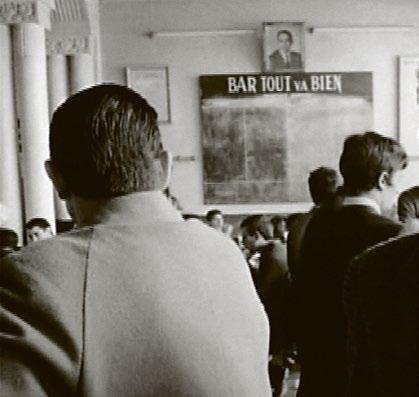
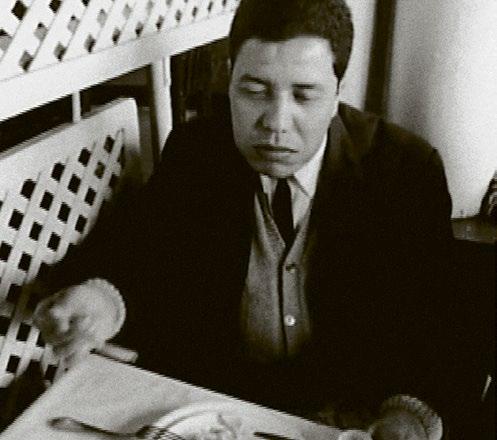

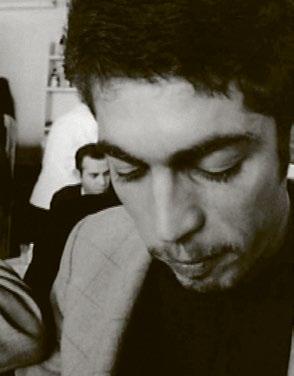
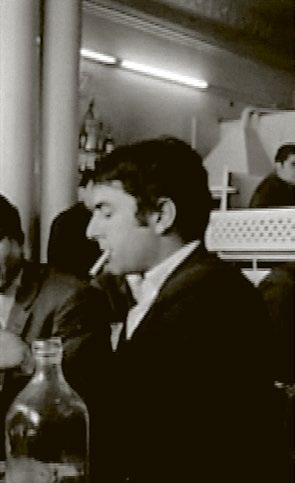
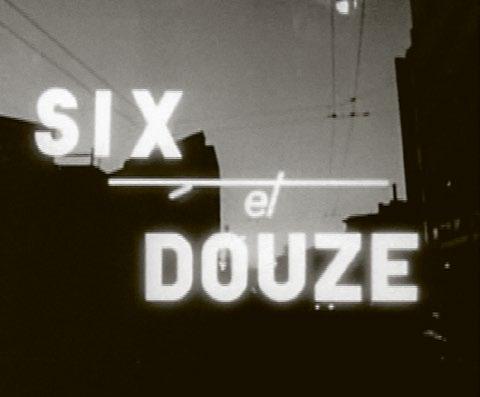
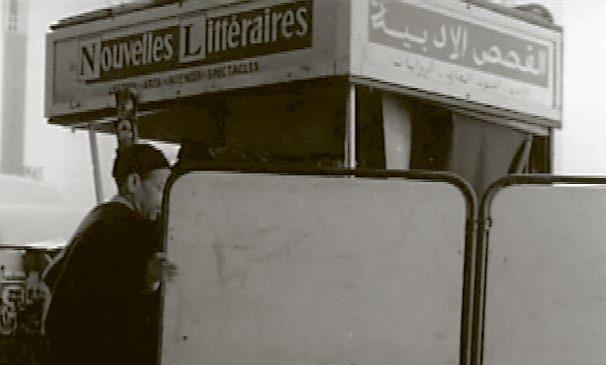
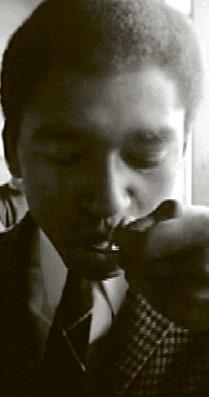
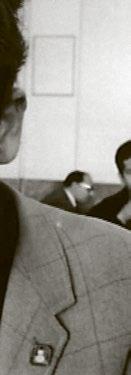
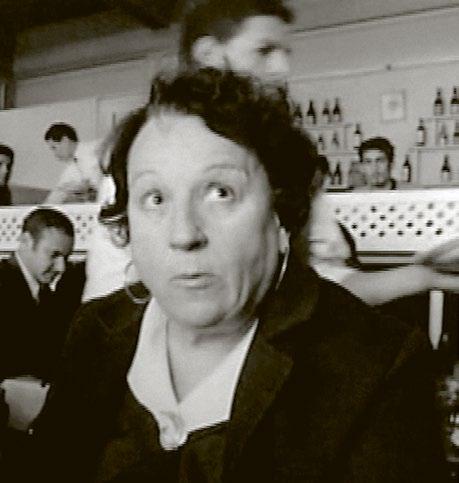
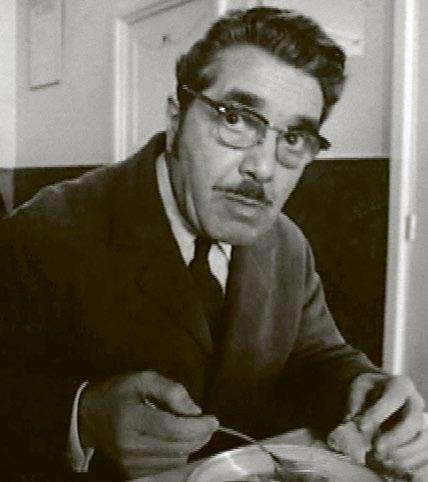
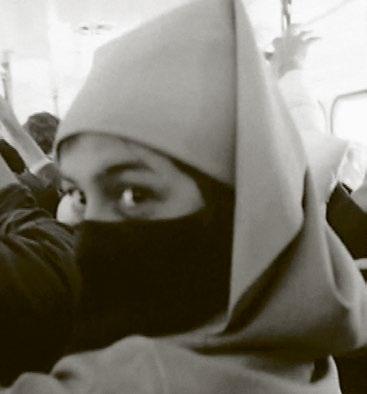

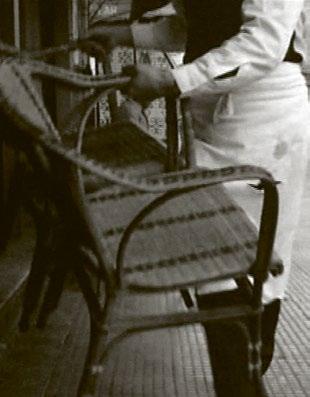
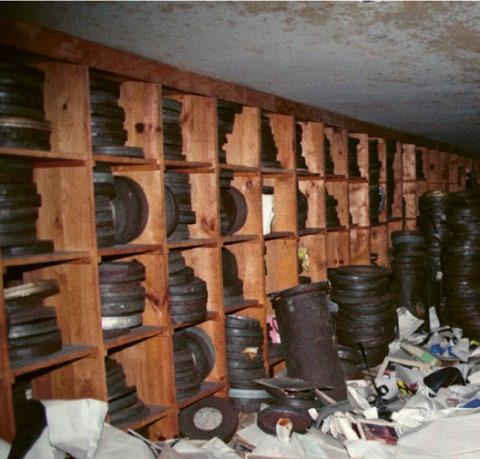
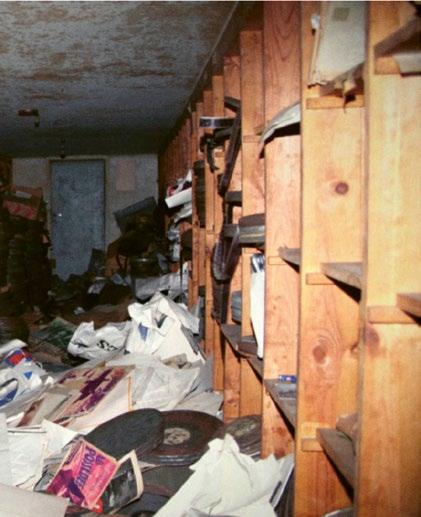

 Ali Essafi
Before the Dying of the Light, 2020
Ali Essafi
Before the Dying of the Light, 2020
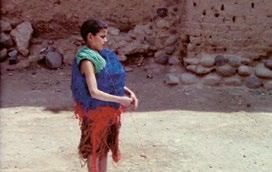


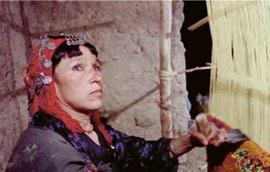
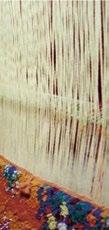

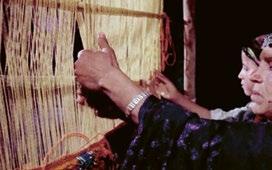


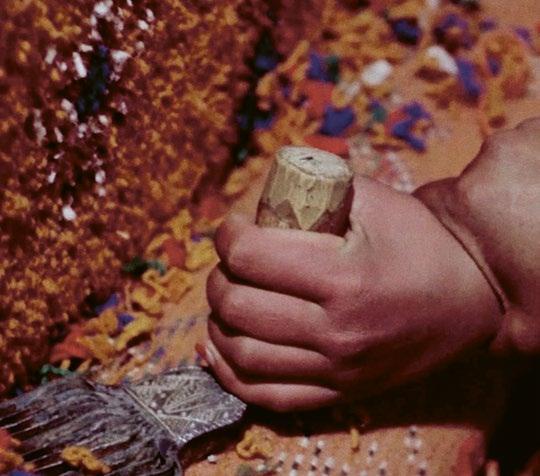
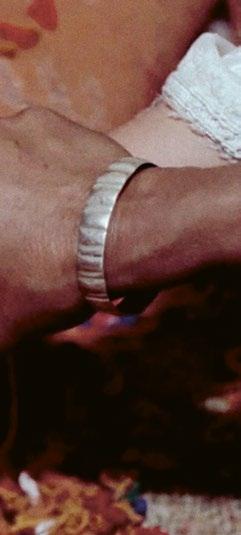



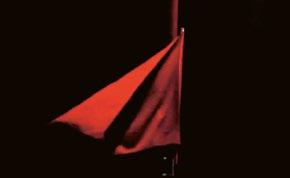

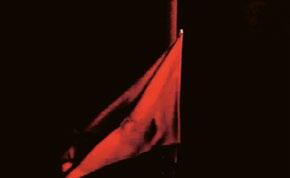



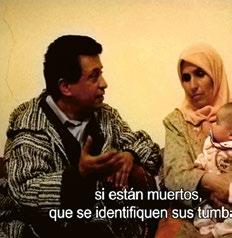



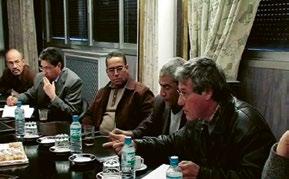

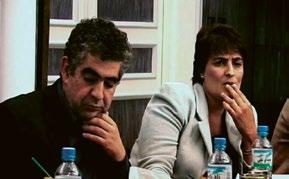



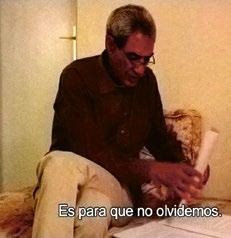

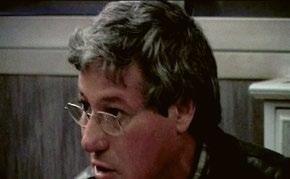

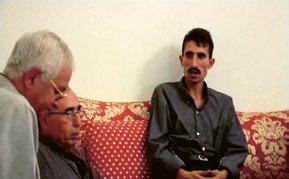

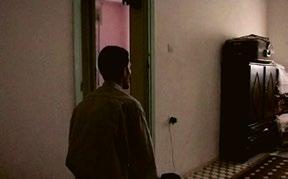
 Leila Kilani
Leila Kilani
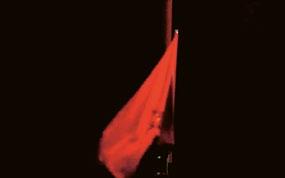



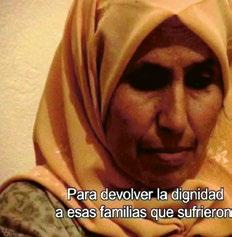

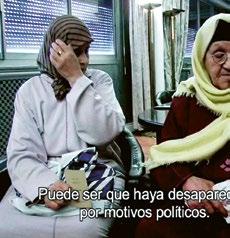

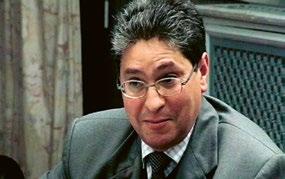

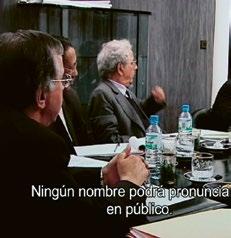

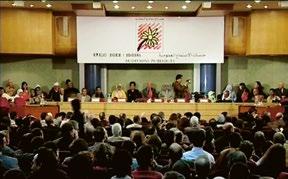

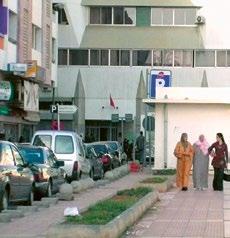

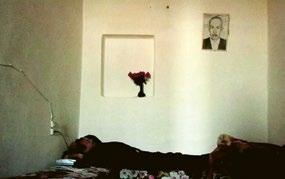

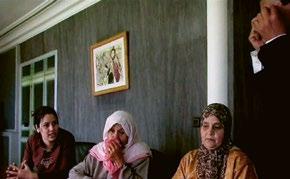

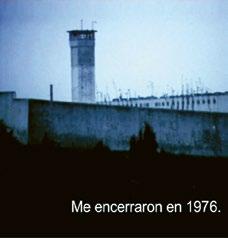

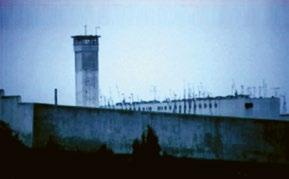

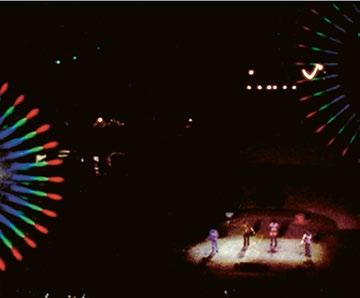
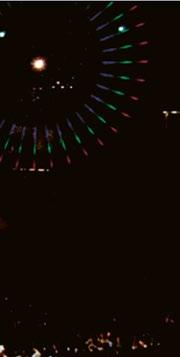

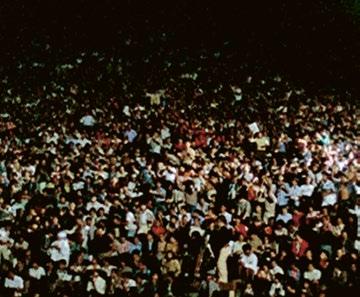
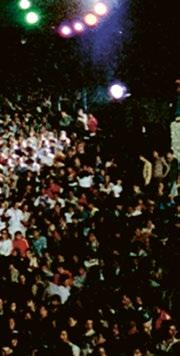

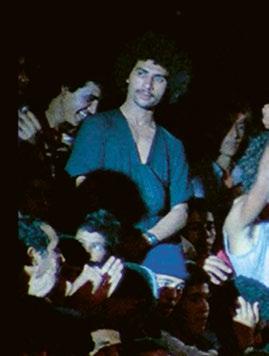
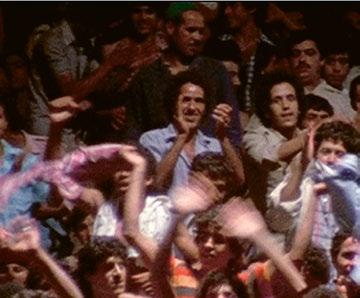
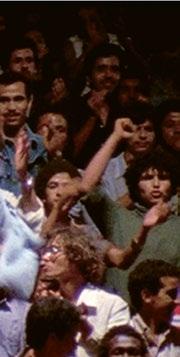

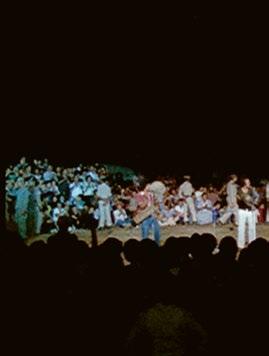
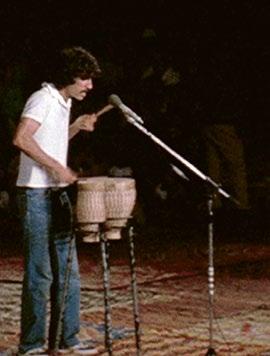

Before the Dying of the Light, 2020 (Stills from the film Trances, by Ahmed Maanouni)
Pages 228–229:
Mazzine Ossolak, 1978

Nass El Ghiwane À Paris, 1975
Lemchaheb Dawini, 1974
Nass El Ghiwane Siniya, 1973
Jil Jilala
Laayoun Ayniya, 1976
Nass El Ghiwane Hommage a Boudjemaa, 1975
Nass El Ghiwane Echams Ettalaa, 1986
Jil Jilala
Mazzine Ossolak, 1977
Nass El Ghiwane Homage à Boudjemaa, 1975
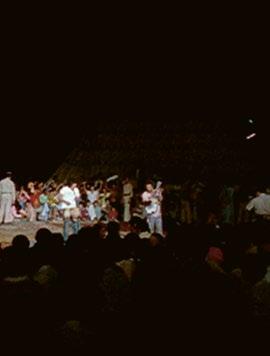
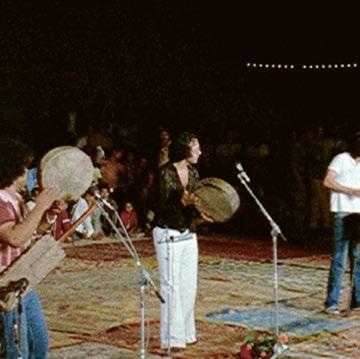
Les Frères mégri Ya Mraya, 1974
Lemchaheb Ya Chraa, 1976
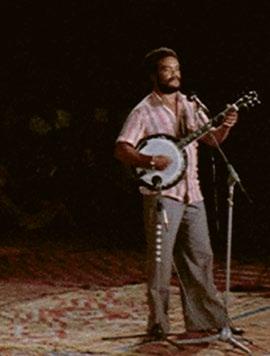
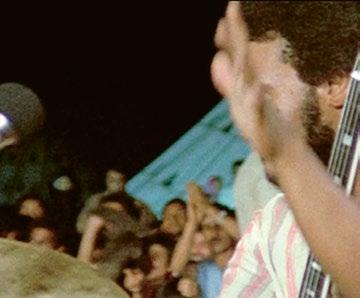
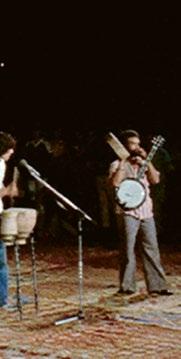
Nass El Ghiwane Ghit Khoudouni, 1975
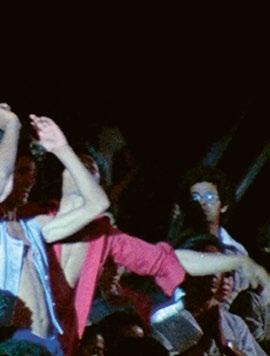
















































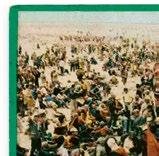
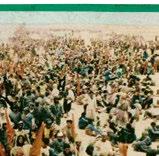

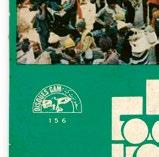
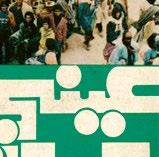

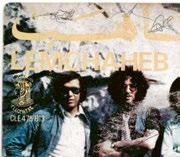
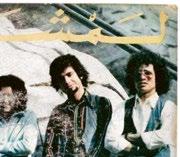
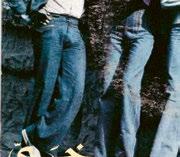
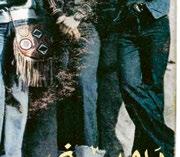


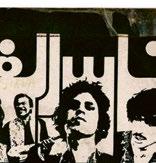


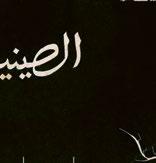






























































































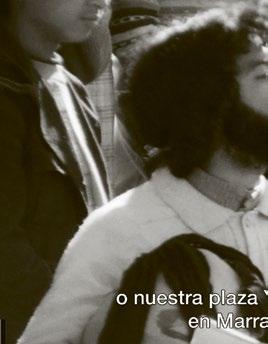

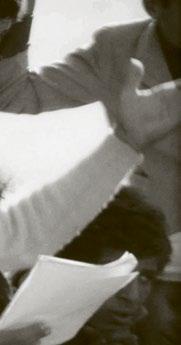

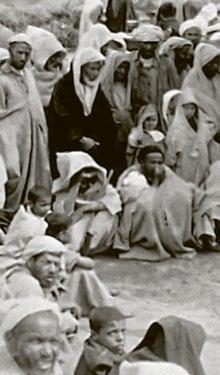
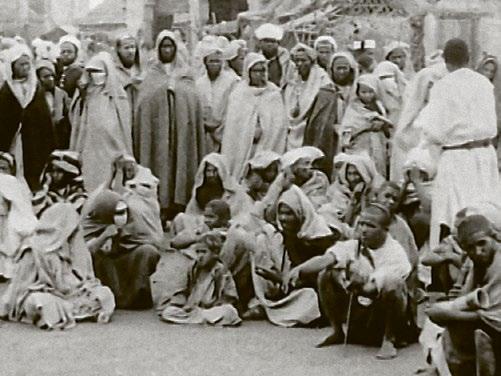

Program of the Théâtre Municipal of Casablanca, 1970

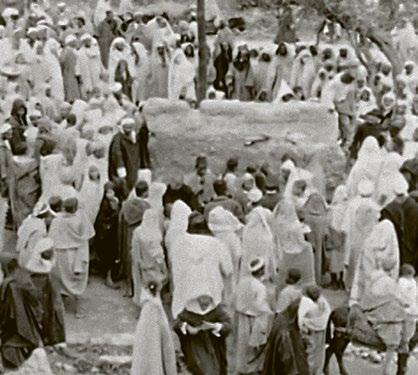



























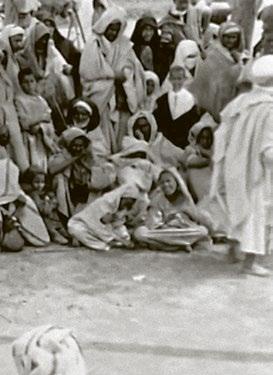
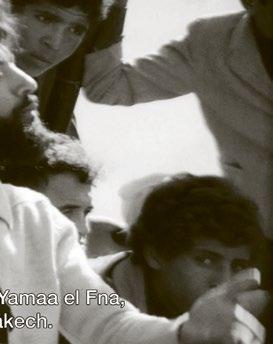
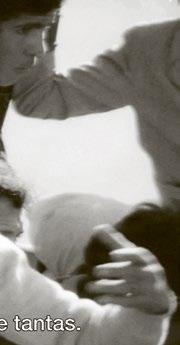
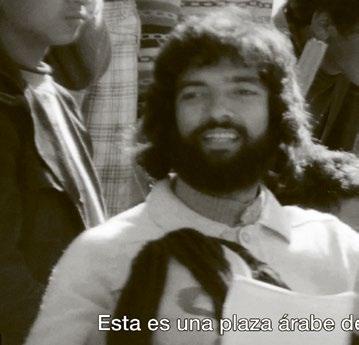
Representation of the play Maqamat of Badi’ al-Zaman al-Hamadhani, written and directed by Tayeb Saddiki, at the International Theater Festival of Nancy, France, 1973
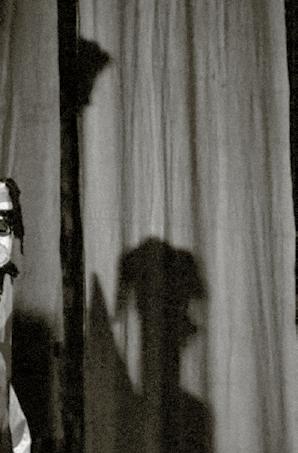
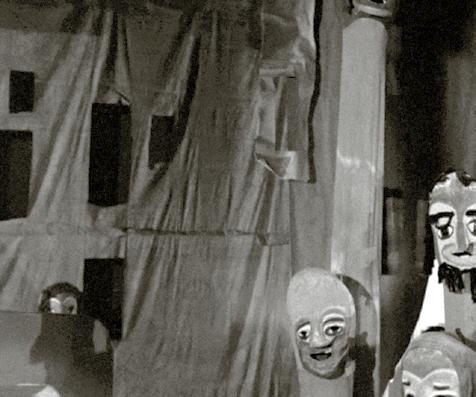

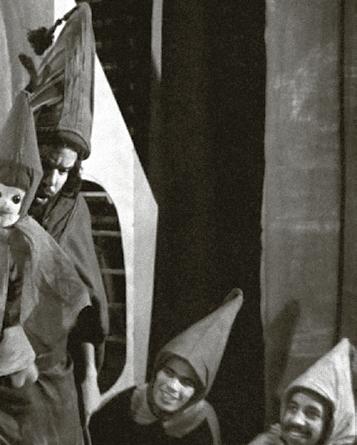
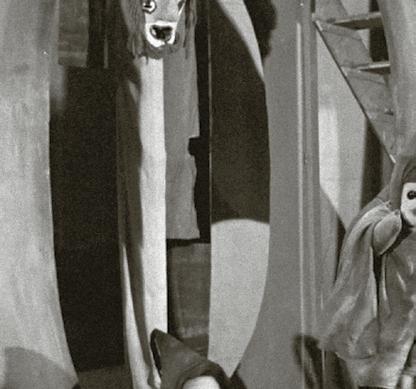
Pages 234–235:

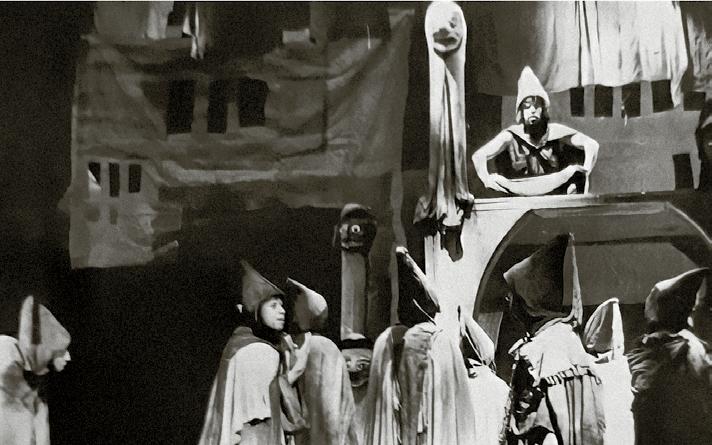


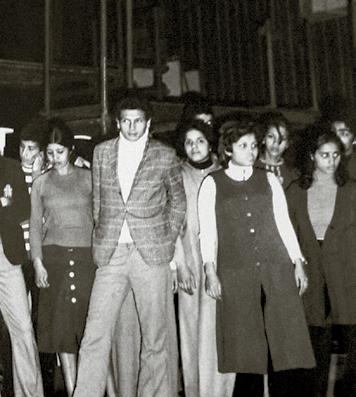
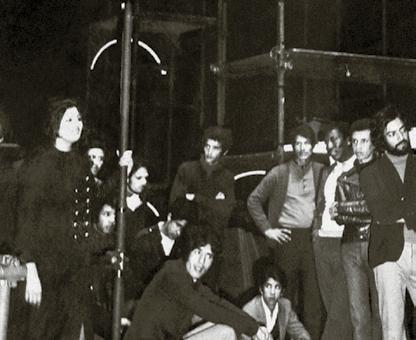
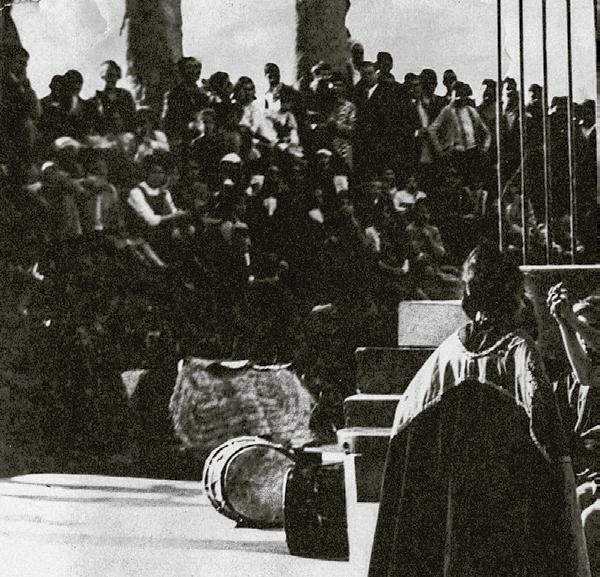

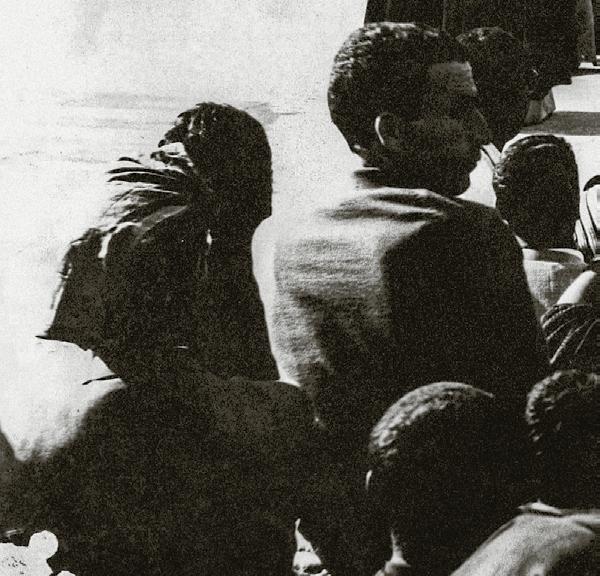


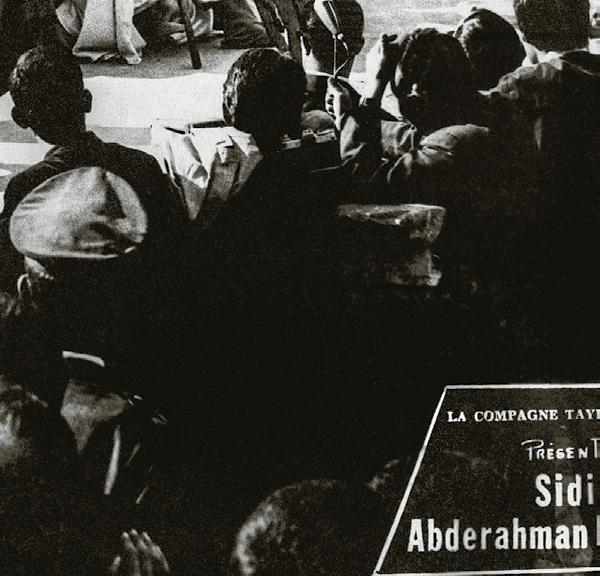
Representation of the play Lightness and Darkness, directed by Tayeb Saddiki, at Théâtre Municipal of Casablanca, 1972
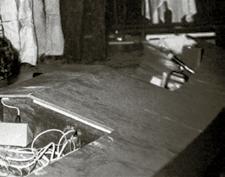
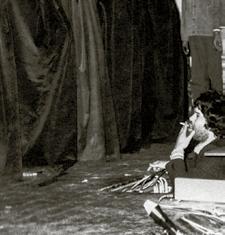
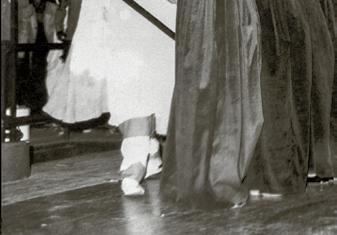



Representation of the play Diwan Sidi Abderrahman Mejdoub, written and directed by Tayeb Saddiki, in the first edition of the festival “The Music First” in Essaouira, 1980

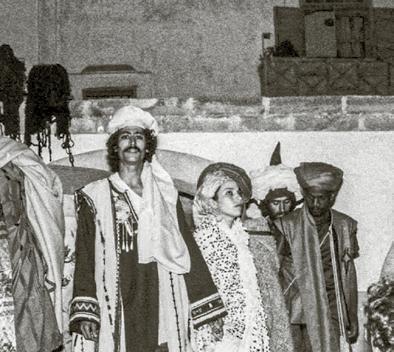
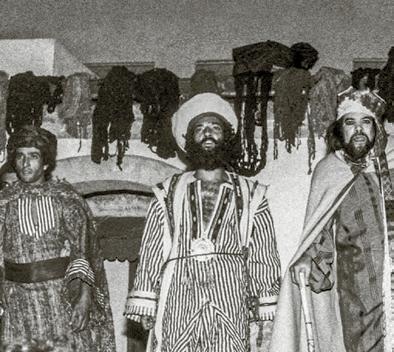
The stage is in a certain sense the only place where life’s wounded are timid or discreet, are able to speak the unspeakable in a language that is instantly picked up by those most sensitive to it. The theater is also the only art—including contemporary dance—in which a group of people come together with the sole purpose of showing to others who come to see, hear, or interrogate them what lies at the foundations of their humanity or inhumanity, what makes or unmakes their social ties. With no repercussions, as is generally believed. But there is no guarantee that everyone can emerge from such an encounter unchanged.
When we created the Lkhbar F’lmasrah (news at the theater) concept in Rabat with the stage director Jaouad Essounani, we had no idea of the response it would receive from the public, who followed the experiment every month in large numbers for more than three years.1 But our initial intuition—inspired by Aristophanes, who saw the theater as a site for public controversy, and Fyodor Dostoyevsky, for whom the universal exists within fait divers—struck a chord. By constructing and performing theatrical sketches based on current events, we were able to apprehend what was happening in the world or right nearby not as abstract, distant facts but
1. Within the framework of Dabateatr citoyen (Nowtheater citizen), a platform launched at the Institut Français de Rabat in 2009. The productions were, by turn, the work of Jaouad Essounani, Imane Zerouali, Ahmed Hammoud, Ghassan Lhakem, Hamza Boulaïz, Mohamed Zouheir, and Hicham Ayouch.
as living images, reappropriated and organically shared. As in the ancestral verbal jousting of ahwach2 (which lives on in the douars of the Atlas Mountains and sometimes even in the city) where two poets argue in a lively rhythm, in the Tamazight language, about a topic of current interest or where slammers (rappers) do battle in an abandoned garage around some burning issue, the audience for Lkhbar F’lmasrah is invited to take the pulse of the social and political condition through the intervention of characters and speakers who simultaneously disguise it and plumb its depths.
At the origin of the link between the performing arts, rituals of representation, and the observed, objectified, real world lies the Platonic idea of the theatrum mundi, which William Shakespeare took up as a leitmotif in his plays: “All the world’s a stage, / And all the men and women merely players. . . . / And one man in his time plays many parts.”3 For a long time, this notion of the stage as a mirror of the world was interpreted from the perspective of the simulacrum and of falsehood and illusion, based on Plato’s myth of the cave. Not until the early twentieth century and the rise of sociologist-journalists such as Robert Ezra Park, founder of the Chicago school of sociology, did the idea of the stage come to be understood differently, in relation to each person—a word whose ultimate derivation is a Greek term meaning “mask.” With this shift, sociologists began to grasp that “everyone is always and everywhere, more or less consciously, playing a role.”4
But while the kinship between theater and the social sciences is ancient, it was not grasped discretely as something obvious and worth exploring until the mid-1970s with the first beginnings of performance studies, which were born in American universities from
wāš, a ritual form of jousting that combines music, dance, and poetry.— Ed. 3. William Shakespeare, As You Like It , first published in 1623. 4. Erving Goffmann, The Presentation of Self in Everyday Life (Edinburgh: University of Edinburgh Social Sciences Research Centre, 1956), 12. 5. Eugenio Barba also founded the International School of Theatre Anthropology in 1979. 6.
trick, ruse, stratagem. See Alfred-Louis de Premare, Dictionnaire Arabe-Français, vol. 3 (Paris: L’Harmattan, 1994).—Ed. 7. اﻮﻜﺣ
akāwtī, a person who excels at the art of storytelling.—Ed. 8. Florence Dupont, L’antiquité, territoire des écarts (Entretiens avec Pauline Colonna d’Istria et Sylvie Taussig) (Paris: Albin Michel, 2013). In the tales of Sinbad the Sailor, the eponymous traveling nomad resorts to a series of hila, or ruses. 9.
Al-Sayyida al-ḥurra, “the free lady.” A descendant of the sharif Mūlay ‘Alī ibn Rašīd, who ruled a small, semi-independent territory in the area of Chaouen, and Zuhra Fernández, a convert from the city of Vejer. She influenced the rule of her husband, ‘Alī al-Manḍ rī (1440–1540), and became the de facto governor during the long illness that preceded his death, after which the populace continued to accept her as leader.—Ed. 10. This was the title chosen for the event, which was previewed in Fès at the Institut Français Batha; its presentation at the Institut du Monde Arabe (Arab World Institute) in Paris was ultimately postponed, leading to the project’s cancellation.
the unprecedented transdisciplinary intersection of anthropology and theater studies.5 At that time, two scholars, Victor Turner (anthropologist) and Richard Schechner (theater studies), realized that in every culture since the dawn of time, through rituals and gestures and the use of bodies in public—not just on stage—human beings have never stopped recreating themselves, changing, and becoming what they are not. Being Homo performans
This was a major turning point, and, since then, interdisciplinary heterodox researchers have begun to deconstruct the history of the theater as shaped by the supposed centrality of the Greek model. One of the most remarkable of these researchers, the founder of ethnopoetics, Florence Dupont, even suggested that “the notion of theater is soluble in every culture,” that the Greek theatron is no more universal than Sinbad’s hila6 or the Japanese Nō, and that the Dionysian festivals were not originally completely written dramas but situated rites, essentially sung, like the rituals of the hakawati7 in the east or the griot storyteller among the subSaharan nomads.8 The difference is that, beginning in the nineteenth century, the Greek model was reshaped, universalized, and exported to the world. Thus, several decades would pass before, thanks to the efforts of patient, rigorous scholars, the theater in its Western sense came to be regarded as a subset of a diverse human practice that encompasses and exceeds it.
Until that point, interactions between the two spheres—theater and the social sciences—had been minimal in Morocco apart from dated attempts by sociologists trying their hand at theater. For example, the sociologist, writer, and philosopher Abdelkebir Khatibi wrote two plays—La mort des artistes (The death of the artists) in 1964 and Le prophète voilé (The veiled prophet) in 1979. In the latter, he attempted a free interpretation of the remarkable story of Hashim ibn Hakim, known as al-Muqanna‘ (“The Veiled”), the last of a line of false prophets at the time of the Abbasids. Taking Jorge Luis Borges’s short story about this figure as his point of departure and then drawing on Arabic sources, Khatibi proposed a predominantly literary theater adorned with symbolism. A decade after Khatibi completed his second play, Fatima Mernissi made an abortive attempt to rediscover and represent Sayyida al Hurra,9 the legendary sixteenth-century woman governor of Tétouan. Mernissi worked on this stage project in 1989 with playwright Fatima Chebchoub and visual artist Latifa Toujani in an effort to show “a sultan during the year of Morocco in France.”10 The clear goal of this rational and
239
sensitive researcher was to give an embodied historical depth to the feminist struggle.
These two isolated efforts point to unfulfilled desires. But the representation of women as beings, consciousnesses, and bodies has evolved somewhat since Mernissi’s unfulfilled goal, including through hard-hitting plays with a refined aesthetic such as Imane Zerouali’s Goullou ; 11 Latefa Aherrar’s Capharnaüm (Capernaum), which sparked polemics because of the supposed nudity of the bodies; and Naima Zitane’s Les nénuphars (The water lilies), clearly conceived in the spirit of forum theater to stimulate public debate even in remote areas. These discrete and disparate social interventions, all of them quite recent, have sometimes caused a sensation in the media but have sparked little academic curiosity.
Today, researchers interested in performative forms are much more attentive to the advent of new forms of protest and action in virtual, fragmented public spaces. Even political scientists who were once strongly attached to institutional frameworks have begun to search for emotions, irrational or spontaneous expressions that their usual approaches had not allowed them to capture. Beginning in 2011, this led the political scientist Abdelhay Moudden and the cultural theorist Taïeb Belghazi to study the forms of theatricality through which young people express their ihbat (disillusionment) off stage.12 Since then, their efforts have spawned many emulators. This widening of focus to include the act of performance (in the sense of acting publicly, embodying an action in front of others, communicating energy and sensations through spectacular acts) has also given rise to a new interdisciplinary research field known as forja13 studies. The term is the Arabic equivalent of spectacle, the moment of celebration, the “thing seen,” exhibited to viewers, not only from a formalized stage but, as the theater director and writer Peter Brook suggests, from an “empty space,” which can be a square, a corner, or any other public place repurposed for the occasion and transmuted into a circle of verbal magic. One of the advocates of this extension of theater’s domain, the academic Khalid Amine, has relied on it, together with Marvin Carlson, one of the later generation of performance studies practitioners, to inventory in North Africa not only dramatic and postdramatic expressions on stage, as well as street demonstrations, during the uprisings of 2011 and 2016–2017 during the hirak14, but rituals of the halqa15 and other traditional processual expressions in public squares.16
For me, rereading the political, artistic, and cultural history of Morocco through a performative lens was extremely enlightening. An enormous bridge has long been broken in our imaginations. Its task was to link two different traditions: first, the surviving vestiges of spectacle before the establishment of the protectorate (including dances, songs, the declamation of tales, verbal jousting, satires, and masquerades), which were described by anthropologist Émile Laoust in 1921 as “cérémonies de feu et de joie des berbères” (ceremonies of fire and joy among the Berbers) and depicted by Roger Le Tourneau in connection with the storytellers in Fès, who used to tell the tale of Saïf Dou Yazan17 in public; and second, theater in its Western sense, initially imported from Egypt and Lebanon and presented in Morocco, with the protectorate’s permission, beginning in the 1920s, by young nationalists as a form of cultural resistance.
However, the establishment of the protectorate introduced a break. In a move that has not since ceased to shape cultural policy, the popular, ancestral, fusty, rural (or urban) tradition classifi ed as “pre-theatrical” was cataloged under the heading of “indigenous arts” and entrusted to a directorate of the same name. For a long time, the performances taking place in the douars of the Atlas Mountains, such as Boujloud18 and ahwach, or in public squares such as Jamaâ El Fna were completely folkloricized and ethnicized and thus “othered,” excluded from the shared realm of the universal. Also, as in other Arab countries, the “Molierization” of theater in the cities was followed by a tendency toward entertainment by tricks, using what was then the sole available weapon: adaptation. Decolonizing the imaginations, defolkloricizing the heritages, and hybridizing the wellsprings of creativity and knowledge could have mended the broken cultural bridge between the endogenous and the exogenous. But that was always easier said than done. When André Voisin, an animateur de théâtre who was deeply influenced by the teachings of Antonin Artaud, arrived in Rabat in 1951 to search,
11. Imperative form of the Moroccan Arabic verb gūl l-u (to say).—Ed. 12. Taïeb Belghazi and Abdelhay Moudden, “Ihbat: Disillusionment and the Arab Spring in Morocco,” Journal of North African Studies 21, no. 1 (2016): 37–49. 13. From the Moroccan Arabic
, distracting view; party, show. See Premare, Dictionnaire Arabe-Français, vol. 10.—Ed. 14.
(lit.) movement. In the Moroccan context it refers to the popular demonstrations of protest that emerged in the Rif region beginning in 2016—Ed. 15. The space marked out by the audience encircling the performer.—Ed. 16. Marvin Carlson and Khalid Amine, The Theaters of Morocco, Algeria and Tunisia: Performance Traditions of the Maghreb (London: Palgrave-Macmillan, 2012).
Yazan, a semilegendary character of the nineteenth century who belongs to the popular Arabic heritage. In stories about his life, historical events are mixed with local mythology.—Ed.
one of the skin.” Main character at the masquerade presented in conjunction with the
(Feast of the Sacrifice of the Lamb). The character, who is masked, wears the freshly sacrificed lamb or goat.—Ed.
like a conquistador, for other forms of theatrical expression, he not only trained and supervised pioneers such as Ahmed Tayeb Laâlej, Abdessamad El Kenfaoui, Tayeb Saddiki, and Tahar Ouaâziz. He also founded a Moroccan center for dramatic research, where he “sought to work against the rescue operations carried out by the folklorists.”19 But these efforts at thoughtful innovation ultimately failed.
When Saddiki wrote his play Al Mejdoub in 1967, he was still under the influence of Voisin. Disappointed in his attempt to create a worker’s theater, convinced that “a play is not a soccer match,” and always in search of ways to expand his audience and speak to the innermost hearts of his fellow citizens, he began listening to the people and going out to collect their stories. In doing so, he came across the verses of the mystical sixteenth-century poet Sidi Abderrahman el Mejdub, which had been passed down orally within families. He then rewrote the poems for the stage and brought them to life by clothing them in the trappings of the local cultural imagination. In an article written at the time, the poet Abdellatif Laâbi, while criticizing Saddiki’s handling of the text and the outmoded character of the subject, acknowledged that “the rhythm of the play gave a great deal of plasticity to the poetic material, which is generally regarded (especially in the case of classical poetry) as static and not at all malleable.”20
This way of breaking the wall that separates the closed world of performance shaped by the codes of Western theater and moving toward the real world of the people by writing from accumulated oral traditions, from a dormant popular poetry, is an essentially Brechtian practice transposed to a new environment. It consists in rediscovering a local vitality with whose help a way of producing beauty learned in Europe could be made to strike a responsive chord at home. Again and again, this desire to cross the broken bridge.
The same desire led El Kenfaoui to rehabilitate the Soltane tolba21 ritual created by the students of Al Qarawiyyin in Fès in the nineteenth
19. Omar Fertat, Le théâtre marocain à l’épreuve du texte étranger: Traduction, adaptation, nouvelle dramaturgie (Pessac: Presses Universitaires de Bordeaux, 2018). 20. Abdellatif Laâbi, “Diwan Sidi Abderrahman Mejdoub de Taïeb Seddiki,” Souffles , no. 5 (1967). 21.
al-Ṭulba, (lit.), “sultan of the students.”—Ed. 22. In addition to these hampered explorations, since the 1980s opinion makers of the theater world, such as Abdelkrim Berrechid, the founder of ceremonial theater
al-masraḥ al-iḥtifālī), have massively celebrated a form of theoretical and Arab-centered ta’sil (ﻞﻴﺻﺄﺗ ta’ṣīl, authentication). In this way, the theater has been “patrimonialized” in order to survive.
century. Inverting the relationship with the ruling sultan through a masquerade orchestrated from beginning to end as a parody, this old ritual had long allowed for a kind of “dramatization of power.”
However, when El Kenfaoui recast it as a play and staged it with Saddiki’s help, they first showed it to King Hassan II, who had no hesitation about sharing his proposed revisions with them—as if he wanted to put the masquerade back “right side up.”
In fact, interest in formal modernization of inherited traditional forms was not really welcome. Furthermore, the bulk of this attempt to reinvent traditions as a creative path toward an endogenous modernity remained possible only so long as the Casablanca municipal theater was there to house it. And in 1977 it suddenly was not anymore. With no administrative or political explanation, this venue that had provided the setting for so many experiments and, in the process, allowed the emergence of a local pop culture regarded as subversive and associated with the record labels of Nass El Ghiwane, was demolished.
In 1982, when the choreographer and internationally recognized star dancer Lahcen Zinoun attempted to dust off the so-called popular arts and form a national dance company, the “all-knowing” King Hassan II again personally intervened, forbidding Zinoun from laying a hand on his majesty’s own exclusive preserve, the national heritage. He was determined to keep it intact and immutable.
Thus, this pioneering form of “disorderliness” that seeks to link the old and the new, the inherited rituals and the imported forms of representation in order to ground the universal in local practices has had diffi culty establishing itself even when it has not been actively distorted and reduced to a form of cultural isolationism. 22 As for the serious attempts to forge a dialogue between legacies and universal artistic codes, the authoritarian, conservative tendencies of the ruling power have largely prevented them from proceeding. In fact, the weak embrace of these legacies as a facet of the culture or as a source of knowledge and their reduction to kitsch and mass entertainment have confined them to a subordinate role. Today, when they are repurposed, they are increasingly mythologized or turned into something vintage. The crucial initial desire for reinvention has evaporated.
Another form of “disorderliness” consists in symbolizing the country’s social and political malaise. It, too, has been unable to establish itself as a creative option, its practitioners long having faced,
from the 1970s onward, an authoritarian power that took a dim view of their daring antiestablishment or libertarian impulses on stage. One of the country’s most extraordinary and iconoclastic playwrights and directors, Nabil Lahlou, emerged in the late 1960s with his landmark play Ophélie n’est pas morte ( Ophelia Is Not Dead), which employs two Shakespearean characters, Hamlet and Macbeth—paralyzed yet still attached to their memories of having once been rebellious actors—as an emphatic allusion to the assassinated political dissident Mehdi Ben Barka and other brutalized opponents of the regime. Lahlou often saw his plays arbitrarily censored. This was the case, for example, with La kermesse (The fair), which was mounted in the aftermath of the 1971 putsch to jeer at the soldiers who were gorging themselves at the altar of a society under siege, as well as with Les tortues (The tortoises), which exposes a corrupt regime through those who submit to it. Both plays were banned by the Ministry of Culture because of their virulence in parodying a feudal and oligarchic ruling power.
When the two Tayebs, Laâlej and Saddiki, dared to mount Les moutons (The sheep), a play about society’s blind conformity, they provoked an angry response from a government still incapable of allowing its failings to be described by the theater. And in 1974, when Mohamed Timoud presented Le cercueil (The coffin) at the national amateur theater festival, which was still an influential public event at the time, it was censored because of the metonymy of the title, which alludes to the victims and disappeared of that era. This parallel space for amateur theater, like that of the film clubs, had long served as an outlet, an arena for free expression and political and aesthetic debate. However, in addition to being impoverished by the (Marxist and revolutionary) dogmatism of certain of the organizers, its credibility was undermined by identitarian tendencies. Most important, it was attacked by a ruling power that looked unfavorably on the emergence of secondary political spaces in the name of art.
A decade later, aware of these impasses, the playwright Mohamed Kaouti worked with an amateur ensemble called As-Salam from the Bernoussi industrial district in Casablanca to present No Man’s Land, a play about crossing the desert as a metaphor for the Years of Lead.23 He also helped them transplant major works such as Bertolt Brecht’s Mister Puntila and His Man Matti (retitled Boughaba) and Samuel Beckett’s Waiting for Godot (retitled Sidna Qdar), adapting them to the audience’s taste by recasting them in the local Arabic
and the trappings of the rural Moroccan imagination. Together with the Masrah Al Yaoum theater company and its full complement of outstanding actors, he shook up the established codes of an accommodating theater and showed that art could be popular and still reflect on social conflicts.
In the mid-1990s, Youssef Fadel, another playwright who was keenly aware of the 1970s cul-de-sac and eager to puncture the leaden silence surrounding it, started on a series of dark, minimalist plays, including Khoubz wa hajar (Bread and stones), that subtly convey the sense of unease gnawing at society. At the same time, Mohamed Kaghat, an academic and theater practitioner, embarked on a series of improvised plays called Impromptus, in which social problems are spread out before the audience with a pinch of black humor. And, as if he embodied the subjectivity of an era, a young actor and director named Mohamed Zouheir—a sociologist by training—emerged in the shadow of Saddiki. I was particularly caught by his adaptation of Brecht’s A Man Equals Man under the title Ha bnadem (Here is the human being) in 2001, especially its introduction of the character of Kira, a wise fool and speaker of unspeakable truths. Zouheir has been carrying around with him the character since his childhood in the mythic Hay Mohammedi district of Casablanca, and he often dusts him off, bringing him back to life on stage as his social marker and as one element of a resolutely entertaining brand of theater.
In the mid-2000s, the young writer-director Jaouad Essounani began a trilogy about what he metonymically calls the “Hassan II years.” The three plays—D’hommages (Tributes), Hassan Leklichés, and Hadda —usher their characters into an epic theater of gestures and storytelling. Strikingly, the same desire prompted Fadel to turn toward fiction and formulate a different account of the Years of Lead in one of the most compelling novel trilogies of the last decade, beginning in 2013 with Un oiseau bleu et rare vole avec moi (A Rare Blue Bird Flies with Me).
None of this, however, has filtered into the wider consciousness of Moroccan society, due to the lack of spaces that could perpetuate the practice of theater in the cities and the lack of elites who could go there and support it. First television—both local and satellite—predominated, without serving as a vehicle for revitalizing the theater. Then the Internet and social media monopolized
23. The phrase refers to the period of political repression from the 1970s to the early 1990s.
245
the attention of a society that is majority illiterate. Finally, each of these incursions provoked the resistance of juries, program planners, and so many other new guardians of the temple of prevailing morality and political correctness. For many literary critics who live far from the stage, theater is condemned to remain a foreign art in our land of poets, which is more attached to saying than to doing. What if the theater were keen on this, too? What if we are turning theater into much more than it is generally imagined to be? What if we no longer worried about how the theater can justify its historical and cultural legitimacy and concerned ourselves instead with how the performing arts might help young artists and activists to reclaim the public space? And what if, through performance, they sought to contest the official dogma that circumscribes society and discovered the energy of performance as a means for liberating bodies and imaginations?
By approaching the theater from the vantage point of performance, I have been able to compile an inventory of the last two decades; it includes L’boulevard, a festival of urban music in Casablanca (2001) that paved the way for previously invisible musicians and fans, to the point that one is almost inclined to believe in a new Nahda24 (renaissance); an outbursting movement called “Nayda,”25 which was quickly extinguished but has since been reignited as a set of frenzied rhythms on stage, cultural happenings, and openair philosophy cafés (lfalsafa f’zenqa);26 street theater, inspired by the theater of the oppressed, that taunts the parliament from in front of the parliament building in Rabat; young people who are turning protest into spectacle and creating a culture of happenings and agitprop as a feature of the landscape and are sometimes
24.
al-Nah
a, “renaissance, awakening.” A literary and cultural movement that emerged in the second half of the nineteenth century in Egypt, Syria, and Lebanon before spreading through other Arabic countries. It marked the emergence of a literature that broke with classical literary trends and incorporated newer Western influences.—Ed. 25.
Nāyḍa, a neologism that can be translated as “awakening, beginning.” This Moroccan cultural movement was born in Casablanca’s underground scene and contributed to the emergence of hard rock, rap, fusion, jazz (and other) musical groups.—Ed. 26. An initiative of the cultural association Tilila, founded by former members of the “February 20” movement. 27. Descendants of Sidi Ahmed Ou Moussa Abou Al-Abbas AhmedOu-Moussa Al Jazouli Al Semlali, born ca. 1460 in the tribe of Ida Ousemlal, in the Anti-Atlas Mountains.—Ed. 28. From the Moroccan Arabic phrase Bu zebbāl, “the one of the trash.”—Ed. 29. The cabaret is a traveling show led by Ghassan Lhakem; it has been on tour in various cafés, bars, and restaurants since 2018.
mistreated, sometimes banned, but who nonetheless use dialogue to communicate new forms of defiance; gifted young people trained at the circus in Salé and Tangier who are reforging links to the acrobatic tradition established by the descendants of Oulad Sidi Hmad Ou Moussa27 (a saint born in the Anti-Atlas Mountains in 1460) and are reinventing the stage with their standardized movements; contemporary choreographers who are liberating bodies, freeing them from enclosed spaces, and, above all, as with Bouchra Ouizguen, reconnecting them with their residual culture by exhibiting to the audience’s gaze bodies that were still invisible only yesterday; the cartoon character Bouzebal,28 who has developed a cult following and mocks his opposite number, the parvenu Kilimini—he represents the first prototype of the déclassé, mistreated youth who rebels online with no lack of irony and self-mockery, inspiring postmodern antiheroes; a smattering of adulated rockers, slammers reshaping urban cultures, and rappers who cry out their anger against oppression in rhyme and inspire the “ultras” in the soccer stadiums; a theater truck, designed by a young prodigy, that tours the country’s high schools under the label “Aji Tfarej” (Come and see) in an effort to transform the audiences’ perceptions; hybrid creations in which primacy is given to physical expression, in which music and singing insist on a larger role, in which Kabareh Cheikhats becomes an everyday form of protest through art.29 All of them expand the stage of performance to include everyday life.
Needless to say, all of this remains marginal, ephemeral, and fragile, deprived of the support or the resources it would need to sustain itself over the long term or become an established ritual. But understanding how social and human practices are evolving and changing through performance, not only in the theater as a hybrid art but also at its fringes, can help us to grasp the social and political dynamics that are presently developing. As for the ability of this “disorderliness” to take root and endure, that is a matter of cultural policy. And there is no guarantee that institutionalization would allow this fragile efflorescence to maintain the same creative vitality.
247
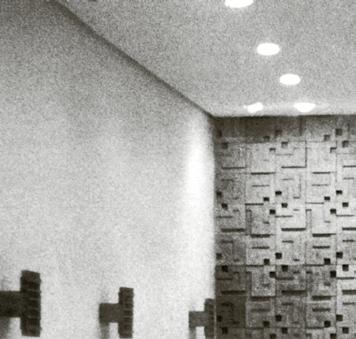
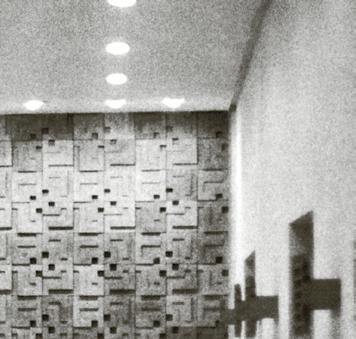
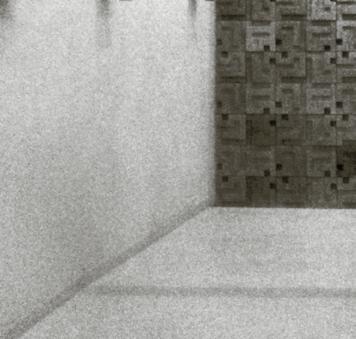

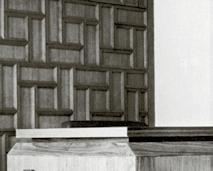
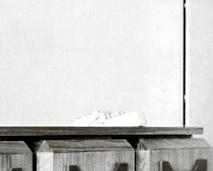
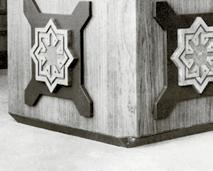
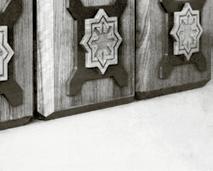
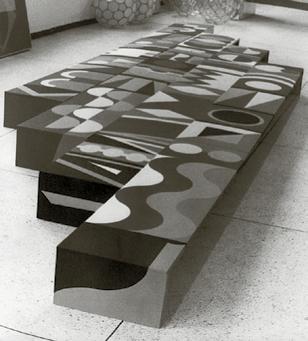
The Coupole du Parc de la Ligue Arabe of Casablanca, by Mohamed Chabâa, 1968

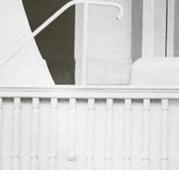
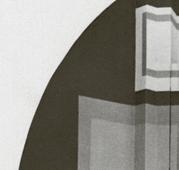
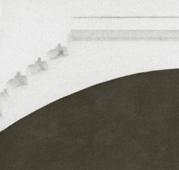
Mural by Mohamed Chabâa for the Oujda Hotel, 1970 Bureau designed by Mohamed Chabâa for the Compagnie Marocaine de Navigation, 1968 Design by Mohamed Chabâa, 1971
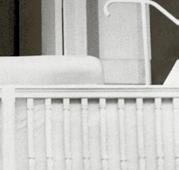
Page 250:

Mural by Mohamed Chabâa for the entry hall of l’OCE, 1969
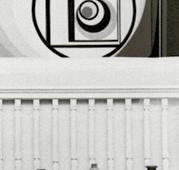

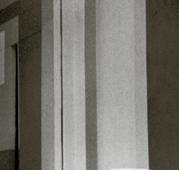
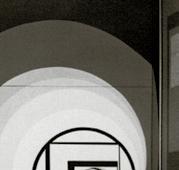
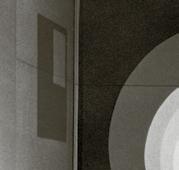
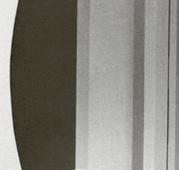


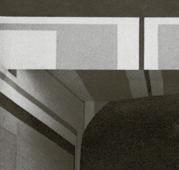
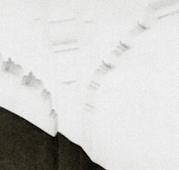
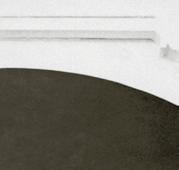

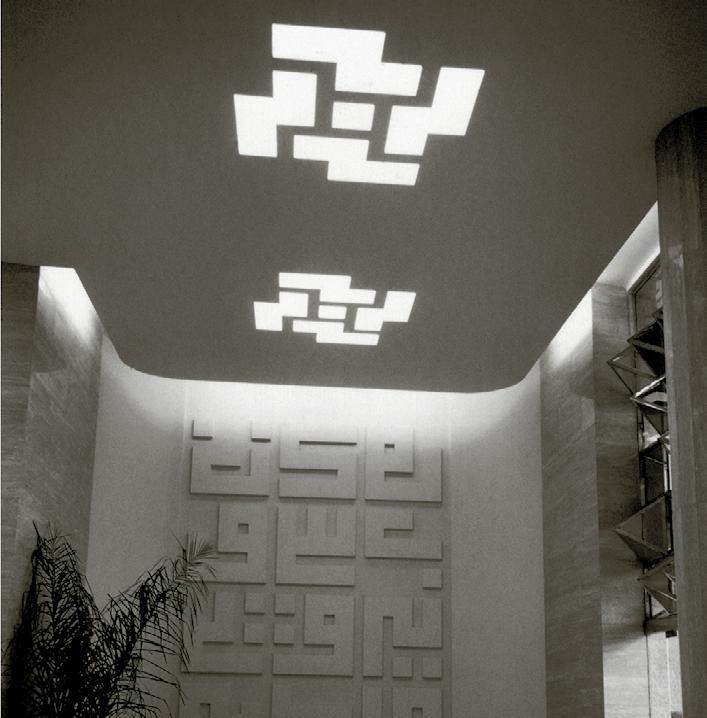
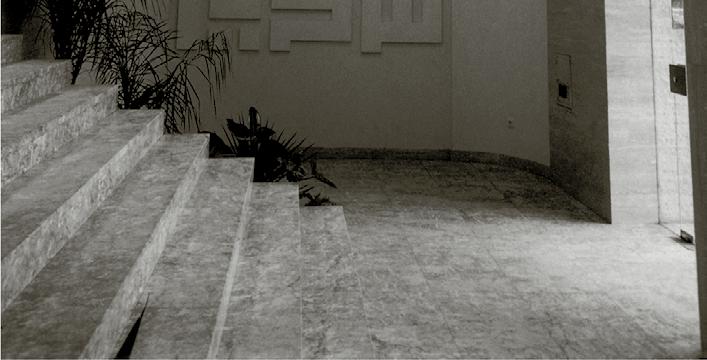
Amid rupture and resilience, until the nineteenth century the population of Morocco numbered five million inhabitants, most of them rural and living off agriculture, fishing, cattle raising, and handicrafts. Intellectuals were educated in Fès at Al Qarawiyyin, the oldest continuously operating university in the world, according to the United Nations Educational, Scientific and Cultural Organization (UNESCO).1 Its students have included such prominent figures as the historian Ibn Khaldun, the poet and writer Ibn al-Khatib, the physician-philosopher Averroes, Leo Africanus, and many others. A sense of cultural separation made for a powerful sense of belonging, with marked differences from region to region. To identify the moments of rupture in the world of architecture in Morocco is to distinguish the phases of a history in which the poles of the tradition-modernity duality are intertwined. The builders and their
1. Dating from 859 CE, Al Qarawiyyin was built by Fatema al-Fihri, who personally supervised its construction. She has been described as standing with her boots in the mud, following every detail of the construction process. Was the world’s first female architect Arab and Muslim?
work are subject to external influences while preserving endogenous expertise regardless of the local government’s policies. The civil population explicitly preserves its traditions in the interiors of bourgeois houses, where the Moroccan living room contrasts the European one; in clothing, where ceremonies are exclusively conducted in beldi;2 and in cooking, where tagine is standard fare.
The sumptuous spaces of the architecture of the ksars 3 and kasbahs 4 are notable not only for their aesthetics. Their technical achievements are recognized today for their attention to environment, climate, and ventilation. The resulting comfort is also a consequence of the use of local materials such as earth or stone. Fortunately, thanks to the oral accounts of the maâlems (master artisans) and the written accounts of the great voyagers, nothing has been forgotten. In the fourteenth and fifteenth centuries, the latter carried word of the splendor of Morocco’s architecture. Ibn Battuta,5 Leo Africanus, Ibn Khaldun, and others never tired of praising the building traditions of even the most remote areas. The vernacular architecture of the medinas was distinguished by sophisticated ornamentation in stucco, tile (zellīj), carved wood, wrought iron, stained glass, and other materials. But it also stood out by virtue of the arrangement of its volumes, laid out around a center that is bioclimatic and ornamented with fountains and opening onto
2. The term beldi, which can refer to anything rural or traditional, here refers to traditional dress such as caftans for weddings and djellabas for funerals. 3.
ar, pl. q
(in Moroccan Arabic)
ūr, fortified villages in the pre-Saharan area; fort, castle, sovereign’s palace. Alfred-Louis de Premare, Dictionnaire arabe-français, vol. 10 (Paris: L’Harmattan, 1988).—Ed. 4. ﺔﺒﺼﻗ Qa ṣ ba , pl. Q ṣ ābi , Alcazaba, citadel, fort. Premare, Dictionnaire arabe-français.—Ed. 5. A fifteenth-century traveler.—Ed. 6. According to Fouad Serghini, managing director of ADER-Fès, interviewed in AM Architecture du Maroc, no. 22 (2005). 7. A population center seventeen kilometers from Marrakech.—Ed. 8. ةرﺎﻄﺧ Jǝṭṭāra, an underground passageway used to drain water collected in water tables and carry it to places needing irrigation. Premare, Dictionnaire arabe-français.—Ed. 9. A basin positioned to collect and conserve rainwater;
Ma‘da maâda may be translated as “stomach.” 10. ﻣأ ’amīn, an institution in charge of protecting a corporation or guild.—Ed. 11. More than mere professional organizations, the amine were responsible for protecting expertise, transmitting the authorities’ injunctions, levying taxes, and recruiting workers for government building projects. Characterized by their location in specialized areas, they combined spiritual, intellectual, and professional values in a spirit of futuwah (courtly virtues) most notably expressed in the ritual of initiation or the practice of solidarity. See Mouna Hachem, Economist, no. 3396 (November 2, 2010). 12. In 1912, the north (Tétouan) and south were Spanish protectorates, while the rest of the country was a French protectorate. 13. For example, Charles de Foucauld achieved notoriety with the publication of his book Reconnaissance au Maroc (Explorations in Morocco) in 1888, earning him a gold medal from the Société de géographie de Paris.
fragrant gardens. Consummate mastery of underground piping was needed to guide the water’s circulation. Water used for religious ablutions (which had to reach as far as the mosques) was separated from the water intended for household use, and in Fès blackwater had its own dedicated urban infrastructure.6 Sophisticated engineering structures were built to store water in basins around the cities, such as the water towers in Tameslouht.7 In the south, underground ghettaras8 were used to preserve the water table. Inside houses, the precious natural resource was preserved in a maâda 9
To meet technical and aesthetic challenges, the guild of maâlems managed the crafts industry by areas of expertise. Under the leadership of the amina, 10 whose members were appointed by co-option, knowledge was transmitted to the apprentices orally in an intensive personal exchange.11 The training was both an initiation, the inculcation of a philosophy, an ethic, and an effort to impart a level of expertise that was difficult to acquire. The organization of the artisans’ guilds had a substantial influence on politics. To exhibit the power of the dynasties and tribal chiefs, the great builders summoned a wealth of ingenuity at every stage of the construction process thanks to the talents of artisans who remained anonymous. Among the most remarkable ancient kasbahs is the magnificent Ait Ben Haddou complex, which dates from the seventeenth century and has been listed as a World Heritage Site by UNESCO since 1987. This former trading post on the commercial route linking Sudan to Marrakech by way of the Draa Valley and the Tizi-n’Telouet pass has attracted the greatest film directors. Since David Lean used it in 1962 as a backdrop for Lawrence of Arabia, it has served as a location for at least twenty movie and television productions, including Game of Thrones in 2013. The seven ksars of Figuig in the east are in every way its equal. This architectural and archaeological treasure is the legacy of a long city-planning and architectural tradition using local materials and techniques that are still in use today. The terraced gardens of the palm grove still use an ancient form of irrigation ideally adapted to the oasis ecosystem.
In the late nineteenth century, French intellectuals anticipated the establishment of the protectorate.12 They testified to the country’s richness and know-how in architecture and artisanship.13 Worth highlighting are the works of explorers such as Charles de Foucauld (1888), Albert Laprade in the 1920s with his Cahiers d’Architecture, Henri Terrasse in the 1930s, and Orientalist painters such as Jacques Majorelle. From the early twentieth century onward, Morocco was
photographed by Jean-Hippolyte Flandrin. His signature, carefully preserved by the foundation of the Banque Populaire, appears on postcards of the time.
Journalist’s reports, films, and travel posters have left indelible traces in the collective imagination. They continue to imbue the country’s image with a nostalgic exoticism. Some present-day advertisements even vaunt Morocco as a tourist destination with the same words used a century ago!
The first significant rupture in twentieth-century Moroccan architecture was the abandonment of the traditional guilds. The French protectorate’s introduction of a new architectural culture was experienced as an act of violence that established a duality or even a rupture between traditional and modern practices. The fundamentals of the endogenous professional organization were abruptly demoted. Skills and knowledge had been informal, practiced by self-taught expert artisans in a context where reputation and integrity were the only accepted guarantees. The arrival of the colonists imposed a different system, one in which the architect was the master builder, a graduate of a school of fine arts. As a result, the traditional approach to producing and organizing space was superseded and redefined as inferior. In the chaos of an identity now held in derision, the abandonment of ancestral craft was justified by the dominant use value, which favored global trends.14 The development of Morocco was proclaimed with great publicity by its first resident general, Marshal Hubert Lyautey.15 It thus attracted such prominent figures as the landscape architect Jean-Claude Nicolas Forestier and Henri Prost, winner of the Grand Prix de Rome. The resident general commissioned them to plan the new cities, a task to which they were expected to apply the avantgarde ideas then circulating throughout the world. Essentially from nothing, the medinas, or urban centers, were expected to provide parks, residences, an administrative center, boulevards devoted to businesses, recreational areas, and industrial zones. The plans assigned the functions of each space while leaving the transport network “densifiable” for future extensions. The modern era, after all, would be dependent on infrastructure for automobile and rail travel. Houses would become machines à habiter, or “machines for living,” built with imported industrial materials according to a standardized model.16 Undergirded by an extensive regulatory framework, the planning of the new urban centers incorporated vernacular architecture as an ancient legacy to be preserved alongside
a triumphant modernity. Traditional construction by communities and individuals quickly became legally proscribed and went underground. Communal construction carried out by artisans was no longer permitted in urban centers. What remained, however, was useless Morocco, which held no interest for the government under the protectorate and which succeeded in upholding ethnic values, a land with regional character, a way of life, and age-old expertise.
In the 1920s and 1930s, widespread fascination with the vernacular gave rise to the neo-Moorish style. However, despite the legal framework that supported the colonial administration, the approach to producing space and spatial structures was mixed and did not completely abandon practices not in common use 17
Some architects during the time of the protectorate were fascinated by and sought to work more closely with local artisans. Auguste Cadet and Edmond Brion drew inspiration from the medinas, having become aware of them thanks to Laprade. Traditional architecture was studied in minute detail at the level of the street and house in order to create the Habous district (1920–1930) and the Mahkama du Pacha (or Pacha’s Palace of Justice) in Casablanca. These projects reproduced traditional spatial figures in their external gardens and patio houses. The proposed decorations sublimated the traditional arts by introducing technical additions, material improvements, and know-how inherited from those with expertise in working with masonry, ironwork, marble, and granite.
The interchange between the local artisans and the professionals from Spain, Italy, and France was lively and instantaneous, as well as egalitarian. The neo-Moorish style produced beautiful structures such as the covered passages in Casablanca’s art deco districts (Sumica, Glaoui), harmonious blends of art nouveau and art deco motifs with traditional artisanship. The different styles came together to produce a highly original style informed by the
255
14. “Man dwells when he can orientate himself within and identify himself with an environment, or, in short, when he experiences the environment as meaningful. . . . [T] he task of the architect is to create meaningful places, whereby he helps man to dwell.”
Christian Norberg-Schulz, Genius Loci: Towards a Phenomenology of Architecture (New York: Rizzoli, 1979), 5. 15. Lyautey was resident general of the French protectorate in Morocco from 1912 to 1925. 16. Le Corbusier (1887–1965) never ceased to champion the cellules d’habitation, or “housing cells,” which were meant to be as beautiful as machines and as comfortable and convenient as airplanes or cars. 17. Mohamed Tozy, 50 ans de développement humain et perspectives pour 2025: Dimensions culturelles, artistiques et spirituelles (n.pub., 2005), http://www.albacharia.ma/xmlui/bitstream /handle/123456789/31441/1216Rapport_Thematique___Dimensions_Culturelles%2C _Artistiques_et_Spirituelles_%282005%29S.pdf?sequence=1.
cosmopolitan expertise of the 1920s. The situation offered professional architects a unique opportunity to innovate. The regulatory constraints permitted a freedom that many architects explicitly came to Morocco to enjoy.
The undisputed jewels of the neo-Moorish style were the administrative buildings and large-scale facilities of the urban centers and imperial cities (Fès, Meknes, Marrakech, and Rabat).
The northern portion of the country was under the influence of the Spanish protectorate, with an architectural style in which the predominant embellishments were “Moorish” (or, to use the Spanish term applied to the region’s architecture, andalusí). The urban landscape of the city of Tétouan, the capital at the time, allowed the city planner Alfonso de Sierra Ochoa to create social housing by experimenting with flat, hollow block slabs with a reduced surface area. Arranged in a modernized vertical grid, these were a signature element of architect Georges Candilis. Housing projects such as Diour El Makhzen18 (in the center of Tétouan’s medina) and the Moulay Hassan district represent the most remarkable developments of the 1930s.
After the Second World War, reconstruction in Europe went hand in hand with a revolution in industrial materials. The repercussions for Moroccan architecture were far-reaching, involving the introduction of new materials such as metal and concrete. The time had come for a new conception of architecture. The aim now was to build quickly and well, with an emphasis on use and function. In Germany, prior to the war, the architect Mies van der Rohe, who coined the slogan “less is more,” had been appointed director of the Bauhaus school in Dessau (1930). In France, Le Corbusier had organized a boat trip between Marseille and Athens for the International Congress of Modern Architecture to formulate the Athens Charter (1933). It would not be long before the new ideas reached Morocco.
Moroccan Arabic), literally “Houses of the Estate.”—Ed.
Within this trame sanitaire, or “sanitary framework,” each district is home to 9,000 inhabitants, with five neighborhood units of 1,800 residents each. The districts are equipped with local amenities: infirmaries, athletic fields, daycare centers, schools, a theater, markets, and so on. The dwellings themselves are eight square meters in size and capable of accommodating 350 people per hectare. 20. The architects who participated in the reconstruction of Agadir include Mourad Ben Embarek, Patrice de Mazières, Abdeslam Faraoui, and Armand Amzallag; Jean-François Zevaco (post office, fire station, and schools); Elie Azagury (courthouse and mosque); Henri Tastemain and Louis Riou (Building A); Claude Verdugo (the wholesale market); and Henri Prost (the port).
The selection of architect Michel Écochard to head the country’s Department of Urban Planning was a clear sign of the desire to break with the past. Those in power were determined to turn Morocco into one of the world’s most audacious experimental laboratories, marked by the ideology of the global avant-garde, with factories, modern apartment and office buildings, the country’s first skyscrapers, movie theaters, Hollywood villas, cafés, and swimming pools. The modernity galvanizing Europe came to Morocco to practice, where it was pushing at an open door. New and unprecedented forms, as well as extraordinary structures and dimensions, reflected the ambitious commissions of the time.
Écochard tackled the design of social housing with an eight-meterby-eight-meter grid that responded to the country’s urgent need for such housing and was exported as Casablanca’s solution to the problem of how to house a city’s underprivileged classes.19 In an effort to eradicate the bidonvilles (a term coined in Casablanca), other programs were developed and published in prestigious European journals as soon as construction on the projects was completed: the Semiramis and Nids d’abeilles housing blocks. Moroccan architecture embraced modern thinking so demonstratively that the Casablanca projects drew immediate coverage in the international professional press.
The National Order of Architects was founded in 1955 to organize the profession, monitor its ethics, provide it with a code of professional conduct, and, above all, prevent abuses on the part of a profession in danger of being derailed by ruthless real estate speculation. The end of the protectorate that same year did not halt the momentum of the modernist vision in architecture, however, since the new cultural openness to the world was irrepressible. Five years later, in 1960, an earthquake decimated the city of Agadir. Prince Moulay Hassan commissioned emergency plans, to be overseen by municipal architect Mourad Ben Embarek, from the architects then in vogue. All were followers of Le Corbusier’s “Athens Charter,” which at that time advocated a tabula rasa approach that freed its exponents from classicism and allowed for radical gestures and the exploration of new materials and new concepts.
The new city plans and structures of Agadir reflected the brutalist trend. 20 In 1980, Jean-François Zevaco received the Aga Khan Award for his patio villas (1964, Agadir). In them, ornaments and
folk traditions were supplanted by raw concrete and clear lines that show the structure, texture, and material. The architects found meaning in this intentional spareness and sparked debate with each new urban experiment, justifying and defending their works in publications, conferences, and books. They were driven by a single catchphrase—“Ornament is a crime!”—and scrupulously applied this modernist doctrine in Agadir. 21
Agadir and Casablanca are the two most modern Moroccan cities. But the shadow side of what was undeniably an economic boom time was the abandonment and sometimes outright repudiation of traditional knowledge. 22
In the 1970s, a new social order, regulated by an amnesic administration, began to organize city planning and architecture for rural as well as urban communities. State projects ceased to be accompanied by architectural thinking, and local communities showed no interest in it. Prefabricated rural schools proliferated. Administrative centers and infrastructure were built. The construction of social housing was entrusted to industrialists turned real estate developers. Migrant workers were hired to deploy the visible outward signs of prosperity in concrete, corrugated iron, and so on. The earthen architecture glorified in the 1920s was no longer the order of the day.
Growing opposition to modernity, however, fueled a break with the colonial past, sometimes leading to the violent construction of a new identity in the European wake.
An opposing faction denounced the sometimes ostentatious deployment of signs of prosperity (e.g., on the facades of bank headquarters), which it regarded as a backward-looking attitude. In this view, the architectural profession was losing its bearings, caught between elmouâssara and elmouassala, 23 modernity and tradition. A few resisters, supported by students from Europe, defended Arab-Islamic architecture in its purest form, devoid of ornamentation. But internecine quarrels raged among brutalists, modernists, architectes de l’image, traditionalists, and civil servants in charge of authorizing the projects. Lacking any real vision, the few professionally trained national architects did not have the time
to respond to the urgent need for mass housing. The public land base had dried up, leaving the field open to speculation and habitat non réglementaire, or noncompliant housing, built by the future users themselves. The urban landscape was invaded by a typical “R + 2” plan (a ground floor plus two upper stories), with businesses on the ground floor and no basic infrastructure or local facilities.
As the rural exodus intensifi ed, new shantytowns were created, increasing the density of the medinas, where bourgeois houses were transformed into slums.
At the same time, the large architectural firms were prospering. Jean-François Zevaco, Elie Azagury, Abdeslam Faraoui and Patrice de Mazières, Louis Riou, and Domenico Basciano were rewarded and defended by a powerful professional order. The state entrusted them with large-scale facilities, ministries, stadiums, schools, and movie theaters. The Faraoui/de Mazières firm alone realized more than three hundred high schools, clinics, and hospitals, in addition to the headquarters of the Caisse de dépôt et de gestion (Deposit and Management Fund) in Rabat.
In the spirit of the Bauhaus, de Mazières invited contemporary artists, including Mohamed Chabâa, to contribute works to Rabat-Salé Airport in 1969 and to the building of the Office National de l’Irrigation in 1964, as a way of embracing the “1% artistique,” or “one percent for art” program established in France (1951).24 Abderrahman Rahoule’s bas relief at the Casablanca postal sorting office was realized in response to a commission from art gallery owner Leila Faraoui in 1979. Other monumental artworks were realized by Farid Belkahia and Mohamed Melehi for the Hotel Les Almoravides in Marrakech, the Hotel Les Roses du Dades in Kalaat M’gouna, and the Hotel Les Gorges du Dades in Boumalne-Dadès.
With Morocco’s spatial planning in full decline, the state used the promise of scholarships and contracts to encourage families to send
21. The Viennese architect Adolf Loos published “Ornament und Verbrechen” (Ornament and Crime), based on a 1910 lecture, in book form in 1929. This precursor of the spareness and simplicity required by geometry and structural coherence argues that “form must follow function,” with no superfluous ornamentation. 22. These technical and aesthetic skills were fully the equal of those of conquering Europe. In an article published in Zamane (January 2019), researcher Mostafa Qadiri calls into question the bridges and aqueducts designed by the Portuguese in the Taza region. He highlights the historical errors revealed in the postcards of the time. 23. ةﴏﺎﻌﳌا Al-mu‘āṣara, contemporaneity, modernity;
Al-muwāṣala, continuity.—Ed. 24. This scheme requires the sponsors of public buildings to devote 1 percent of their construction costs to commissioning or purchasing a work by a living artist, specially designed for the building in question.
259
their children to study architecture. Composed of some of the country’s first students to graduate from the École des Beaux-Arts in Paris, the “Collectif d’architecture” took stock of the crisis in Moroccan architectural thought and threw itself into projects that were faithful to the modern movement and to accepted professional standards. The new wave was represented by Abderrahim Sijelmassi, Bensalem El Harti, Abdelmoumen Benabdeljalil, and Azzedine Lazrak, joined by Aziz Lazrak and Hafid El Awad. They won competitions, including that for the construction of the National School of Architecture in Meknes. The winning project was not realized, however, and classes were started on hubcaps in a shed in Rabat in 1981.
In the northern part of the country, the landscape architect Fernando Muela drew inspiration from the rural vernacular houses of the Jbala25 people in the Tétouan region for the architecture of a Mediterranean resort, and he successfully incorporated whitewashed volumes halfway between the vegetal and the mineral into vacation homes in Kabila and Cabo Negro. For Restinga (1980), Elie Azagury drafted orthogonal plans for the apartments and hotel, which described an arc and were supported by pylons. Completely devoid of ornament, the rigor of the grid is visible in Le Petit Mérou in Cabo Negro. Azagury turned to the artist César, known for his “compressions,” for the realization of a magnificent fountain sculpture. The region’s major projects—including La Corniche in Larache and the offices of the Moroccan port authority (Office d’Exploitation des Ports) at the port of M’diq—were entrusted to Abdeslam Bencrimo, who did not hesitate to embrace the use of steel and glass for the facades.
While the École des Beaux-Arts in Tétouan had been in existence since 1945 and its counterpart in Casablanca had opened its doors in 1957, the École Nationale d’Architecture (National School of Architecture) was not established, under the direction of Hakim Cherkaoui, until 2009.
After the riots in Casablanca (1981), the fi rst school of architecture opened in Rabat under the aegis of the Interior Ministry. It
bāla, the western portion of the Arabicized Rif and its population.—Ed. 26. In the Parisian argot, the word means “a house in the medina,” while in Arabic it means garden.
was followed by the country’s first urban planning agency, which formed in Casablanca and recruited some fifteen architects who were graduates of European schools.
The architect Mohamed M’Barki was appointed to lead the Hay Ryad project in the early 1980s. This represented the emergence of operational urban planning, which produced its first coherent urban ensemble on 570 hectares on the outskirts of Rabat. The national architects were invited to realize infrastructure and apartment buildings within the contours of an integrated overall vision. The state was the principal promoter of the large-scale projects. Construction was based on the post-and-beam technique, in which concrete is king.
The use of earthen architecture and local materials sparked experimentation on the part of the state-owned enterprises. The ERAC Tensift, supported by Institut Terre and with French cooperation, financed a pilot project of midrange and luxury social housing. An infatuation with the houses of movie stars would then firmly establish the reliability of earthen architecture, which had previously been regarded as fragile. The beautiful homes of the Marrakech region made an enormous splash in the media, which touted their ecological character and simplicity.
Beginning in 1981, several medinas (Fès, Marrakech, and Essaouira) were classified as World Heritage Sites by UNESCO. They were preserved with the support of Moroccan intellectuals and began to attract foreigners in search of dreams and an “Oriental” change of scenery. The medinas emptied of their inhabitants and turned into holiday resorts for movie stars who enjoyed their “Ryads.”26 With this emerged a type of design rooted in arts and crafts, increasingly sought after by designers who exported products “made in Morocco.”
Young architects expressed themselves in a minimalist style that responded to the international canons of the modern movement and took a stance against popular traditions. Competition among the young architects promised to be democratic, and national competitions rewarded talented newcomers such as Rachid Andaloussi, Mountassir Abdelwahid, and Taouffik El Oufir.
On the fringes of the city centers, the painter Belkahia invited architect Sijelmassi to build an earthen house in the palm grove of Marrakech. The two friends presented the first sketches at the Centre Pompidou (1981) in a major exhibition organized by Jean
261
Dethier, which then traveled around the world. A few years later, Sijelmassi would build Saad Hassani’s house in the medina of Asilah.
In a 1986 speech to the National Order of Architects that has since been commemorated annually on January 14, King Hassan II called for an aesthetic exploration that would allow the Moroccan identity of the country’s cities to be recognized at a single glance. This was the death knell for modernity, whose triumph had once seemed to be a foregone conclusion. Local government officials began to apply the royal directive in a highly reductive manner, equating the richness of Moroccan architecture to arches and green tiles. But the effort to renovate the cities could not but take the international advances into account. A form of urban planning that prioritized security could not be avoided if the authorities wished to retain control over urban uprisings. The development of a master plan was entrusted to a French engineering firm, with no Moroccan architects on the team. They looked to the automobile, as the linchpin of all flows and forms of organization, to separate urban functions into zones. Urban regulations became overly strict, and planning decrees began to hinder the cities’ development.
As a sign of disapproval, the kingdom’s major projects, including prefectures and the Great Mosque of Casablanca, were entrusted to Michel Pinseau and the decorator André Paccard. The architects retreated into their discontent and shunned the National Order of Architects, which had been taken over by a new generation.
The security-oriented period of the 1970s and 1980s showed its determination to break with modernity by destroying iconic spaces for cultural gathering in Casablanca, including the Arènes (Bullfi ghting Arena), the Cinema Vox movie theater, the Piscine Municipale (Municipal Swimming Pool), and the Théâtre Municipal (Municipal Theater).
The coronation of the young King Mohammed VI inspired the architects’ confidence. Three tendencies were clearly visible in the new wave.
The ecological tendency , with a passion for local materials and experience in the field, whose leading figure was Salima Naji.
The 00 generation, which used new software (e.g., building information modeling) and refused to be limited by geography.
The generation of the humanists, which championed urban acupuncture, consultation with residents, and small local projects with a global vision. A professional architecture journal (AM—Architecture du Maroc) was started and became an established feature of the media landscape; it has been on the lookout for new developments since 2001.
The return to the vernacular affected more than just architects The houses in the medinas or the ksars in the countryside were restored as guest houses by enthusiasts who came from all over the world. The projects of architect Elie Mouyal and Denis Coquard’s training center for earthen construction attracted attention in the media. Ornamentation was openly embraced in these structures and adapted to the materials and the local context. Alongside the vernacular, a renewed interest in arts and crafts and the building trades supported the Moroccan architectural heritage in all its forms. Spectacular examples of this approach are the railway stations of the ONCF (the national railroad) designed by Youssef Melehi.
An ecological tendency was fostered by the Office Chérifien du Phosphate (the state-owned phosphate company), which has embarked on its third campaign, after Ben Guerir, Mazagan, and Laayoune, to develop ecological cities using the principals developed by LEED (Leadership in Energy and Environmental Design), BREEAM (Building Research Establishment Environmental Assessment Method), and HQE (Haute Qualité Environnementale). This tendency respects the digital transition of the twenty-first century and practices a clearly ecological architecture attuned to the climate crisis.
Naji, an architect and anthropologist, has become the leading authority on the preservation of the heritage of the High Atlas and Lesser Atlas mountain ranges and the pre-Saharan region. She effusively praises Berber architecture in numerous works that have become touchstones in the field. 27
27. “True modernity means accepting one’s heritage while adding what’s necessary in terms of innovation and comfort, but without effacing the inherited experiences of one’s ancestors that one carries with one.” Salima Naji, Architectures du bien commun: Pour une éthique de la préservation (Geneva: Métis Presses, 2019), 50.
The second tendency fully embraces international canons and the universal progress of architecture, in technical as well as creative terms. Architects seek to associate themselves with winners of the prestigious Pritzker Prize, who are able to land commissions for the country’s large-scale projects, including Ricardo Bofill (with Mouyal) for the World Trade Center in Casablanca, Christian de Portzamparc (with Andaloussi) for the Grand Theater of Casablanca, Zaha Hadid (with Omar Alaoui) for the Grand Theater of Rabat, Tom Mayne for the CFC Tower in Casablanca (with Alaoui), and Jean-Paul Viguier (with Omar Kobitté) for the Maroc Telecom Tower. Decisionmakers in Morocco are under the spell of the “Bilbao effect,” and Moroccan architects enjoy rubbing shoulders with the top names in the field.
Taking advantage of the country’s prominence as an export hub for the African continent, they have set up their firms on several continents.
The third tendency is distinguished by actions in the fi eld that require a humanist commitment and are often supported by international nongovernmental organizations. In Tangier, for example, Hanae Bekkari created a nonprofi t association to manage the medina and assisted the Initiative Nationale pour le Développement Humain (National Human Development Initiative) in renovating the Haoumat Chouk district as part of the Madinati Ajmal28 program. Myriam Soussan and Laurent Moulin are reinventing the nomadic space by proposing convertible autonomous houses. And Jaafar Sijelmassi is attempting to practice a form of urban acupuncture whose goal is to introduce small-scale local amenities (e.g., athletic and social facilities, green spaces) in neglected urban areas.
The architectural profession has reached its age of maturity (sixtyfive), with a second generation of architects ready to receive the baton. They enjoy a favorable context in which digital progress is combined with ecological awareness.

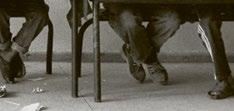
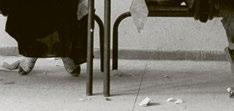
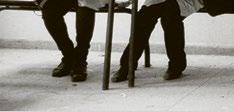
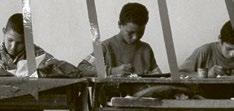
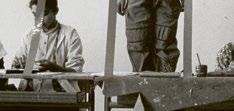
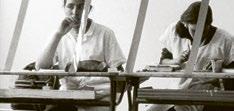

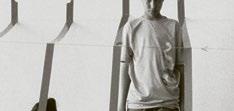
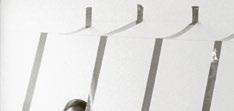





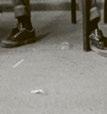
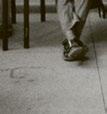
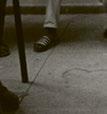
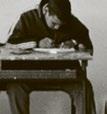
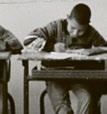
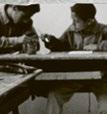

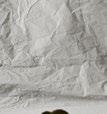

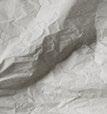

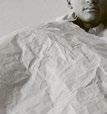
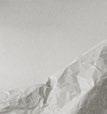

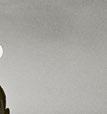
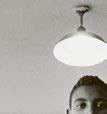
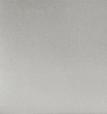
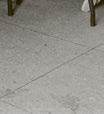
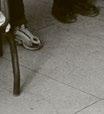


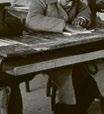
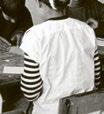

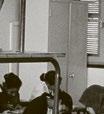
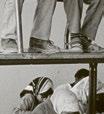
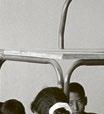
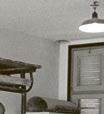
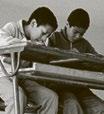
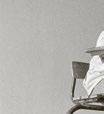

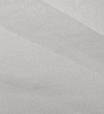
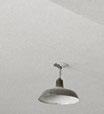
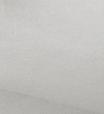





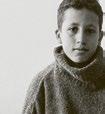
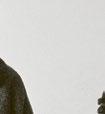
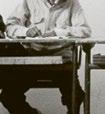

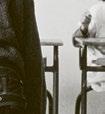

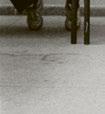
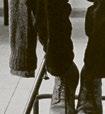
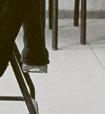
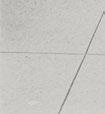
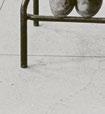
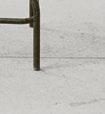
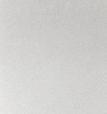
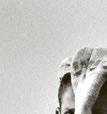
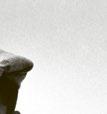



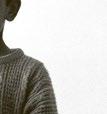
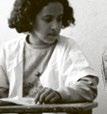
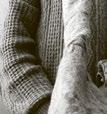
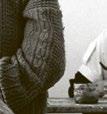

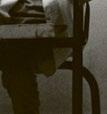
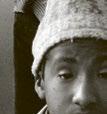

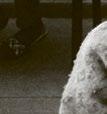
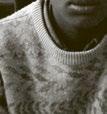
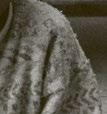
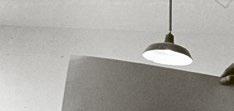
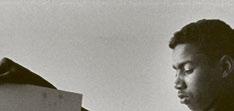
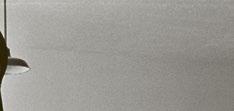

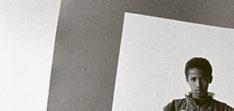

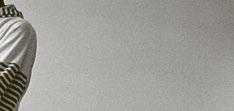
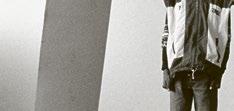
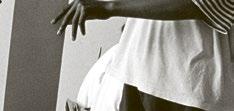
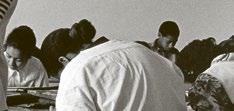
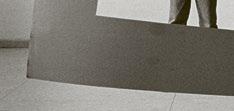

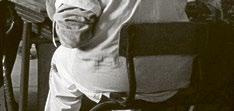

The Strait: Breach / Collapse of the Cromlech of M’zora, 2001

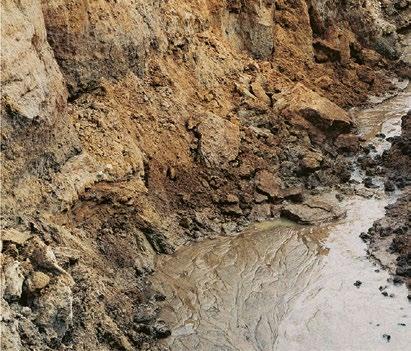
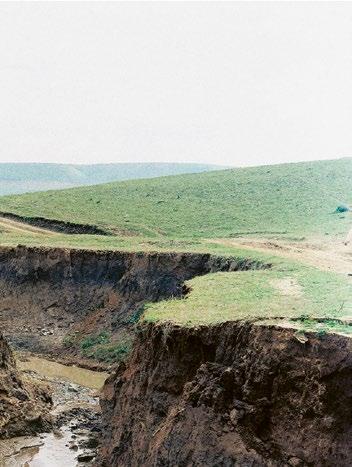
The Strait: Factory No. 4, Avenue d’Espagne, Tangier, 2003

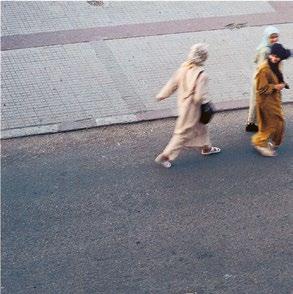
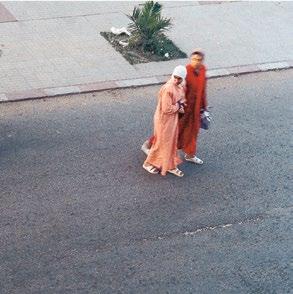

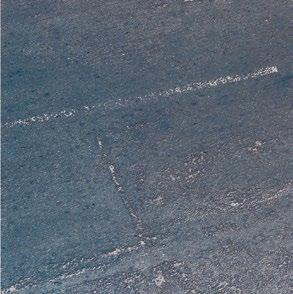
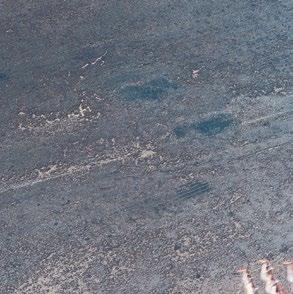
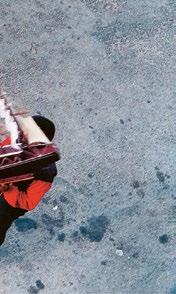
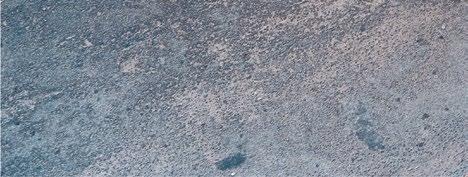
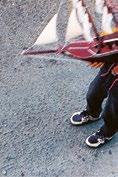

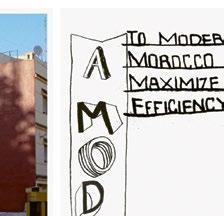

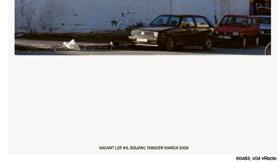
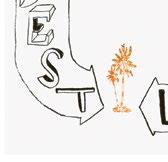
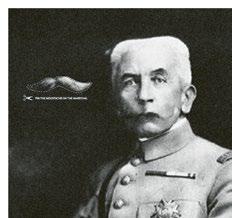


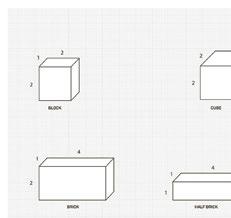


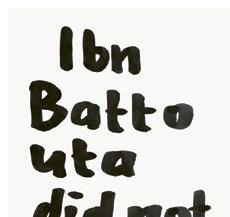

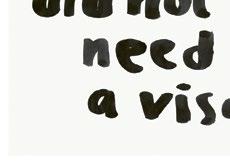
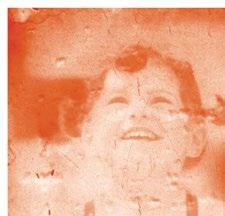
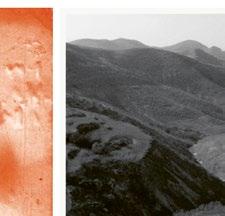


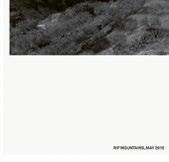
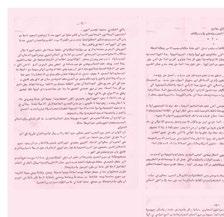


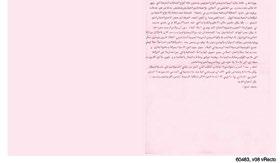



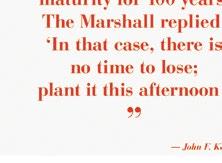
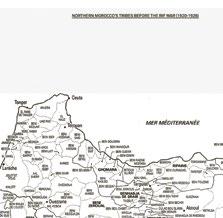

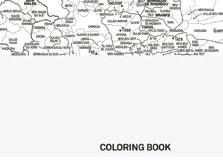
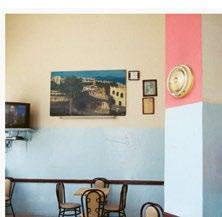

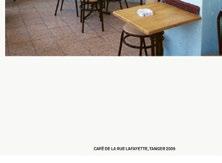
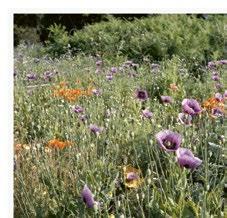
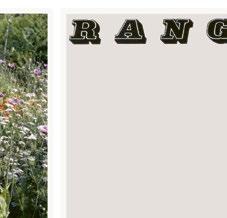

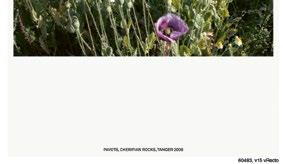
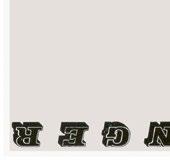
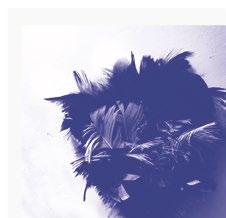
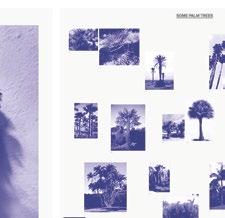

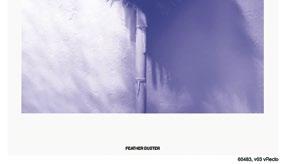

























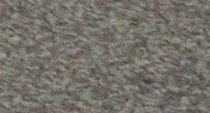
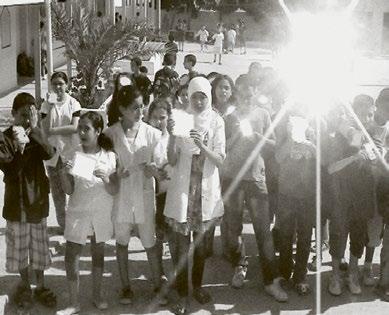

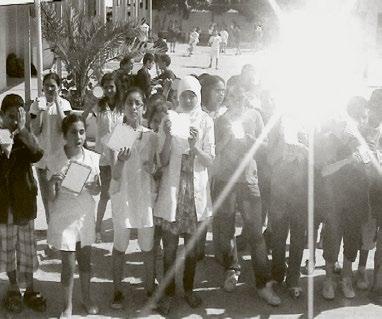
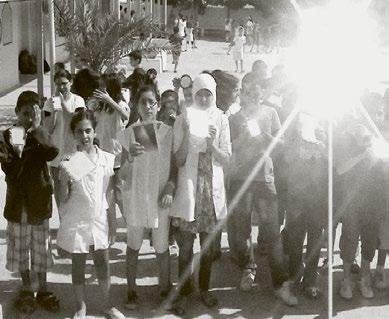
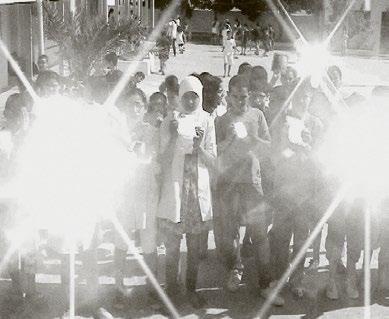
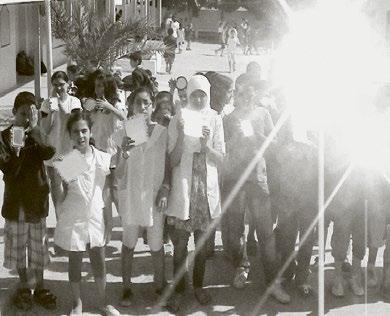




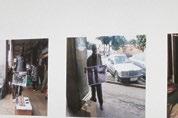
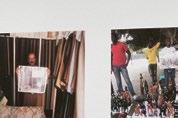

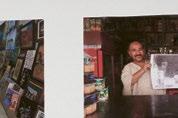
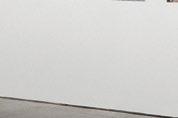
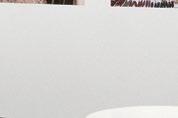
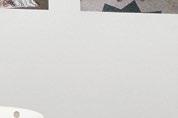
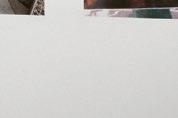
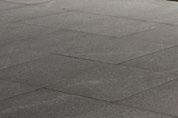
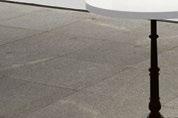
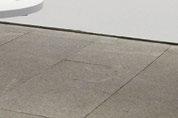
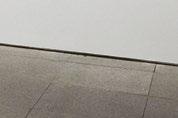



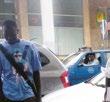
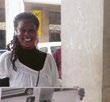
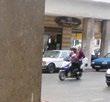

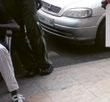
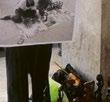
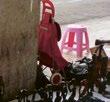






























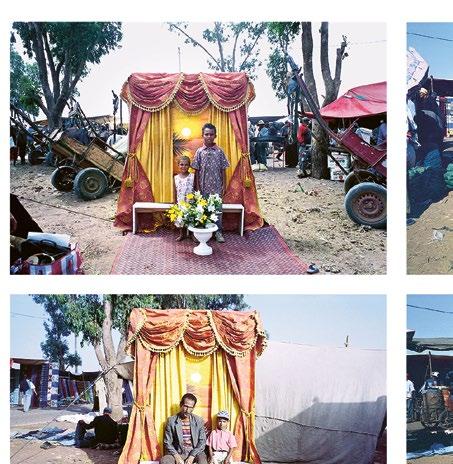

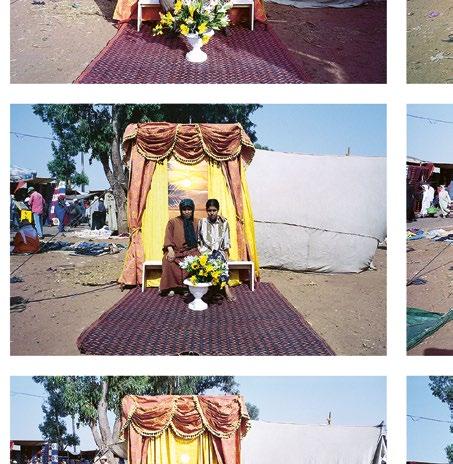

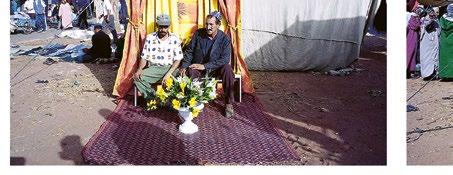
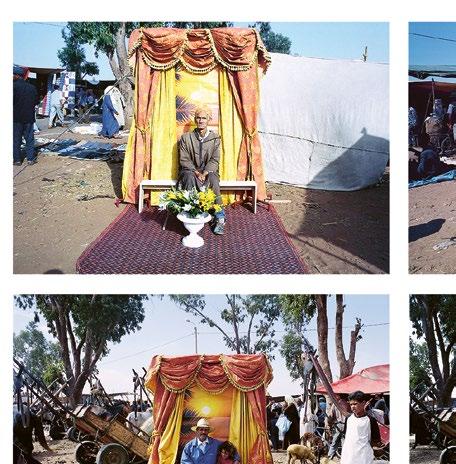


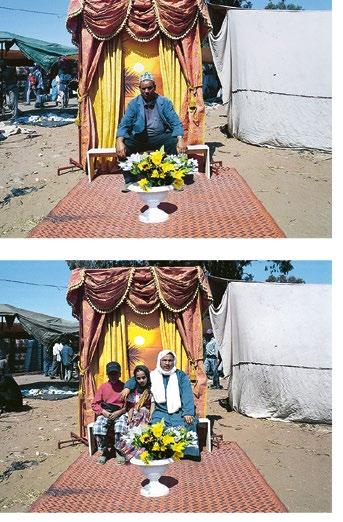
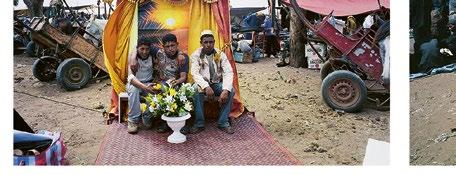
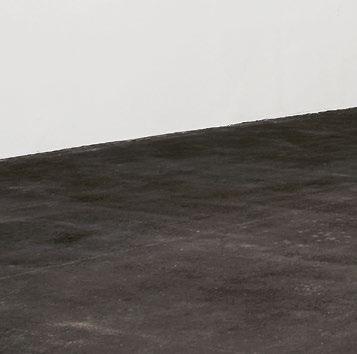
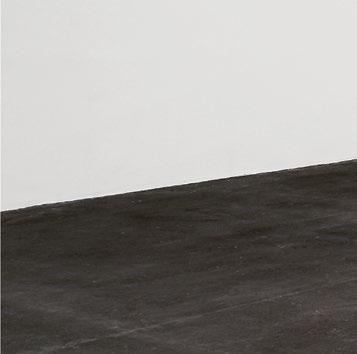
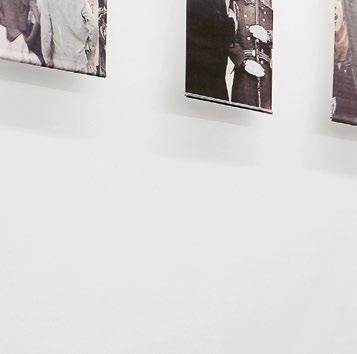
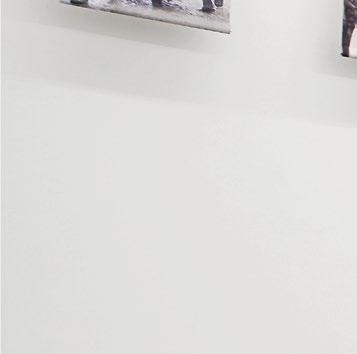
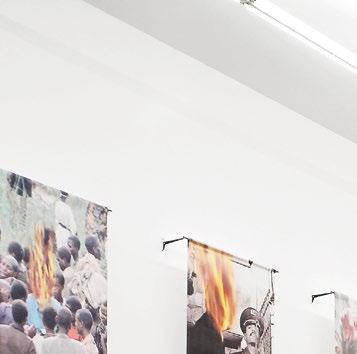
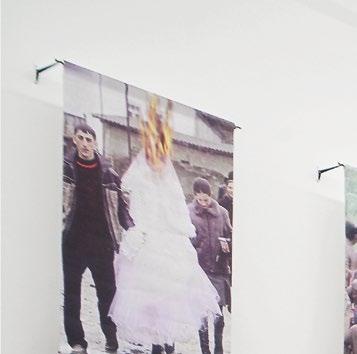
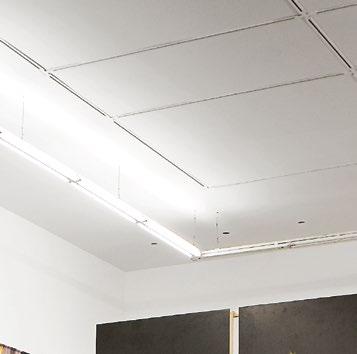
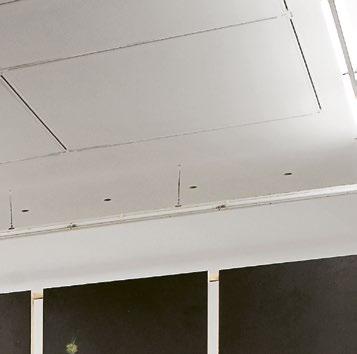
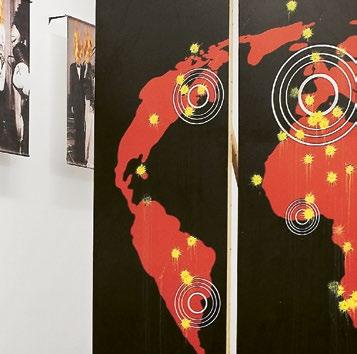
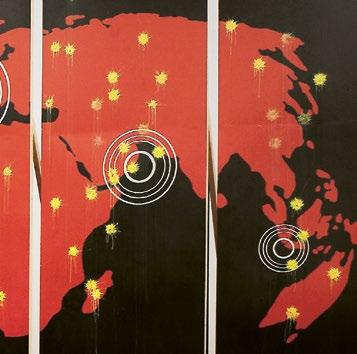
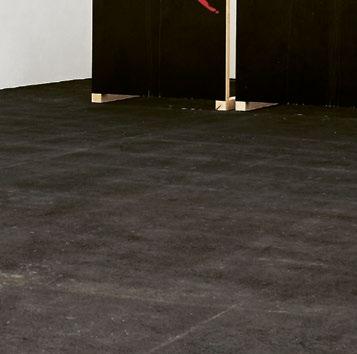

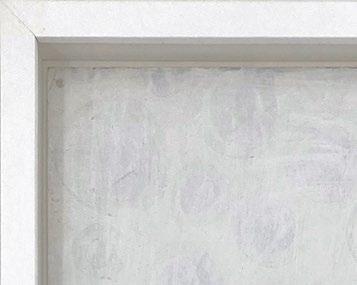
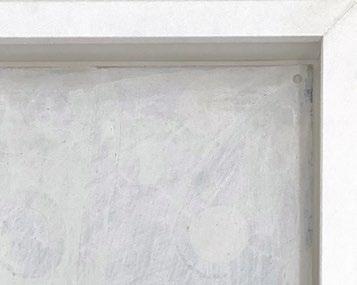
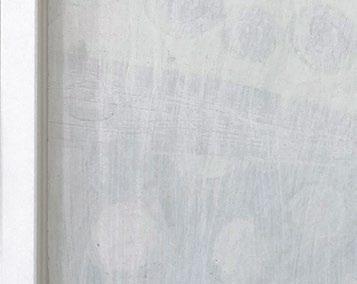
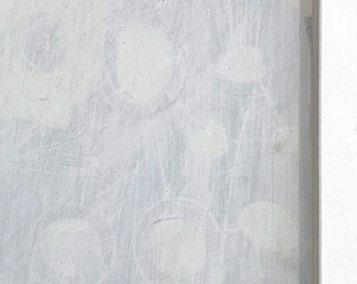

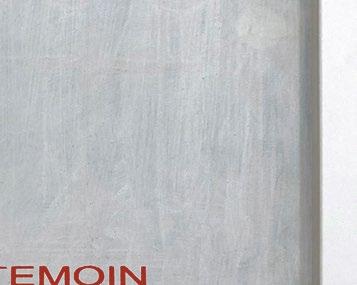




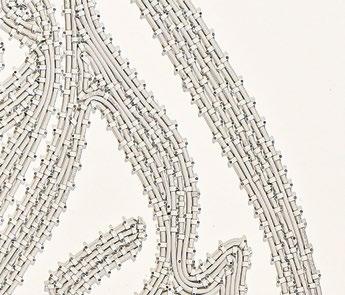
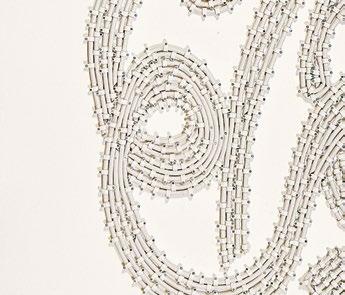
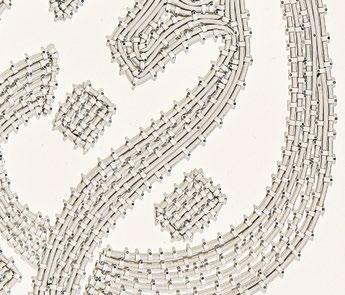


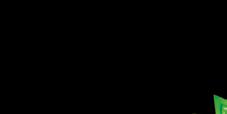

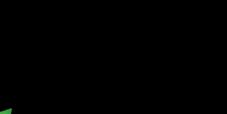
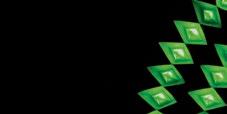
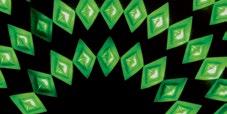
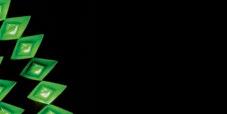
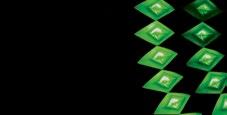
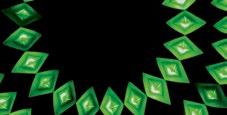
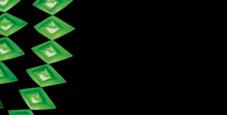

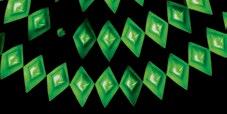
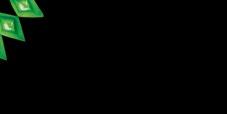


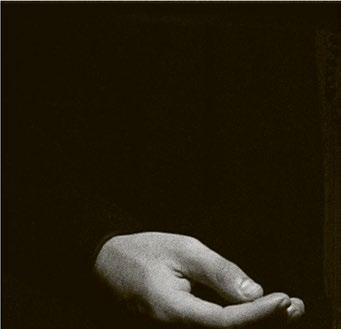
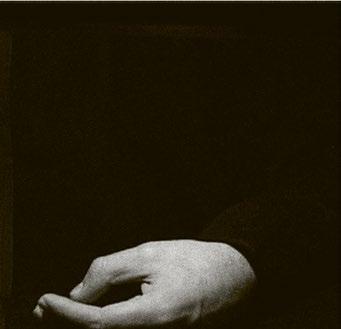


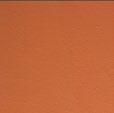

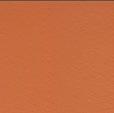
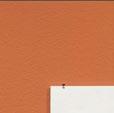
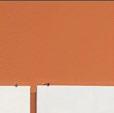


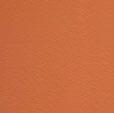

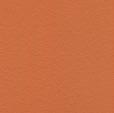
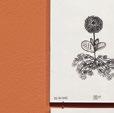
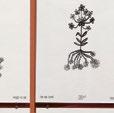
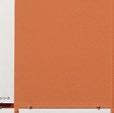

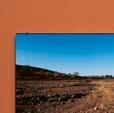
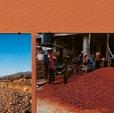
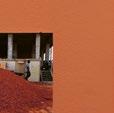
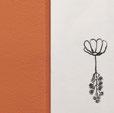

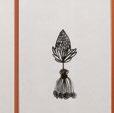
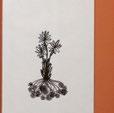

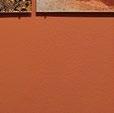

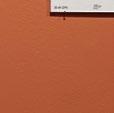
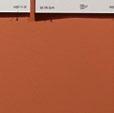
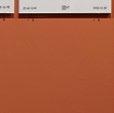

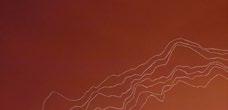
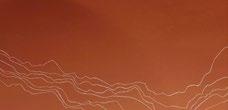
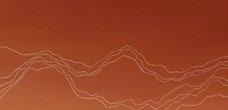
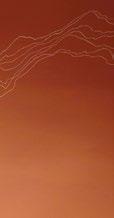

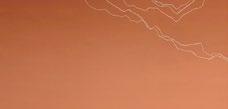
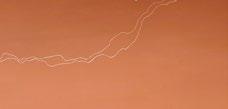
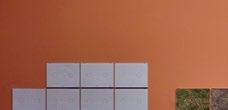
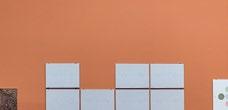
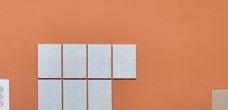
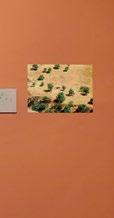
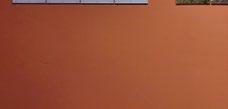
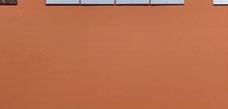


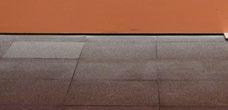
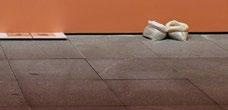
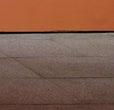
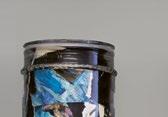
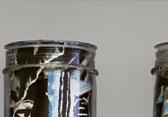
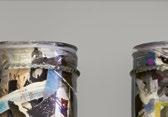
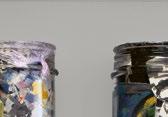

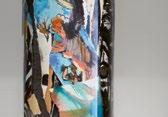
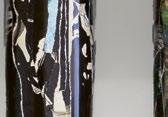
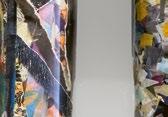

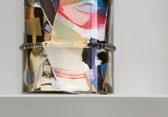
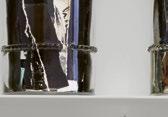
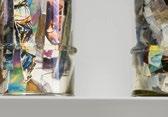
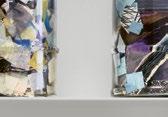
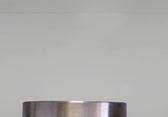
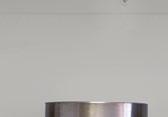




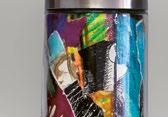
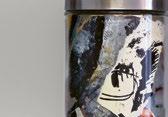



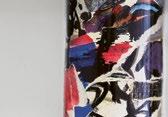
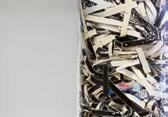
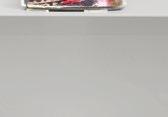
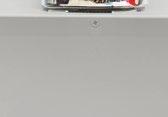
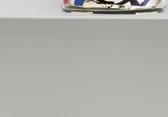

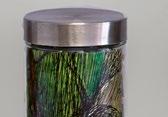
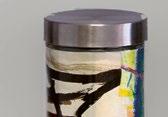
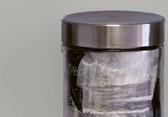
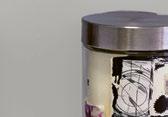

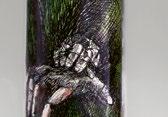
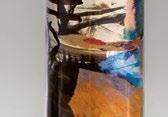
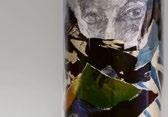



Elbaz


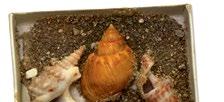



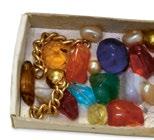

2019
Larbi Rahhali
Life, 1984– (work in progress)
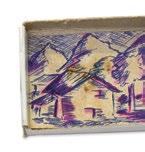

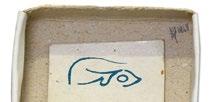

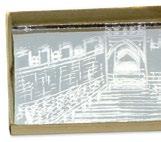

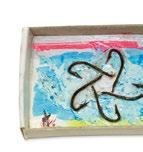


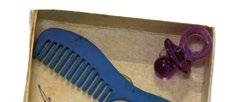
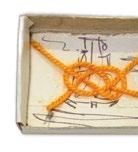

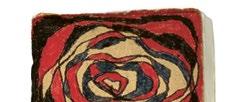



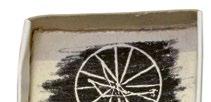


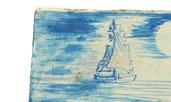
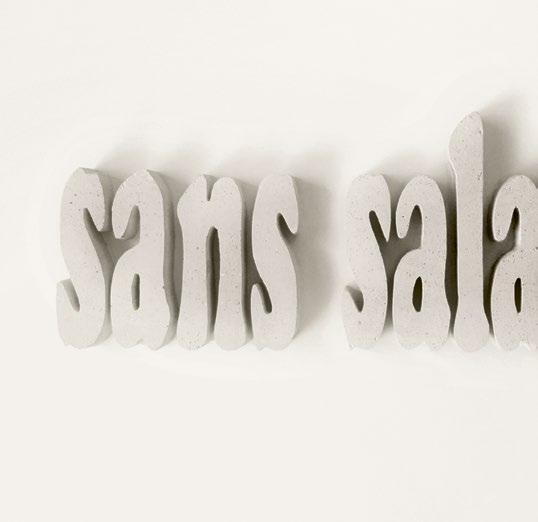
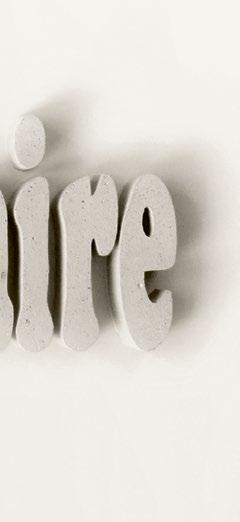
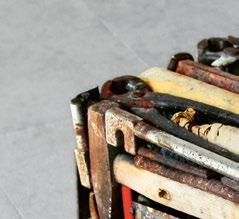
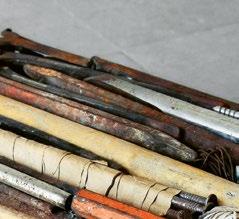
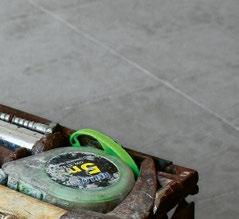
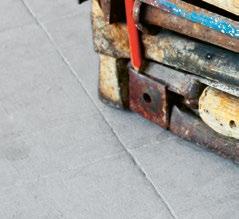
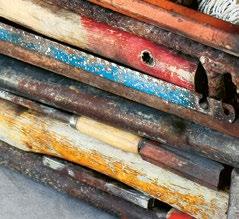
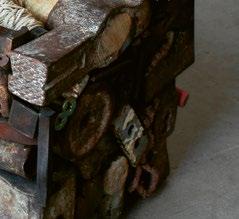



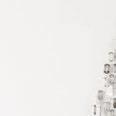
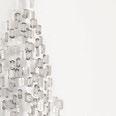

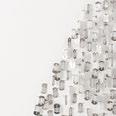

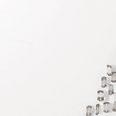
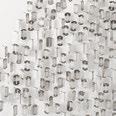
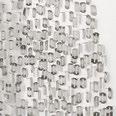
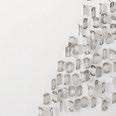
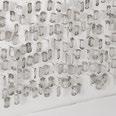
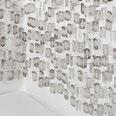





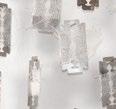
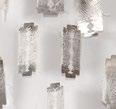



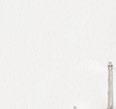
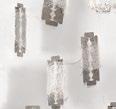
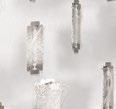

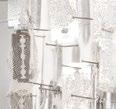

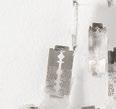
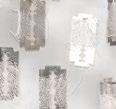
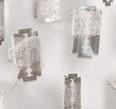
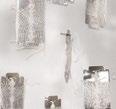



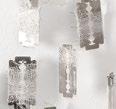

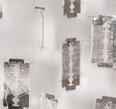
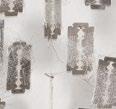
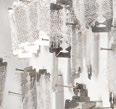
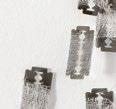
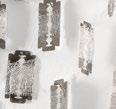
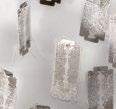
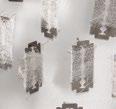

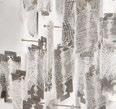

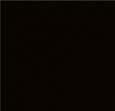

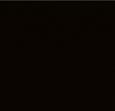
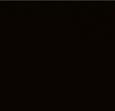
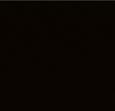


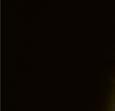
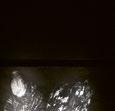
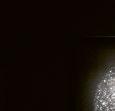
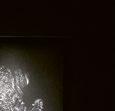
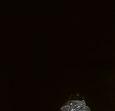
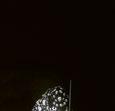
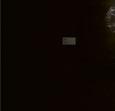
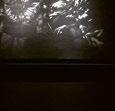
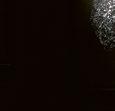

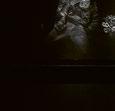


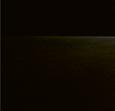
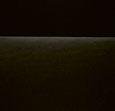
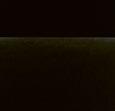

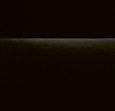
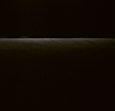




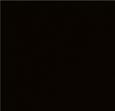
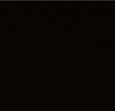
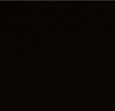
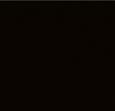
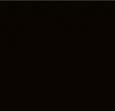
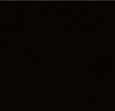

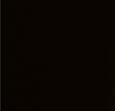

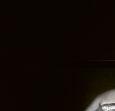
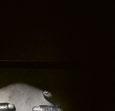
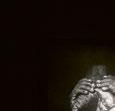
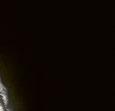
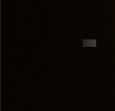


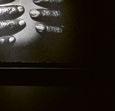
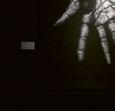
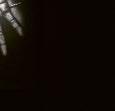

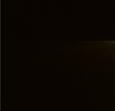

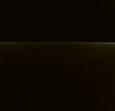
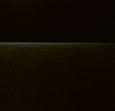
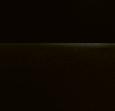
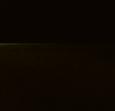





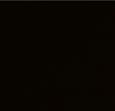
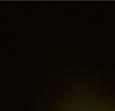
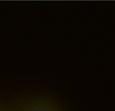
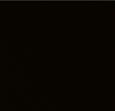
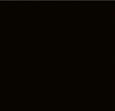

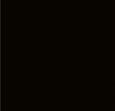
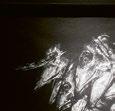

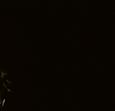

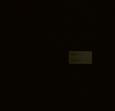
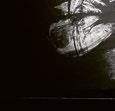

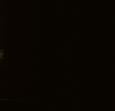








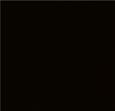
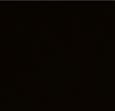
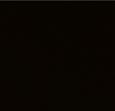

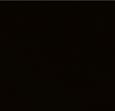
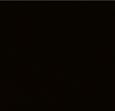

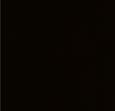
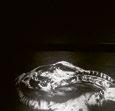
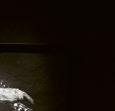
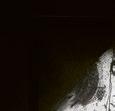
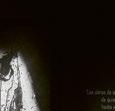
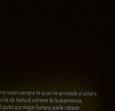
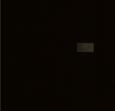
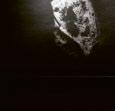
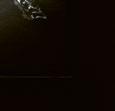
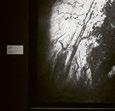
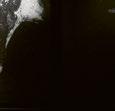
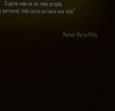

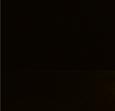

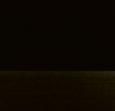
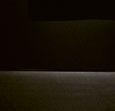
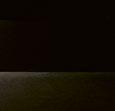





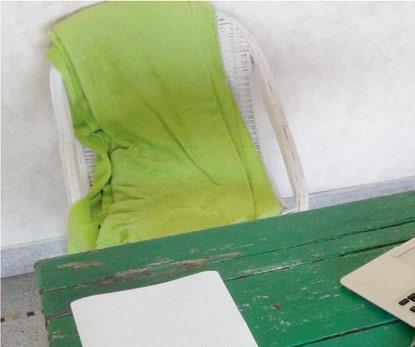

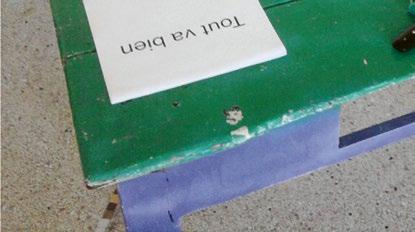
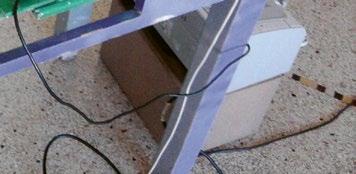

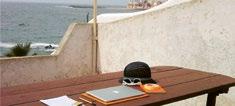
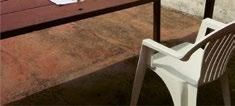
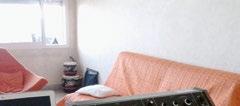

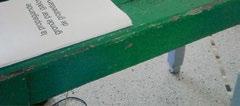
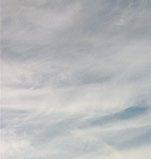
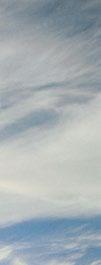
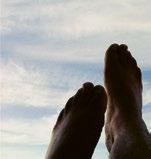


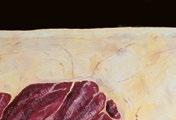
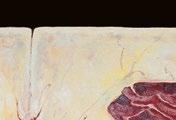
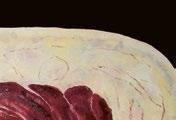

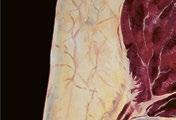
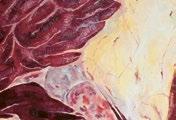

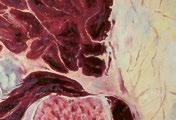
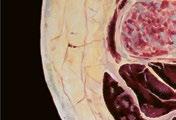
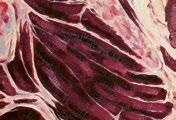
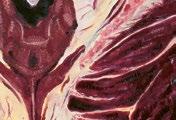
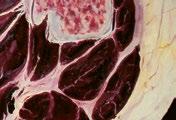
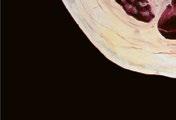

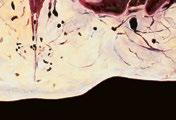
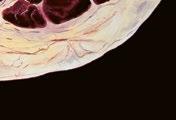

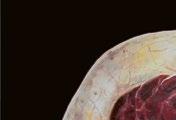
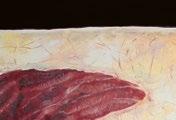

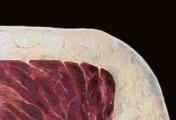

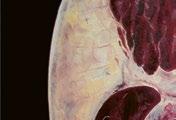
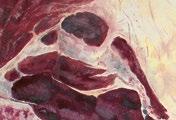
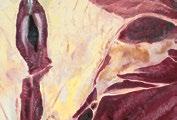
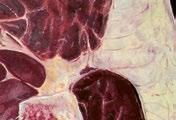
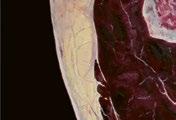

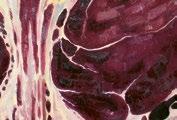

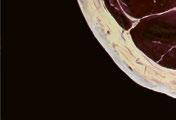
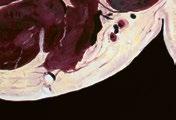
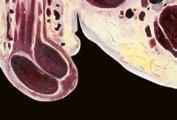
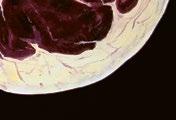

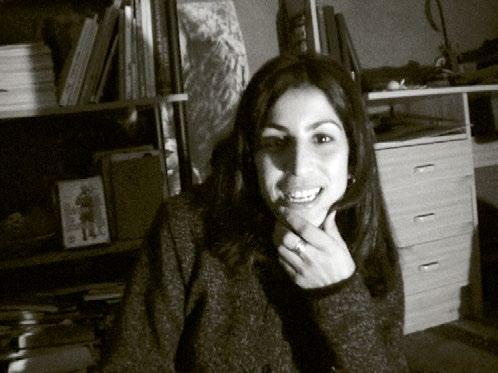
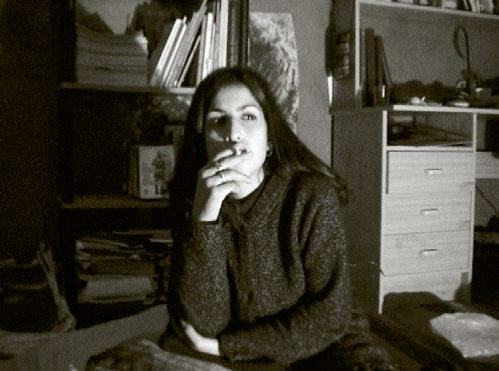
 Maria Karim Wafaa Lisa
Maria Karim Wafaa Lisa
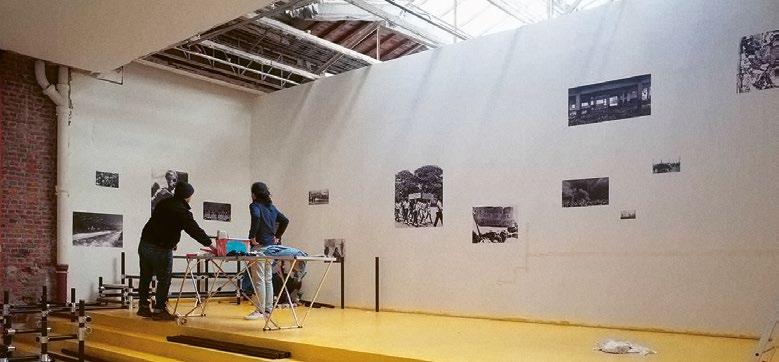
































































































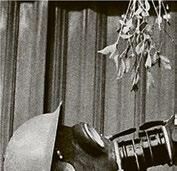
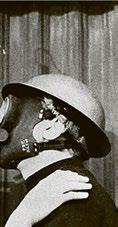
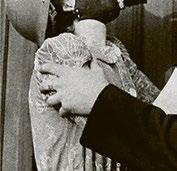
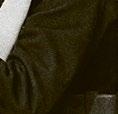
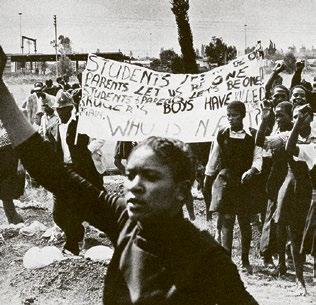


































































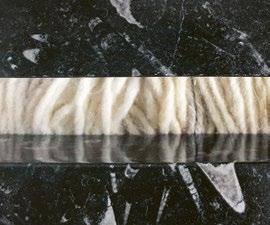





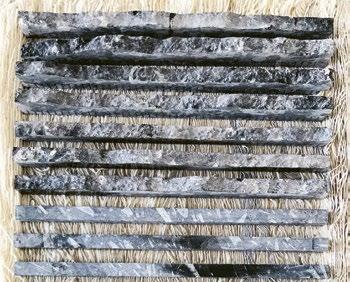
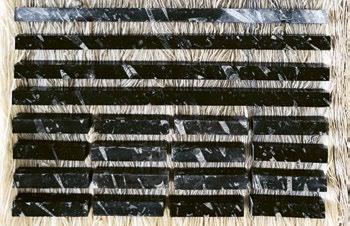































































































































































































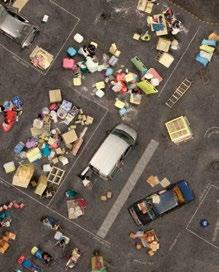
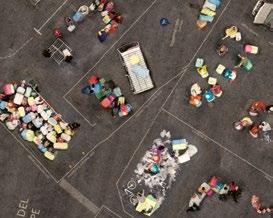
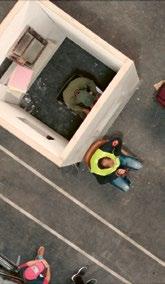
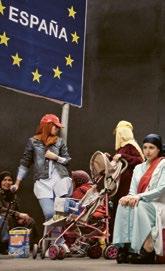

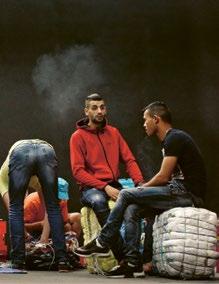
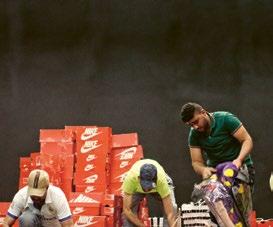
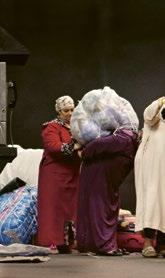
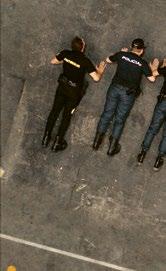


























































































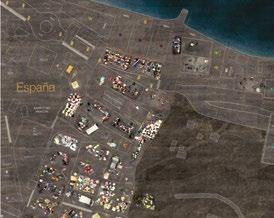
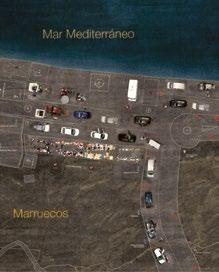

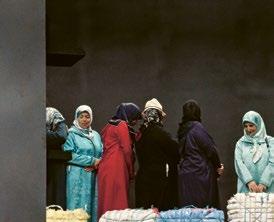
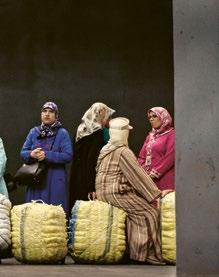

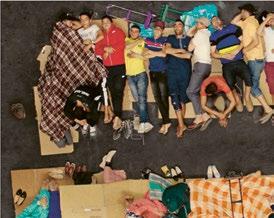


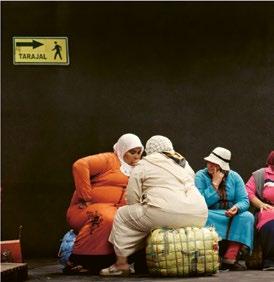
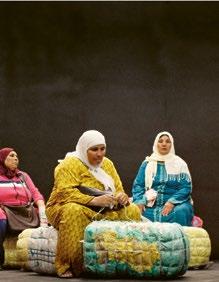
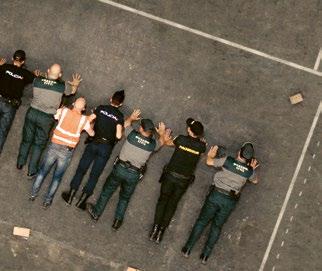
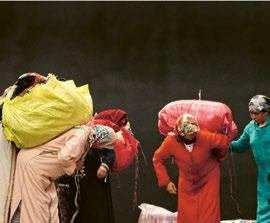


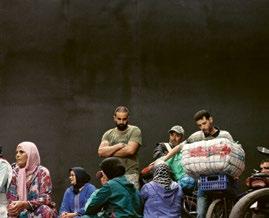


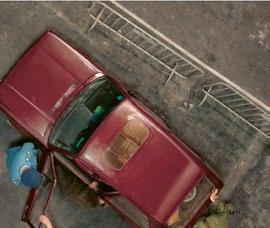












































































































































































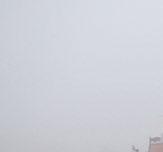


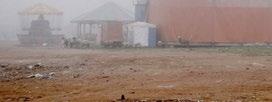

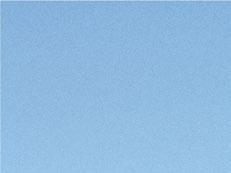
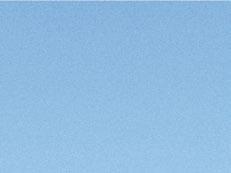


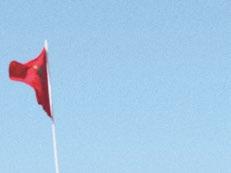
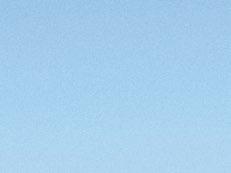
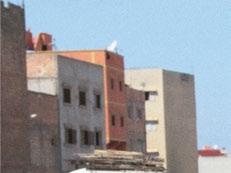
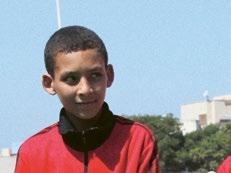
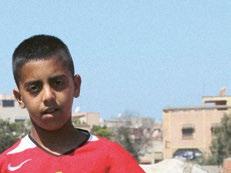
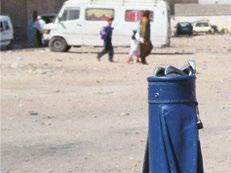

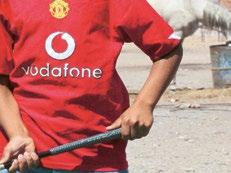
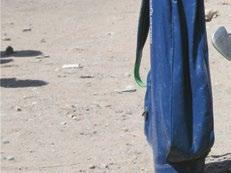
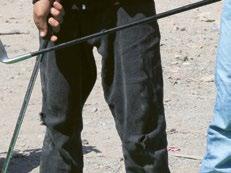
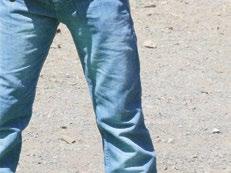

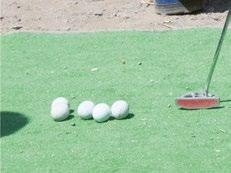
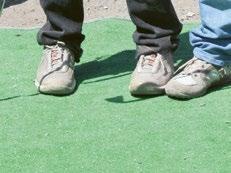
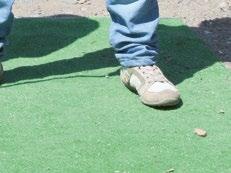
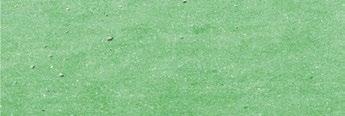
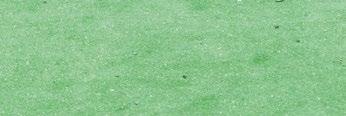
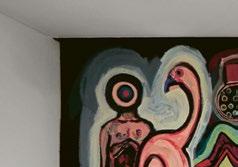
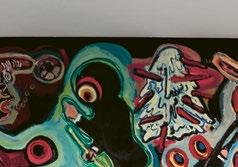

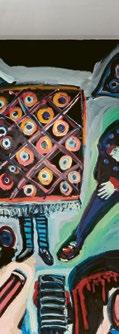

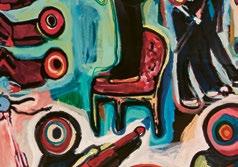
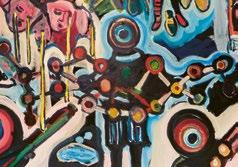
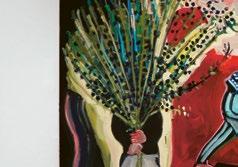
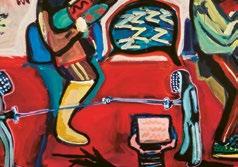

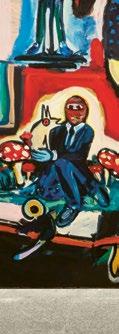
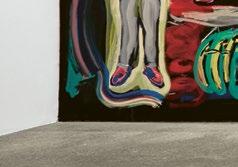
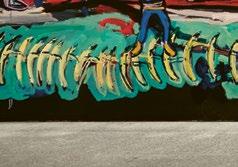
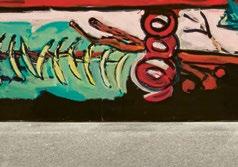



































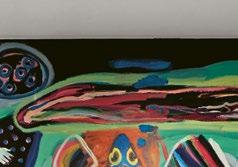
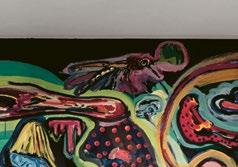
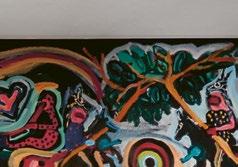
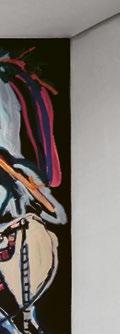

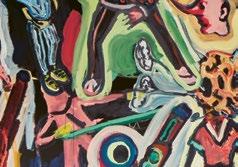
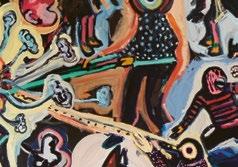
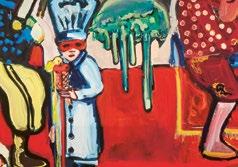
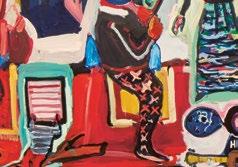

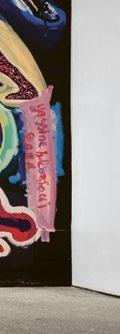
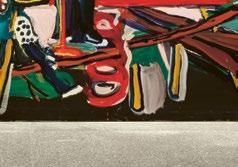
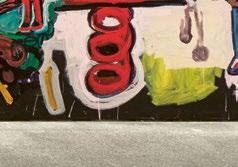
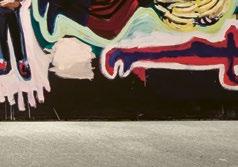




























































































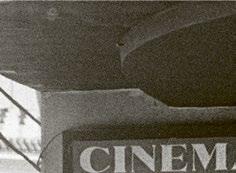
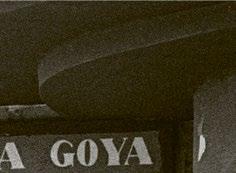
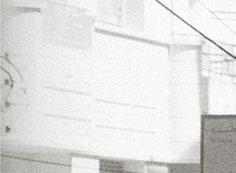
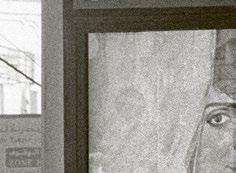
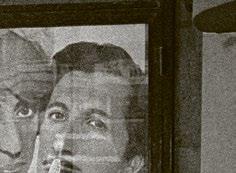
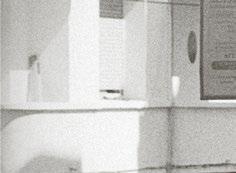
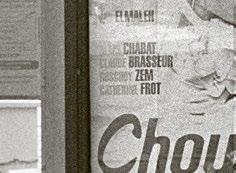
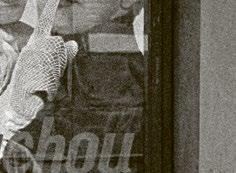
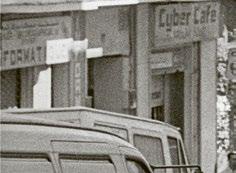
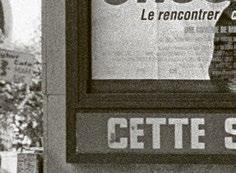
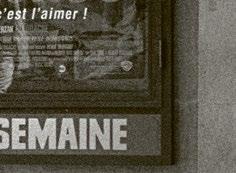
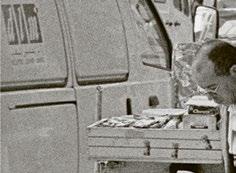
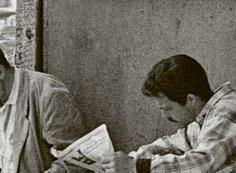
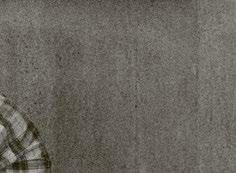

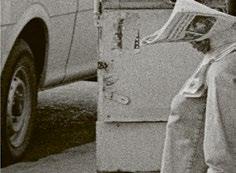
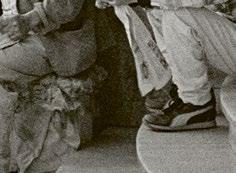


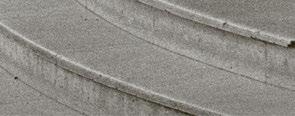


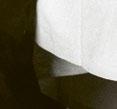
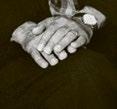
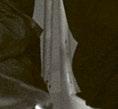
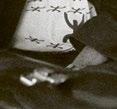


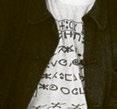
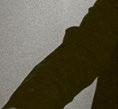

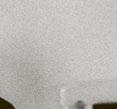
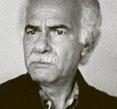
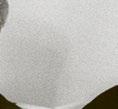

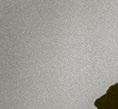

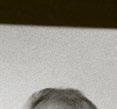
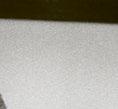
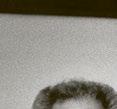
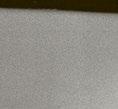


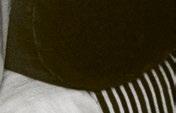
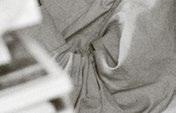
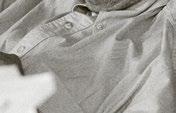
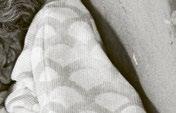
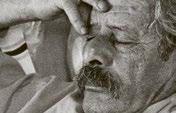
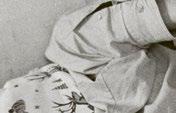
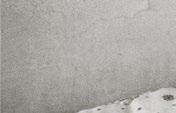


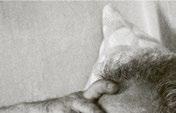
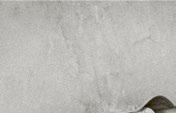
Tangier, the City, 2000/2021

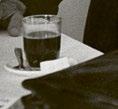
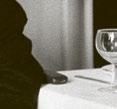
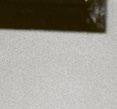
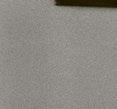

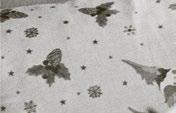
Tangier, the City, Mohamed Choukri and Abdellatif Laâbi, 2004/2021



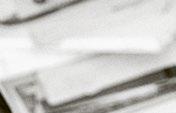
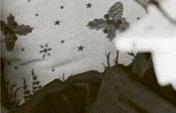
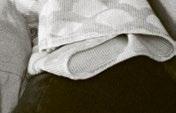
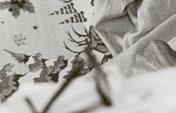
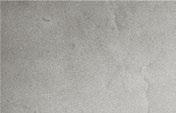
Tangier, the City, Mohamed Choukri, 2000/2021
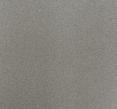
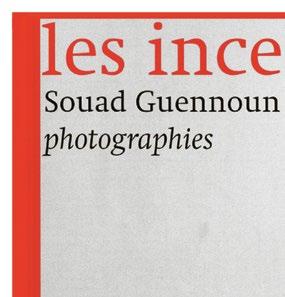
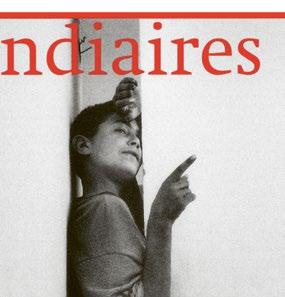
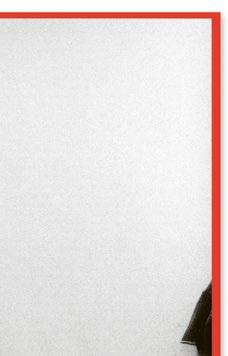
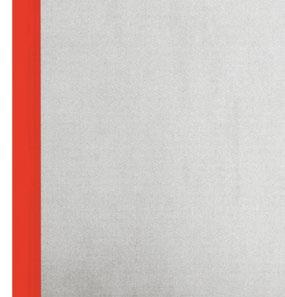
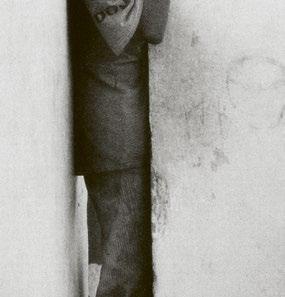
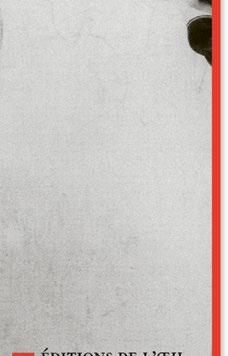
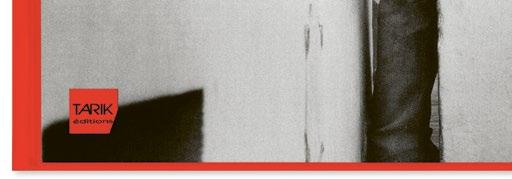


In the fi rst decade of the third millennium, I was looking at a generation of artists who produced works of art that actively contributed to raising awareness about cultural, social, political, and ecological realities. Many of them developed projects and shared ideas that became part of movements leading to the acceleration of protest and calls for change in a large geographical region spanning from Morocco to Iran and from Sudan to Syria. A decade of initiatives by artists and activists preceded what has been variously called “revolutions of the Arab World” or the “Arab Spring.”
I call these cultural workers “Generation 00,” a label that not only references the first decade of the 2000s but signals the radical rupture of this generation from those before it. These artists and intellectuals, living on every continent and operating in diverse social and political contexts, share a desire to bear witness to and
1. This essay is a continuation of my thinking on Generation 00, in development since 2011, and builds on a presentation at the conference “Situating Global Art,” Free University, Berlin, 2015, and then published in the conference proceedings: Situating Global Art: Topologies—Temporalities— Trajectories, ed. Sarah Dornhof, Nanne Buurman, Birgit Hopfener, and Barbara Lutz (Bielefeld: transcript-Verlag, 2018).
act for change and social justice. They, like other citizens, receive the same global information and observe parallel issues in their immediate environments. The label “00” is also a reference to the percentage of pollen extracted from the cannabis plant to make the perfect Moroccan hashish, also known as tbisla; one hundred kilograms of the plant yields one kilogram of the drug. This literal recycling of “00” is similar to Mustapha Akrim’s 2011 Without, which alludes to the official mention of the word without on the national identification cards of unemployed Moroccan citizens.
Looking at the years 2000–2020, this essay examines artists and their production in the years preceding and following the uprisings in Tunisia and the Arab world, as well as other cultural and social movements. In what follows, I discuss and expand on my concept of Generation 00 as a way to read art practices emerging at the turn of the new millennium. My aim is to offer a contextual reading of the origins of not only Generation 00 but of the “artist-as-citizen,” intertwined concepts that share definitions and positions within and beyond the field of art. I elaborate on histories that contribute to clarifying the present moment, doing so not only to contextualize Generation 00 but to interpret the work of these artists within the broader world that surrounds their production and exhibition.
I fi rst defi ned Generation 00 in 2011 when discussing Akrim’s Without. The group of artists under the rubric of Generation 00 produced works in the first decade of the twenty-first century, right before the start of the Arab Spring. While the concerns of this generation might appear global, its members addressed local issues, albeit ones that similar movements elsewhere
2. See Taieb Belghazi and Abdelhay Moudden, “Ihbat: Disillusionment and the Arab Spring in Morocco,” Journal of North African Studies 21 (2016). L’objet désorienté au Maroc was a 1999 exhibition curated by Jean-Louis Froment at the Musée des Arts Décoratifs (Museum of Decorative Arts) in Paris that gathered a group of artists working in Morocco and professors from the National Institute of Fine Arts in Tétouan, including Hicham Benohoud, Mounir Fatmi, Younes Rahmoun, and Jean-Paul Thibeau. 3. Working for Change: A Proposal for a Moroccan Pavilion, curated by Abdellah Karroum and the Curatorial Delegation, was a collateral exhibition at the 2011 biennale.
around the globe have also addressed. I focus on the decade prior to the Arab Spring in order to question the ways in which it and other movements have been portrayed and to question the extent to which artists—long involved in political and public protests—paved the way for broader changes and challenges. In North Africa the street or public square has historically been a place of assembly and collective action and the starting point for spontaneous, popular uprisings (e.g., Tahrir Square in Cairo, Egypt). These street-based movements have often been amplified by more coordinated protests organized by, notably, worker and student unions that have long identified themselves with a range of political and ideological tendencies, whether moderate or extremist, communist or Islamist, ecological or nationalist. Looking further back, we see that more than ten years before the uprisings in Tunisia, political and cultural movements were beginning to construct tribunes and to consolidate strategies of soft power to express ideas for change. Contrary to what certain media outlets propose, intellectuals and artists were at the heart of these so-called Arab revolutions, in that artists often amplify peoples’ aspirations for justice and dreams of liberation.
The initial focus of this essay is the years 1999, when the landmark exhibition L’objet désorienté au Maroc (The disoriented object in Morocco) took place, and 2011, when Akrim produced We Had a Dream, his work on the idea of disillusion. 2 I flesh out my concept of Generation 00 and the role of artist-as-citizen through (mainly Moroccan) case studies of artists I have worked with during this decade in North Africa and Europe: Doa Aly, Yto Barrada, Hicham Benohoud, Younes Baba Ali, Hassan Darsi, Safaa Erruas, Ymane Fakhir, Mounir Fatmi, Maria Karim, Amal Kenawy, Hassan Khan, and Karim Rafi, among others.
Tout va bien All is well. Rafi sent this message-turned-artwork from his studio in Casablanca, where he was stuck after his request for a travel visa to Europe was refused. The rejection meant Rafi could not attend Working for Change, an exhibition at the 2011 Venice Biennale, where he was an invited artist.3 So that his art could be seen, Rafi instead sent an email every day with a photographic image to be printed and displayed on a table inside the exhibition space. The travel restriction forced the artist to navigate around limitations and find alternative ways to maintain
307
a continual connection with the viewer. At stake in this artwork is the description of a situation: the artist is in his studio and apartment, where he works with full consciousness. Conversations seem as carefree as always, and the artist is visibly calm while writing and taking his daily picture. All is well. However, if one had looked closely at the news cycle live-streaming that day, one would have seen that the Arab Spring was in full bloom. Tunisia’s president had just fled the country, and the streets of Egypt, Libya, and Yemen were overheating. Here, then, as in much of his work, Rafi adopts a language that is ironic, poetic, and strongly inspired by both rap and Gnawa traditional trance music. These forms of expression were in tension with the social context in which the artist was living and consciously reflecting on the thickness of history. Similar observations can be made of The Show Is Over, the work that precedes All Is Well 4 In the earlier work, the artist takes a radical formal position, creating a sound installation that interrogates and experiments with the idea of the end of a circle and potential cyclic revolution. At stake is creating a rupture with the conventional and with institutional expectations.
The situation of artists in countries such as Egypt and Algeria interests me for many reasons, most notably because they are dealing with experimental political and social situations and creating a new vocabulary to navigate social realities and systems of production. Generation 00 artists such as Amal Kenawy (1974–2012) in Cairo, Amina Menia (b. 1976) in Algiers, and Akrim (b. 1981) in Rabat, are all artist-citizens; that is, they work in the places where they actually live while implicating themselves in questions that affect the entire planet. The concept of the “artist-as-citizen,” one that is intertwined with Generation 00 and has continued to drive much of my research and curatorial work, was articulated most explicitly in the 2012 Benin Biennial, Inventing the World: The Artist as Citizen. The concept refers to artists who examine their immediate environments at both the macro and micro levels to interpret issues through art.5
The artist expresses ideas and suggests not only an experience of art but a way of living, proposing other possibilities by using new forms of engagement with audiences and creating spaces around the artwork. Artists create languages that are adapted to the speed and the speech of their contemporary moment and go beyond the media space. Their work is often elided with their past biography and proposes alternative futures by giving shape
to imaginaries. Being from a certain country and having a passport might give one access to certain spaces. But the notion of a homeland remains relative and fragile. These artists insert global topics into local art production, all the while creating new vocabularies and addressing localized themes and taboos, such as gender, the representation of power, religion, media, and the market.
For example, Rafi ’s installation The Show Is Over consists of a vinyl record placed on a wheeled platform that also integrates speakers and a pile of posters. With the work, the artist makes a statement against the “festivalization” of art. Popular festivals in Morocco tend to serve as large propagandistic projects that promote fine arts, craft, and folklore under the guise of a unified national culture. Paradoxically, Rafi’s work announces not the end of the show but the start of art’s labor in resistance to the festivals. Rafi’s desire for a rupture with the paternalist state’s approach mirrors Fatmi’s formulation, “my dad lost all his teeth, so now I can bite him.”6
In the context of globalization, artists can make their ideas accessible within their own countries while simultaneously exhibiting at international biennials and museums, which can serve as solidarity networks. The Dak’art: African Contemporary Art Biennial in Dakar, Senegal, is one of these platforms, as is the Sharjah Biennial, Berlin Biennial, and many others that, together, play a major role in connecting Generation 00 artists. These places of amplified visibility seek to be both global and highly specific to a location. In Morocco, artists have also invested in public spaces at the margins of official centers. These international platforms and alternative spaces have been used by many artists, including many who are included in Moroccan Trilogy , to make their works more visible. For example, Badr El Hammami walked on the
309
4. The Show Is Over was part of the exhibition Flowers, Animals, Urbans, Machines , with Sofia Aguiar, Younes Baba-Ali, Gabriella Ciancimino, and Karim Rafi. It was curated by Abdellah Karroum at L’appartement 22 in Rabat in 2010. For more information, see http://www.appartement22.com /spip.php?article295. 5. See the exhibition project The World around You (2008), proposed for the Brussels Biennial and produced in Fès and Rabat, http://the-world-around-you.appartement22.com /spip.php?article2. 6. Mounir Fatmi, Le pretext (n.p.: SF Publishing, 2017).
ruins of the historical city of Badis, overlooking Peñón de Vélez de la Gomera, a rocky island that holds many local stories and is still occupied by the Spanish military. Soukaina Joual uses shop vitrines to display images of the human body and provoke interaction. Yassine Balbzioui uses urban walls to depict images of monsters inspired by his own imagination. Sara Ouhaddou collaborates with artisans to understand art languages and their genealogy through the heritage of gestures and techniques. Randa Maroufi collects fragments of transitory spaces and places them as the central subject of her work, revealing the structure of the experience of time through digitally extended images.
310 7. The Years of Lead in Morocco, under the regime of King Hassan II, was a period of social and political unrest and state-sponsored violence that began in the late 1960s, was amplified in the 1970s–1980s, and ended with the monarch’s death in 1999. During its two-plus decades, the state banned several cultural and political movements as well as student and worker unions. 8. The work is now part of the collection of Mathaf: Arab Museum of Modern Art, Doha. 9. Mohssin Harraki, Greffer, Espalier, Dresser (Rabat: Éditions hors’champs, 2020). 10. Chantier was exhibited at the 2009 Marrakech Biennale, “A Proposal for Articulating Works and Places,” curated by Abdellah Karroum. 11. Hajar Rif was included in the exhibition JF_JH Libertés at L’appartement 22 in 2012. 12. Éditions hors’champs was founded in 1999 in Bordeaux, France, and served as the editorial platform for the artists and curators of L’appartement 22. R22 Art Radio is a “webradio” that began in 2007.
The first postindependence generation of artists to emerge in the 1950s and 1960s, both in Morocco and in other North African countries, invented original and local artistic languages, emphasizing their desire to detach from the influence of European fine arts. The next generation of artists and intellectuals (those of the 1970s and 1980s) had to navigate totalitarian regimes. At the same time they remained connected to international artists and intellectuals who were positioning themselves in relation to political and social struggles in Vietnam, Chile, Palestine, and South Africa. However, the generation that arrived in the 2000s marked a rupture from those that “occupied” the art scene from the postindependence era until the media era, when television became a major ideological and political influencer. In the 1980s, during the Years of Lead, Moroccan artists’ production of and engagement with artwork having a political and social context was limited.7 Generation 00 artists examine social realities in a context where
updates about the world are immediate and live, they work with new media practices, and they operate in a post-Internet world.
In his collage The Repair from Occident to Extra-Occidental Cultures (2012), Kader Attia presents a critical reading of postcolonial history while also showing the collage approach to memory and repair.8 The idea of genealogy is also adopted by artist Mohssin Harraki in his work Greffer, Espalier, Dresser (To Graft, Espalier, to Straighten, 2014).9 Both artists examine their own conditions of life and ways to make their work sustainable in a society in crisis. Akrim’s Chantier (Under construction, 2009), a large installation consisting of oversized construction tools that have been rendered impossible to use, provides a symbolic reading of the disproportion and inequality in public urban structures and housing.10 Hassan Darsi’s Projet de la maquette (Model project, 2002) is probably the most important illustration of the idea of the artistas-citizen. His genius idea of producing a model of Casablanca’s Parc de l’Hermitage in its abandoned state involved the participation of many artists, writers, poets, and everyday people living in the area around the park, which had once played a huge part in their daily routines. In 2002, Darsi created moments of discussion about public space and the public’s shared responsibility for ensuring that the experience of such shared spaces is positive. The project’s momentum, which extended over several years, provoked the city council to intervene as an actor alongside citizens who were interested in the possibilities of collective investment in public space. Barrada, simply by documenting her city of Tangier—its vacant lots and scenes of daily life—in her photography and video works reflects on urban transformation and the social adaptations of city residents while learning from experience and finding solutions. For his work Hajar-Rif (2012), Rahmoun reinvented ways of representing relationships to spirituality and space—for example, between the countryside and big cities—by moving five stones from the Rif Mountains to an exhibition space.11 The work of these artists’ peers in cinema and music has also led to an increasing awareness of the situation of creators and the realization that economic and social domains function similarly.
In 2002, it appeared in Rabat the artistic space L’appartement 22, that works as an art gallery, archive space, home to Éditions hors’champs publishing projects, and fi nally a studio for R22 Art Radio.12 L’appartement 22 was thus a response to a lack of
physical gathering points for artists and intellectuals and for archiving artistic processes. These projects help historicize the work of Generation 00 within the North African landscape and also position them within larger global issues and histories. Art is not tied to a single place. Instead, it operates according to permanent comings and goings, moving among convictions, beliefs, ideologies, ecologies, languages, and taboos to suggest a convivial or simply more livable world. The decolonization of cultural practices in North Africa means revealing the injustice of the colonial and postcolonial borders that divided the Amazigh people, forced silence on a multitude of expressions, closed routes, and banned beliefs.
Throughout Moroccan Trilogy, artists who live and work on different continents refer to a common cultural heritage and political and social themes. For example, Ahmed Cherkaoui’s research on Amazigh visual elements structure the architecture of his paintings. Mohamed Kacimi’s work moves between sub-Saharan Africa and Europe. Meriem Bennani’s sarcastic videos and sculptural situations are inspired by private and social creative spaces. Ouhaddou literally moves between Morocco, the United States, France, and Japan, interrogating the idea that belonging and shared human identity are the result of migrations and relationships to the environment.
In 2010, hope for a better future led citizens into the streets of Tunis, Cairo, Tripoli, Rabat, and Damascus, among others, and to dream of a democratic change in their countries’ systems of governance. The rapid repression that soon followed the Egyptian military’s counterrevolution in 2013 pushed citizens into a forced status quo, provoking disillusion. In Morocco, this disillusion culminated in an “antiauthoritarian” initiative spearheaded by a collective of cultural workers called This Shadow Looms. Their 2020 manifesto was seen as a cry for help. Signed by four hundred artists, the manifesto calls for solidarity and resistance to the attacks on freedom of speech following the arrest of journalist Omar Radi and various activists and musicians. Release of the manifesto provoked a disproportionate response from Moroccan authorities, who compelled several national organizations and official artists to arrange for 670 major cultural actors and artists to sign a counterpetition expressing trust in national institutions.13
The expansion of crises across the globe seemed to culminate in 2020—a year of burning forests, institutionalized fake news, and the COVID-19 pandemic. Each waking day brought continued trauma. The culmination of concentrated crises created a historical rupture with the idea that art, as a field and practice of expression, could contribute to the debate on choices and models of society, where freedom, equality, and justice are possible.
Generation 00 also applies to writers, fi lmmakers, poets, and musicians who looked social realities straight in the eye. In his film Much Loved (2015), Nabil Ayouch showed taboo scenes that provoked criticism from the conservative state. For Bab Sebta (Ceuta’s Gate, 2019), Randa Maroufi used a film vocabulary with high visual precision while reconstructing scenes of marginal survival spaces, such as borders and peripheral or abandoned parks and buildings.
A new generation of artists will have to deal with the surge of “lies as truth” and the endorsement of “peacekeepers” at the expense of individual freedom. The fight for gender equality, for example, is not new in art and can be found in each of the periods explored in Moroccan Trilogy. Chaïbia Talal focused on women from Chtouka who celebrate female solidarity. Fatima Mazmouz, Joual, and Khadija El Abyad use a subtle vocabulary that can navigate both social taboos and political obstacles. Artists often put their personal stories and even their own body into their work when attempting to predict possible futures, with great awareness of the need to transcend social constraints and the limitations within conventional art spaces. Hamza Halloubi, in his video installation Walking and Talking (2019), interrogates the artist’s identity and the validity of art when disconnected from real life.
The issues addressed by the Generation 00 artists are prevalent in much contemporary art practice and reflect current world
13. Several signatories of the initial petition—the four hundred—received calls asking them to “desist” and sign the second petition—the 670— invoking the fragility of the political context in Morocco. The debate continued on social media, and fake news and populist media attacked artists and intellectuals who continued to support the initial call. ChoufTV, Le360, AtlasInfo, and many others published fake news attacking the best-known figures among the four hundred and speculating about them in ways intended to cast suspicion and potentially lead to trial. The intimidation led some artists to publish a retraction.
crises. Can we still question what it means to be an artist today in Morocco? How are artists navigating systems, taboos, conventions, and other obstacles, and how do they transform materials and spaces to make their expressions meet the aspirations both of a youth that is increasingly disconnected from the local establishment and of the international market that is flattening diversity and eliminating the possibility of originality? Political regimes use social media to amplify misleading narratives to weaken artists’ and activists’ discourse. The challenge for artists is to remain active and visible when they are considered dangerous citizens. These are some of the questions that should be addressed in debate and that this essay tries to address directly through a reading of artwork produced by Moroccan artists from 2000 to 2020, a period divided by Mohamed Bouazizi’s self-immolation in Tunis on December 17, 2010.
Pages 316–317:
Mohamed Chabâa’s students at École des Beaux-Arts of Casablanca, 1966
Painting workshop with Mohamed Melehi at École des Beaux-Arts of Casablanca, 1967
Malika Agueznay (left) and a colleague at École des Beaux-Arts of Casablanca, 1966
Exhibition of the Casablanca Group at Jamaâ El Fna Square of Marrakech, 1969

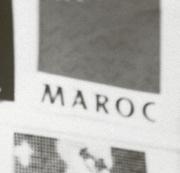

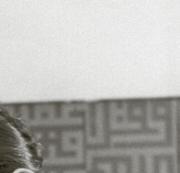


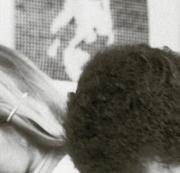
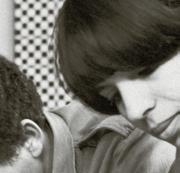
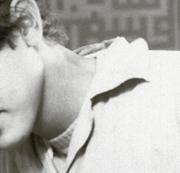
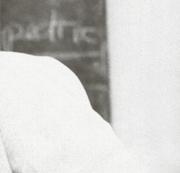
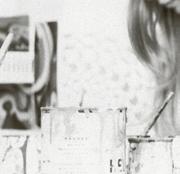

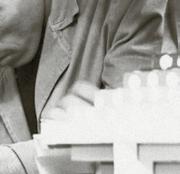
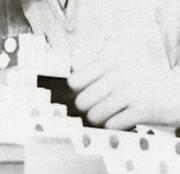


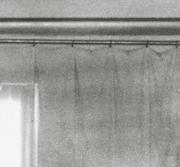

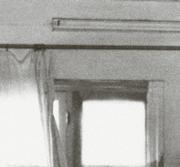
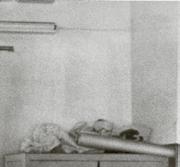
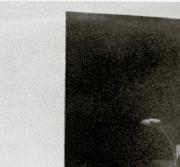
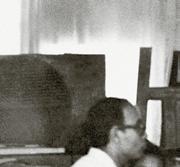
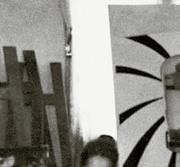
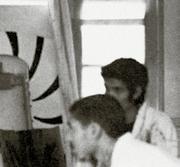
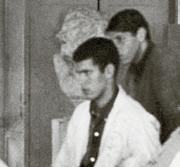

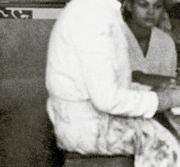
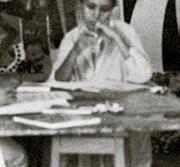
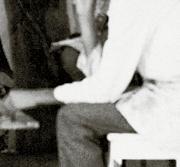
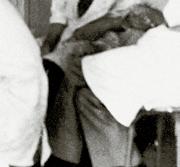
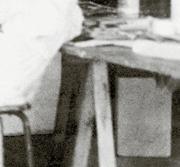
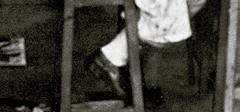
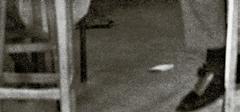
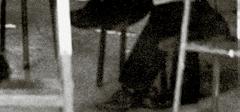
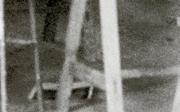

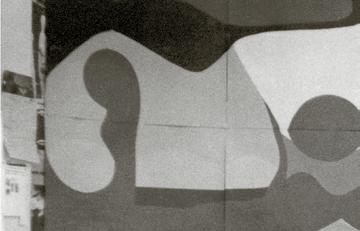
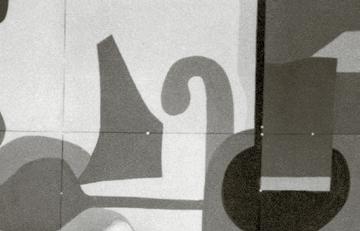
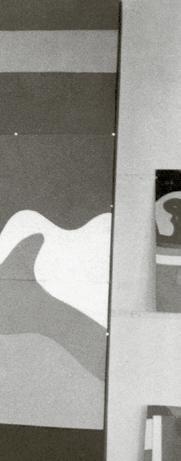
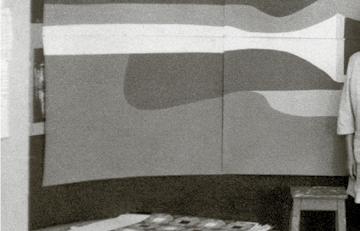


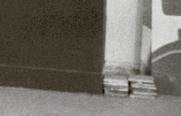


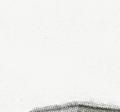
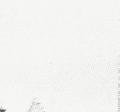
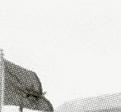
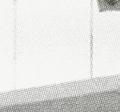
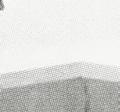

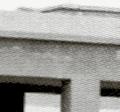
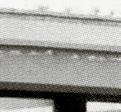

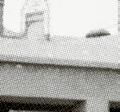
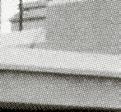
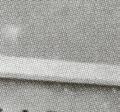

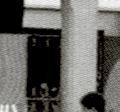
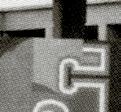
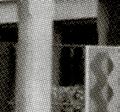
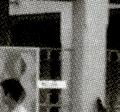


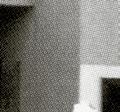


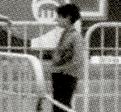
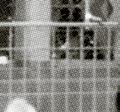
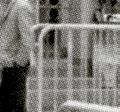
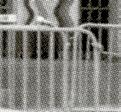
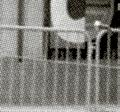
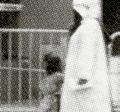
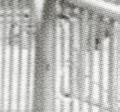
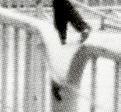
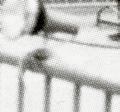
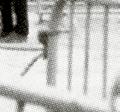
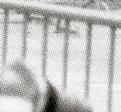
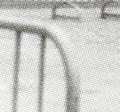
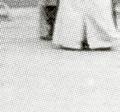



Malika Agueznay at École des Beaux-Arts of Casablanca, 1968
Mohamed Chabâa with a student. End of year exhibition at the Coupole du Parc de la Ligue Arabe of Casablanca, 1968
Pages 320–321: First edition of the Tétouan Spring Exhibition, with works by Ahmed Amrani, 1979
Pages 322–323: Mural at the 1st Asilah International Cultural Festival, 1978
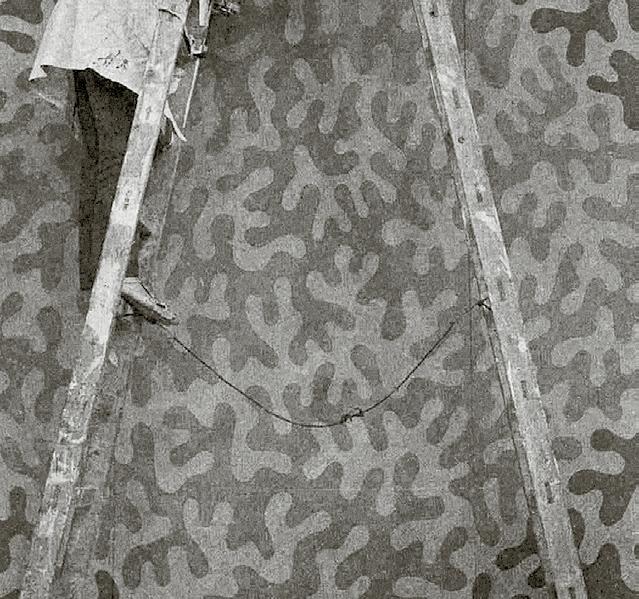
Mural made by Mohamed Chabâa for the International Fair of Casablanca, 1969
Second edition of the Tétouan Spring Exhibition, with works by Khalil El Ghrib, 1980
Mural made by Malika Agueznay alongside a patient’s work at the Psychiatric Hospital of Berrechid, 1981
Page 324:
Malika Agueznay at École des Beaux-Arts of Casablanca, 1968

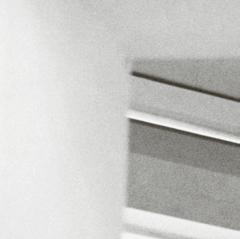
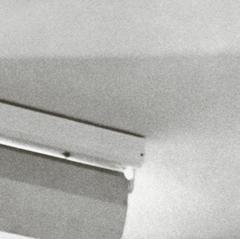
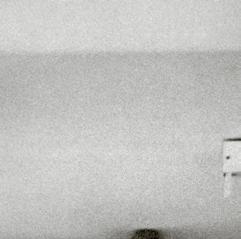
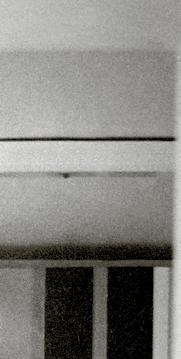
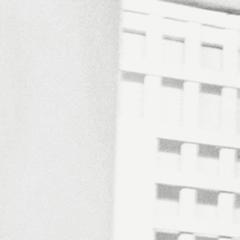
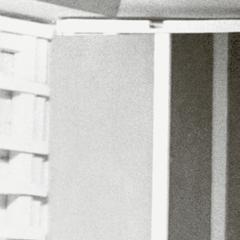

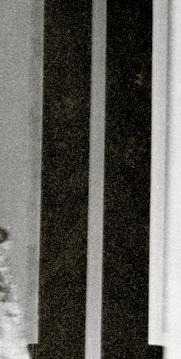



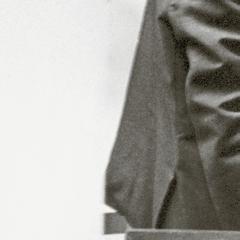

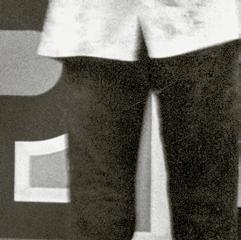
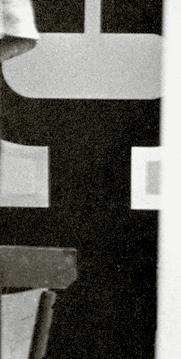
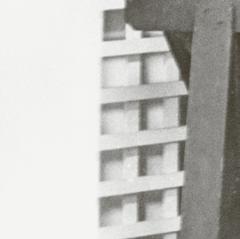


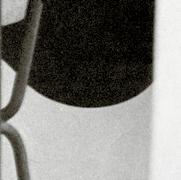
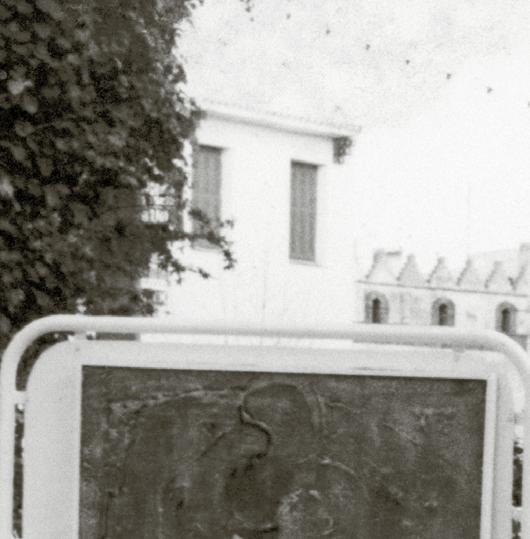
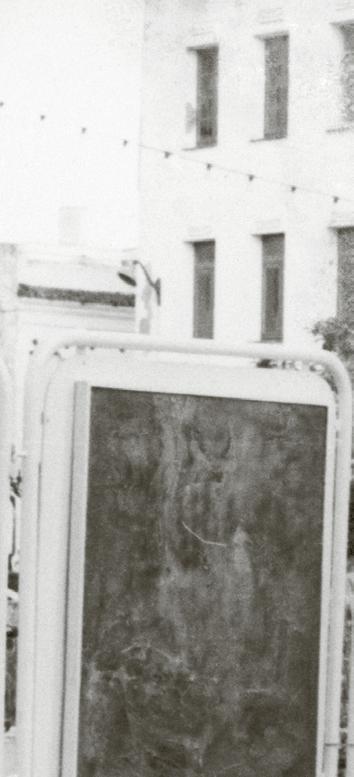
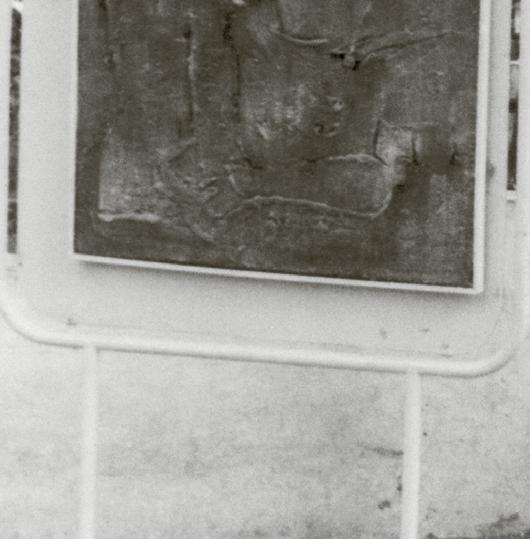
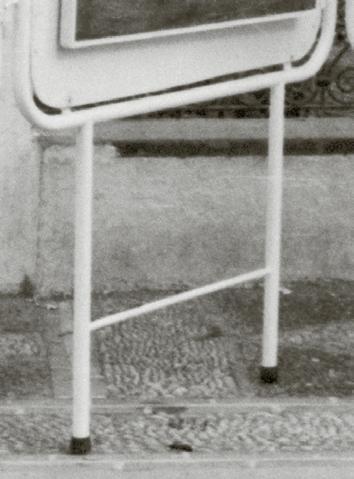

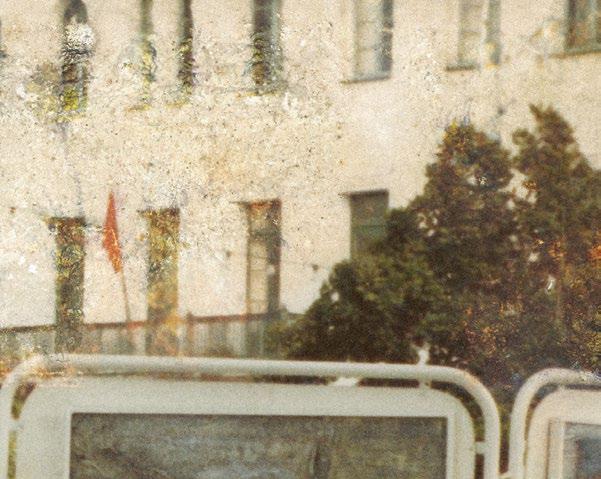

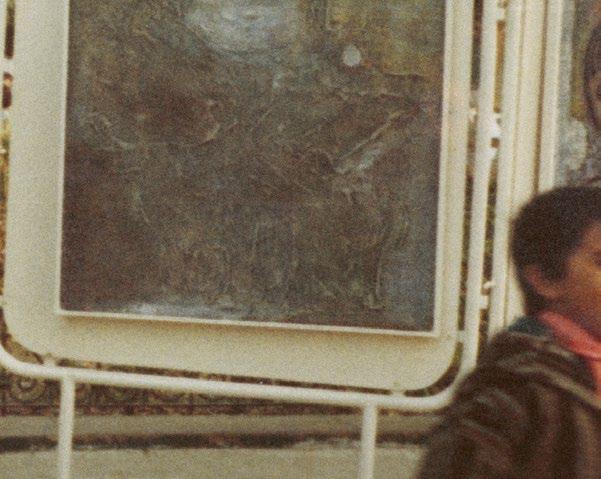
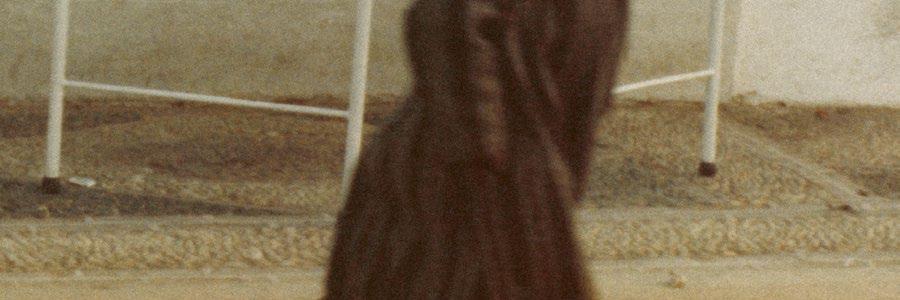
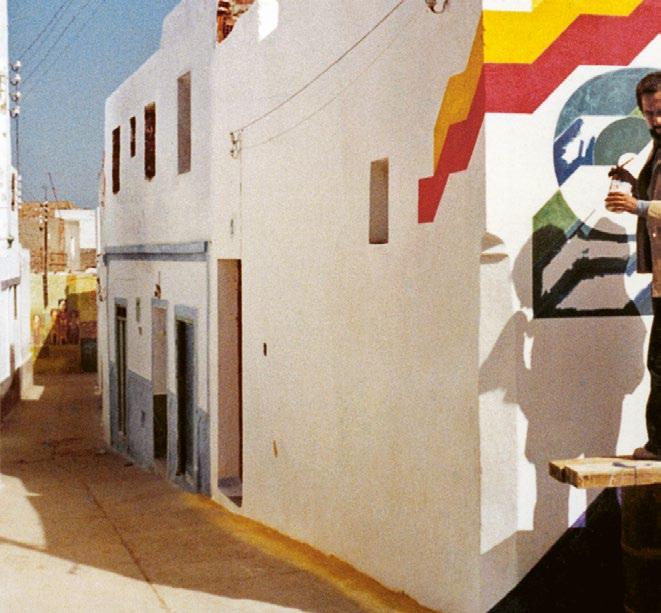
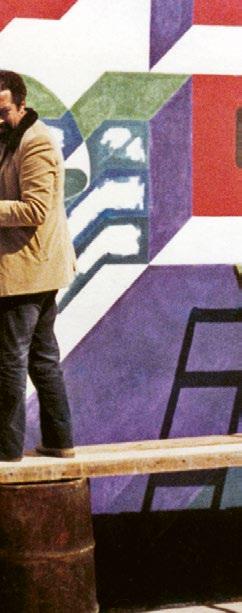
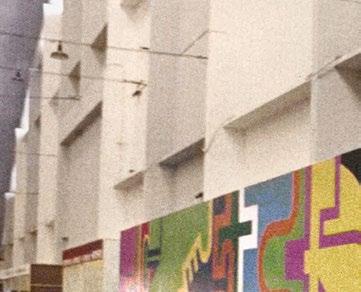
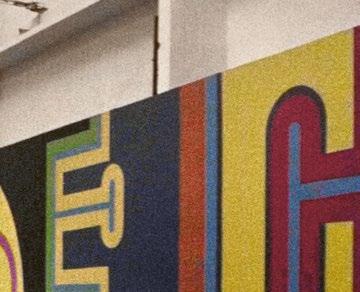

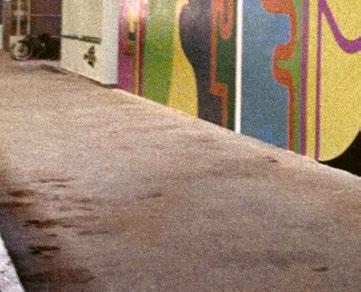
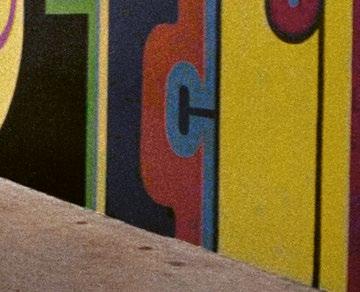
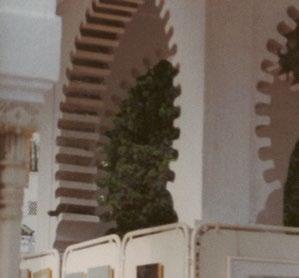
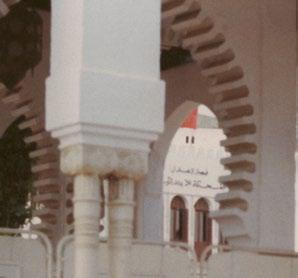
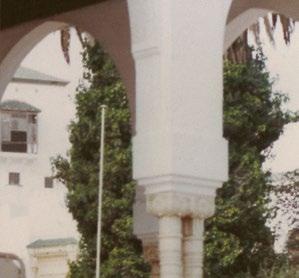
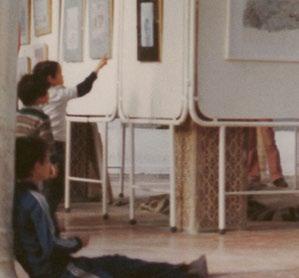

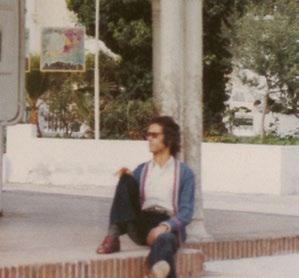
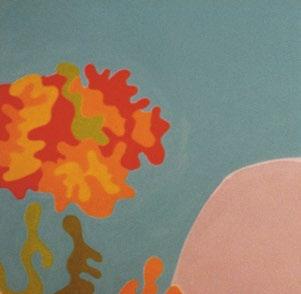
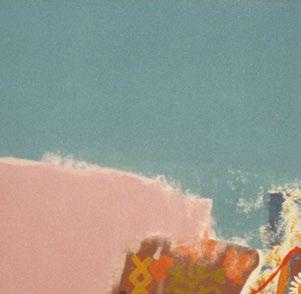
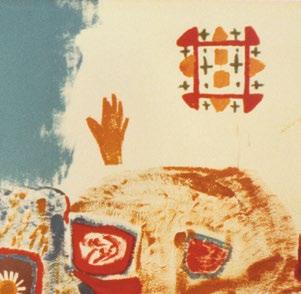
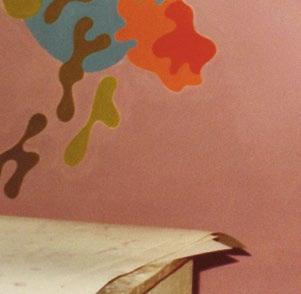
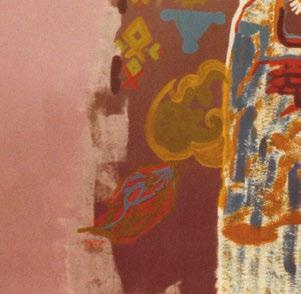


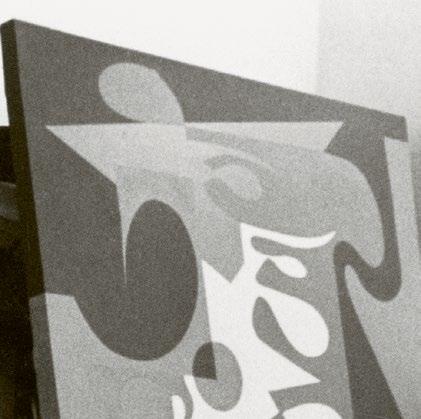

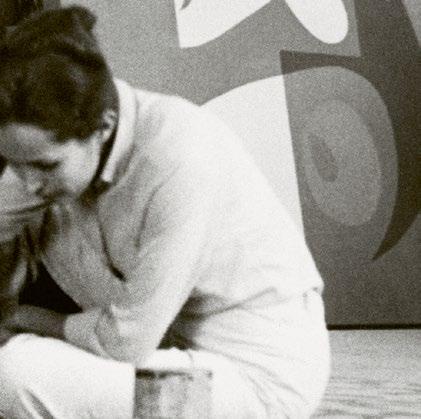
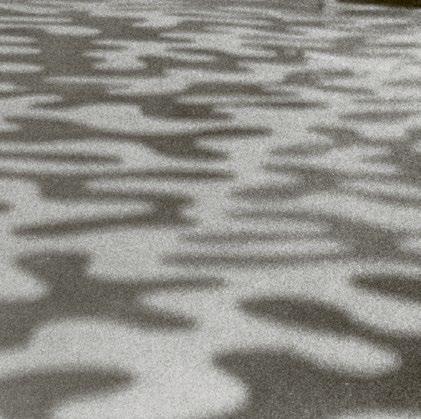
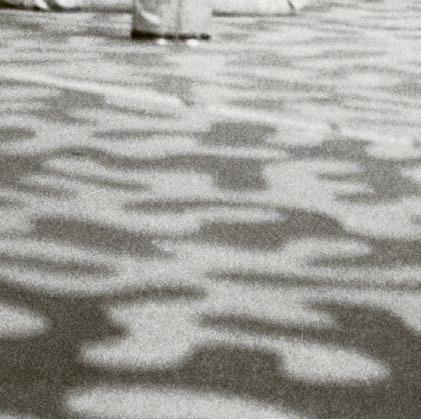
Mohamed Abouelouakar Hadda, 1984
147’, color, sound
Cinenómada. Festival de Cine Africano p. 223
Poem by Abdellatif
Laâbi for Etel Adnan
Leporellos’, 1968
Gouache and ink on paper 18 × 27.6 cm (overall length 245.5 cm)
Lâabi Collection
Mohamed Afifi Of Flesh and Steel, 1959
14’45’’, B/W, silent
Cinenómada. Festival de Cine Africano pp. 216–217
Mohamed Afifi
Back to Agadir, 1967
10’53’’, B/W, silent Cinenómada. Festival de Cine Africano pp. 214–215
Malika Agueznay Trilogy, 1968
Acrylic relief on board 99.5 × 99.5 cm
Collection of the artist p. 71
Malika Agueznay Two Elements, 1968
Acrylic relief on board 80 × 60 cm
Collection of the artist
Mustapha Akrim
The Cleaners, 2010–2011
Acrylic and charcoal on canvas 150 × 20 cm
Collection of the artist
Mustapha Akrim
Unpaid, 2011
Reinforced concrete
Framed: 123 × 68 cm
Collection of the artist p. 284 (top)
Mustapha Akrim Without, 2011 Wood, metal, and plastic 39 × 18 × 17 cm
Collection of the artist p. 284 (bottom)
Mustapha Akrim Article (Past Perfect Tales), 2018/2021 Scaffold and photographs glued to the wall Work done by the artist in the museum rooms for this exhibition
Variable dimensions Collection of the artist p. 291
Ahmed Amrani Untitled, 1968 Printing ink on paper 45 × 68 cm Collection of the artist p. 46
Ahmed Amrani Protest, 1969 Oil on paper 54 × 72 cm
Collection of the artist p. 47
Ahmed Amrani Ahead, 1979 Oil on canvas 3 panels 140 × 70 cm each Collection of the artist p. 177
Ahmed Amrani Three Numbers, 1981 Acrylic on canvas 70 × 70 cm
Collection of the artist p. 175
Mohamed Ataallah Grille 2, 1958–1960 Oil on canvas 79 × 80 cm
Dar D’art Gallery p. 56
Mohamed Ataallah Untitled, 1958–1960
Collage on canvas 100 × 200 cm
Dar D’art Gallery
Mohamed Ataallah Composition, ca. 1965–1969
Acrylic on canvas 127 × 94 cm
Private collection, Marrakech p. 65
Mohamed Ataallah REC 3, 1969
Mixed media on jute 107 × 90 cm
Dar D’art Gallery p. 57
Yassine Balbzioui Fantasy, 2021
Variable dimensions Work done by the artist in the museum rooms for this exhibition pp. 300–301
Yto Barrada
The Strait: Factory No. 5, Shrimp Packaging in the Tangier Free Zone, 1998
C-print on aluminum 103 × 103 cm
Collection of the artist. SfeirSemler Gallery and Galerie Polaris
Yto Barrada
The Strait: Ms. Pipi, Tangier, 2000
C-print on aluminum 80 × 80 cm
Collection of the artist. SfeirSemler Gallery and Galerie Polaris
Yto Barrada
The Strait: Breach / Collapse of the Cromlech of M’zora, 2001 C-print on aluminum 60 × 60 cm
Collection of the artist. Sfeir-
Semler Gallery and Galerie Polaris p. 268
The Strait: Painted Paper, Tangier, 2001
C-print on aluminum 60 × 60 cm
Collection of the artist. SfeirSemler Gallery and Galerie Polaris
Yto Barrada
The Strait: Waterwheel of M’diq, 2001
C-print on aluminum 80 × 80 cm
Collection of the artist. SfeirSemler Gallery and Galerie Polaris
The Strait: Bus Stop, Casablanca, 2002
C-print on aluminum 80 × 80 cm
Collection of the artist. SfeirSemler Gallery and Galerie Polaris
Yto Barrada
The Strait: Tangier Bay, 2002
C-print on aluminum 80 × 80 cm
Collection of the artist. SfeirSemler Gallery and Galerie Polaris
Yto Barrada
The Strait: Hole at the Fence, Tangier, 2003 C-print on aluminum 80 × 80 cm
Collection of the artist. SfeirSemler Gallery and Galerie Polaris
Yto Barrada
The Strait: N of the Word “Nation” in Arabic, Tangier, 2003 C-print on aluminum 80 × 80 cm
Collection of the artist. SfeirSemler Gallery and Galerie Polaris
Yto Barrada
The Strait of Gibraltar: Factory No. 4, Avenue d’Espagne, Tangier, 2003
C-print on aluminum 60 × 60 cm
Collection of the artist. SfeirSemler Gallery and Galerie Polaris p. 269
Yto Barrada Beau Geste, 2009 Super 8mm film transferred to digital format
3’55”, color, sound Collection of the artist. SfeirSemler Gallery and Galerie Polaris
Yto Barrada Lyautey Unit Blocks, 2010
Painted wood
Variable dimensions Collection of the artist. SfeirSemler Gallery and Galerie Polaris p. 271 (bottom right)
Yto Barrada A Modest Proposal, 2012
Series of 15 posters
Offset printing, recto and verso 29.4 × 41.25 cm
Collection of the artist. SfeirSemler Gallery and Galerie Polaris pp. 270–271
Farid Belkahia Couple, 1957 Drawing 30 × 15.5 cm Private collection
325
326
Farid Belkahia Untitled, 1959 Drawing 15.5 × 24 cm
Private collection
Farid Belkahia Quiet Anger, 1961 Drawing 20.5 × 16.5 cm
Private collection
Farid Belkahia The Tangled Man, 1961 Drawing 18 × 25.5 cm
Private collection p. 35 (top right)
Farid Belkahia Tortures, 1961 Oil on paper 104 × 130 cm
Mathaf: Arab Museum of Modern Art, Doha MAT.2015.12.17 p. 34 (top)
Farid Belkahia Warriors, 1962 Mixed media on cardboard 105 × 85 cm
Mathaf: Arab Museum of Modern Art, Doha MAT.2010.4.24 p. 36
Farid Belkahia Garnished for Izlan, 1963 Drawing 47.5 × 32.5 cm
Private collection
Farid Belkahia Untitled, 1963 Drawing 12 × 14 cm
Private collection p. 35 (bottom left)
Farid Belkahia Untitled, 1963 Drawing 10 × 17 cm
Private collection p. 35 (top right)
Farid Belkahia Milan, 1965 Drawing on paper 27 × 16 cm Private collection p. 34 (bottom)
Farid Belkahia Couple, 1970
Hammered copper on wooden door 207 × 102.5 × 11 cm
Mathaf: Arab Museum of Modern Art, Doha MAT.2010.3.9 p. 164
Farid Belkahia Sunrise, 1983 Pigment on leather 227 × 175 cm
Mathaf: Arab Museum of Modern Art, Doha MAT.2015.12.4 p. 165
Fouad Bellamine The Boards of the Gods, 1990
Acrylic and mixed media on canvas 170.9 × 199.5 cm Musée de l’institut du Monde Arabe, Paris AC 96-6 p. 192
Baghdad Benas Untitled, 1974 Oil on board 100 × 72 cm Dar D’art Gallery p. 189
Hicham Benohoud
The Classroom (series of 40 photographs), 1994–2002/2014 Inkjet printing Image: 43.2 × 28.8 cm; Holder: 50.8 × 39.8 cm Museo Nacional Centro de Arte Reina Sofía, Madrid AD07138 pp. 266–267
Ahmed Bouanani Six and Twelve, 1968 17’45’’, B/W, sound Cinenómada. Festival de Cine Africano pp. 213, 220–221
Ahmed Bouanani Memory 14, 1971 24’25’’, B/W, sound Cinenómada. Festival de Cine Africano pp. 218–219
Mustapha Boujemaoui The Glass of My
Life, 1991–1997 Oil on canvas and glass 130 × 130 cm Collection of the artist on deposit at Mohammed VI Museum of Modern and Contemporary Art S.N.03.2014 p. 193
Mohamed Chabâa Composition, 1962 Acrylic on canvas 100 × 69 cm
Private collection, Marrakech p. 72
Mohamed Chabâa Rome Series, 1962
Acrylic on paper 68 × 48 cm Chabâa Family Collection p. 42 (left)
Mohamed Chabâa Rome Series, 1962 Acrylic on paper 80 × 48 cm Chabâa Family Collection p. 42 (right)
Mohamed Chabâa Untitled, 1966 Acrylic on paper 55 × 59 cm
Chabâa Family Collection p. 43
Mohamed Chabâa Composition, 1967
Acrylic on canvas 150 × 200 cm Société Générale de Maroc Collection p. 70
Ahmed Cherkaoui Drawings Series, 1962 India ink on paper 3 drawings. 54.7 × 64.8 cm each
Mathaf: Arab Museum of Modern Art, Doha MAT.2010.4.10 MAT.2010.4.11 MAT.2010.4.12 p. 52
Ahmed Cherkaoui The Three
Sisters, 1963 Oil on canvas 151.8 × 138.3 cm
Mathaf: Arab Museum of Modern Art, Doha MAT.2015.22.5 p. 53
Ahmed Cherkaoui Talisman No. 3, 1966 Oil on canvas 97.3 × 130 cm
Musée de l’institut du Monde Arabe, Paris AC 86–40 p. 55 (bottom)
Ahmed Cherkaoui Red Talisman, 1967 Oil on canvas 85.8 × 104.5 cm
Mathaf: Arab Museum of Modern Art, Doha MAT.2013.13.25 p. 55 (top)
Hassan Darsi Family Portraits V (Souk Had Fraj), 2004/2021
Inkjet on paper glued on aluminum Edition: 2/3 Collection of the artist pp. 274–275
Hassan Darsi Film about la Maquette, 2021 Video Collection of the artist
Bachir Demnati Alignment, Tangier, 1971 Cropped vinyl on board 80 × 120 cm Private collection, Marrakech p. 174
Mostafa Derkaoui About Some Meaningless Events, 1974 Video
76’, color, sound Recovered and restored by Filmoteca de Catalunya
Mohamed Drissi The Escape, 1985 Oil on canvas 128.3 × 188.4 cm Mathaf: Arab Museum
of Modern Art, Doha MAT.2013.13.27 p. 178
Mohamed Drissi Cuca, 1986 Mixed media on shovel 3 pieces. 40 × 33 × 2 cm each Dar D’art Gallery p. 178
Mohamed Drissi Untitled, 1986 Oil on canvas 65 × 50 cm
Private collection
Moulay Ahmed Drissi Country Landscape, n.d. Gouache on paper 50 × 65 cm
Private collection, Marrakech p. 39
Moulay Ahmed Drissi Farming, n.d. Gouache on paper glued on board 50 × 65 cm
Private collection, Marrakech p. 38
André Elbaz Immigration, 1961 India ink on paper 120 × 85 cm Collection of the artist p. 44
André Elbaz Marine, 1967–1968 Oil on canvas 92 × 115 cm Collection of the artist p. 68
André Elbaz Alone, 1971 Portfolio of 20 serigraphs Nos. 2, 4, 11, 18, 19, and 20: 65 × 50 cm; remaining items: 50 × 65 cm Centre National des Arts Plastiques. On deposit at La Cohue, Musée des BeauxArts de Vannes FNAC35033 pp. 182–183
André Elbaz
Unstructured Architecture 1, 1972 Ink on paper 100 × 140 cm
Collection of the artist p. 176
André Elbaz Urns, 2019
Décollage and india ink
175 units. 33 cm high; 10 cm diameter Collection of the artist p. 282
Mohamed El Baz Mending the Incurable, 2005 World map and 12 color photographs World map: 400 × 300 cm; Photographs: 180 × 120 cm
FRAC Corsica Inv.: 12/11.05/Ph pp. 276–277
Khalil El Ghrib Untitled, n.d. Cardboard, lime, and silk thread 20 × 7 cm
Collection of the artist p. 195 (bottom)
Khalil El Ghrib Untitled, n.d. Cardboard, lime, and silk thread
13 × 6 cm
Collection of the artist
Khalil El Ghrib Untitled, n.d. Cardboard, lichen, lead sheet, and copper 112 × 17 × 6 cm
Collection of the artist p. 195 (top)
Khalil El Ghrib Untitled, n.d. Lime and pigment on paper
Framed: 47 × 57 cm
Collection of the artist
Khalil El Ghrib Untitled, n.d. Chalk on cardboard Framed: 47 × 57 cm Collection of the artist
Khalil El Ghrib Untitled, n.d. Pigment on paper 70 × 50 cm (approx.) Collection of the artist
Khalil El Ghrib Untitled, n.d. Pigment on paper Framed: 50 × 70 cm
Collection of the artist
Khalil El Ghrib Untitled, n.d. Installation of 13 objects
Variable dimensions Collection of the artist pp. 16–17, 194
Khalil El Ghrib Untitled, n. d. Cardboard, lime, and glass 53 × 20 × 3 cm (approx.) Collection of the artist
Khalil El Ghrib Untitled, n. d. Cardboard, lime, and tape 25 × 15 × 3 cm Collection of the artist
Badr El Hammami Memory No. 2, 2012 Video 6’05’’, B/W, silent Collection of the artist p. 272
Badr El Hammami Side by Side, 2012
Installation with 12 photographs, cardboard boxes, souvenirs, table, and coin
Variable dimensions Collection of the artist p. 273
Touhami Ennadre Hands of the World, 1978–1982/2021
Photograph 176 × 126 cm
Collection of the artist p. 286 (bottom)
Touhami Ennadre Hands of the World, 1978–1982/2021
Photograph 126 × 176 cm
Collection of the artist p. 286 (bottom)
Touhami Ennadre Reverse Light, 1978–1982/2021
Photograph 176 × 126 cm Collection of the artist
Touhami Ennadre Fishes, 1992–1993/2021
Photograph 126 × 176 cm Collection of the artist p. 287 (top)
Touhami Ennadre Oh! My Bull!, 1996/2021
Photograph 126 × 176 cm
Collection of the artist p. 287 (bottom right)
Touhami Ennadre Butcher Shop, 2010/2021
Photograph 176 × 126 cm Collection of the artist p. 287 (bottom left)
Touhami Ennadre Under New York, 2003–2006/2021
Photograph 126 × 176 cm Collection of the artist p. 286 (top)
Touhami Ennadre Under New York, 2003–2006/2021
Photograph
176 × 126 cm
Collection of the artist p. 286 (top)
Touhami Ennadre Under New York, 2003–2006/2021
Photograph 126 × 176 cm
Collection of the artist p. 286 (top)
Safaa Erruas Air, 2002
Shaving blades and gauze Variable dimensions Collection of the artist p. 285
Ali Essafi
Before the Dying of the Light, 2020 60’09’’, color and B/W, sound Cinemaat Productions, pp. 222, 226–227, 230–231
Ymane Fakhir
An Angel Passes, 2003
C-prints 5 pieces. 120 × 80 cm each Collection of the artist pp. 294–295
Mounir Fatmi No Witness, 1996 Acrylic paint repainted on paper. fixed to cardboard 37.5 × 52.5 cm Collection of the artist and adn galeria p. 278
Mounir Fatmi Al Jazeera, 2007 Antenna cable on wood 160 × 130 cm
Mathaf: Arab Museum of Modern Art, Doha MAT.2009.6.1 p. 279
Mounir Fatmi 500 Meters of Silence, 2007
Antenna cable and coil 137 × 47 × 47 cm FRAC Alsace 09-003
Jilali Gharbaoui Composition, Rome, 1957 Gouache on cardboard 48 × 63 cm
Private collection, Marrakech
Jilali Gharbaoui Composition, 1960 Oil on canvas 97.3 × 162.7 cm Mathaf: Arab Museum of Modern Art, Doha MAT.2010.4.20 p. 48
Jilali Gharbaoui Untitled, 1963 India ink and graphite on paper 74 × 105.5 cm Fondation Al Mada F2GHARBJ1963ENV02 p. 49 (bottom)
Jilali Gharbaoui Composition, 1966 Drawing on paper 65 × 100 cm Collection du Musée de Bank AlMaghrib, Banque Centrale du Maroc p. 49 (top)
Jilali Gharbaoui Untitled, 1971 Drawing on paper 72 × 105 cm Collection du Musée de Bank AlMaghrib, Banque Centrale du Maroc p. 49 (center)
Jilali Gharbaoui Untitled, n.d. Drawing on paper 55 × 46 cm Collection du Musée de Bank AlMaghrib, Banque Centrale du Maroc
Mustapha Hafid Mysterious Universe, 1971 Mixed media
327
328
on canvas 158.8 × 210.3 cm
Mathaf: Arab Museum of Modern Art, Doha QM.2019.0002 p. 179
Mohamed Hamidi Untitled, 1963 Oil on jute 50 × 100 cm
Collection Société Générale de Maroc pp. 40–41
Mohamed Hamidi Untitled, 1972
Acrylic on canvas 102 × 72 cm
Mathaf: Arab Museum of Modern Art, Doha QM.2019.0003 p. 173
Mohssin Harraki To Graft, Espalier, to Straighten, 2013 Engraved iron 2 pieces. 150 × 150 cm each Private collection
Fatima Hassan Scene, 1992
Gouache on paper 142 × 285 cm
Fondation Al Mada F1HASSAF1992KAS01 pp. 180–181
Soukaina Joual Adam and Eve Diptych, 2017 Oil on canvas 2 pieces. 180 × 120 cm each Private collection p. 289
Soukaina Joual Disobedience, 2017
Acrylic on paper 6 pieces. 180 × 120 cm each Private collection
Mohamed Kacimi Composition, 1968 Acrylic on board 64 × 87 cm
Private collection, Marrakech p. 54
Mohamed Kacimi Composition, 1974
Acrylic on canvas 92 × 101 cm
Private collection, Marrakech p. 162
Mohamed Kacimi Journey No. 3, 1994 Oil on canvas
Framed: 92.8 × 82.8 cm
Musée de l’institut du Monde Arabe, Paris AC 94-14
Maria Karim Wafaa Lisa, 2006 Video
13’55’’, B/W, sound Collection of the artist p. 290
Leila Kilani Forbidden Places, 2008 142’, color, sound Cinenómada. Festival de Cine Africano pp. 224–225
Faouzi Laatiris Plastic Art, 2005
Plastic, duct tape, and gold leaf 6 pieces. 68 × 180 cm each Collection of the artist p. 292
Miloud Labied Composition, 1967 Collage on paper 50 × 65 cm
Private collection, Marrakech p. 69
Miloud Labied Untitled, 1970s
Mixed media on canvas 107 × 77 cm Collection Société Générale de Maroc
Miloud Labied Untitled, 1971 Oil on canvas 223 × 163.3 cm
Mathaf: Arab Museum of Modern Art, Doha MAT.2013.13.26 p. 166
Miloud Labied Untitled, 1973 Oil on canvas 160.3 × 113.5 cm
Mathaf: Arab Museum of Modern Art, Doha MAT.2011.1.32 p. 167
Miloud Labied Composition, 1974 Oil on canvas 77 × 107.5 cm
Private collection, Marrakech pp. 168–169
Mohammed Laouli Golf Project, 2012 Video and wallpaper 400 × 600 cm Collection of the artist pp. 298–299
Mohamed Larbi Rahhali My Life, 1984– (work in progress)
Mixed media on cardboard Variable dimensions Private collection p. 283
Randa Maroufi Gate of Ceuta, 2019 Video
19’, color, sound Collection of the artist pp. 296–297
Najia Mehadji MÀ, 1990
Painting and collage on canvas 180 × 290 cm
Collection of the artist on deposit at Mohammed VI Museum of Modern and Contemporary Art pp. 190–191
Mohamed Melehi Formation, 1959 Collage of mixed papers on wood panel 51 × 72.1 cm
Mathaf: Arab Museum of Modern Art, Doha MAT.2007.1.329 p. 37
Mohamed Melehi IBM, 1962
Acrylic on canvas 152 × 130 cm
Mathaf: Arab Museum of Modern Art, Doha MAT.2007.1.394 p. 63
Mohamed Melehi Solar Nostalgia, 1962 Acrylic on canvas 128.6 × 128.9 cm
Mathaf: Arab Museum of Modern Art, Doha QM.2018.0391 p. 61
Mohamed Melehi IBM-Song, 1963 Acrylic on canvas 106 × 126.2 cm
Mathaf: Arab Museum of Modern Art, Doha MAT.2007.1.325 p. 64
Mohamed Melehi Moon Landing, 1963 Acrylic on canvas 130.8 × 152 cm
Mathaf: Arab Museum of Modern Art, Doha MAT.2007.1.393 p. 62
Mohamed Melehi Composition, 1971 Cellulose scraps on panel 110 × 95 cm
Private collection, Marrakech p. 163
Abderrahman Meliani Picture Windows / Object Paintings, 1981 Wood, paint, and mirror Windows: 293 × 73 × 16 cm; Holder: 200 × 13 × 124 cm Collection of the artist pp. 186–187
Abderrahman Meliani Untitled, 1983 Acrylic on canvas, thread, and chalk 95 × 95 cm
Collection of the artist p. 188
Houssein Miloudi Untitled, 1967 Acrylic on board 119 × 197 cm
Private collection, Marrakech pp. 66–67
Mohamed Mrabet Untitled, 1962 Pastel, gouache, and graphite on paper 32 × 23 cm
Dar D’art Gallery p. 50 (bottom)
Mohamed Mrabet Untitled, 1965 Pastel, gouache, and graphite on paper 16 × 22 cm
Dar D’art Gallery p. 50 (top)
Mohamed Mrabet Untitled, 1965 Pastel, gouache, and graphite on paper 16 × 21 cm
Dar D’art Gallery p. 51 (bottom)
Mohamed Mrabet Untitled, 1966 Pastel, gouache, and graphite on paper 32 × 23 cm
Dar D’art Gallery p. 51 (top)
Rachid Ouettassi Tangier, the City, 2000/2021
Gelatin silver print on paper 90 × 60 cm Collection of the artist p. 302
Rachid Ouettassi Tangier, the City, Mohamed Choukri, 2000/2021
Gelatin silver print on paper 60 × 90 cm Collection of the artist p. 303 (bottom)
Rachid Ouettassi Tangier, the City, Mohamed Choukri, and Abdellatif Laâbi, 2000/2021
Gelatin silver print on paper
60 × 90 cm
Collection of the artist p. 303 (top)
Rachid Ouettassi Tangier, the City, Lover of Tangier, 2004/2021
Gelatin silver print on paper
60 × 90 cm
Collection of the artist
Rachid Ouettassi Tangier, the City, Marcel Khatifa, 2010/2021
Gelatin silver print on paper
90 × 60 cm
Collection of the artist
Sara Ouhaddou Atlas 2, 2018
Natural Atlas wool and Rissani marble 82 × 120 × 10 cm
Collection of the artist p. 293
Sara Ouhaddou Woven/Unwoven No. 9, 2018
Embroidery on rubber 90 × 222 cm
Collection of the artist and Galerie Polaris, Paris
Bernard Plossu Aglou, 1975
Gelatin silver print on paper 24 × 18 cm
Collection of the artist p. 200
Bernard Plossu Aglou, 1975
Gelatin silver print on paper 18 × 24 cm
Collection of the artist
Bernard Plossu Arrival in Morocco, 1975
Gelatin silver print on paper
24 × 30 cm
Collection of the artist p. 197 (bottom)
Bernard Plossu Atlas Mountains, 1975
Gelatin silver print on paper 18 × 24 cm
Collection of the artist pp. 196–197 (top)
Bernard Plossu Casablanca, 1975 Gelatin silver print on paper 18 × 24 cm
Collection of the artist
Bernard Plossu Fès, 1975
Gelatin silver print on paper 30 × 24 cm
Collection of the artist p. 197 (top right)
Bernard Plossu Fès, 1975
Gelatin silver print on paper 18 × 24 cm
Collection of the artist p. 196 (bottom)
Bernard Plossu Marrakech, 1975 Gelatin silver print on paper 18 × 24 cm
Collection of the artist p. 198 (bottom)
Bernard Plossu South of Morocco, 1975 Gelatin silver print on paper 18 × 24 cm
Collection of the artist p. 198 (top)
Bernard Plossu Tangier, 1975
Gelatin silver print on paper 30 × 24 cm
Collection of the artist
Bernard Plossu Tangier, 1975 Gelatin silver print on paper 24 × 30 cm
Collection of the artist p. 199 (bottom)
Bernard Plossu Volubilis, 1975 Gelatin silver print on paper 24 × 30 cm Collection of the artist p. 199 (top)
Karim Rafi All Is Well, 2011 Installation Collection of the artist p. 288
Karim Rafi
The Show Is Over, 2011 Installation 136 × 38 × 64.8 cm
Private collection
Younes Rahmoun One, 2003 Video 1’48’’, B/W, sound Collection of the artist p. 280 (top)
Younes Rahmoun Boat-Flower, 2006 Paper, resin, LEDs, lead, and transformer 210 × 210 × 15 cm; 150 cm diameter
Nawal Slaoui Collection p. 280 (bottom)
Younes Rahmoun Mountain-StoneSoil No. 12, 2021 Graffiti with chalk, drawings on paper, prints on photographic paper, glass, and video projection
Variable dimensions Collection of the artist p. 281
Abbas Saladi Untitled, 1981 Gouache and india
ink on paper 62.5 × 45.5 cm
Private collection p. 185
Abbas Saladi
The Minaret, 1986 Mixed media on paper 62 × 53 cm
Mathaf: Arab Museum of Modern Art, Doha MAT.2010.4.25 p. 184
Chaïbia Talal Jamaâ El Fna Square, 1969 Oil on canvas 80 × 100 cm Private collection, Marrakech p. 58
Chaïbia Talal The Dream of Paris, 1974
Acrylic on board 180 × 90 cm
Private collection, Marrakech
Chaïbia Talal
The Marriage Ceremony, 1983 Oil on canvas 180 × 180 cm
Private collection, Marrakech p. 59
Latifa Toujani Reflection and Loneliness, 1972 Oil on canvas 115 × 85 × 2 cm
Collection of the artist on deposit at Mohammed VI Museum of Modern and Contemporary Art S.N.02.2014 p. 171
Latifa Toujani
Reflection and Seclusion, 1972 Oil on canvas 127 × 97 × 2 cm
Collection of the artist on deposit at Mohammed VI Museum of Modern and
Contemporary Art S.N.01.2014 p. 170
Untitled, 1974 Print on paper 47.5 × 44 cm
Mathaf: Arab Museum of Modern Art, Doha MAT.2007.1.2335 p. 172
Afaq, January 1982, No. 9
Offset printing
29.7 × 21 cm
Private collection
Al-Taqafa al-jadida, Offset printing
Private collection
Intégral: Revue de création plastique et littéraire, Casablanca: Shoof Publications 1971–1978
Offset printing 29 × 21 cm
Biblioteca Islámica Félix Mª Pareja AECID
Lamalif: Revue mensuelle, culturelle, économique et sociale, Nos. 123 (February–March 1981), 135 (April–May 1982), 136 (May–June 1982), and 163 (January 1985)
Offset printing 29.7 × 21 cm Private collection pp. 129–133
Souffles: Revue littéraire culturelle maghrébine, 32 issues, 1966–1971
Qatar National Library—Heritage Library pp. 81–96
LPs
Lemchaheb Dawini, 1974
Offset printing 31 × 31 cm
Private collection p. 228 (center left)
329
330
Lemchaheb Ya Chraa, 1976
Offset printing 31 × 31 cm
Private collection p. 229 (bottom left)
Les Frères mégri Ya Mraya, 1974
Offset printing 31 × 31 cm
Private collection p. 229 (center right)
Nass El Ghiwane Siniya, 1973
Offset printing 31 × 31 cm
Private collection p. 228 (center right)
Nass El Ghiwane À Paris, 1975
Offset printing 31 × 31 cm
Private collection p. 228 (top right)
Nass El Ghiwane Ghit Khoudouni, 1975
Offset printing 31 × 31 cm
Private collection p. 229 (bottom right)
Nass El Ghiwane Hommage à Boudjemaa, 1975
Offset printing 31 × 31 cm
Private collection p. 228 (center right)
Nass El Ghiwane Homage à Boudjemaa, 1975
Offset printing 31 × 31 cm
Private collection p. 229 (center left)
Nass El Ghiwane Echams Ettalaa, 1986
Offset printing 31 × 31 cm
Private collection p. 229 (top left)
Jil Jilala
Laayoun Ayniya, 1976
Offset printing 31 × 31 cm
Private collection p. 228 (bottom left)
Jil Jilala
Mazzine Ossolak,
1977
Offset printing 31 × 31 cm
Private collection p. 229 (top right)
Mazzine Ossolak, 1978
Offset printing 31 × 31 cm
Private collection p. 228 (top left)
Ahmed Ben Driss el Yacoubi
Portrait in Smoke, 1963
Oil on canvas 83 × 63 cm
Mathaf: Arab Museum of Modern Art, Doha QM.2019.0763 p. 45
Malika Agueznay (left) and a colleague at École des BeauxArts of Casablanca 1966
Gelatin silver print on paper
Malika Agueznay Collection p. 317 (top)
Mohamed Chabâa students at École des Beaux-Arts of Casablanca 1966
Exhibition copy 18 × 24 cm
Chabâa Family Collection p. 316 (top)
Painting workshop with Mohamed Melehi at École des BeauxArts of Casablanca 1967
Gelatin silver print on paper Malika Agueznay Collection p. 316 (bottom)
Desk designed by Mohamed Chabâa for the Compagnie Marocaine de Navigation
1968
Chabâa Family Collection p. 248 (bottom left)
Malika Agueznay at École des BeauxArts of Casablanca 1968
Gelatin silver print on paper Malika Agueznay Collection pp. 318, 324
Mohamed Chabâa with a student. End of year exhibition at the Coupole du Parc de la Ligue Arabe of Casablanca 1968
Exhibition copy 24 × 18 cm Chabâa Family Collection p. 319
Representation of the play Diwan Sidi Abderrahman Mejdoub, written and directed by Tayeb Saddiki, in the Roman theater of Timgad, Algeria 1968
Exhibition copy Fondation Tayeb Saddiki pp. 234–235
The Coupole du Parc de la Ligue Arabe of Casablanca, by Mohamed Chabâa 1968
Exhibition copy 18. 3 × 24 cm Chabâa Family Collection p. 249
Exhibition of the Casablanca Group at Jamaâ El Fna Square of Marrakech 1969
Exhibition copy 10 × 15 cm
Chabâa Family Collection p. 317 (bottom)
Mohamed Chabâa’s mural. Entry
hall for OCE 1969
Exhibition copy 13.3 × 9 cm Chabâa Family Collection p. 250
Mural made by Mohamed Chabâa for the International Fair of Casablanca 1969
Exhibition copy 13 × 17.5 cm
Chabâa Family Collection p. 322 (bottom)
Mural by Mohamed Chabâa for Oujda Hotel 1970
Exhibition copy 9 × 12.7 cm
Chabâa Family Collection p. 248 (top)
Program of the Théâtre Municipal of Casablanca, directed by Tayeb Saddiki 1970
Exhibition copy
Fondation Tayeb Saddiki p. 231 (bottom)
Design by Mohamed Chabâa, 1971 Chabâa Family Collection p. 248 (bottom right)
Representation of the play Lightness and Darkness, directed by Tayeb Saddiki, at Théâtre Municipal of Casablanca 1972
Exhibition copy Fondation Tayeb Saddiki p. 236 (top)
Representation of the play Maqamat of Badi’ al-Zaman alHamadhani, written and directed by Tayeb Saddiki, at the International Theater Festival of Nancy, France
Exhibition copy
Fondation Tayeb Saddiki p. 233
Catalog of the First Biennale of Arab Art 1974
Biblioteca Islámica Félix Mª Pareja AECID p. 137
Press clipping with the Manifesto of the Moroccan Association of Plastic Artists 1974
Exhibition copy Latifa Toujani Collection pp. 136–137
Catalog of the Second Arab Biennale of Plastic Arts 1976–1977
Offset printing Private collection p. 138
Mural at the 1st Asilah International Cultural Festival 1978 15 × 21 cm
Malika Agueznay Collection p. 322 (top)
Catalog of the first edition of the Spring Exhibition of Tétouan 1979
Offset printing 31 × 23 cm Ahmed Amrani Collection p. 138
First edition of the Tétouan Spring Exhibition, with works by Ahmed Amrani 1979 9 × 13 cm
Ahmed Amrani Collection pp. 320–321
Terms and conditions of the first Spring Exhibition of Tétouan (with logo
of Ahmed Amrani) 1979
Typed paper 17.5 × 20.5 cm Ahmed Amrani Collection p. 140 (top)
Representation of the play Diwan Sidi Abderrahman Mejdoub, written and directed by Tayeb Saddiki, in the first edition of the festival “The Music First” in Essaouira 1980
Exhibition copy Fondation Tayeb Saddiki p. 236 (bottom)
Second edition of the Tétouan Spring Exhibition, with works
by Khalil El Ghrib 1980 9 × 13 cm
Ahmed Amrani Collection p. 323 (top)
Mural of Malika Agueznay and a patient at the Psychiatric Hospital of Berrechid, 1981 p. 323 (bottom)
Exhibition brochure at the R.W.I. in Düsseldorf, Germany 1984
Offset printing 21 × 16 cm
Abderrahman Meliani Collection p. 140 (bottom left)
Catalog of the fourth edition of the Spring
Exhibition of Tétouan 1985
Offset printing 21 × 16 cm (4 pages)
Ahmed Amrani Collection p. 140 (bottom right)
Brochure of the Mohamed Drissi exhibition at the Centre Culturel Français of Tétouan 1986
Offset printing 42 × 31 cm
Personal family archive of María Llardent, widow of the artist Mohamed Drissi p. 141
Leaflet of the fifth edition of the Spring Exhibition of Tétouan
1986
Offset printing 24.5 × 10 cm (6 pages)
Ahmed Amrani Collection p. 142
Kalima, Casablanca, Nos. 1–34 1986–1989 pp. 134–135
Abderrahman Meliani Detail of a sculpture exhibited in the Galerie L’Atelier of Rabat (concrete, iron, and broom) 1988
Gelatin silver print on paper 24 × 18 cm Abderrahman Meliani Collection p. 143
Abderrahman Meliani Tribute to My Father (Installation)—bricks, wood, slate, leather, aluminum, and hemp. Exhibition at the Galerie L’Atelier de Rabat 1988
Gelatin silver print on paper 24 × 12 cm Abderrahman Meliani Collection p. 144
Souad Guennoun Les incendiaires, 2000 Montreuil, Les Éditions de l’Oeil Private collection p. 304
331
CHAIRMAN OF MUSEO NACIONAL CENTRO DE ARTE REINA SOFÍA
José Manuel Rodríguez Uribes
Manuel Borja-Villel
Their Majesties the King and Queen of Spain
President Ángeles González-Sinde Reig
Vice President Beatriz Corredor Sierra
Ex Officio Trustees
Javier García Fernández (Secretary General of Culture)
Andrea Gavela Llopis (Undersecretary for Culture and Sports)
María José Gualda Romero (State Secretary for Budgets and Expenditure)
María Dolores Jiménez-Blanco Carrillo de Albornoz (Director General of Fine Arts)
Manuel Borja-Villel (Museum Director)
Juan Francisco Melgar Jaquotot (Museum Deputy Director of Management)
Pedro Uruñuela Nájera (Regional Minister of Education and Culture of La Rioja)
María Isabel Campuzano Martínez (Regional Minister of Education and Culture of Murcia)
Vicent Marzá Ibáñez (Minister of Education, Culture and Sport of the Regional Government of Valencia) Pilar Lladó Arburúa (President of Fundación Amigos del Museo Nacional Centro de Arte Reina Sofía)
Pedro Argüelles Salaverría
Juan-Miguel Hernández León Carlos Lamela de Vargas Isabelle Le Galo Flores Rafael Mateu de Ros Ute Meta Bauer
María Eugenia Rodríguez Palop Ana María Pilar Vallés Blasco Ana Patricia Botín Sanz de Sautuola O’Shea (Banco Santander)
Ignacio Garralda Ruiz de Velasco (Fundación Mutua Madrileña)
Antonio Huertas Mejías (MAPFRE, S.A.) Pablo Isla Álvarez de Tejera (Inditex)
Pilar Citoler Carilla Óscar Fanjul Martín Ricardo Martí Fluxá Claude Ruiz Picasso Carlos Solchaga Catalán
Secretary
Guadalupe Herranz Escudero
Advisory Committee
Zdenka Badovinac Selina Blasco Bernard Blistène Fernando Castro Flórez María de Corral Christophe Cherix Marta Gili
MUSEO NACIONAL CENTRO DE ARTE REINA SOFÍA
Director Manuel Borja-Villel
Deputy Artistic Director Mabel Tapia
Deputy Managing Director Juan Francisco Melgar Jaquotot
Head of Office Nicola Wohlfarth
Head of Press Concha Iglesias
Head of Exhibitions Teresa Velázquez General Coordinator of Exhibitions Belén Díaz de Rábago
Head of Collections Rosario Peiró Head of Restoration Jorge García
Head of the Office of the Registrar Carmen Morais Puche
Head of Editorial Activities Alicia Pinteño
Head of Digital Projects Olga Sevillano
Director of Public Activities and the Study Centre Ana Longoni
Head of Cultural Activities and Audiovisual Program Chema González
Head of the Library and Documentation Centre Isabel Bordes
Head of Education María Acaso
Acting Deputy Director of Management Bárbara Navas Balterra Technical Advisor María Luisa Muñoz Monge
Head of Area of Support to the Managing Office Guadalupe Herranz Escudero
Head of the Economic Department Alba Pérez Cadenas
Head of Strategic Development, Business and Audiences Rosa Rodrigo Head of Human Resources María Esperanza Zarauz Palma
Head of Architecture, Sustainable Development and General Services Rafael Manuel Hernández Martínez
Head of Security Luis Barrios Head of IT Sara Horganero
MATHAF: ARAB MUSEUM OF MODERN ART, DOHA WITH SUPPORT FROM QATAR FOUNDATION AND QATAR MUSEUMS
Sheikha Moza bint Nasser Chairperson, Qatar Foundation
Her Excellency Sheikha Al Mayassa bint Hamad bin Khalifa Al Thani Chairperson, Qatar Museums Board of Trustees
Her Excellency Sheikha Hind bint Hamad Al Thani Vice Chairperson and CEO, Qatar Foundation
His Excellency Sheikh Hassan bin Mohammed bin Ali Al Thani Advisor for Cultural Affairs, Qatar Foundation
Ahmad Al Namla Chief Executive Officer, Qatar Museums
Machaille Al Naimi President of Community Development, Qatar Foundation Abdellah Karroum Director, Mathaf: Arab Museum of Modern Art
MATHAF: ARAB MUSEUM OF MODERN ART Deputy Director of Operations Nahed Al Emadi
Acting Deputy Director of Curatorial Affairs Aisha Abdullah Hamad Al Misnad
Collection Management and Loans Preparation Rita Cecilia Bertoni Pastor Binza Mohamed Mohamad Mohamed Rifan Khalid Abdulrahim Conservation Elodie Emilienne Niclot Natalie Boutin Detroulleau
Operations and Administration Hanadi Al Dosari Haifa Al Obaidly
QATAR FOUNDATION SUPPORT Qatar Foundation Community Development Hisham Nourin Executive Director of Strategy, Administration and Projects Layla Ibrahim Bacha Senior Art Specialist
QNL (Qatar National Library) Stephane Ipert Director of the Distinctive Collections – Heritage Library Anna Amandorla Paper Conservator
QATAR MUSEUMS SUPPORT Marketing and Communications Lubna Al Attiah, Dana Al Shebani, Maryam Saad Al Mohannadi, Maha Abou Jaoude Ghazi, Lamis Nassar Federica Zuccarini, Basant Elrazzaz, Shaikha Ahmed Ali, Husam Abdalwahab
Qatar Museums Publications Randa Takieddine Tracy Goulding Lisa Gay
Legal Affairs Mohammed Naser Al Ansari Louise Harkness
CEO Office and Acquisitions Almaha Al Buenain Aisha Ali Al Kuwari Logistics and Stores Department Saad Al Sharim Mohamed Ali Khaled Orlando Vincent Pereira
This book is published to coincide with the exhibition Moroccan Trilogy 1950–2020, from March 31 to September 27, 2021.
Manuel Borja-Villel and Abdellah Karroum
Exhibition Coordinator Leticia Sastre Beatriz Jordana
Research Assistant Art Works
Fatima-Zahra Lakrissa Noora Abdulmajeed Hussain Tina Barouti
Research Assitant Archival Material Tina Barouti
Research Consultant Cinema Ali Essafi
Noora Abdulmajeed Hussain Tina Barouti Fatima-Zahra Lakrissa
Head of Exhibition Management Natalia Guaza Registrar Iliana Naranjo Conservation
Pilar García Serrano Juan Antonio Sánchez conservators in charge
Conservation, Mathaf Elodie Niclot Natalie Boutin
Paper Conservator, QNL Anna Amandorla
Promoted by:

In collaboration with: With the support of:
Thanks are due to the following people and institutions who have helped to realize this project: adn galería ● Malika Agueznay ● Mustapha Akrim ● Ahmed Amrani ● Meki Megara Archive ● Yto Barrada ● Biblioteca General y Archivos de Tetuán ● Biblioteca Islámica Félix Mª Pareja AECID ● Mrs. Elisabeth Bauchet-Bouhlal ● Touda Bouanani ● Centre national des arts plastiques ● Sofia Cherkaoui ● Cinenómada: Festival de Cine Africano ● Hicham Daoudi ● Hassan Darsi ● Département Musées, Bank Al-Maghrib ● Khadija El Abyad ● Khalil El Ghrib ● Badr El Hammami ● Abdelaziz El Idrissi ● André Elbaz ● Touhami Ennadre ● Safaa Erruas ● Abdelrahman Essaidi ● Chabâa Family ● Ymane Fakhir ● Mounir Fatmi ● Filmoteca de Catalunya ● Fondation AL MADA - Villa des Arts ● Fondation Nationale des Musées - Royaume du Maroc ● FRAC Alsace ● FRAC Corsica ● Fondation Tayeb Saddiki ● Galería Aplanos ● Galerie Dar D’art ● Galerie Polaris ● Sfeir-Semler Gallery ● Mohssin Harraki ● Maria Karim ● Yassine Karroum ● La Cohue. Musée des beaux-arts de Vannes ● Abdellatif and Jocelyne Lâabi ● Faouzi Laatiris ● Abdelouahhab Lahmidi ● Najia Lahmidi ● Najia Mehadji ● Abderrahman and Anke Meliani ● Clara Miret ● Musée Mohammed VI d’Art Contemporain ● Musée de Institut du Monde Arabe ● Rachid Ouettassi ● Sara Ouhaddou ● Bernard Plossu ● Qatar National Library ● Mehdi Qotbi ● Karim Rafi ● Younes Rahmoun ● Nawal Slaou ● Société Générale de Maroc ● Dr. Emfeddal Stittou ● Latifa Toujani ● The World Cinema Foundation - Cineteca di Bologna ● Mehdi Zouak

And those who wish to remain anonymous.
Finally, we thank the authors of the texts in this catalog for their contribution to the project.
Royaume du Maroc
